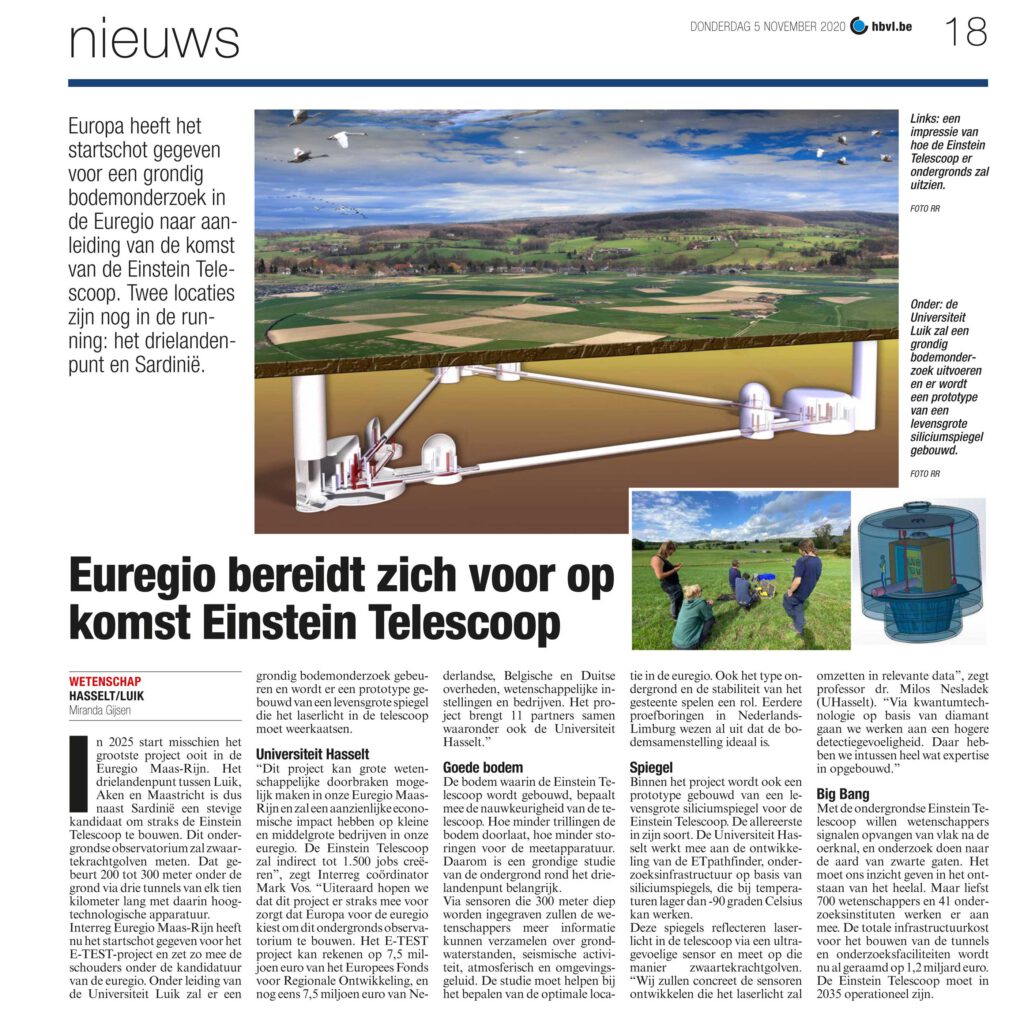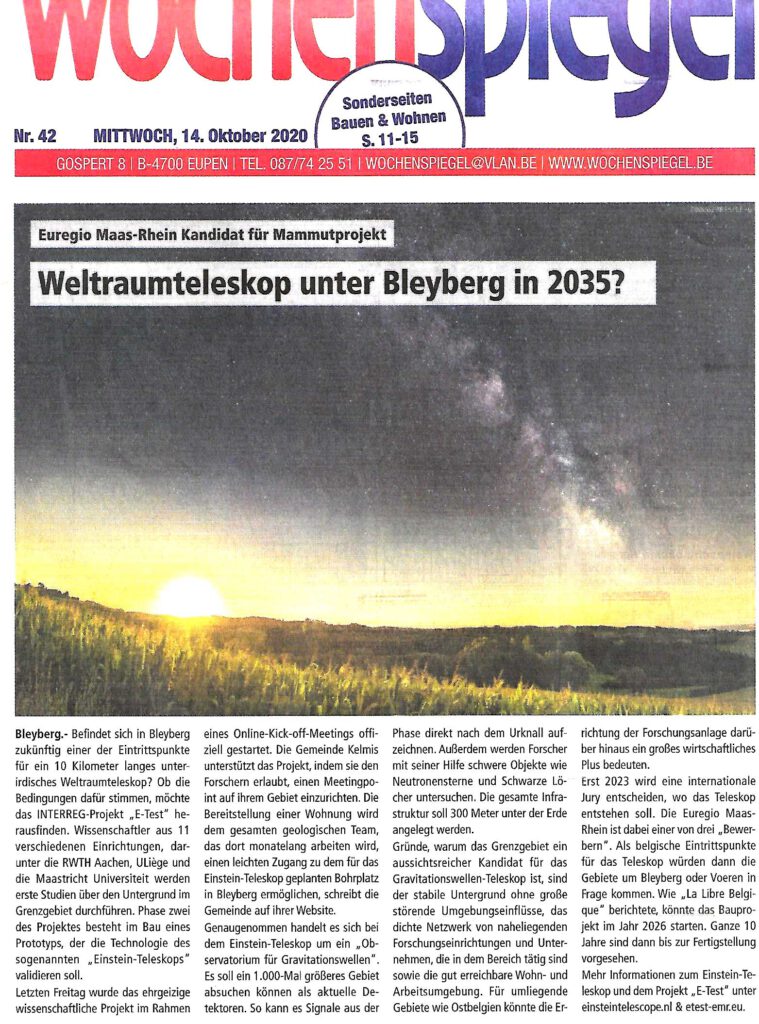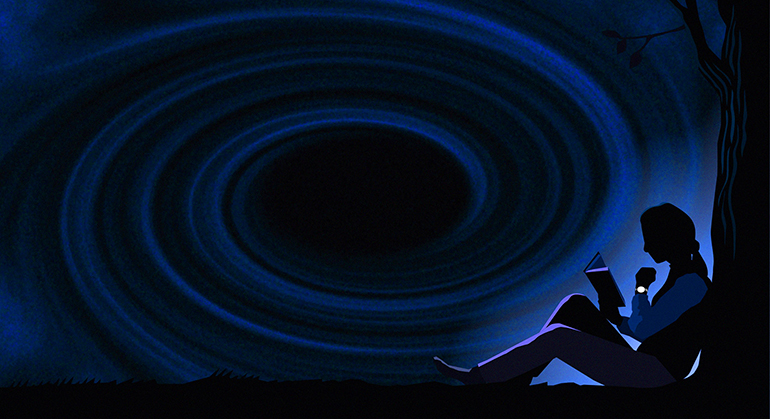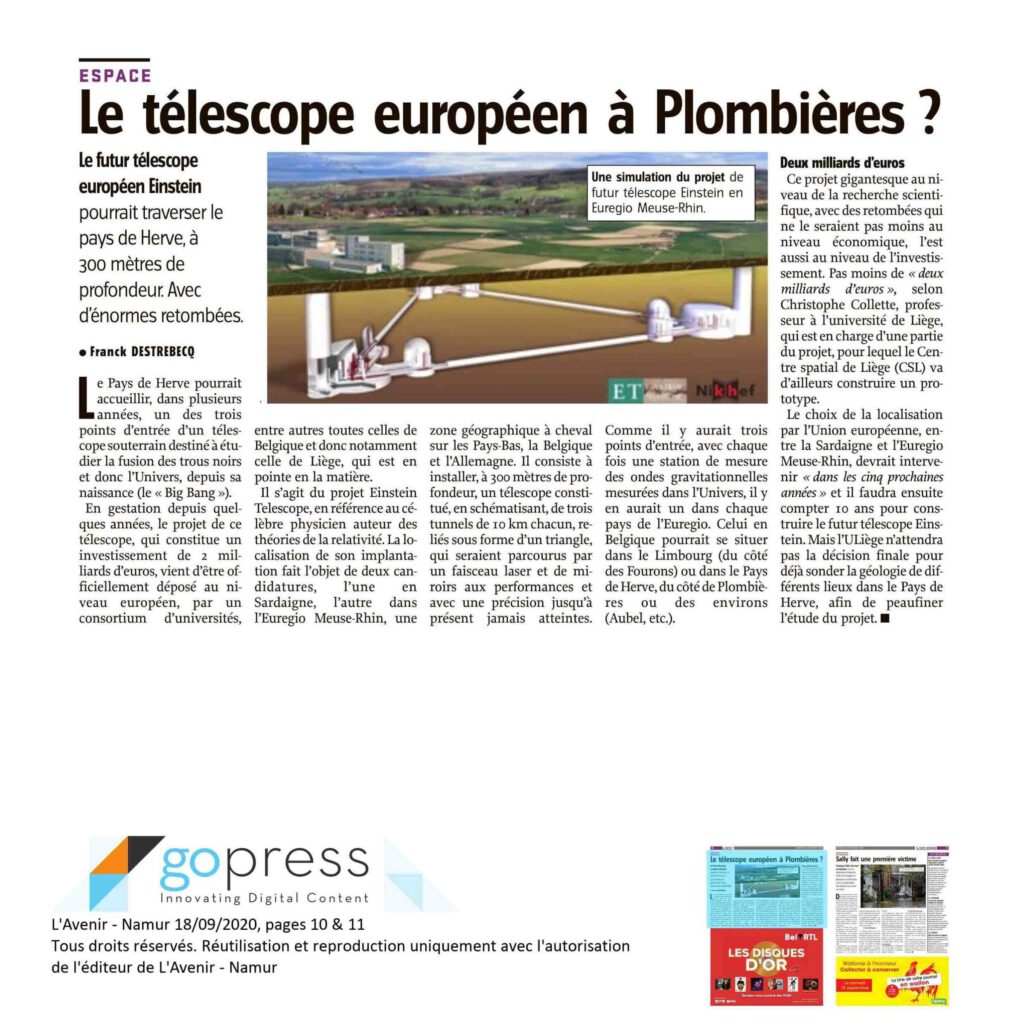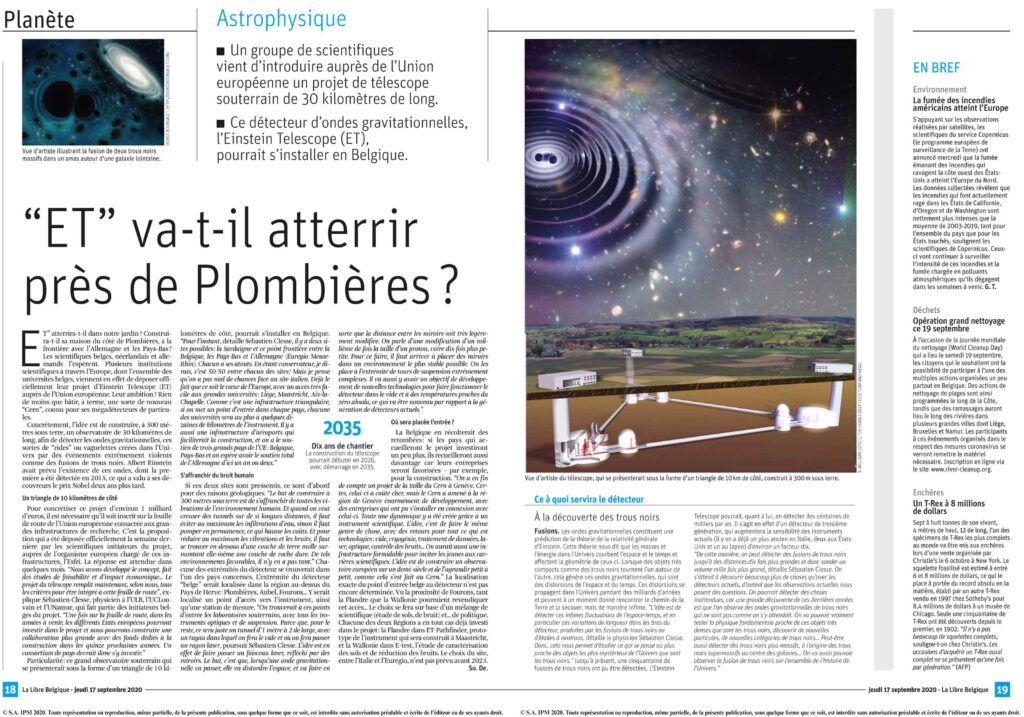Interreg is the European Union’s tool to support cross-border projects which otherwise would not be carried out.
The Interreg V-A Euregio Meuse-Rhine (EMR) programme invests almost EUR 100 million in the development of our region until the end of 2020.
The E-TEST project is carried out within the framework of the Interreg V-A Euregio Meuse-Rhine Programme, with € 8,11 million from the European Regional Development Fund (ERDF).
By investing EU funds in Interreg projects, the European Union is investing directly in economic development, innovation, territorial development, social inclusion and education in the Euregio Meuse-Rhine .
Find news, events, publications / press releases, movies /animations & pictures on this page.
News / Events
26 April 2024
E-TEST Public report released
The public report has been released in four languages:
16 February 2024
The Einstein Telescope E-TEST prototype passes its first series of tests
Developed in the laboratories of the University of Liège by Prof. Christophe Collette and his team of the Precision Mechanics Laboratory (PML – A&M Uliège), together with the thermo-mechanical team at the Liège Space Centre (CSL), the Einstein telescope E-TEST prototype has undergone its first battery of tests in the CSL’s Focal 6.5 tank. The tests validated the cooling technology, the inverted pendulum principle and the ultra-sensitive vibration sensors. Encouraging results for this prototype for detecting gravitational waves, the only one of its kind in the world.
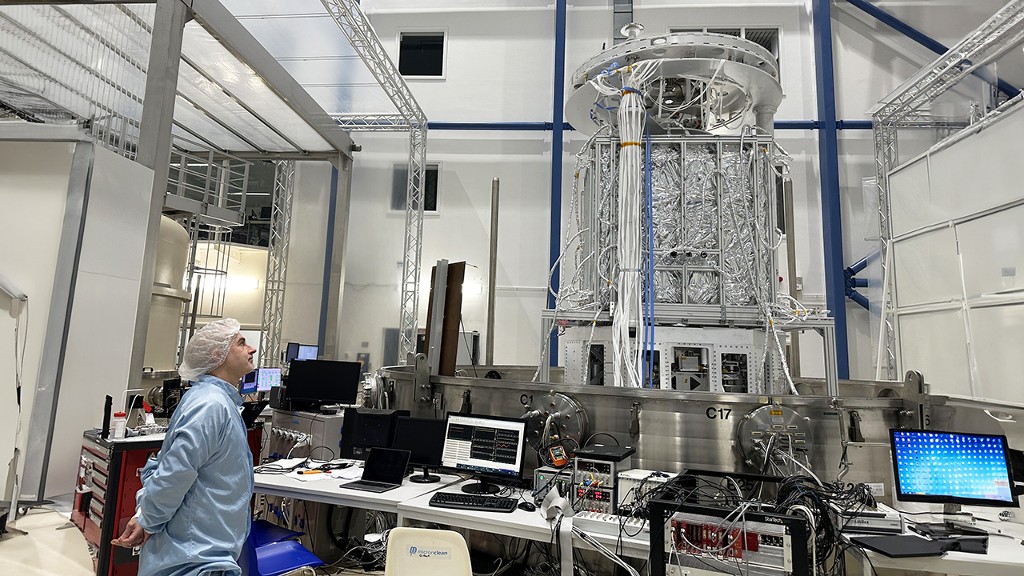
The Einstein telescope project has reached a new stage, with the E-TEST prototype – developed in the ULiège and CSL laboratories – being sent to the Liège Space Centre to undergo a battery of cryogenic and vibration tests. To function optimally, the future mirror of the Einstein telescope has to withstand being cooled to extreme temperatures and be subjected to almost no vibration. This was an important milestone for this unique and ambitious 4-year project, which began in 2020,” explains Prof. Christophe Collette, an engineer and scientific project coordinator at ULiège’s School of Engineering (Aerospace & Mechanical Engineering). We suffered a few delays and setbacks due to the pandemic, access to materials and increased delivery times, but thanks to the team’s determination, we arrived with a finished prototype on time.”
Assembled at AMOS from August to October 2023, the E-TEST prototype was transferred to CSL at the beginning of November 2023 to be placed in the FOCAL 6.5 vacuum tank, which was used for the cooling tests. To avoid any risk of vibration, the prototype was placed in an empty chamber 6.5m in diameter and cooled radiatively (without contact). In refrigeration, this method is generally less effective. Still, we got around the problem by increasing the exchange surface between the cold panel and the cryostat inside,” explains Christophe Grodent, CSL‘s Commercial Director. The panels were cooled using a helium liquefier, which is used for all our cryogenic applications. Tests started on 22 November 2023, and equilibrium was reached on 11 December 2023. In 18 days, the facilities could go from around twenty degrees Celsius to around -250°C! “Although we were hoping to get below 40 Kelvin (K), we weren’t expecting to reach an equilibrium temperature of 22 K on the mirror! The thermal panels reached a temperature of between 14K and 17K Kelvins. A game changer !“. These impressive results demonstrate the quality of the CSL’s cryogenics facilities and capabilities.
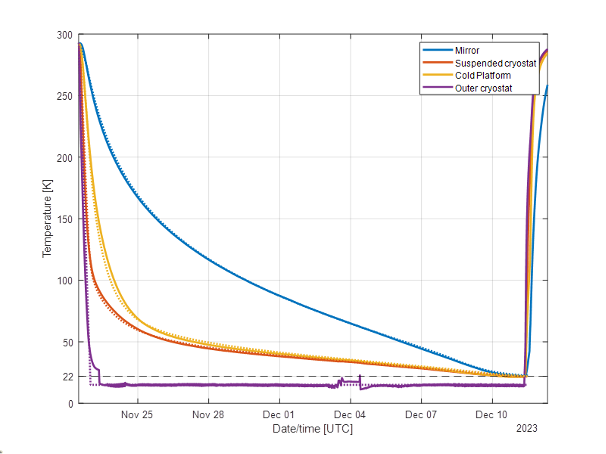
Temperature of the prototype components during the first E-TEST campaign at CSL experiment (solid lines) and simulated curves from theoretical model (dotted lines)
Although the E-TEST prototype still needs to be in its final configuration, it is not far off. The heart of its operation, its mirror, 45 cm in diameter and 27 cm thick, made of Silicon, will arrive by the end of 2024. It’s the only one of its kind in the world, and it’s currently being produced by an American company specialising in the field and the only supplier of this type of product. We are working with an aluminium mirror, a very similar material, which we have painted black to increase its emissivity,” explains Prof. Christophe Collette. If this mirror passes the vibration tests, the silicon mirror will also pass them with flying colours. These vibration tests are essential because they provide information about the mirror’s internal damping and its ability to remain stable. One of the fundamental principles of the gravitational wave telescope project* is to erase the vibrations of the Earth to achieve maximum stability for detecting the waves. “The initial results are encouraging, but there are still a few improvements to be made. That’s the principle of a prototype: test, learn and improve. Its suspension system will enhance The mirror’s stability, which a Liege-based company is currently studying.
While we await the arrival of the silicon mirror, the E-TEST prototype has not been shelved. “The project is continuing, and we are carrying out new tests under different conditions, which will enable us to improve its performance further. What’s more, this prototype can also be put to efficient use by other researchers working on different projects in the field of gravitational wave detectors and other related fields. Interested parties?
* Gravitational wave telescopes allow astronomers to observe cosmic phenomena that do not produce light or other types of electromagnetic radiation. This opens up a new window into the universe, making it possible to study events such as the merging of black holes or neutron stars, which are not directly observable by traditional telescopes.
About the E-TEST Project
The Interreg E-TEST project is a major preparatory project for the Einstein telescope, involving an Euregional consortium of 11 partners and coordinated by the University of Liège.
The E-TEST project is being carried out as part of the Interreg V-A Euregio Meuse-Rhine programme, with funding of €8.11 million from the European Regional Development Fund (ERDF).
By investing European funds in Interreg projects, the European Union is investing directly in economic development, innovation, territorial development, social inclusion and education in the Euregio Meuse-Rhine.`
9 February 2024
ETpathfinder and E-TEST welcome foreign interest in Einstein Telescope
What opportunities does the Einstein Telescope offer to European researchers and companies? Representatives of the French Ministry of Higher Education and Research paid a working visit to Liège and Maastricht to be informed.
The Einstein Telescope is a globally unique scientific project that can measure gravitational waves deep below the ground with unprecedented precision. This will bring new insights into the universe and life on Earth, and it will also be of great importance for the economy, for innovations in society and for the jobs of scientists and professional skilled workers.
No wonder Belgium, Germany and the Netherlands hope to realise this underground research facility in their border area, the Euregio Meuse-Rhine. Besides the Euregio Meuse-Rhine, the Italian island of Sardinia is also in view as a possible location for the Einstein Telescope. The decision on the location of the observatory will not be made until 2026 by all countries participating in the project.
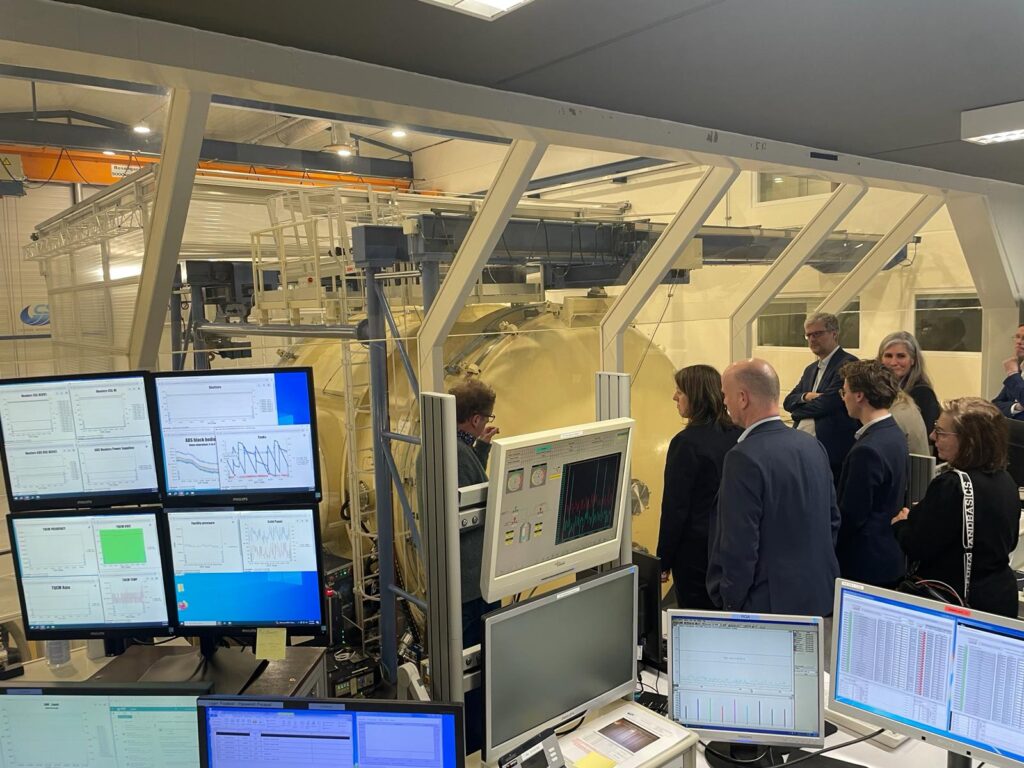
To bring the Einstein Telescope to the Euregio Meuse-Rhine, many preparations have already been started. There is a lot of interest in this. On 1 and 2 February, three experts from the French Ministry of Higher Education and Research (MESR) were invited to Liège and Maastricht to discuss the Einstein telescope project and the Euregio Meuse-Rhine’s candidacy. Questions that were discussed were: how is the project organised, how does decision-making work and how can researchers participate? And what opportunities are there for companies to contribute with high-quality technology?
The construction of the telescope requires a lot of high-quality technology, which often does not yet exist. Lasers, mirrors and extreme cold technology, for example. Also, the conditions must be perfect, so as not to disturb the measurements. For example, the tunnel must be dug perfectly, and the pressure and humidity in those tunnels must be just right. A big technical challenge.
“We had a lot of discussions with the many players involved in this complex project supported by the Euregio Meuse-Rhine, and were impressed by their dynamism and enthusiasm,” emphasised Frédéric Ravel, director of the energy, sustainable development, chemistry and processes sector at the MESR.
Jean-Luc Biarrotte, scientific adviser for research infrastructures, was delighted to note that “the strong European impetus for gravitational waves, already firmly established by EGO-Virgo, is continuing unabated and holds great promise for the coming decades”.
“The visit to the laboratories behind pioneering projects such as ETpathfinder and E-TEST was very interesting, and enabled us to take stock of concrete scientific and technological advances,” added Susanna Gota-Goldmann, Deputy Head of the Major Research Infrastructures Department.
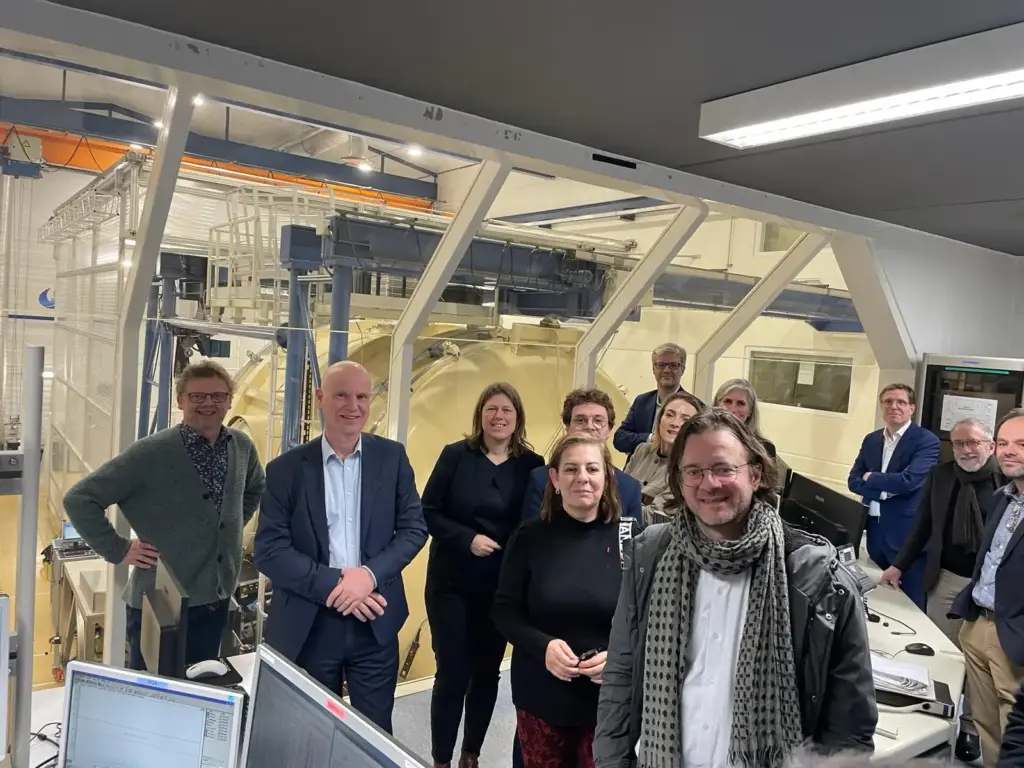
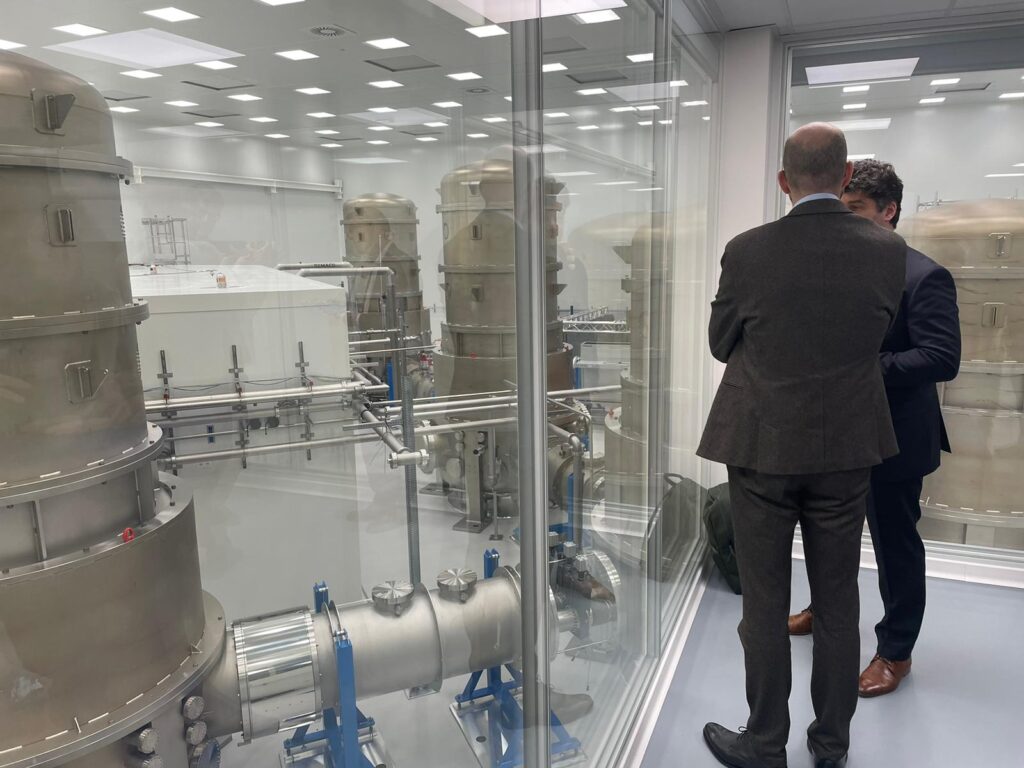
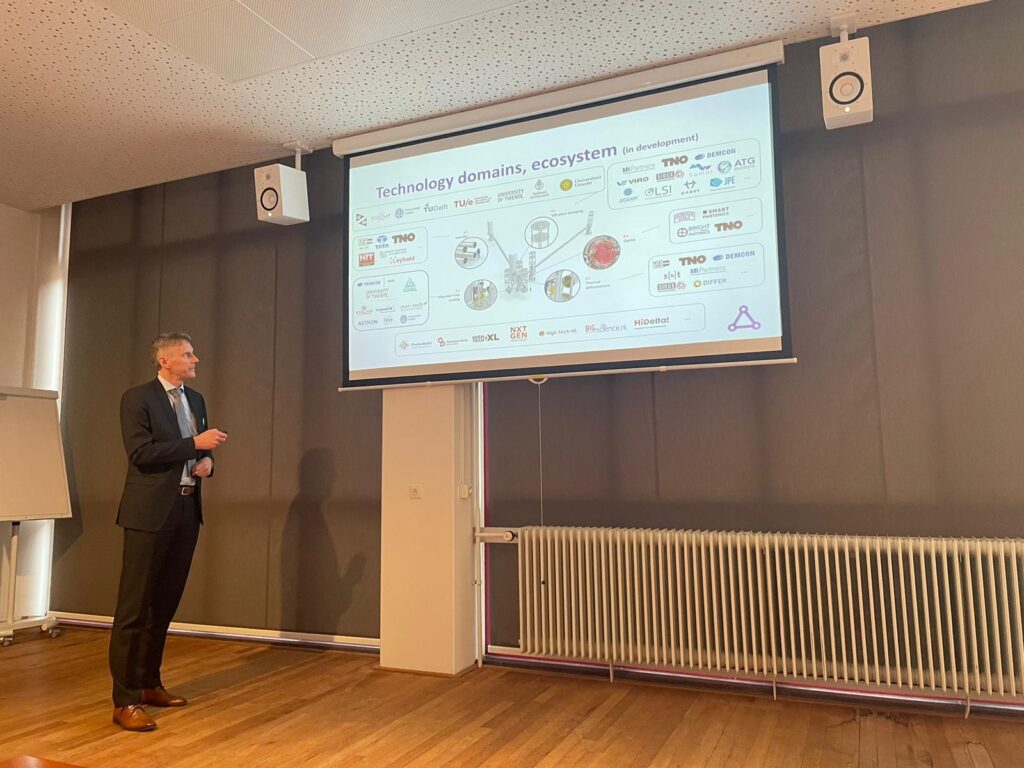
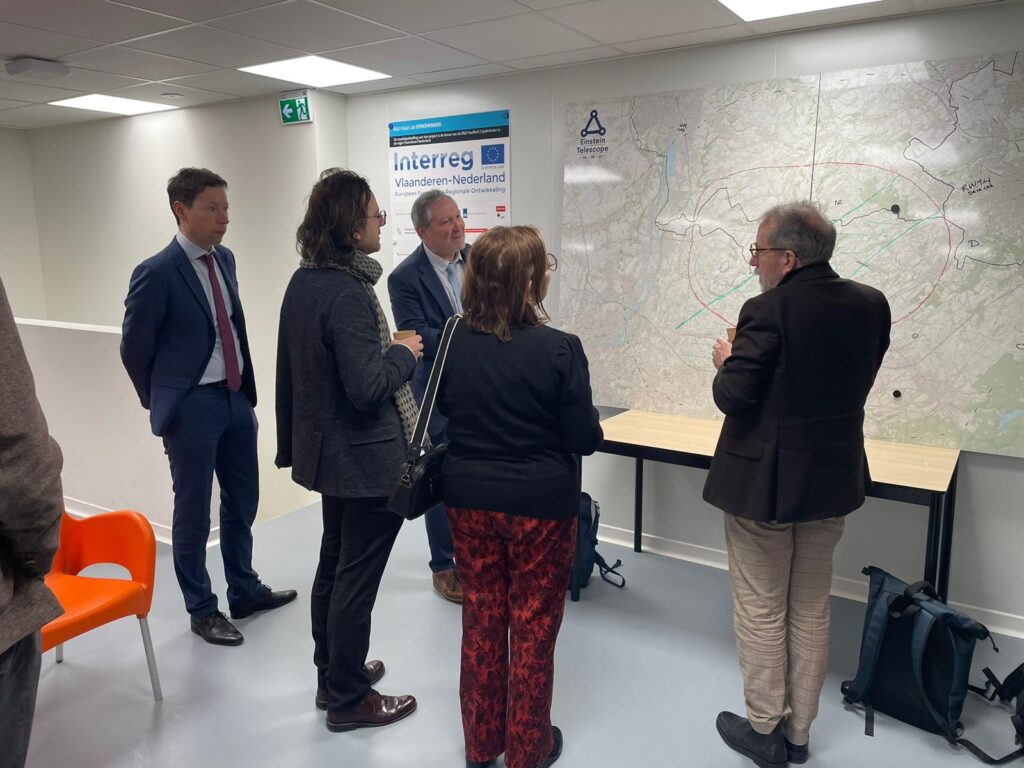
During their visit, the French delegation looked at the international testing facility ETpathfinder in Maastricht and the Spatial Center of Liège (CSL) at the University of Liège as well as the company Amos, where technology for the Einstein Telescope is being developed. They also spoke with representatives of the German state of North Rhine-Westphalia, which is partner in the EMR candidate alongside Belgium and The Netherlands. Regional investment companies finally talked about the growing network of companies developing technology for the research facility.
“We notice that the Einstein Telescope and its high-quality technology appeal to the imagination, there is a lot of enthusiasm and a lot of knowledge in this region,” says Martijn Poel, MT member at the Research and Science Policy Directorate of the Dutch Ministry of Education, Culture and Science. “During this visit, it was about the joint approach of all research institutes, companies and governments in the region towards a candidacy. Other countries are very welcome to work with us on this international project”.
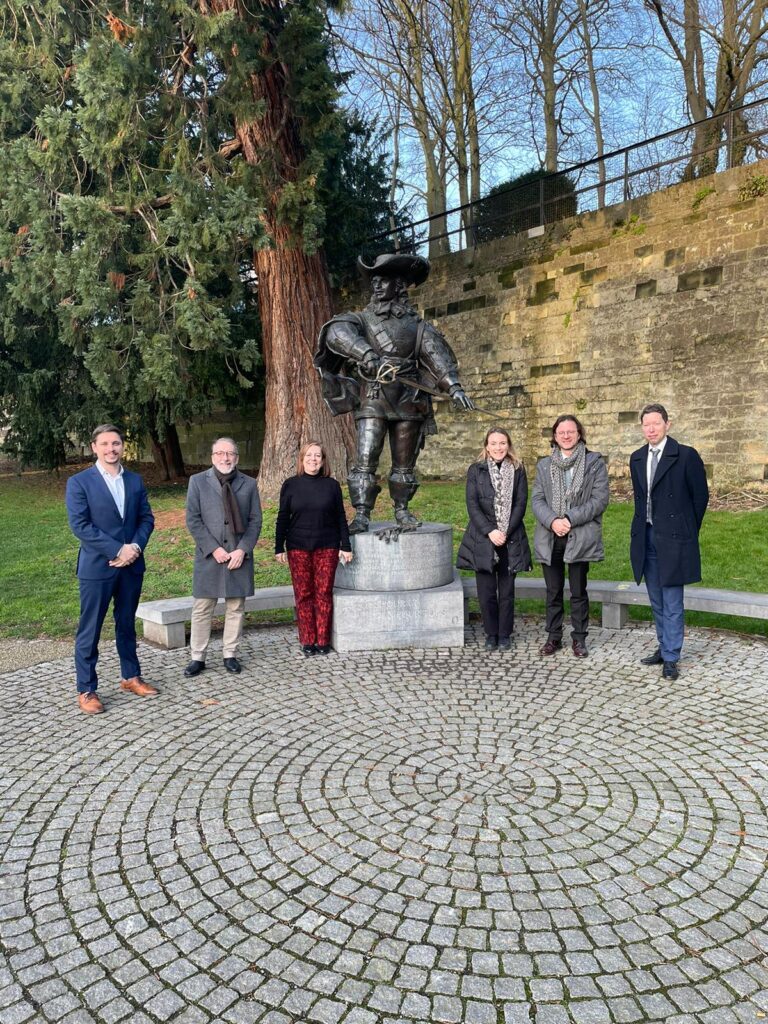
About the E-TEST Project
The Interreg E-TEST project is a major preparatory project for the Einstein telescope, involving an Euregional consortium of 11 partners and coordinated by the University of Liège.
The E-TEST project is being carried out as part of the Interreg V-A Euregio Meuse-Rhine programme, with funding of €8.11 million from the European Regional Development Fund (ERDF).
By investing European funds in Interreg projects, the European Union is investing directly in economic development, innovation, territorial development, social inclusion and education in the Euregio Meuse-Rhine.`
06.12.2023
Interview of Annick Pierrard: ‘The expertise we have built up here will be invaluable for the Einstein Telescope’

In November 2023, Einstein Telescope proponents came together at Liège to celebrate the results of the innovative R&D project E-TEST and it’s economical pendant ET2SMEs. Science-to-business contact Annick Pierrard at the Université de Liège was instrumental in these two initiatives and shares her thoughts on their results.
First off, what were the goals of these two projects?
“E-TEST was conceived five years ago as a cross-border Interreg EMR project to prepare the Euregio Meuse-Rhine for the Einstein Telescope. There were two main activities, namely designing and creating a prototype cryogenic mirror for the facility, and geological studies to determine optimal underground locations for the Einstein Telescope facility.
In addition to this scientific angle, we also wanted to have an economical one: we want companies in the area to benefit from the opportunities that the Einstein Telescope could bring! That is why we designed ET2SMEs to inform companies and trigger them to work together and innovate their technologies.”
Is such collaboration important to you?
“Absolutely. Looking back, I have always been interested in working in the intersection of Science and Business for 20 years. Biochemistry captured my interest as a student, and after University I ended up in a role to foster cross-disciplinary knowledge transfer and innovation. For instance in a project to create a prototype wearable sensor for hospitalized patients together with scientists, medical professionals and engineers. It was great to push for such collaborations to develop around the theme of the Einstein Telescope as well.”

How did you get involved in these projects yourself?
“The immediate trigger was when I met Prof Christophe Collette, leading the Aerospatial & Mechanic research Unit at the Université de Liège. He told me about the idea to build a vibration-free mirror for the Einstein Telescope that works at 20 Kelvin, right above absolute zero. I immediately knew I wanted to be involved. We wrote and submitted the project together. I then joined the E-TEST Consortium as general coordinator and became business developer for ET2SMEs when that project was awarded one year later.”
And how has it been?
“It was definitely hard work and a rollercoaster! Our projects launched at the beginning of COVID, which meant no face-to-face meetings to kick off projects, or workshops to discuss how companies could lend their expertise to our technological challenges. But we made it work.
We designed and created the mirror prototype, which is presently being tested at CSL ULiège, organised meetings for the general public, issued vouchers to stimulate companies to work together in R&D projects, performed geological studies… We even convinced politicians to put in place a temporary freeze on wind parks, quarries and mining projects int the ET exploration zone in Wallonia, because those could cause vibrations that disturb the measurements of the Einstein Telescope.”
Why is involving companies so important?
“My scientists tell me that wherever the Einstein Telescope will be implemented, the expertise we have built up here will be invaluable in designing and producing the final technology. By involving regional companies in an early phase, we let them gain experience and position them on a world market. That always brings unexpected spin-offs. But research needs industry as well: companies help scientists keep their feet on the ground while they gaze at the stars.”
What do companies need in order to get involved?
“Businesses need very clear expectations. Of course they want work on the short and middle term, but high-tech companies also want a long-term vision for the future. The Einstein Telescope and all the activity it will attract is such a vision. To help prepare companies in our region for those opportunities, we are talking about online catalogues of ET technologies describing the expected technological challenges, regional but also cross-border valorisation strategies, and funding to keep stimulating R&D.”
Finally, what is the most surprising connection you’ve made?
“That was the work with the people behind the Landscape Park du Bocage sans Frontières (Ann-Sophie Debergh). Initially they were worried that we would build huge structures above ground, but of course the Einstein Telescope will sit 200-300 meters underground. We realized, together with the municipalities involved that we had a common goal in protecting this unique landscape.
That the Landscape Park du Bocage sans Frontières has now been awarded official status means that the core exploration zone for the Einstein Telescope will remain quiet enough to do the world’s most sensitive gravitational wave measurements!”
Written by Gieljan de Vries
Photo: Barbara Brixhe Photographies
Source: Einsteintelescope.nl
01.12.2023
💥🌟✨Let Gravitational Waves Rule! ✨🌟💥
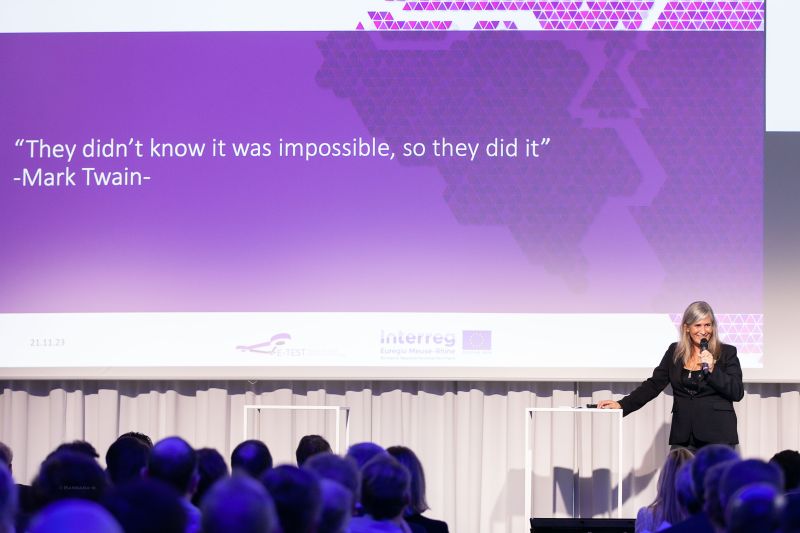
The Big Bang! The expression used to describe the origin of our universe, but also one of science’s greatest enigmas! What if this enigma could be solved from Liège? With the development of the Einstein underground telescope, it’s possible!
It was with starry eyes on November 21 2023 at BluePoint Venues Liège that we brought to a close with the ETEST & ET2SMEs Consortia, 2 pioneering & major preparatory Interreg Meuse-Rhine (NL-BE-DE) projects for the Einstein telescope (ET).
The ET, a future and new generation gravitational wave observatory, is in running to be implemented on the border region between Belgium, the Netherlands & Germany.
But the end of all things is just the beginning of another extraordinary adventure, right up to the submission of the joint trinational bidbook, and the final decision on the location of the future gravitational wave observatory in 2026 between our Euregio Meuse-Rhine & Sardinia.
We would like to express our gratitude to the Université de Liège Authorities for their unfailing support throughout the “rollercoaster” stages of the 2 preparatory projects for the Einstein telescope in the Euregio Meuse-Rhine, as well as for all the next stages leading up to the final decision on the ET location.
We, Université de Liège, are sincerely grateful to Minister Willy Borsus and Minister-President Elio Di Rupo Cabinets for financing & supporting the Walloon coordinators & Walloon partners in these 2 innovative projects, SPW Recherche & to our BE State Secretary Thomas Dermine for supporting the Einstein telescope project at the Belgian Federal level.
A warm thank you towards all Walloon & Federation Wallonia-Brussels Ministers Philippe Henry, Christie Morreale, Frédéric Daerden, Pierre-Yves Jeholet, Bertieaux, Françoise, Flemish Minister Jo Brouns, Ministerial Dirigent Tobias Traupel MWIKE NRW DE, Dr Steffen Krätzig MKW NRW DE, Ministry representatives, Governors Hervé Jamar and Emile Roemer, Interreg EMR Programme Tom Schulpen, Luc Gillard, Provincie Limburg NL, Scientists, SMEs & Large Companies, Business Development Agencies, Liège Interreg Meuse-Rhin – Antenne régionale , Euregio Meuse-Rhin , Municipalities involved in the ET exploration zone, as well as each & every single present person yesterday physically and/or virtually from Belgium, Germany & the Netherlands, who are supporting us!
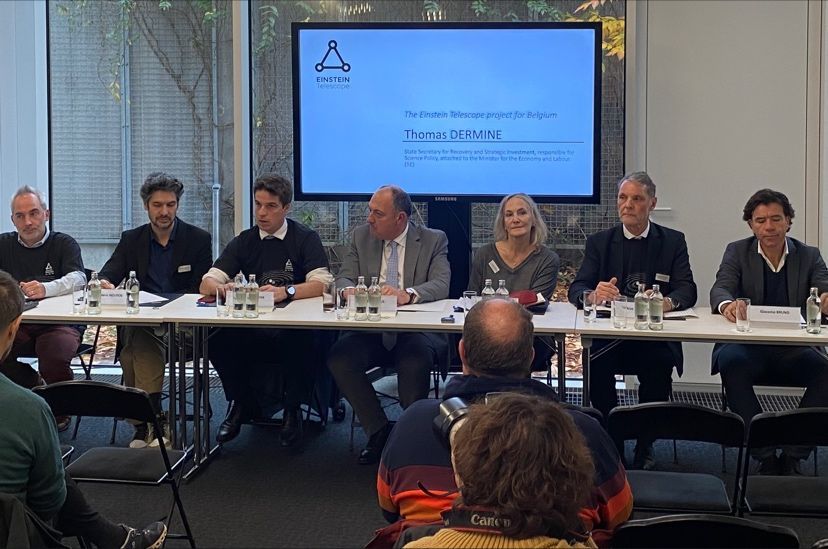
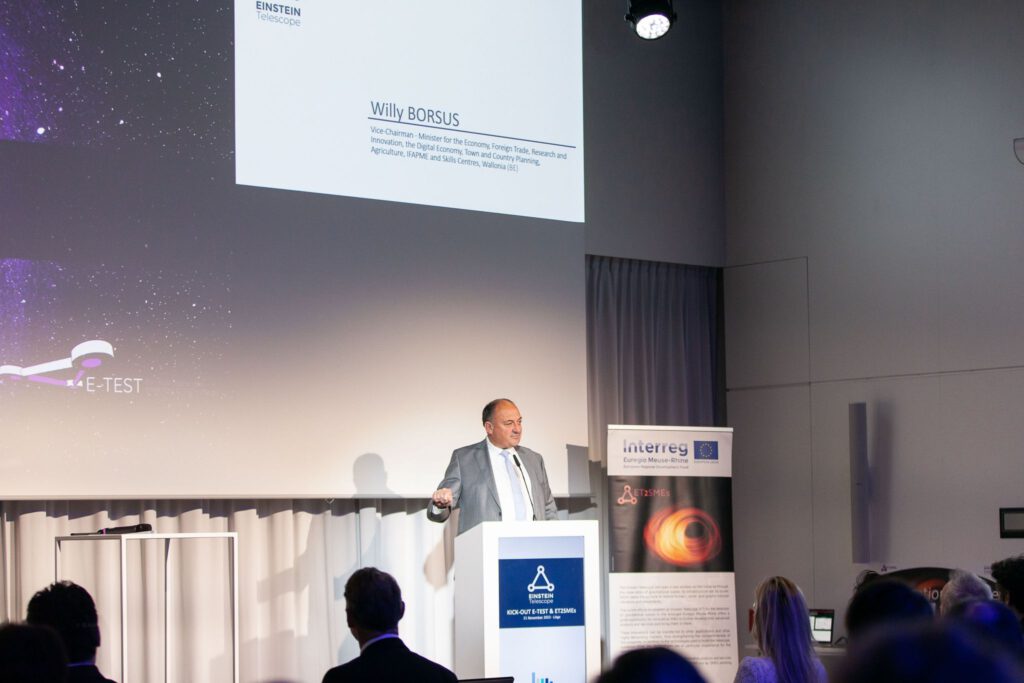
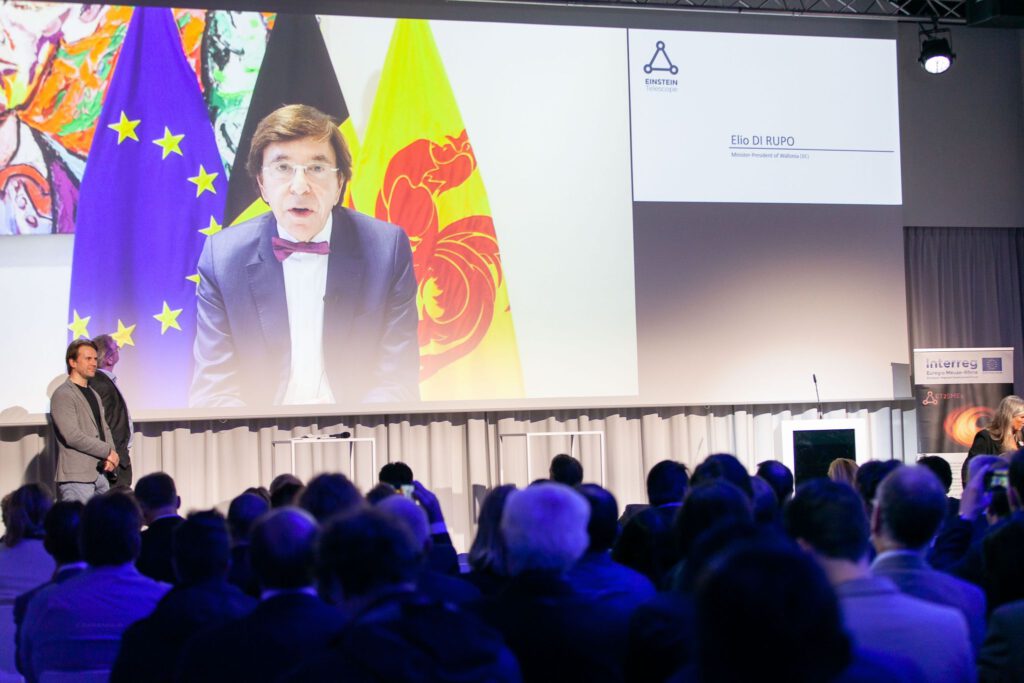
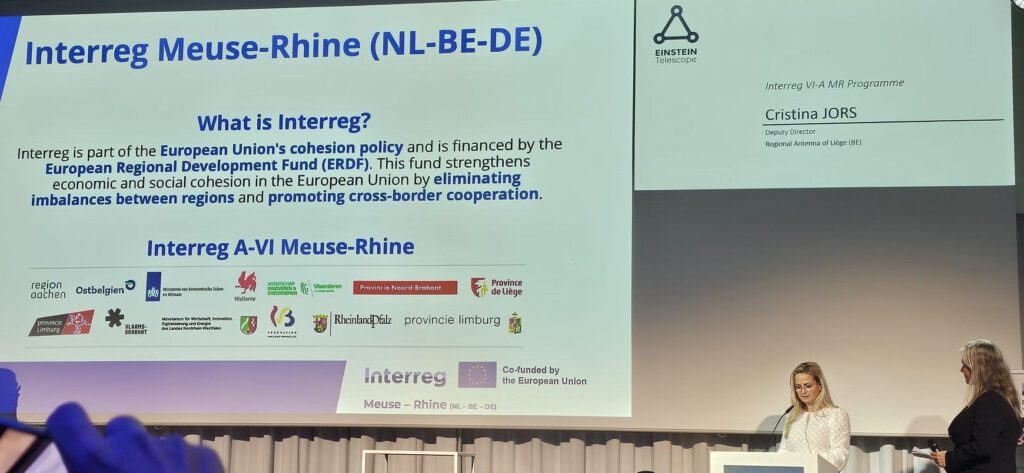
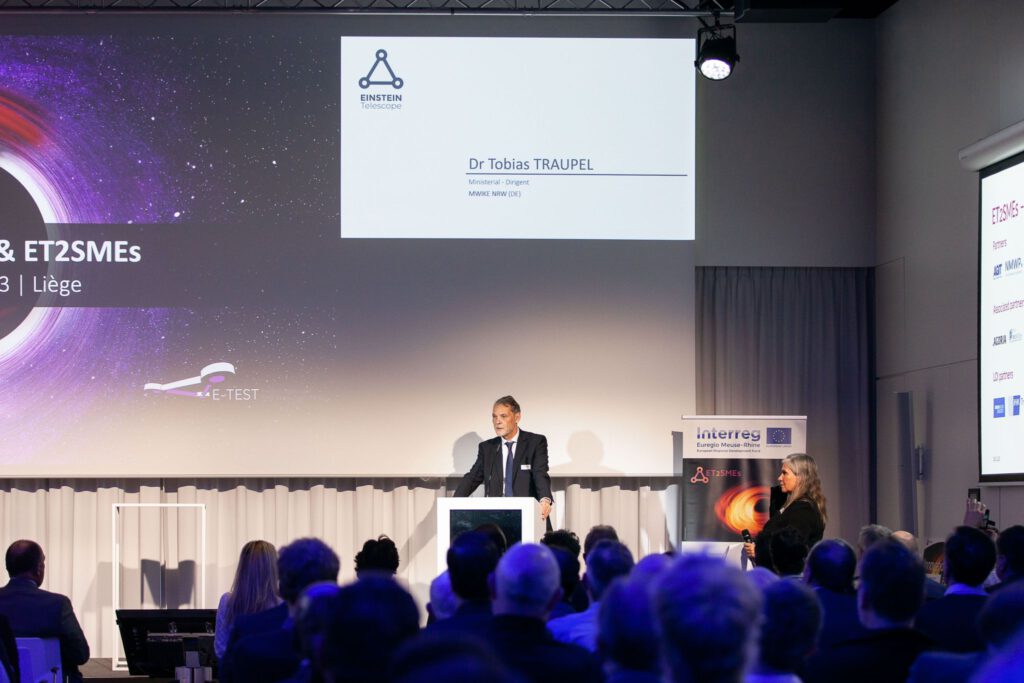
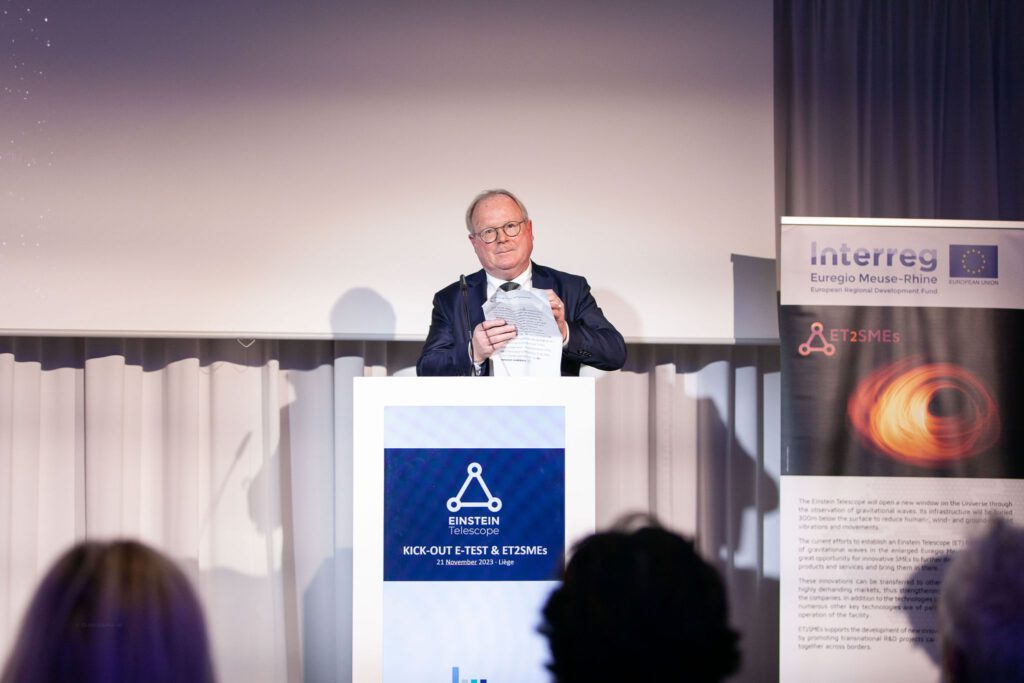
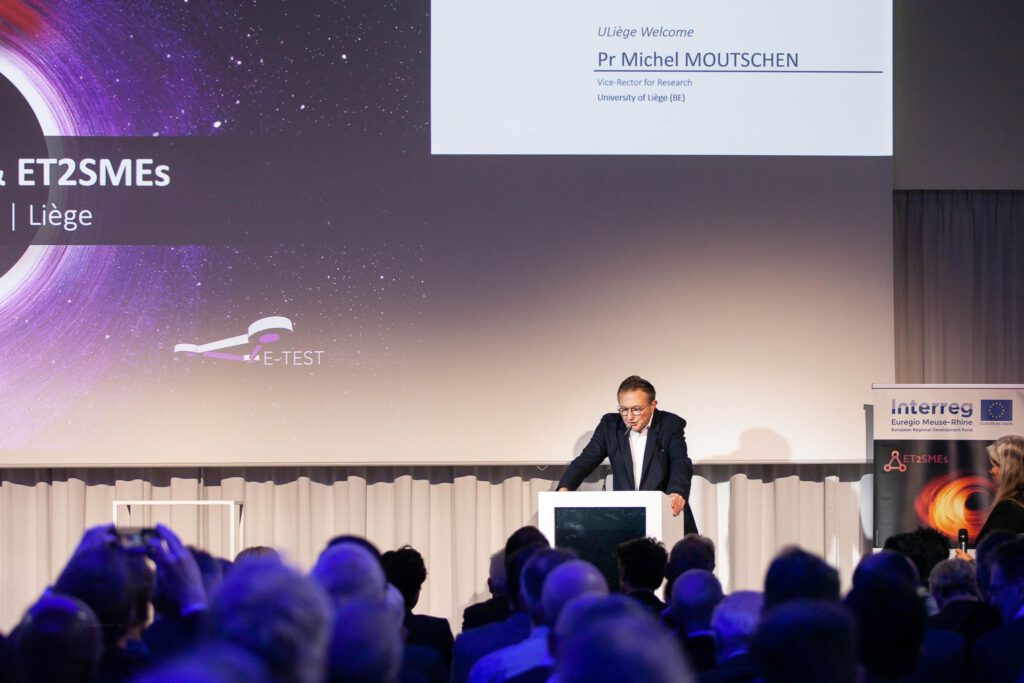
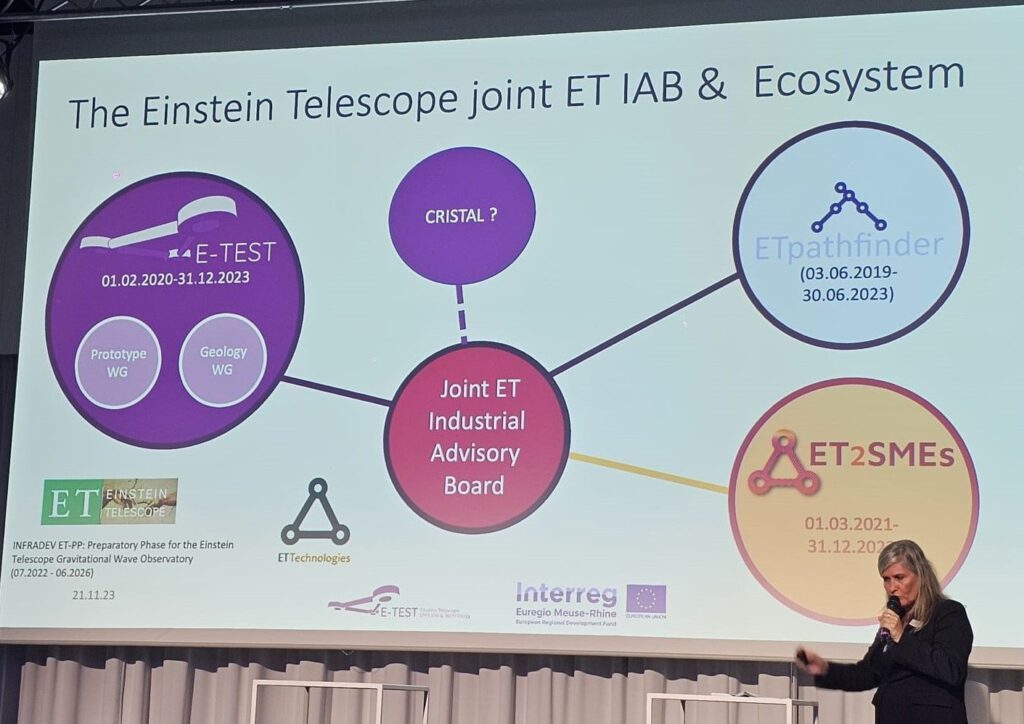
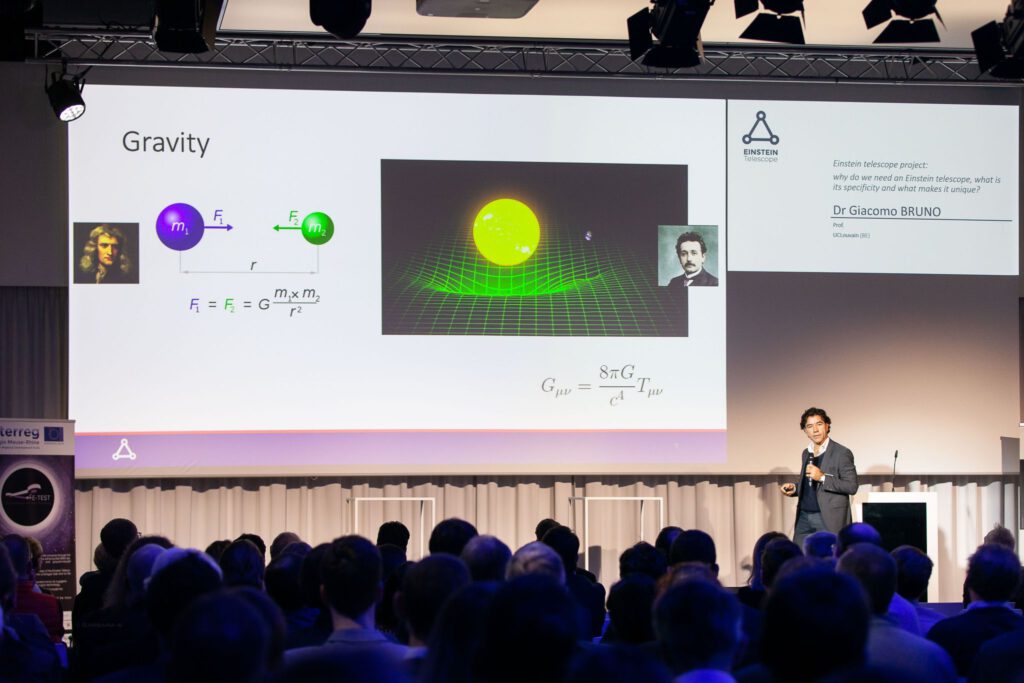
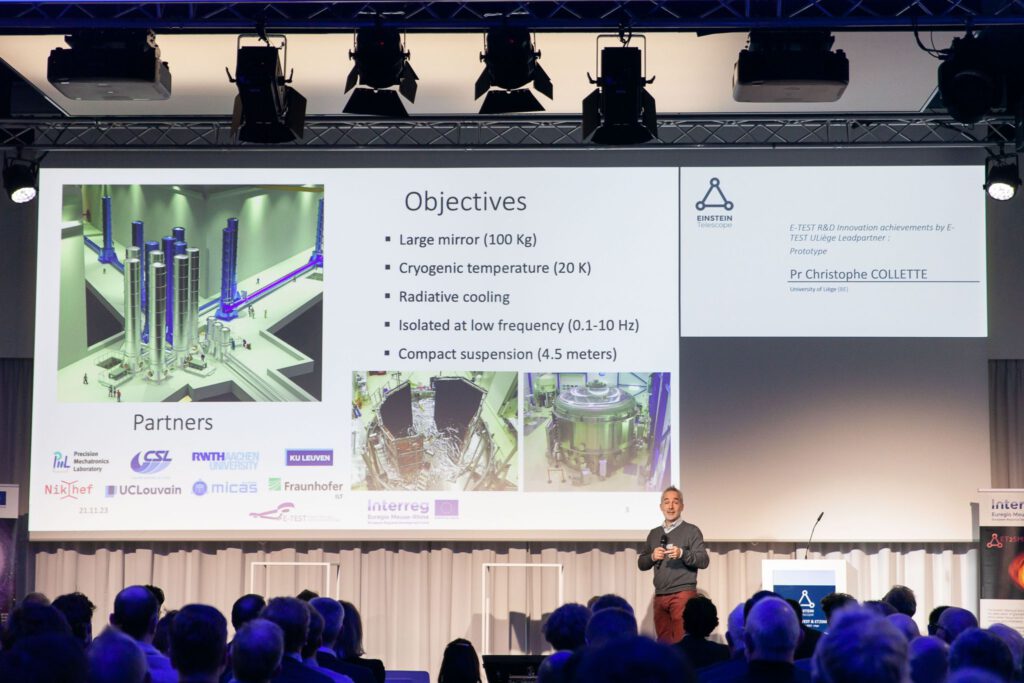
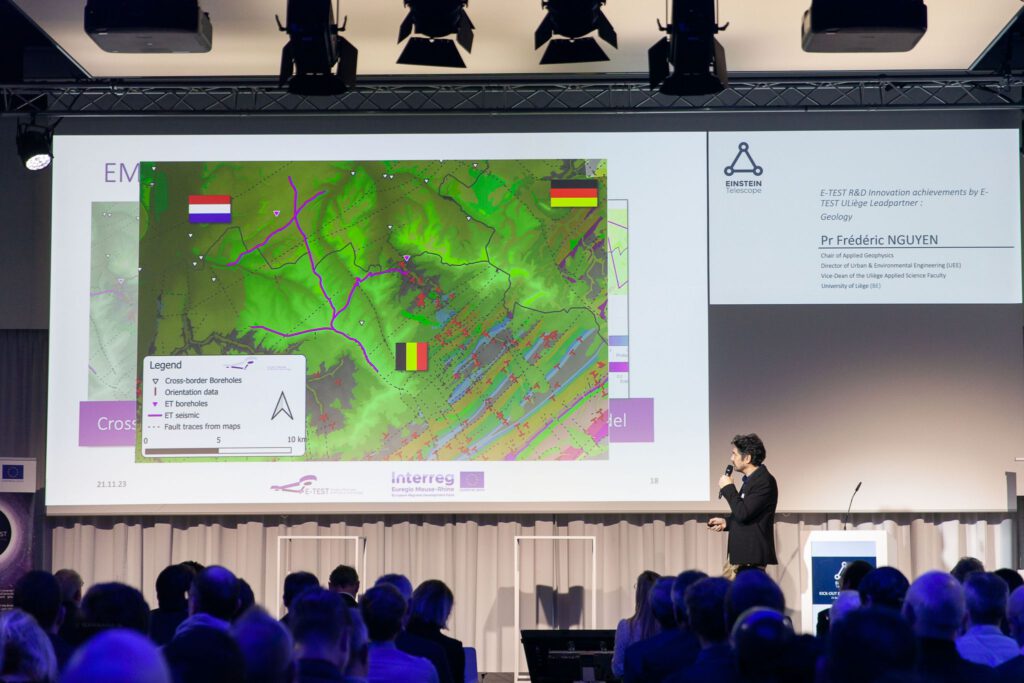

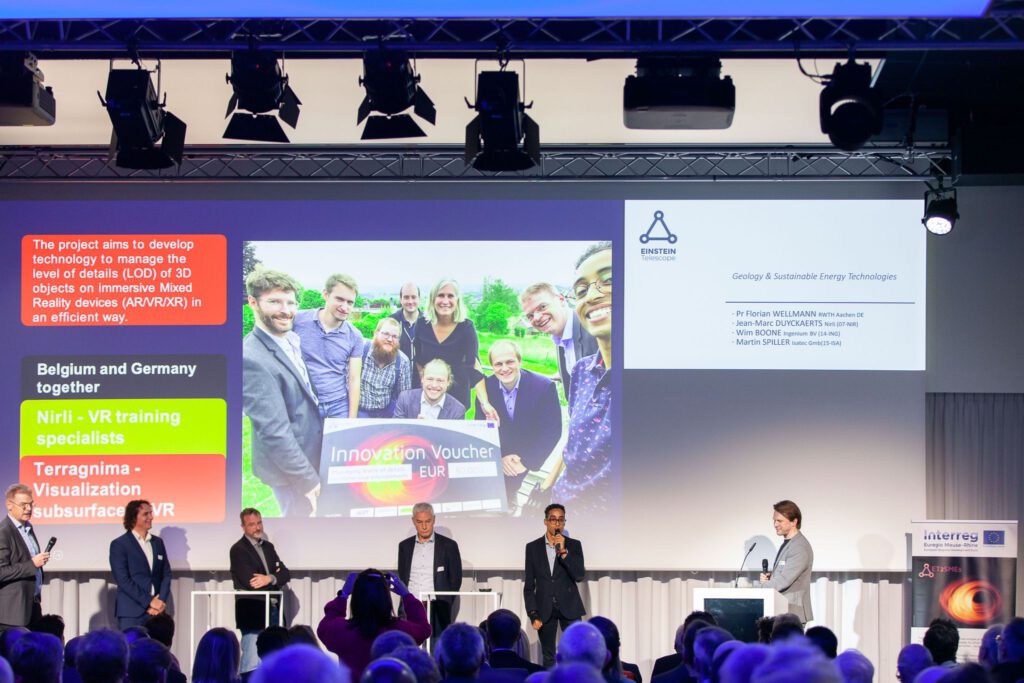
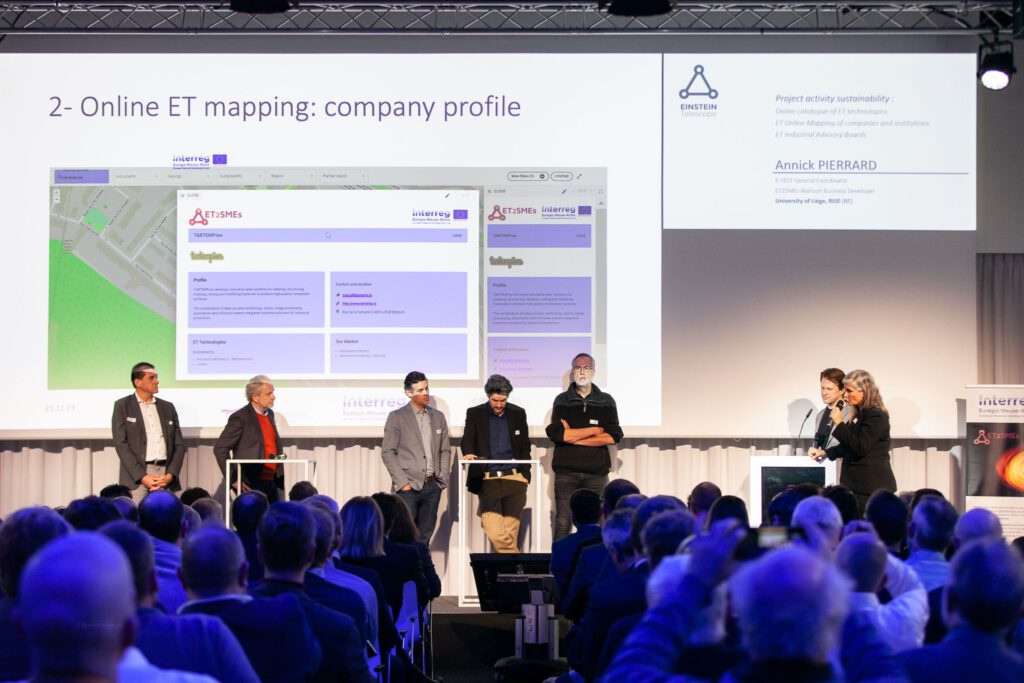
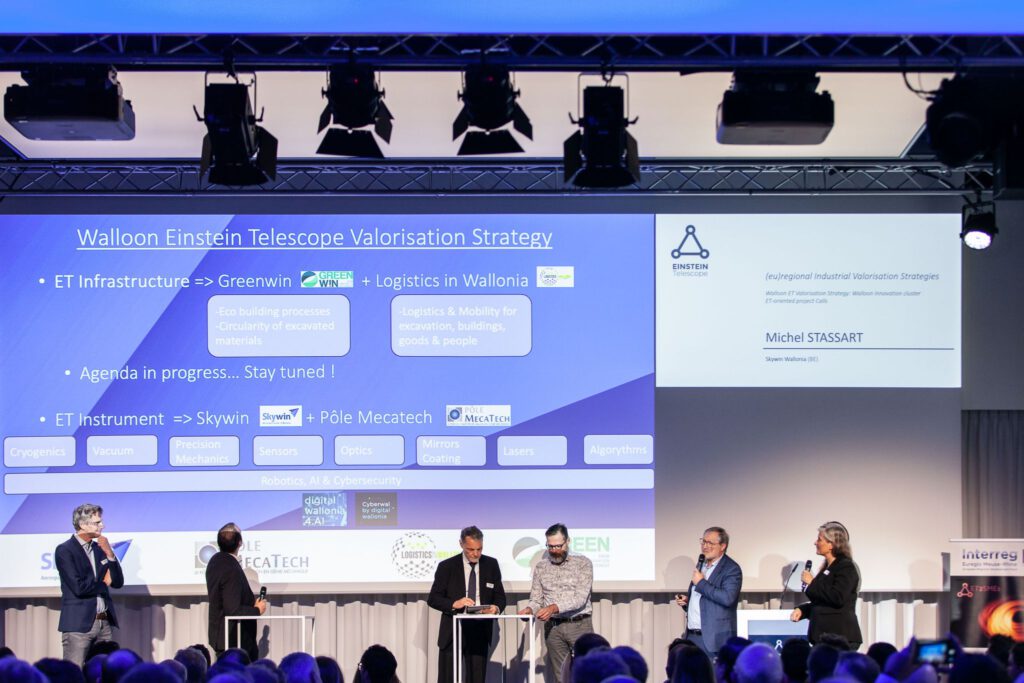
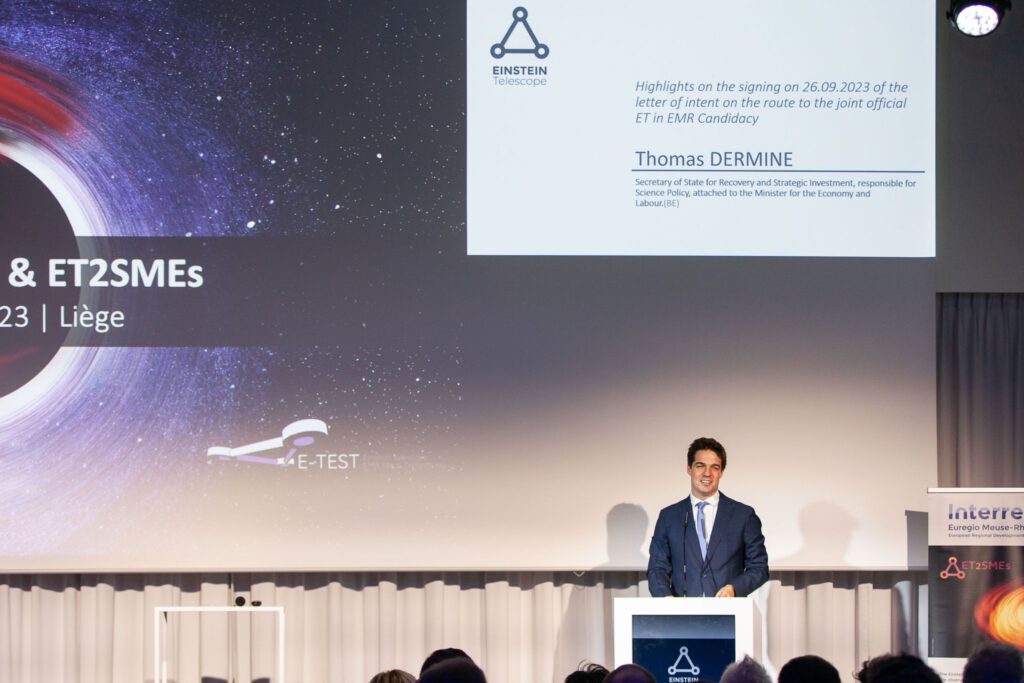
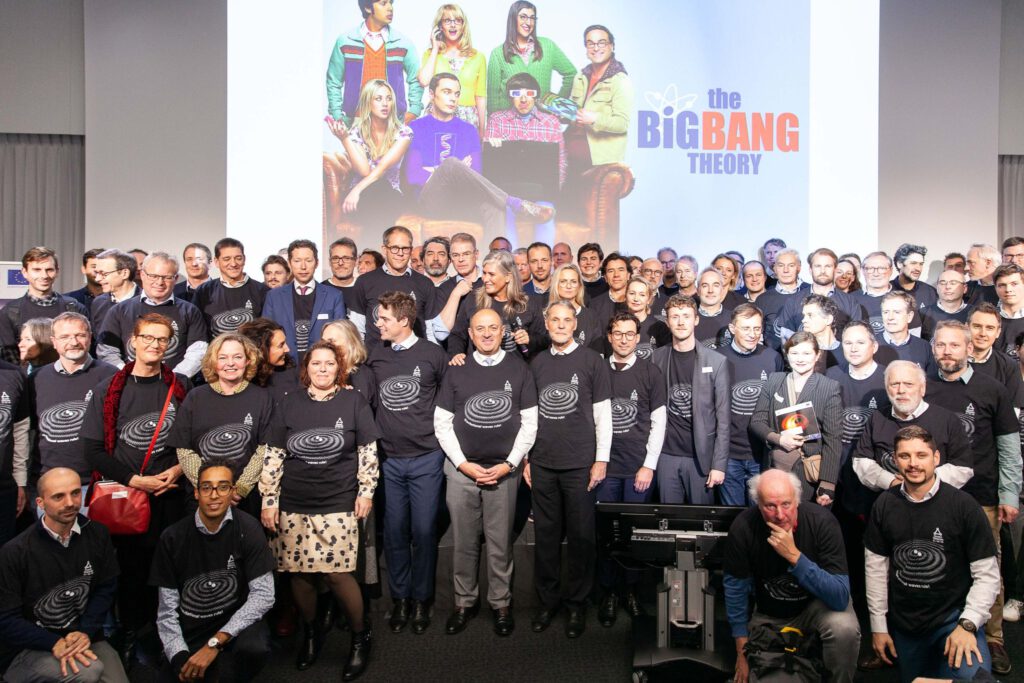
Photo credit: Barbara Brixhe
27.11.2023
Investigation into environmentally friendly logistical solutions
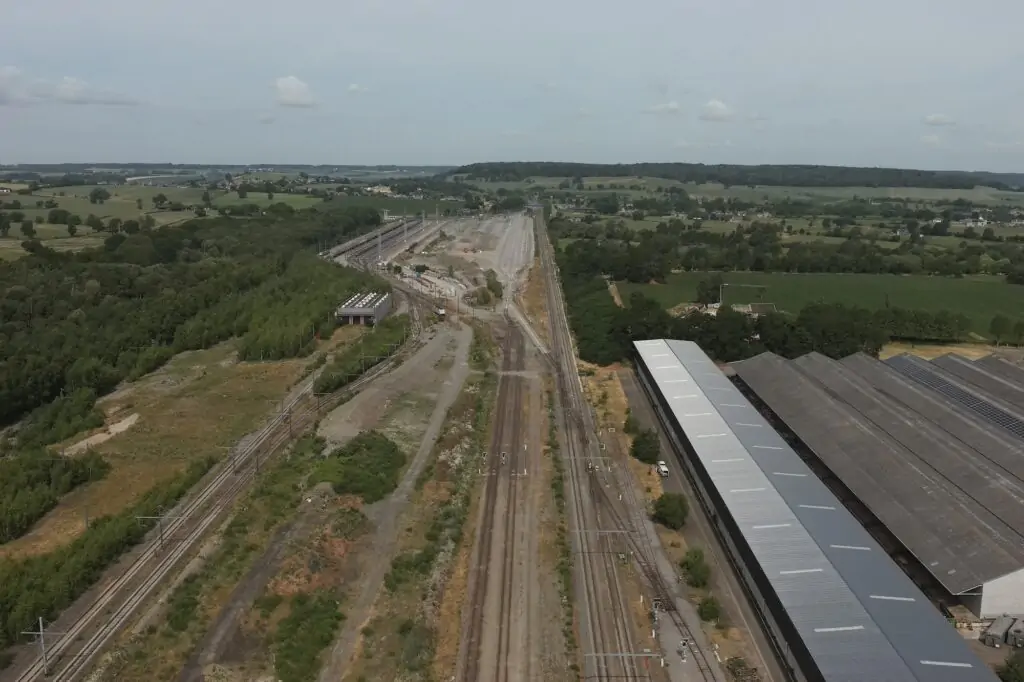
Is it possible, during the construction of the Einstein Telescope in the border region of Belgium, the Netherlands, and Germany, to transport a large amount of soil and materials in a different way than by truck? Could the railway be used in this regard? If so, could the railway junction in Montzen, Wallonia (municipality of Plombières), play a central role?
This is the core of an investigation currently being carried out by the project office Einstein Telescope EMR. The project office is in discussion with the Belgian rail manager Infrabel and the Belgian railway company NMBS. The municipality of Plombières has also been informed about this and is, in principle, not opposed to the idea. The same applies to the Walloon government in Namur. This has created an opportunity to conduct research on this matter. Based on the results, final decisions can then be made.
Caring for the landscape
Project leader Guid Bartholomée: “Naturally, we are working on plans for a construction phase in which we want to cause as little disruption to the environment as possible. We feel obliged to be careful with the landscape and nature. Sustainability also plays a major role in what we are investigating. When it comes to the logistical aspect of that story, you almost automatically consider transportation by rail. In that exploration, the Montzen depot quickly comes into view.”
Constructive
The train station and the Montzen depot are very lightly used. According to Guid Bartholomée, it is still too early to estimate whether it will be possible to use the Montzen depot for logistics and in what way that could be: “We have had good, constructive discussions with Infrabel and NMBS. They think along in a positive way. But there is still some mapping to be done before we can take the next step.”
Next steps
The research into logistics, however, does not provide information about the locations for the three corner points of the Einstein Telescope. The locations for those three corner points will be determined after further geological research of the soil, among other things. In 2025/2026, a decision will be made at the European level on where the Einstein Telescope will be built. In addition to the border region of Belgium, the Netherlands, and Germany, the Italian island of Sardinia is also advocating for this. The construction phase is planned from 2028 to 2035.
Source & Image: Einsteintelescope.nl
22.11.2023
Belgium puts Einstein Telescope on European agenda
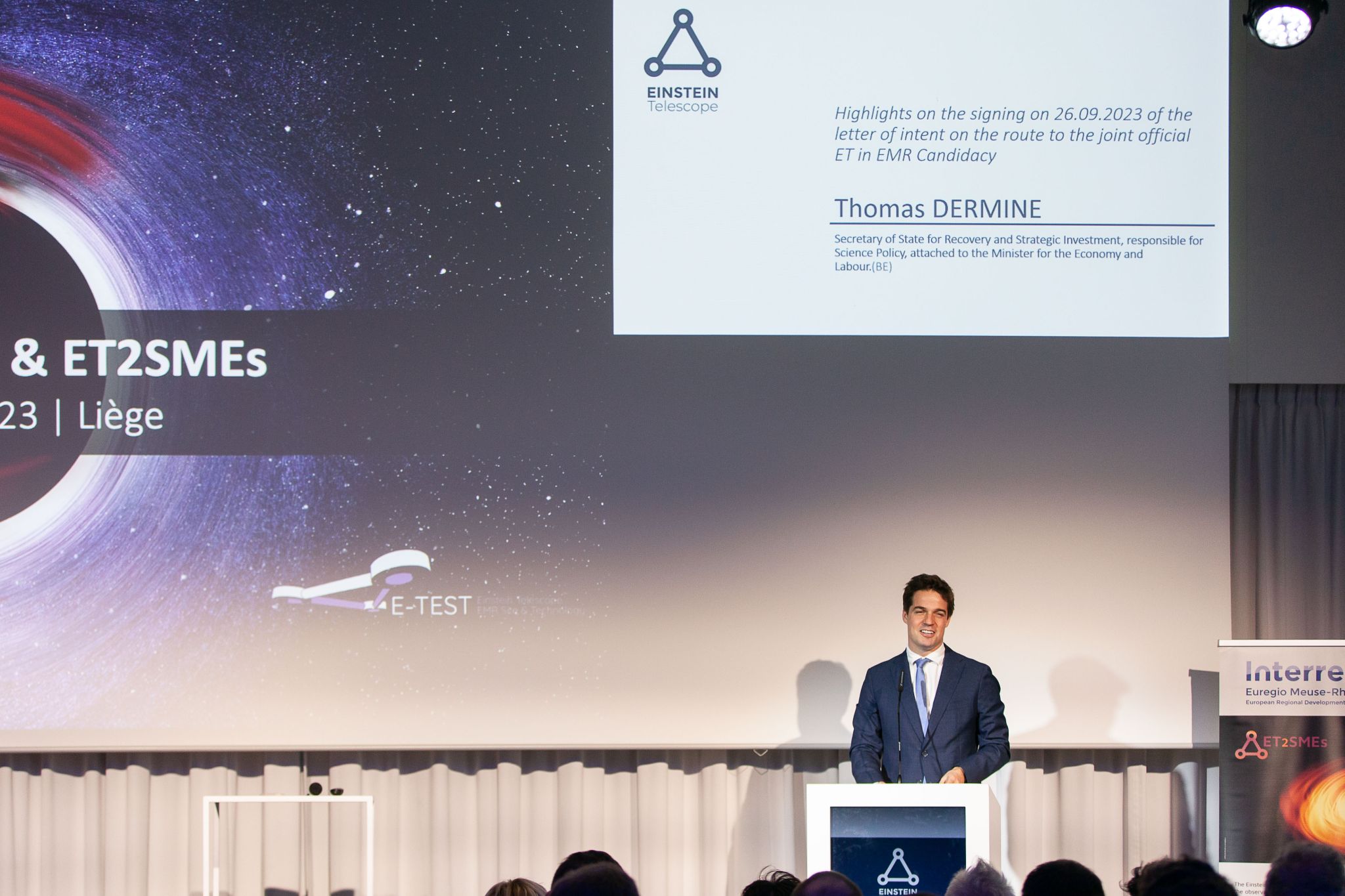
Belgian Secretary of State for Science Policy Thomas Dermine aims to use the Belgian EU presidency in spring 2024 to put the EMR candidacy on the European agenda. Belgium is thus taking a new step to host the Einstein Telescope in the Euregio Meuse-Rhine, together with the Netherlands and Germany.
This was announced during the kick-out meeting of two preparatory research projects, E-TEST and ET2SMEs, in Liège on November 21, 2023. Willy Borsus, the Walloon Minister of Economy, also announced that the collaboration with companies from ET2SMEs will continue in 2024.
Attractive
The European Einstein Telescope will be a world-class underground observatory that scientists will use to study the universe in a completely new way. This can be done by listening to gravitational waves, minute ripples in the fabric of the universe that arise during the most extreme events such as colliding black holes. In this way, researchers even want to listen back to the ‘cosmic dark ages’, the period before the first stars ignited.
The host country for the Einstein Telescope will acquire a European top center for scientific research. This not only attracts scientists but also high-tech companies eager to prove themselves by developing technology for the Einstein Telescope.
Belgium, the Netherlands, and Germany are already preparing a joint candidacy to host the observatory in their border region, the Euregio Meuse-Rhine. This area not only offers the Einstein Telescope a unique, vibration-damping soil but also excellent infrastructure and a network of research institutions and high-tech companies.
The Italian island of Sardinia is also in the running to build the Einstein Telescope. The decision on the observatory’s location will be made around 2026 by European governments.
Preparing the Candidacy
To make their candidacy for the Einstein Telescope as strong as possible, the three neighboring countries are closely collaborating. As a result, it was announced on November 21 during a meeting in Liège to close the two cross-border programs E-TEST and ET2SMEs. These programs, funded by Interreg, prepared researchers and businesses in the three neighboring countries for the arrival of the Einstein Telescope.
Within E-TEST, soil research was conducted to map the underground in the search area for the Einstein Telescope. These studies will continue in 2024 with a series of boreholes in the search area. E-TEST also developed a prototype of the cryogenic mirrors for the Einstein Telescope. The mirror will be tested in 2024 in a new vacuum setup at the Liège Center for Space Research (CSL).
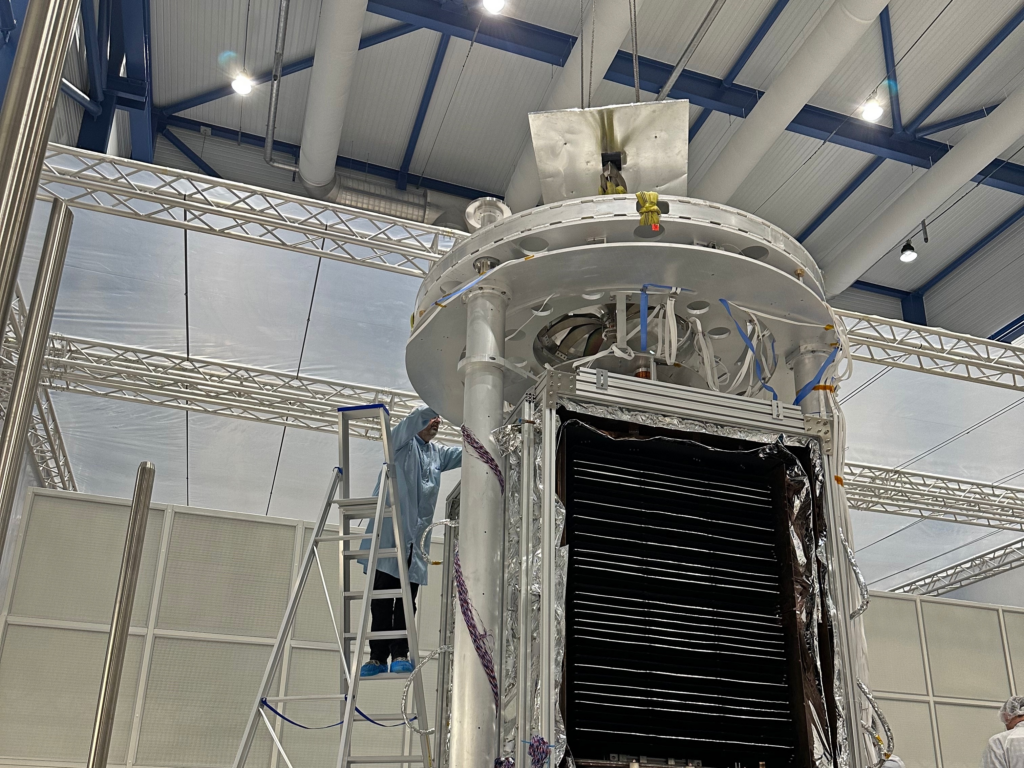
Collaboration with the Business Sector
Joint projects allow researchers and companies to gain experience with the technology that will be used in the Einstein Telescope. This means better chances of securing contracts during the construction phase and opportunities for spin-off technology. Therefore, the ET2SMEs program organized workshops to inform small and medium-sized enterprises about the opportunities and challenges of the Einstein Telescope.
Thanks to vouchers from ET2SMES, a total of 23 companies in 11 joint projects developed sub-technology for the Einstein Telescope. The 9 Belgian, 6 Dutch, and 8 German companies worked on production methods for the vacuum tubes of the Einstein Telescope and built equipment for dust and leak detection. Electric vibration equipment for soil research without CO2 emissions was also developed.
The collaboration with companies from ET2SMEs will continue in 2024 with subsidies from the Walloon government, it was announced on November 21. A new valorization committee will also be established to stimulate knowledge transfer.
Administrative Cooperation
During the meeting in Liège, discussions also revolved around administrative cooperation, which has taken shape in the form of ministerial tables and a task force. Feasibility studies are led by the Einstein Telescope project bureau – Euregio Meuse-Rhine. Collaboration in the field of R&D and valorization is outlined in an R&D agenda and a valorization expert committee.
Written by Gieljan de Vries
Source & Image : Einsteintelescope.nl

E-TEST & ET2SMEs Kick-Out Event – 6th ET IAB
Tuesday, 21.11.2023
E-TEST & ET2SMEs joint Kick-Out Event / ET in EMR Industrial Advisory Board
Welcome Coffee, Mignardises & Registration from 8:30am
9:00 – 9:30 am: Words of Welcome
9:00 – 9:10 am: For E-TEST project:
Mr. Willy Borsus, Vice-Chairman and Minister for the Economy, Foreign Trade, Research and Innovation, the Digital Economy, Town and Country Planning, Agriculture, IFAPME and Skills Centres, Wallonia BE
Mr. Elio Di Rupo, Minister-President of Wallonia, BE (video message)
9:10 – 9:20 am: For ET2SMEs project:
Ministerial-Dirigent Dr. Tobias Traupel, MWIKE NRW, DE
9:20 – 9:25 am:
For Interreg EMR V-A and Interreg MR VI-A Programme: Mr. Tom Schulpen, Director of Operation and Finance at Province of Limbourg NL
9:25 – 9:30 am:
Welcome by host Coordinator: University of Liège : Prof. Michel Moutschen, Vice-Rector for Research ULiège
9:30 – 10:00 am: Einstein Telescope: The project
9:30 – 9:45 am: Einstein telescope project: why do we need an Einstein telescope, what is its specificity and what makes it unique? by Prof. Giacomo Bruno, UCLouvain
9:45– 09:55 am: ET Time Line in ESFRI, joint Bidbook submission , BGR, ET-PP, estimated investment and return on investment by Senior Policy Officer Louis Smoor, Ministry of Education NL
9:55 -10:00 am: ET in EMR Project Office in Maastricht NL: Feasibility study Hans Plets, ET regional Coordinator for Flanders BE
10:00 – 11:00 am: Overview (R&D & Business Development) of the 2 EMR cross-border ET preparatory projects
10:00 – 10:40 am: E-TEST R&D Innovation achievements by E-TEST ULiège Leadpartner:
Prototype by Prof. Christophe Collette, ULiège
Geology by Prof. Frédéric Nguyen, ULiège
Online catalogue of ET technologies : what are the technological challenges?
Organisation of 6 ET in EMR Industrial Advisory Board by Annick Pierrard, ULiège
10:40 – 11:00 am: ET2SMEs business development achievements
by Ralf P. Meyer, ET2SMEs AGIT Leadpartner
11:00 – 11:20 am: Coffee break in Grand Lobby ☕️
11:20 – 11:50 am: Moderated Economic panel discussions
Moderators Gideon Koekoek and Ralf P. Meyer
11:20 – 11:35 am: ET Instrument technologies: Prof. Christophe Collette ULiège, Prof. Achim Stahl RWTH Aachen (+ BeamPipes), Dr. Marion Purrio, FEF GmbH (03-FEF) , Luc Vervoorn (10-MAT)
11:35 – 11:50 am: Geology & Sustainable Energy technologies: Prof. Florian Wellmann RWTH Aachen , Jean-Marc Duyckaerts, Nirli (07-NIR), Wim Boone Ingenium BV (14-ING), Martin Spiller Isatec GmbH (15-ISA)
11:50 – 12:35 pm: Outlook & further steps
Moderators Gideon Koekoek & Annick Pierrard
11:50 am – 12:10 pm: Interview round on Project activity sustainability, new ET Test Facilities, new initiatives & new drillings.
Sustainability of online catalogue of ET technologies & ET in EMR online mapping (WE) , future ET in EMR Industrial Advisory Boards , by Annick Pierrard, ULiège
Sustainability of E-TEST prototype: new clean room and FOCAL 7 vessel, new CRISTAL project proposal submitted in Call 1 Interreg MR VI-A , at CSL by Prof. Serge Habraken, CSL ULiège BE
Sustainability of all geological underground data in the exploration zone ET by Prof. Frédéric Nguyen, ULiège BE
10 Additional drillings in the ET Dutch and Walloon exploration zone (Groiefonds NL) by Wim Walk, Nikhef NL
Euregional Collaborative project for the next 2 years to study underground vibration and Newtonian noise by Shahar Shani Kadmiel, KNMI NL
ETpathfinder Lab, open to companies at UMaastricht, by Frank Linde, Nikhef NL
12:10 am – 12:25 pm: Interview round about (eu)regional Industrial Valorisation Strategies
Dutch ET Valorisation Strategy: Dutch Groiefonds, by Jorg van der Meij, LIOF NL
Walloon ET Valorisation Strategy: Walloon Innovation cluster ET-oriented project Calls : by Michel Stassart, Skywin Wallonia BE
Flemish ET Valorisation Strategy: by Maxime Corvilain, POM Limburg BE
NRW ET Valorization Strategy by Ministerial-Dirigent Dr. Tobias Traupel, MWIKE NRW DE
ET in EMR Political Task Force (since Bonn Round Table on 13.12.2022) – Euregional Valorisation Strategy & Implementation of a Valorisation Expert Committee at EMR level by Patrick Schelvis, Ministerie EZK NL
12:25 pm – 12:35 pm:
Closure of the plenary session by Belgian State Secretary Thomas Dermine – Highlights on the signing on 26.09.2023 of the letter of intent on the route to the joint official ET in EMR Candidacy.
12:35 pm – 12:45 pm: Q&A
Moderator Gideon Koekoek
——– End of the plenary session ——–
12:45 – 12:55 pm: Final picture with Politics & Project Partners photographer: Barbara Brixhe
13:00 pm: start of Press Conference in the dedicated RUBIS room
Didier Moreau, PR ULiège
1-At Wallonia level BE: Mr Willy Borsus, Vice-Chairman and Minister for the Economy, Foreign Trade, Research and Innovation, the Digital Economy, Town and Country Planning, Agriculture, IFAPME and Skills Centres,
2- At Belgian Federal level: Mr. Thomas Dermine, BE State Secretary
3- ET2SMEs: Ministerial-Dirigent Dr Tobias Traupel, MWIKE NRW DE
4- E-TEST: Prof. Anne-Sophie Nyssen, Rector ULiège
Prof. Giacomo Bruno (ET Walloon Scientific Representative)
Prof. Christophe Collette (PROTO E-TEST)
Prof. Fred Nguyen (GEO E-TEST)
13:00 – 15:00 pm: Opening of Exhibition in the Grand Lobby room
Project results presentations and Ministerial Capsules on Screens
13:00 – 15:00 pm: Bubbles & Walking Lunch of the Chef Jean-Luc Daniel , “Le Cabochon” – Matchmaking
Bubbles & appetizers
Walking Lunch
Coffee/Tea & Sweets
17.11.2023
Millions support from German Bundestag for Einstein Telescope
The German Bundestag decided on November 17 to allocate 9 million euros for the planning and feasibility study of the arrival of the Einstein Telescope. This was reported by the German SPD Bundestag member Ye-One Rhie in a press statement. For 2024, 3 million euros have been reserved, and for 2025/2026, 6 million euros.
“The Euregio Meuse-Rhine, located at the tripoint of Germany, Belgium, and the Netherlands, is the most likely and best location for the Einstein Telescope. As a member of the Bundestag in this region, I am very pleased with the support of the German Bundestag for this globally significant research project. Thanks to the excellent scientific and research landscape and the Euroregional location, the Euregio Meuse-Rhine provides optimal conditions for groundbreaking European research such as the Einstein Telescope”, Rhie says this in its statement.
Read the press release (in German)
Source : Einsteintelescope.nl
15.11.2023
ERT measurement in Wallonia provides additional information on subsurface
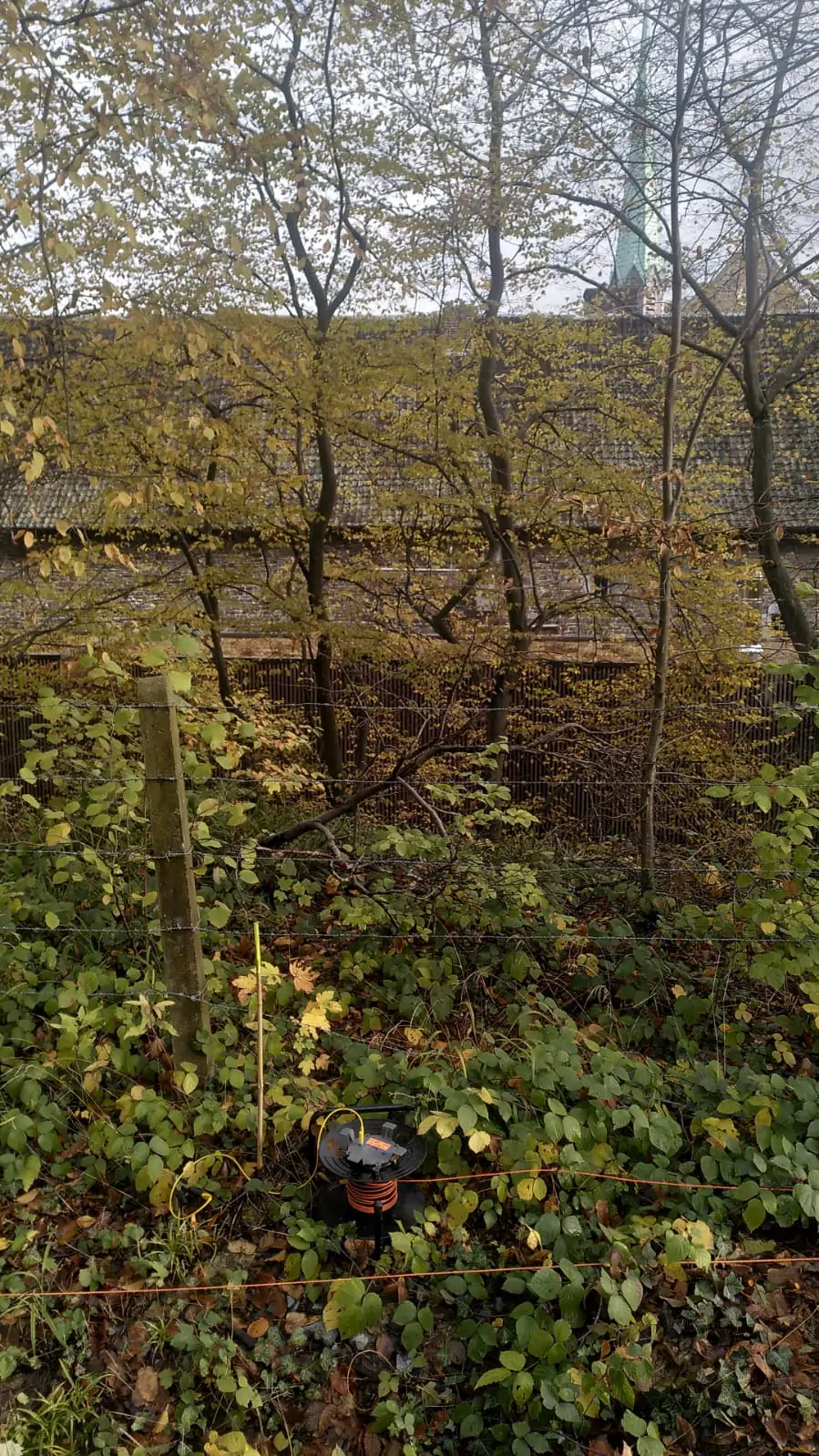
You have to look very closely to see it: an orange cable with an electrode the size of a tent peg every 50 meters. At this moment, a so-called long ERT measurement is taking place in the rural areas of the Walloon municipalities of Aubel, Herve, and Dalhem.
The letters ERT stand for ‘Electric Resistivity Tomography.’ This is an electrical resistance measurement used to further map the structure of the soil. Along the entire 7-kilometer measurement route, a 5mm thick cable is manually laid. An electrode is attached to it every 50 meters. The researchers generate a weak electric field in the subsurface for a short period. This way, the electrical resistance in the subsurface is measured.
This measurement is carried out by the University of Liège and is part of the E-TEST project, intended for the Einstein Telescope. It involves a route along the Berwinne River from Thimister-Clermont through Val-Dieu to near Mortroux.
Source & Image: Einsteintelescope.nl
10.11.2023
Walloon municipalities visiting the ET Pathfinder
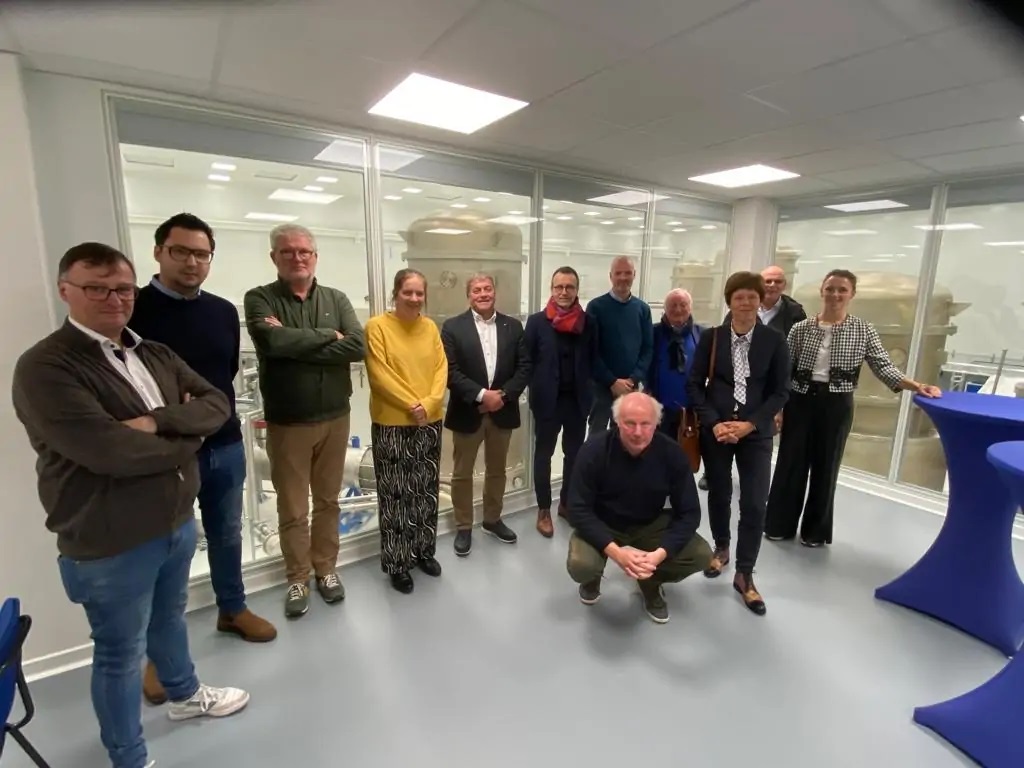
At the invitation of the Einstein Telescope EMR project office, delegations from the Walloon municipalities of Plombières, Welkenraedt and Aubel visited the ET Pathfinder on 9 November.
The mayors and aldermen were updated on the developments surrounding the Einstein Telescope and on the ET Pathfinder by Marc Genten of the Euregio Meuse-Rhine, by Bjorn Vink of the Einstein Telescope EMR project office and by directors Jean-Christophe Peterkenne and Chloé Beaufays of GRE Liège.
Source & Image: Einsteintelescope.nl
25.10.2023
Einstein telescope on RTL info
23.10.2023
Cabinet takes next step towards Einstein telescope in the Netherlands
Lasers, mirror technology and vibration-free chillers. These are 3 examples of innovative technology needed for the construction of the Einstein Telescope. As of today, companies can register for a subsidy to develop and test this type of technology, minister Dijkgraaf announced today. The government is taking the next step to bring the Einstein Telescope to the Netherlands. The arrival of the telescope is not only important to gain more knowledge of gravitational waves, but is also of great importance for the sustainable growth of Dutch science and our economy.
Super telescope
The Einstein telescope is actually not a telescope like many people know to look at the stars with. It is a triangle of tubes, each 10 kilometers long, several hundred meters deep in the ground. Laser beams are fired into the tubes, and reflected back with mirrors. By measuring very precisely where the laser beams deviate, scientists can detect gravitational waves from space. This gives scientists more insight into the birth process of black holes, the structure of neutron stars, and the nature of the universe immediately after the Big Bang. The scientists also want to test the predictions of Einstein’s theory of relativity. This provides new insights into our universe. The telescope is therefore of great importance for international physics and astronomy.
A lot of technology needed
The construction of the telescope requires a lot of high-quality technology, which often does not yet exist. The lasers, the mirrors and extreme cold technology, for example. Also, the conditions must be perfect, so as not to disturb the measurements. For example, the tunnel must be dug perfectly, and the pressure and humidity in those tunnels must be just right. The environment must also be vibration-free. There is no place for windmills in the immediate vicinity. And the cooling installation that is needed, for example, should not vibrate at all, not even a little bit. A major technical challenge.
Business in the starting blocks
The government wants to encourage companies to start developing this new technology now. That is why companies can receive subsidies for the development and testing of innovations that are needed in the construction of the telescope. A total of € 12 million is available.
Minister Dijkgraaf: “I would love to bring the Einstein telescope here. The value of such a telescope for science and our economy can hardly be expressed in monetary terms. With this subsidy I want to kill two birds with one stone. By investing now in the knowledge and technology we need, our plan will become stronger, and we will increase the chance of building the telescope here. We also drive innovations, which is good for the economy, employment and knowledge position.”
Great value
The arrival of the Einstein telescope would mean a lot for Dutch science and for the region. Such a telescope is also expected to attract a lot of (local) activity and work for scientists, hbo’ers and MBO’ers. Construction is required, maintenance is required and companies must supply technology. Because the telescope is positive for the Dutch earning capacity in the longer term, the project received € 42 million from the National Growth Fund. The budget for this scheme comes from this € 42 million.
Within the Netherlands, the Ministry of Education, Culture and Science, the Ministry of Economic Affairs and Climate, the province of Limburg, Nikhef and LIOF are working hard to bring the telescope to the border region of the south of the Netherlands. Among other things, they carry out various feasibility studies, conduct research into geology and set up cooperation with Germany and Belgium. The government has also set aside € 870 million from the National Growth Fund to finance part of the construction.
Whether the telescope will actually be built in the border area of the Netherlands, Germany and Belgium, Europe is expected to determine in 2026. Italy is also working on a proposal to build the telescope. The telescope is planned to be built in 2030.
Companies can submit their application to the Regional Development Agency for Limburg (LIOF). For more information, see First opening of Einstein Telescope R&D scheme to high-tech companies.
04.10.2023
Deutsches Zentrum für Astrophysik and Nikhef: Intensive research collaboration
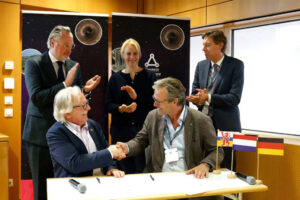
Specifically, the partners intend to come up with joint proposals for new projects. The partnership should also prevent more or less the same scientific efforts being made in the two places.
Nikhef is the scientific partner within the project office working on the feasibility of the Einstein Telescope in the border area of Germany, Belgium and the Netherlands (Meuse-Rhine Euroregion). DZA will build an institute for astrophysics, technology and digitisation in Saxony, Germany.
Signing
How the cooperation will take shape will be discussed in the near future. Building on the success of the DZA and Nikhef projects, other European institutes may also join. This agreement of intent is separate from the feasibility study for the candidacy for the Einstein Telescope in the Meuse-Rhine Euroregion.
The signing of an Intention of Cooperation took place today in Munich during a meeting on the Einstein Telescope at the international fair Expo Real organised by the Province of Limburg (NL). On behalf of DZA, Prof. Günther Hasinger, initiator of the DZA, signed the agreement of intent. Prof. Stan Bentvelsen signed on behalf of Nikhef. Stan Bentvelsen is director of Nikhef and scientific director of the Einstein Telescope EMR project office.
Technology development for the Einstein Telescope is one of the key early projects for the new German Center for Astrophysics (DZA). We are therefore very happy to sign this cooperation agreement with Nikhef as one of the leading institutions supporting the ET.
Prof. dr. Günther Hasinger – Deutsches Zentrum für Astrophysik (DZA)
What we are signing today is a logical step in the scientific cooperation we already have with many colleague institutes from Nikhef. The collaboration with our German colleagues means we can share a lot of knowledge and develop it together. This collaboration makes us stronger and is going to help Nikhef realise our ambitions for the Einstein Telescope.
Prof. dr. Stan Bentvelsen – Nikhef
Germany’s role is an important one for the Einstein Telescope in the Meuse-Rhine Euroregion. Cooperation at this high scientific level is therefore also of great importance on the road to a strong bid book and ultimately, in a few years, the choice of this Euroregion as the location for the Einstein Telescope.
Regional Minister Stephan Satijn – Provincie of Limburg (NL)
Deutsches Zentrum für Astrophysik
The DZA is a joint initiative of astronomy and astroparticle physics in Germany, supported by the major German scientific organisations. In September 2022, the DZA was given the green light to build in Saxony a large-scale research centre with a future-oriented scientific programme, a centre for digitisation that will bring together data streams from astronomical observatories around the world. The building up of the DZA started this year and it will reach its full size by 2035. After the start-up phase, annual funding of around €170 million is planned for the final stage with more than 1,000 people employed.
Nikhef
Nikhef is the National Institute for Subatomic Physics in the Netherlands, providing answers to major physics questions of our time. Scientists and technicians work together to find new answers to these questions. Nikhef is based in Amsterdam, but much of Nikhef’s research takes place at CERN’s particle accelerator in Switzerland. Nikhef is a partnership between universities in Amsterdam, Maastricht, Groningen and Utrecht and the Foundation for Fundamental Research on Matter (FOM). Research is carried out at Nikhef in the fields of particle physics and astroparticle physics.
28.09.2023
Platform on ET programme for high-tech companies launched
To encourage innovation and accelerated development of new technologies for the Einstein Telescope, a new platform has been launched: Einstein Telescope for business.
Here, companies will find information on collaboration opportunities, technology domains and the contact details of business developers in various regions. Companies will also soon be able to apply here for the R&D scheme to be launched this autumn.
-> Visit Einstein Telescope for business
Source : Einsteintelescope.nl
27.09.2023
Willy Borsus, Minister – Vice-President of the Walloon Government:
Belgium, the Netherlands and North Rhine-Westphalia today took a further step towards establishing the Einstein Telescope in the border area of the three countries.
In Dol, they signed a declaration of intent concerning the way forward for the official joint bid by the three countries.
A unique project
According to the Walloon Minister for the Economy and Innovation, Willy BORSUS: “The Einstein telescope is a major project that embodies a sector (science and aerospace) that plays a key role in the Walloon economy. The future site is destined to become an international reference centre. A unique breeding ground for research and science, it will also give a strong boost to the local economy and to job creation, both direct and indirect, as many companies will be involved in the construction, implementation and maintenance of the site.
According to a recent study (EKLO), the number of jobs generated in Wallonia by the activity generated and induced by the design, construction and operation of the Einstein Telescope can be estimated at :
direct jobs: 6.24 FTE per million euros invested in Wallonia
total employment: 10.73 FTEs per million euros invested in Wallonia.”
It should also be noted that 4.234 Walloon economic players have a minimum critical size to qualify for active participation in the project. These companies currently represent a volume of employment of almost 110.000 full-time equivalents (FTEs).
Beyond the economic spin-offs, the project promises to have an impact on the Euregio, Belgium and Wallonia in the same way that CERN in Geneva has had an impact on Europe in societal, technological and scientific terms. Cutting-edge techniques and technologies will be essential to meet the project’s challenges, generating major advances in fields such as precision optics, cryogenics and laser technology. These advances will position Walloon know-how at the forefront of the international scene and reinforce the importance of the physical, astronomical and geological sciences in regional economic development.
The Einstein Telescope site has the potential to become a global attraction, including as a tourist destination. As a world first in science, its location at the heart of a region already prized for its tourist attractions could, with the right strategy, propel it to become a major attraction on a European and global scale.
The agreement was signed today by representatives of the Belgian federal government, Flanders, Wallonia, the French Community, the German-speaking Community, the German federal state of North Rhine-Westphalia, the Dutch government and the Dutch province of Limburg.
What is the Einstein Telescope?
The aim of the Einstein Telescope project is to create the world’s largest third-generation laboratory for the detection of gravitational waves, in an attempt to gain a better understanding of the Big Bang theory. This telescope will make it possible to observe the universe through gravitational waves. These come from extreme events in the universe and contain information about the nature of black holes and neutron stars and about the first moments after the big bang.
The characteristics of the telescope are as follows: 250 metres underground, in the shape of a triangle whose vertices are linked by detection arms of 10 kilometres each. An underground observatory is the best guarantee of optimal, low-noise observations.
In addition to the joint efforts of Belgium, Germany and the Netherlands, Italy’s Sardinia region is also working on research that should lead to specifications for the construction of the Einstein telescope. An EU decision on the location is expected around 2026.
27.09.2023
Thomas Dermine, State Secretary for Science Policy, Recovery Program and Strategic Investments at Belgian Federal Government:
“Einstein telescope: Belgium’s equivalent of CERN
Belgium has submitted a joint bid to host the Einstein telescope in the tri-border region between Germany (North-Westphalia), Belgium (Province of Liège, Limburg) and the Netherlands (Dutch Limburg) 🇧🇪 🇳🇱 🇩🇪
The Einstein Telescope is a gigantic scientific infrastructure that will be deployed on a 10-kilometre equilateral triangle 250 metres underground. This underground telescope will allow physicists to test the theory of relativity like never before by observing gravitational waves generated by merging black holes millions of light years away.
Two sites are in the running to host the telescope, the Tri-border region and Sardinia in Italy. In-depth geological studies are underway on both sites. Selection of the site is scheduled for 2026.
I will do my utmost to support and coordinate the Belgian bid with our German and Dutch colleagues, because having such a research infrastructure on our territory is an exceptional opportunity, both from a scientific point of view and in terms of the economic spin-offs it will generate.”
26.09.2023
Ministers give green light to consortium formation Einstein Telescope EMR
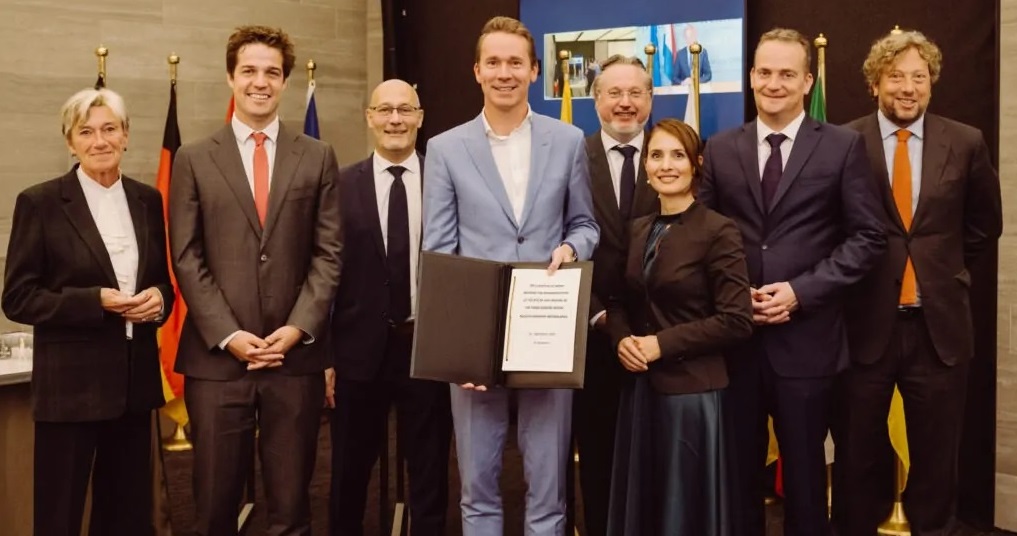
At the ET Ministerial Conference, delegates from Belgium, the Netherlands and the German Federal State of North Rhine-Westphalia agreed to make preparations for a joint consortium to establish the Einstein Telescope in the Euregio Meuse-Rhine. That consortium will focus on further detailing the responsibilities and involvement of all governance levels involved in the candidature from the three countries.
By signing a declaration of intent on such cooperation, the ministers from Belgium, the Netherlands and North Rhine-Westphalia gave the green light for this project in Brussels on 26 September. The statement relates to how cross-border cooperation will shape the preparations up to and including the submission of a bid book for the Einstein Telescope. An official task force has been assigned to develop the proposals for the consortium.
The agreement is the administrative follow-up to the December 2022 Bonn agreement, when ministers and provincial executive members agreed to set up a task force to promote cooperation between the three countries at various levels of government.
Progress
Flemish Minister for Innovation Jo Brouns hosted the meeting: “I experienced a lot of positive energy today to make the Einstein Telescope project a success story. The will is there to work together to achieve it, with public authorities, with knowledge institutions and with business. I will continue to closely monitor this project, which is so important for Limburg, Flanders, Belgium, the Netherlands and North Rhine-Westphalia, knowing that we are creating something unique.”
The agreement was signed by ministers, state secretaries and provincial executive members from Federal Belgium, Wallonia, Flanders, the French-speaking Community, the German-speaking Community, the German Federal State of North Rhine-Westphalia, the Dutch government and the Dutch Province of Limburg.
Source: Einsteintelescope.nl
Image: © Brouns cabinet
14.09.2023
Presenting Einstein Telescope during international fair in Munich
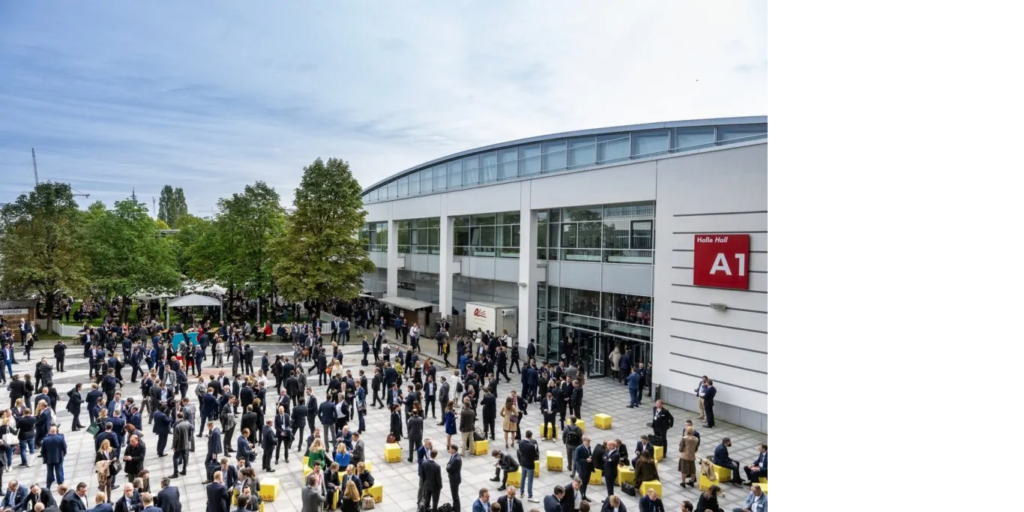
The Einstein Telescope will receive prominent attention during the annual international fair Expo Real on 4, 5 and 6 October 2023 in Munich. Province of Limburg (NL), one of our partners, is a co-exhibitor with the theme of the Einstein Telescope.
A number of fascinating presentations are programmed on Wednesday 4 October from 15.00 to about 16.30. If you are also at the Expo Real, you can attend. You do need to register via the online form of Province of Limburg.
The programme
- Province of Limburg: opening
- Project office Einstein Telescope EMR: What does the possible arrival of the Einstein Telescope to the Meuse-Rhine Euroregion mean?
- Nikhef: The civil engineering opportunities and challenges of the Einstein Telescope.
- CERN: The economic impact and valorisation opportunities of the Einstein Telescope, using experiences from CERN.
During the presentation, which will be in English, there will of course be ample opportunity for questions. The presentation on the Einstein Telescope will take place in room A32 (hall A3).
Information stand
As a participant in the fair, you can also visit the Holland Property Plaza stand in Hall A2 (A2.232) on 4, 5 and 6 October. At this stand, you can watch a film about the Einstein Telescope and find additional information about the Einstein Telescope.
Source: Einsteintelescope.nl
12.09.2023
Drilling in Aubel, Wallonia BE
The E-TEST project is one of the main preparatory projects for the Einstein telescope in the Meuse-Rhine Euregio. As part of our E-TEST consortium, coordinated by ULiège, two teams are focusing not only on the high-tech components of the instrument (E-TEST suspended mirror prototype), but also on the geological analysis of the subsoil at a depth of 250 metres in the border region between Belgium, the Netherlands and Germany.
This area of the Euregio Meuse-Rhine has in fact been identified as an exploration zone for the possible installation of the future Einstein telescope. Following the 2 boreholes drilled at Banhold and Cottessen in the Netherlands by our E-TEST geological teams, the 3rd borehole is now being drilled at Aubel. The results from Aubel have yielded important hydrogeological information, as well as one crucial piece of information: the subsoil, at a depth of between 200 and 250 metres, is made up of extremely dense and stable rock, which has the characteristics needed to support the underground infrastructure of the Einstein telescope.
In the coming weeks, a major new geophysical survey will be carried out by the TEST GEO team in the area to complement our drilling data. A high-resolution gravity map, with stations spaced 100 to 200 m apart, covering an area of 15 km by 15 km, will be produced to check the structure of the Booze Val Dieu block.
Stay tuned!
12.09.2023
Active platform of E-TEST prototype assembled at AMOS and ready for testing in vacuum chamber at Centre Spatial de Liège
It has literally been a race against time, and a remarkable piece of work by the E-TEST Prototype consortium.
The active platform of the E-TEST prototype has been assembled and is ready for testing in a vacuum chamber at cryogenic temperature at the Liège Space Centre – CSL ULiège.
This active platform is assembled in a clean room at AMOS, a company to which we are grateful for hosting the construction of the prototype and the technical involvement of their teams! The whole passive suspension will be mounted on this active platform soon.
The E-TEST prototype, imagined, designed and created as part of the Interreg EMR V-A E-TEST project, is a unique suspended silicon mirror that can be used in cryogenic conditions (25Kelvin, close to absolute zero), and is now on its way to be tested at the Centre Spatial de Liège (CSL) in Liège, Wallonia, Belgium!
Our E-TEST scientists have developed totally innovative and advanced concepts for optics, cryogenics and seismic isolation. These concepts are the key innovative elements of the Einstein Telescope, the next-generation gravitational-wave observatory that could be built in the Belgian-Dutch-German border region from 2026!
This new generation of gravitational wave detectors will radically change our perception and knowledge of the Universe.
The future is now!
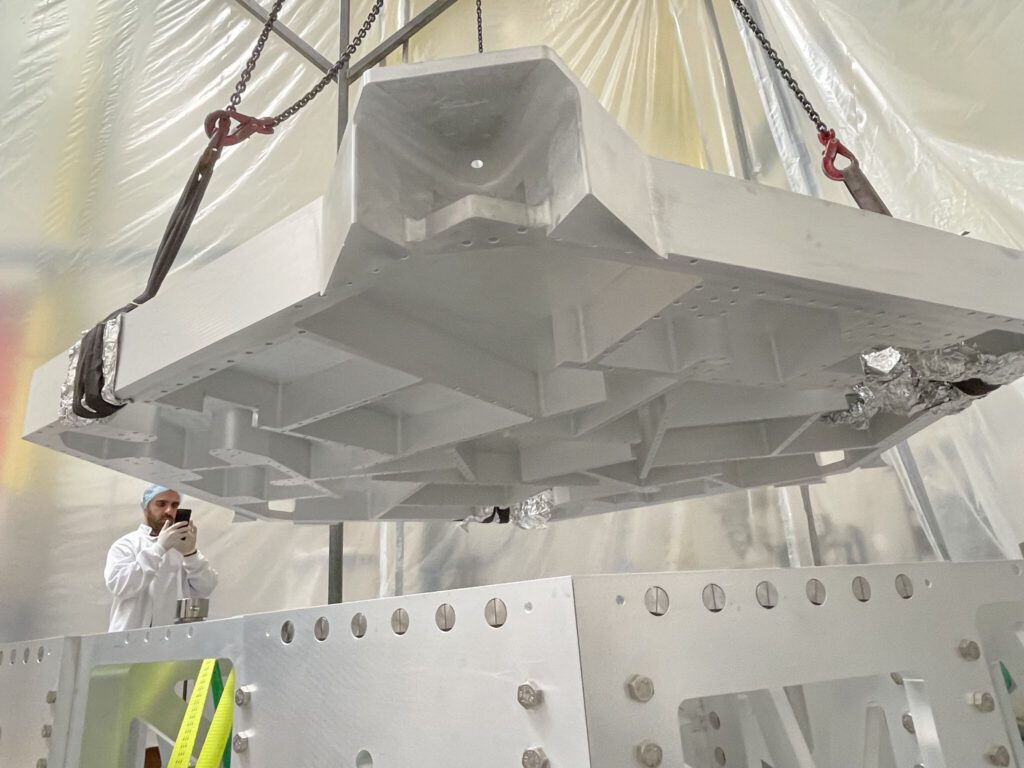
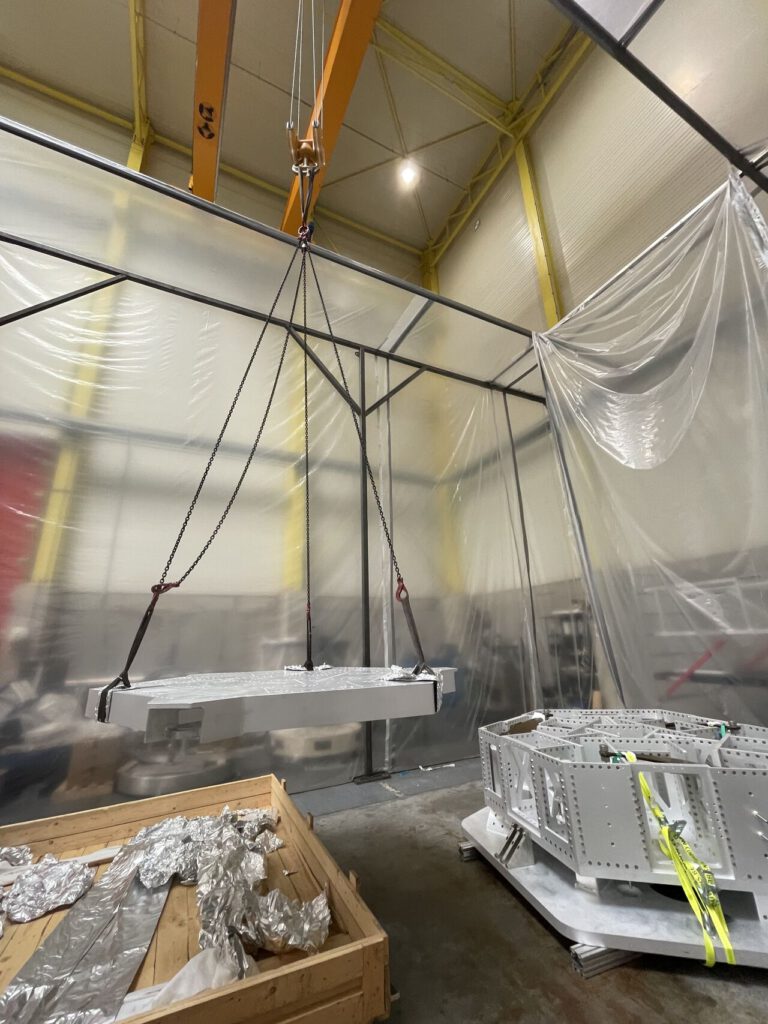
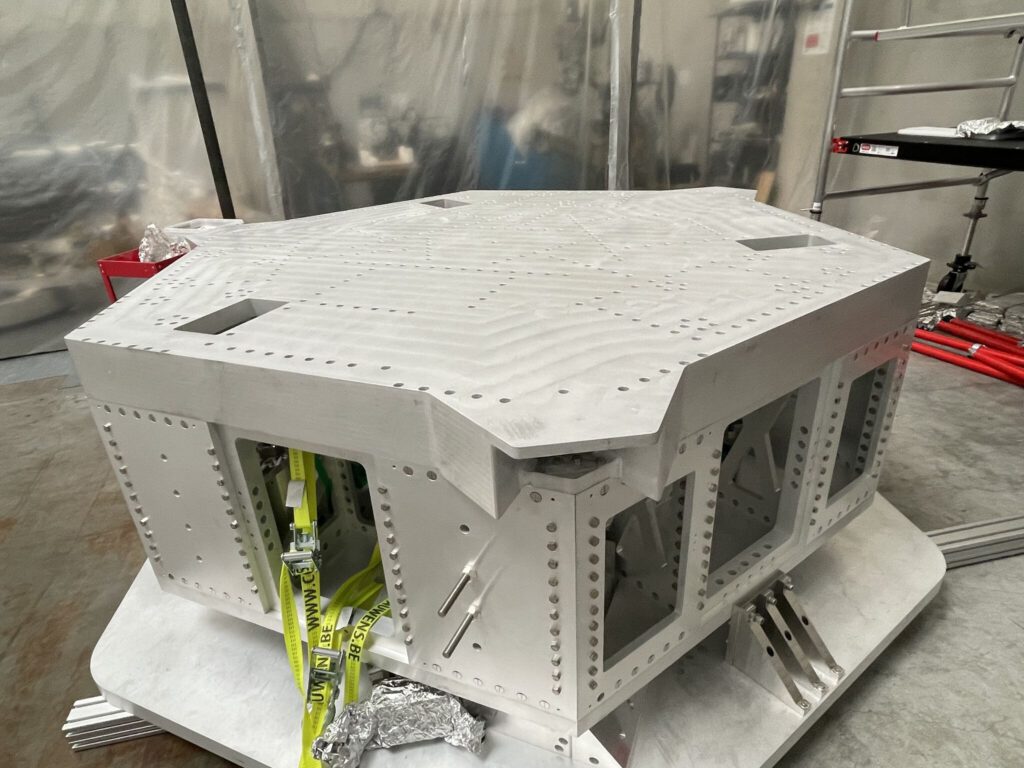
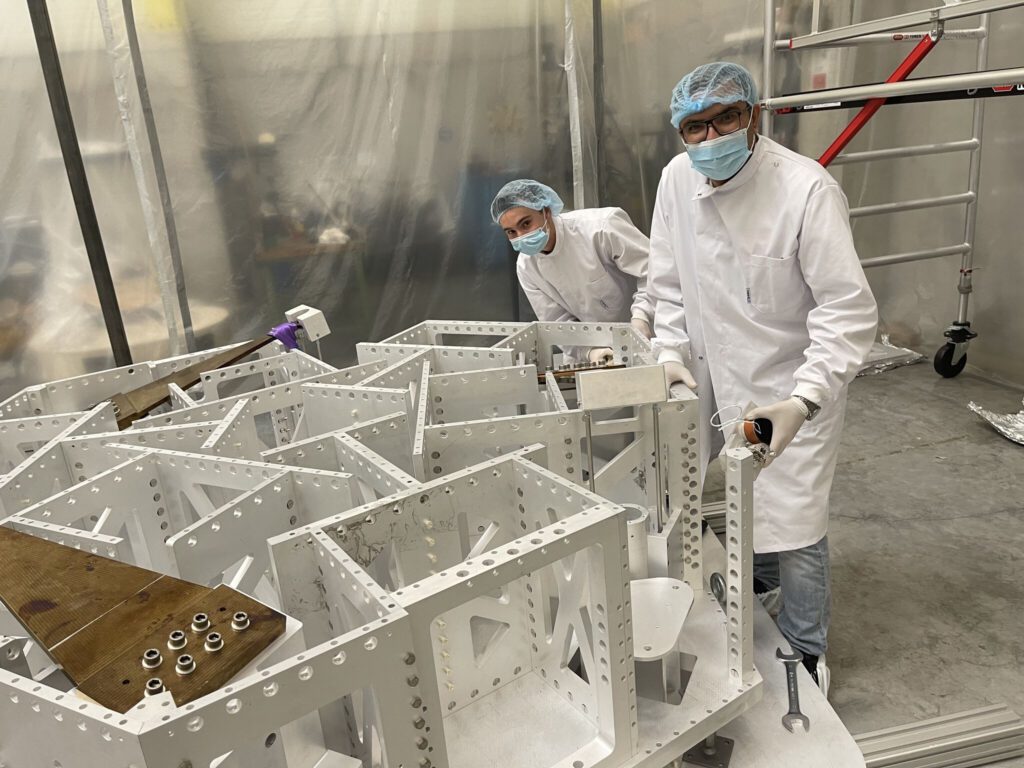
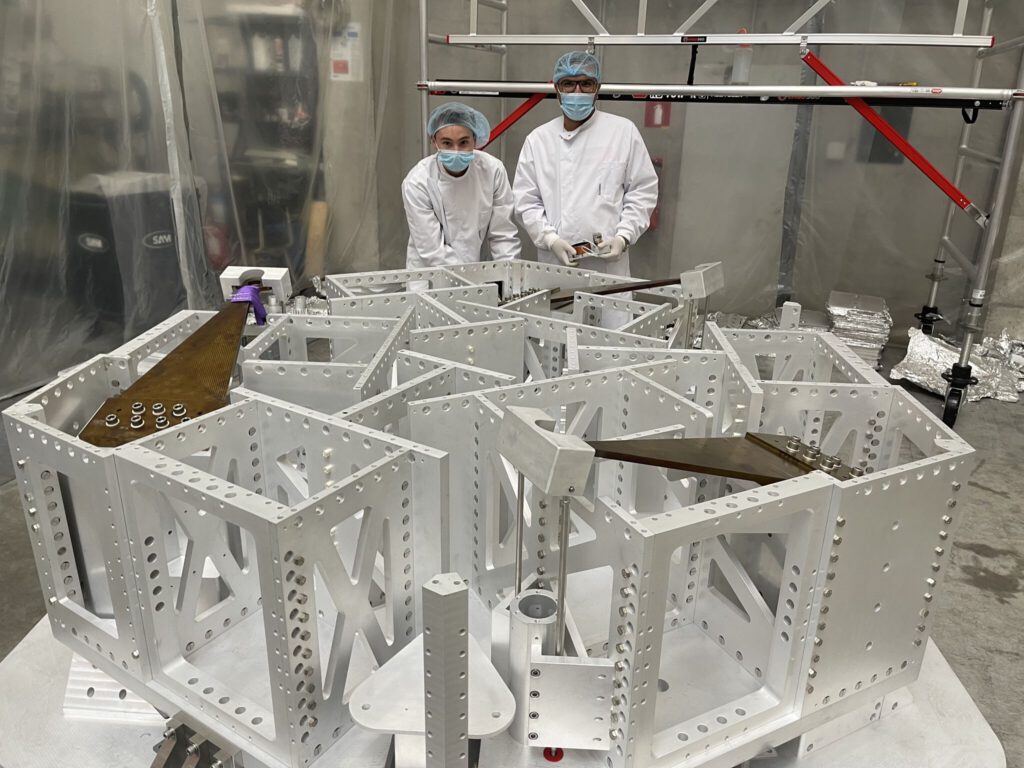
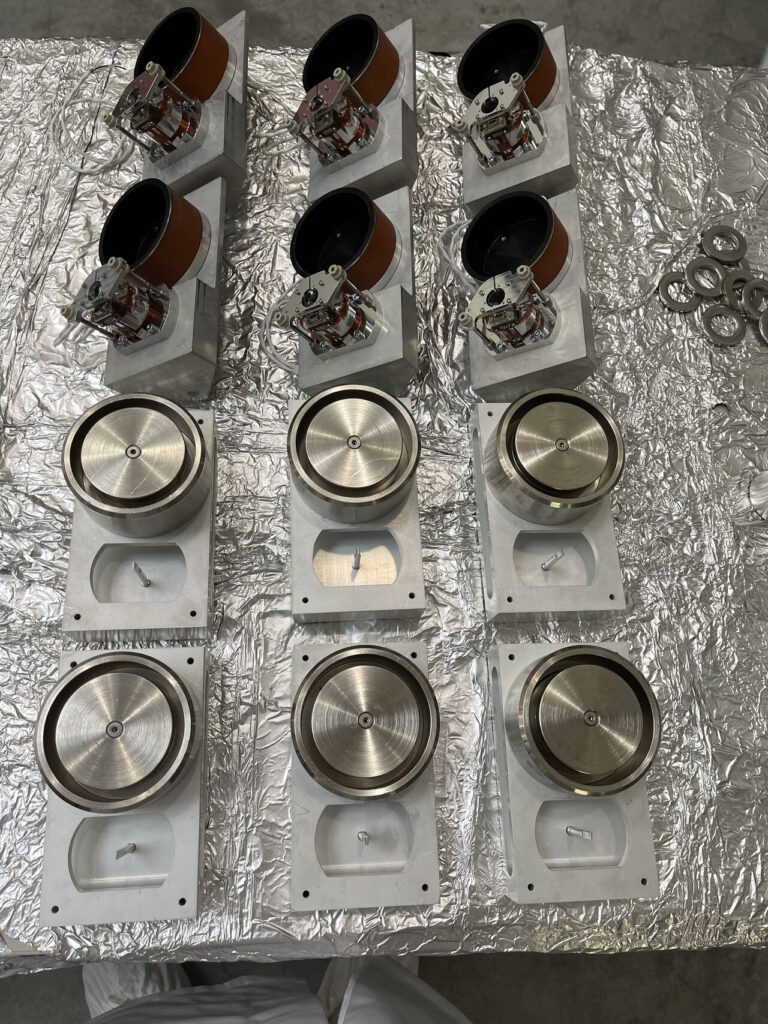
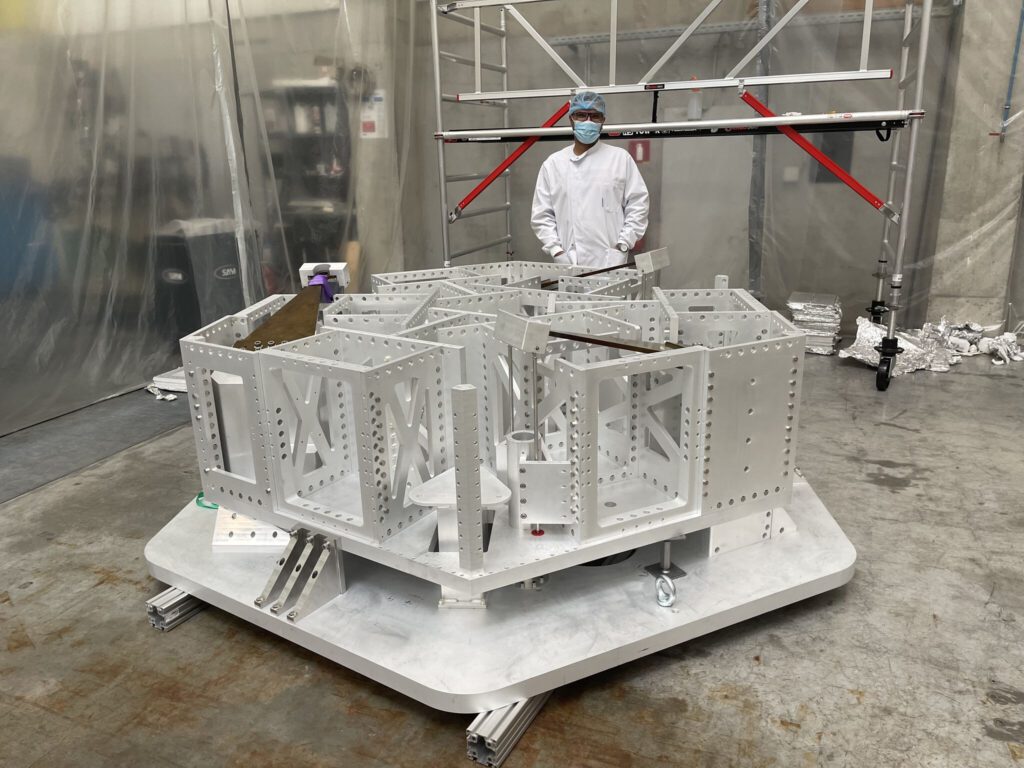
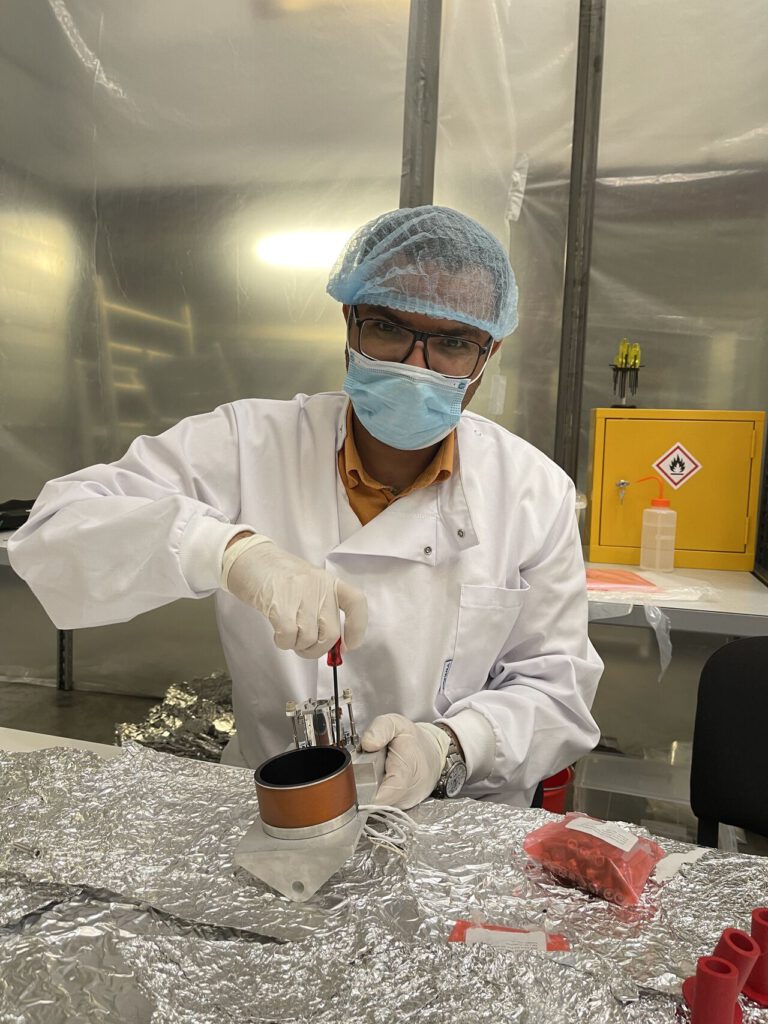
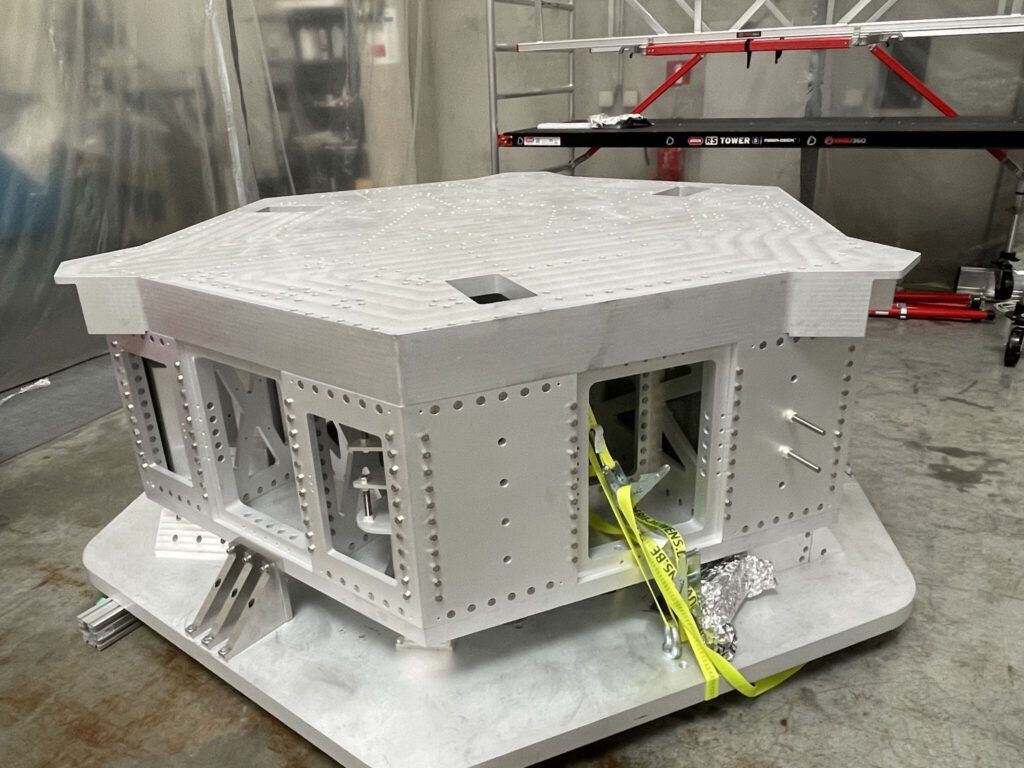
14.08.2023
Boundless Bocage Landscape and the Einstein Telescope: complementary above and below ground
Interview Ann-Sophie Debergh, project leader of the candidate landscape park Boundless Bocageland
Seven neighbouring municipalities in the Flemish Voer region, the Walloon Land of Herve and the Heuvelland in Dutch South Limburg are working together to strengthen the so-called bocage landscape. That region largely coincides with the area where the Einstein Telescope is also to be built. Can a high-tech, scientific project underground enhance the landscape above ground? Project leader Ann-Sophie Debergh of the candidate landscape park Boundless Bocageland thinks so.
What does a bocage landscape look like?
“If you look at the landscape in this border region, the similarities are immediately obvious. It is a hilly patchwork of meadows, fields, old forests, hedges, standard orchards and fast-flowing streams. Because there are still many linear elements, such as hedges, hedgerows, rows of trees and ditches, it is known as a bocage or hedgerow landscape. It is a region with characteristic church villages and many castles and abbeys, square or carré farmsteads and half-timbered houses that can be counted as part of our heritage. All this makes it an area with a unique regional identity and high landscape quality, loved by residents and visitors.”
So what does it need to be protected from?
“There are trends that affect the quality of the landscape and the liveability of the region. These do not stop at the national border. Think of the flood problem, think of the disappearance of standard orchards or hedgerows, endangered plant and animal species. The future is uncertain for local farmers, leaving few successors. And the pressure on the landscape and villages from tourism and recreation is quite strong. All this was reason enough for the Flemish municipality of Voeren, the Walloon municipalities of Dalhem, Aubel and Plombières and the municipalities of Eijsden-Margraten, Gulpen-Wittem and Vaals in the Netherlands to want to work together structurally around the landscape.”
How do you approach this?
“It does not only require the commitment of the seven municipalities and other authorities. Farmers, nature associations, tourism entrepreneurs and residents in particular also have a lot of area knowledge that governments don’t always have. That knowledge, those ideas and that enthusiasm are crucial and we want to tap into them further. We will look for solutions that create a win-win situation for more parties. With this approach, we hope to get the official status of cross-border landscape park from the Flemish government under the name ‘Boundless Bocageland’. We expect the result in September.”
How does this relate to the Einstein Telescope?
“The Einstein Telescope is scientifically and economically an important project that can mean a lot for the Euregio Meuse-Rhine. The telescope benefits from as little disruption as possible because of the noise it causes. The Boundless Bocageland is a high-quality, rural area where you can still enjoy a tranquillity that is unique in the region.
“Recognition as a landscape park would mean that this authenticity of the landscape can be preserved and enhanced. This goes hand in hand with maintaining the peace and quiet in the area. This is an important aspect of the complementarity between the two initiatives. Just because of this, the landscape park goes together perfectly with the Einstein Telescope and they reinforce each other. As a landscape park, we don’t want to put a bell jar on the landscape, but rather just combine the intrinsic qualities of the area with modern, high-tech evolutions.”
So no clashing ambitions?
“Of course there are also aspects we look at critically. If this area is allowed to host the Einstein Telescope, it will involve a construction phase of plusminus five to seven years in a fragile landscape with scattered habitation. We are therefore pleased to note that the ET in EMR project partners are very actively investigating ways to minimise the impact of this construction phase on the landscape, the environment and the inhabitants. But we can’t really comment on it until these plans are finalised. We have also been assured that the Einstein Telescope is not intended to become a major tourist attraction turning this rural area upside down. We will continue to follow it closely and have agreed with the Einstein Telescope in EMR project partners to coordinate regularly. After all, the two initiatives can reinforce each other.”

25.07.2023
Additional budget for E-TEST project granted
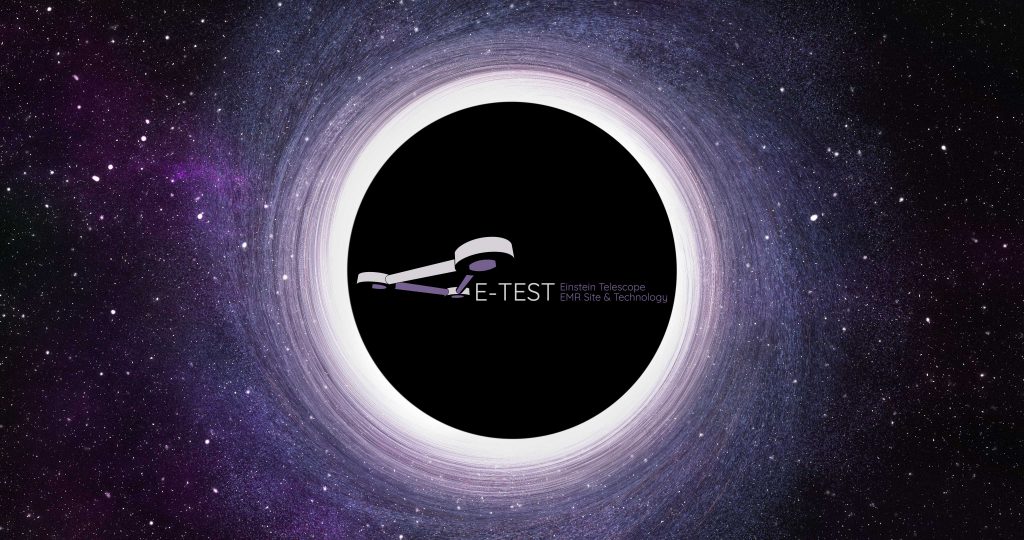
With Covid crisis, the large unseen inflation rate and supply chain issues, the E-TEST consortium had to deal with a lot of troubles and challenges since the project start on February 1st 2020. The project partners requested additional budget to overcome these challenges, to validate the mirror prototype at the CSL ULiège and to take the opportunity for enhanced geological investigations. By conducting more thorough geological testing future risks in construction costs can be mitigated.
The Interreg EMR Monitoring Committee has now approved an additional budget of 1.219.774,98 €, allowing the consortium to accomplish the foreseen goals. This additional budget will enhance the preparation of the ET site in the BE-NL-DE border region!
In the name of the whole project consortium we want to thank the Interreg EMR Programme and the co-funding regions for granting us the additional budget and showing support to our major Einstein Telescope preparatory project!
The Financiers:
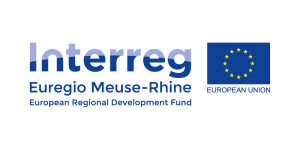
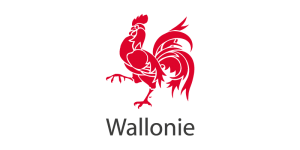
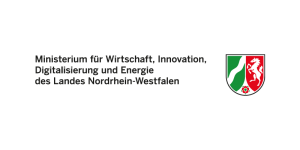
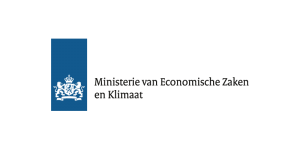
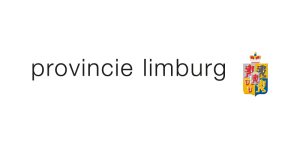
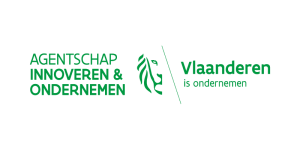
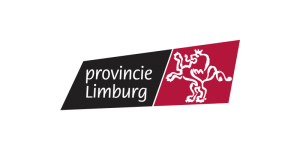
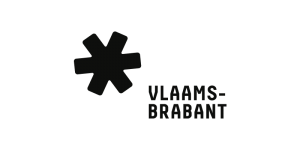
14.07.2023
Test drilling for the ET at Aubel (BE) completed
In May, the University of Liège began drilling into the ground at Aubel (Wallonia). Over the next two years, a series of provisionally about ten soil drillings combined with seismic surveys should map the exact geological composition of the subsurface within the search area of the Einstein Telescope. Those drillings will take place across the search area in Wallonia, Flanders and (Dutch) South Limburg.
The first drilling commissioned by the University of Liège was recently completed. Drilling was carried out to a depth of 250 metres. The next drilling is planned from autumn onwards. There is no exact sequence yet, partly because the results of an earlier drilling will influence the location of a subsequent drilling. Depending on the analysis of the in total ten wells, some additional drilling may be necessary. This is the first in a series of boreholes designed to determine the best location for the underground observatory. In conjunction with other studies, the Einstein Telescope project office is mapping the ground.
Programme manager Wim Walk explains the process in the following video:
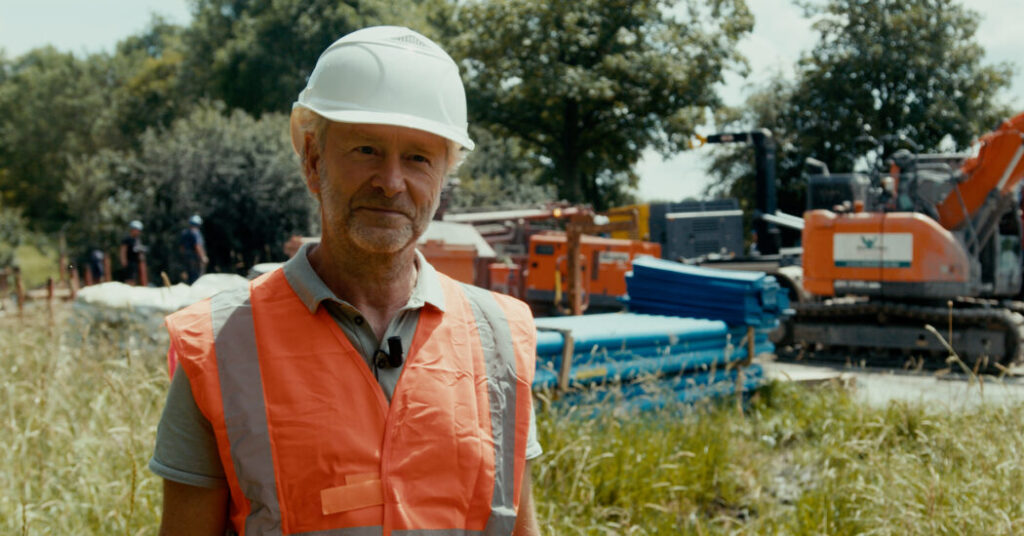
11.07.2023
25 million investment for the Liège Space Centre
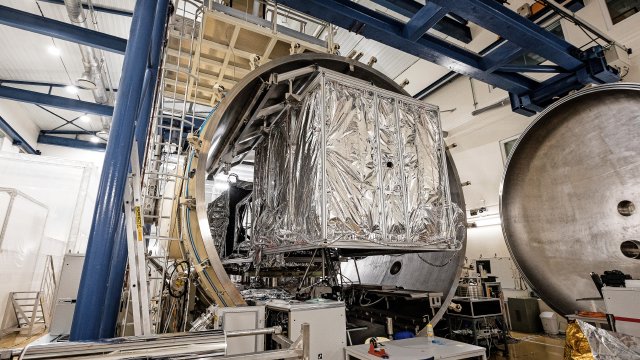
Years in the making, the project to modernise the Liège Space Centre is finally complete. But the difficulties of a subcontractor will once again weigh on the timetable.
Years in the making, the plan to develop and modernise the Liège Space Centre (CSL) is nearing completion. Last week, the board of directors of this spearhead of the space industry in Wallonia gave its agreement in principle to a €25 million investment programme financed jointly by the Walloon Region, the federal government and its own funds, while paradoxically freezing the launch of procedures.
The aim? To equip the CSL with the largest vacuum tank in Europe, enabling it to carry out optical calibrations of future spaceflight, scientific and Earth observation instruments in the ultra-cold thermal environments required (approaching absolute zero). The new instrument will be 7 metres in diameter and 12 metres deep. It will be equipped with an optical bench, a kind of table placed on a seismic slab fitted with air cushions that will filter out all external vibrations.
At present, the Centre’s largest vacuum tank is 6.5 metres in diameter. It was used for 60 days to carry out tests on the Euclid space telescope, which has just been launched into space. According to CSL officials, this was an operation that had to be carried out to the nearest centimetre, given the size of the satellite. Future missions currently under development, notably within the European Space Agency (ESA), will require even larger test equipment. The tank will be financed to the tune of 8.8 million by the Walloon Region. For its part, the federal government (Science Policy) will provide 12 million for the construction of the buildings, in particular the new ultra-clean 1,000 m2 clean room that will house the tank. The CSL and ULiège, to which the centre belongs, will provide the remainder, to which a small contribution from another funding mechanism will have to be added.
Difficult Times
This major investment has been under discussion for over four years. It has not been easy to complete, especially as the Centre has gone through some difficult times in recent years, with a management crisis and several years of losses, due in particular to the delay caused by the pandemic. To make matters worse, as with other projects, the covid crisis, inflation and the war in Ukraine caused estimates to soar. “We had to demonstrate that we had a real business plan and that this investment was necessary for CSL,” explains Christophe Grodent, the Centre’s Commercial Director and a member of the management committee that has been running the centre for almost two years. This quartet also includes Serge Habraken (Chairman), Benoît Marquet (Operations Director) and Yvan Michelson (Finance and HR Director).
Judicial reorganisation procedure
But there is one final snag, which may well add a few more months to the project. The company that responded to the call for tenders to supply the vacuum vessel, Ateliers de la Meuse, is going through a tricky phase. The Liège-based company, which specialises in the manufacture of large welded mechanical parts, has applied to the Liège company court for a judicial reorganisation procedure (PRJ). The company, which in the past supplied CSL’s other vacuum vessels, is experiencing cash flow difficulties, despite the injection of new financial resources (nearly €3 million) in July 2021. This is a paradoxical situation, given that there is no shortage of customers and orders, and the company is even looking to recruit staff.
“However, it was the only company that responded to the call for tenders”, Christophe Grodent continues. The Board of Directors therefore decided to freeze the entire procedure until the outcome of the PRJ was known, which will lead to a recapitalisation of Ateliers de la Meuse. This constraint means that orders cannot be placed for the time being, and the university has asked all the other bidders to extend their bids until the end of the PRJ.
An outgrowth of ULiège, the CSL has over the years become one of the flagships of the Belgian space sector, both in terms of research and industry, in partnership with the companies in the sector that gravitate around the University of Liège. The Space Centre, which is both a research centre and an industrial facility, has a turnover of around €18 million. It made losses on a number of occasions up until the pandemic, but is now gradually returning to profitability.
Written by Olivier Gosset
04.07.2023
New R&D scheme for high-tech companies in the Netherlands
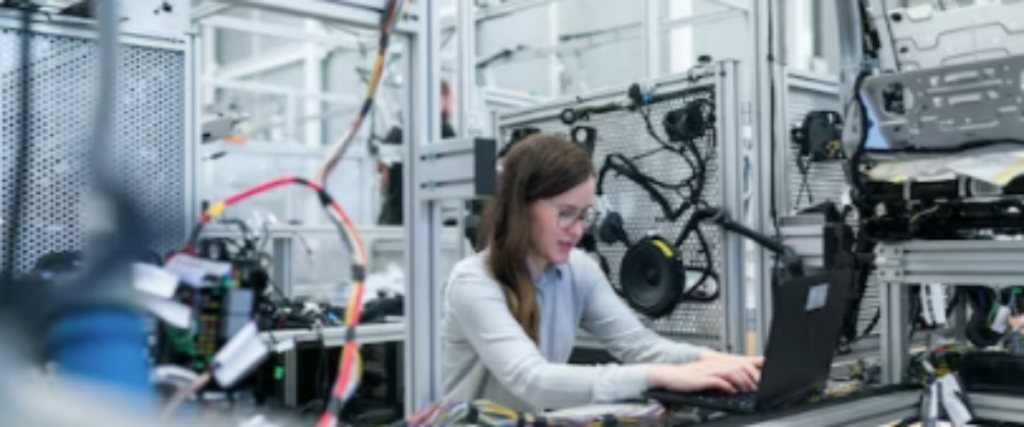
To stimulate innovation and accelerated development of new technologies for the Einstein Telescope, an R&D scheme will soon be launched for Dutch high-tech companies. €12.085 million is available for this purpose. That amount was allocated in 2022 in the second round of projects from the National Growth Fund.
Einstein Telescope valorisation programme
The scheme is part of the Einstein Telescope valorisation programme. Regional development company (ROM) LIOF is in charge nationwide, also on behalf of the Ministries of EZK (economy) and OCW (including science), Nikhef and the Province of Limburg. With three service points at the ROMs in Brabant (BOM), South Holland (InnovationQuarter) and East Netherlands (Oost NL), a national connection is sought with high-tech ecosystems around the technical universities and consortia are built together with industry and knowledge institutions.
Technology domains
The scheme will be open to partnerships around five technology domains relevant to the Einstein Telescope. These domains are: vibration-free cooling, vacuum technology, vibration damping, optics and thermal deformations.
The consortia can consist of startups and SMEs, large companies (corporates) and knowledge institutions. By collaborating with these diverse parties, the scheme hopes to promote cooperation between different players in the innovation ecosystem and accelerate the development of breakthrough technologies. The scheme also hopes to promote applications and uses in other areas and sectors.
Dutch Minister Dijkgraaf of Education, Culture and Science: “The arrival of the Einstein Telescope will provide scientific breakthroughs in how the world looks at the universe. Building an underground advanced observatory for gravitational waves also requires new technological breakthroughs. This scheme helps ensure that companies can work with research institutes and universities to develop and accelerate the necessary technology and innovation. Moreover, it helps position the Netherlands even more as an international hub of technological progress.”
Programme manager Jorg van der Meij (LIOF): “The fact that there will now be an extra stimulus specifically for Dutch high-tech companies is a very good addition to some extremely successful cross-border programmes that have already supported companies in developing innovative technologies for the Einstein Telescope. My colleagues and I think we can reach and facilitate interested companies well.”
Timing
The timeline of the scheme: general information will become available in July 2023, followed by the expected opening of the first call in autumn 2023. Interested parties are encouraged to keep an eye on the announcements and guidelines for further details. They can also contact a business developer in various regions. More info can be found at the LIOF website.
About the Einstein Telescope
The Einstein Telescope will be an advanced underground observatory for gravitational waves. The border region of the Netherlands, Belgium and Germany is an ideal location for this facility because of its tranquillity, stable soil, and strong ecosystem of knowledge institutions and high-tech companies. The location of this top facility will be announced in 2025 or 2026. European ministers are expected to decide on the location of Einstein Telescope in 2025.
About the National Growth Fund
With the National Growth Fund, the Dutch government is investing €20 billion between 2021 and 2025 in projects that will ensure long-term economic growth. These are targeted investments in two areas where there are the most opportunities for structural and sustainable economic growth: Knowledge Development and Research, and Development and Innovation. The underlying idea is that economic growth generates more income, allowing for continued investment in healthcare, education and the necessary measures to combat climate change.
Image: Einsteintelescope.nl
Written by Dewi Andoetoe
22.06.2023
Visit by ambassadors
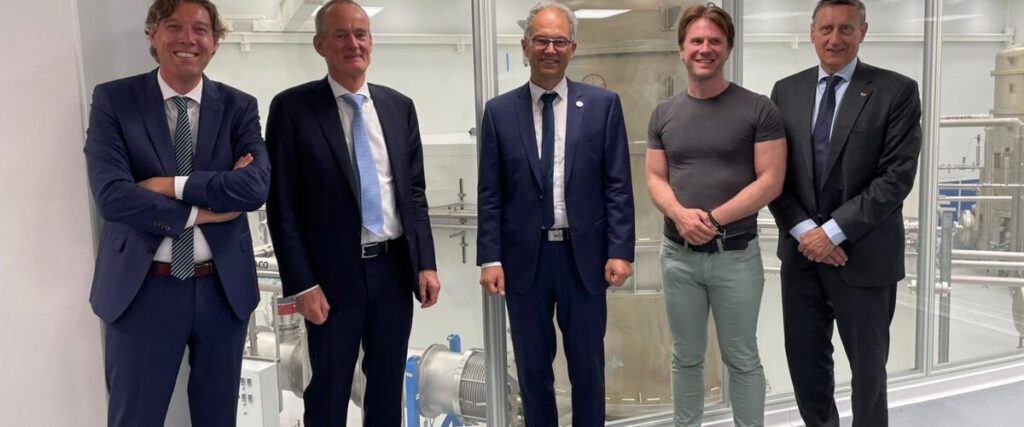
The opportunities offered by the Einstein Telescope, especially also for the Meuse-Rhine Euroregion. That was one of the themes during the visit of the German ambassador to the Netherlands and his Dutch counterpart in Germany to the Einstein Telescope project office and the ET Pathfinder.
German ambassador Cyrill Jean Nunn and the Dutch ambassador to Germany Ronald van Roeden had extensive information about this during their working visit to the border region.
University lecturer Gideon Koekoek (Maastricht University), professor Achim Stahl (RWTH Aachen) and Guido Derks (director of the Einstein Telescope project office) explained the ET Pathfinder as R&D centre for the Einstein Telescope and the telescope itself. They focused on the opportunities for this Euroregion and the importance of cooperation across borders.
Photo from left to right: Guido Derks, ambassador Ronald van Roeden, Achim Stahl, Gideon Koekoek and ambassador Cyrill Jean Nunn.
Image: Einsteintelescope.nl
Written by Dewi Andoetoe
18.06.2023
Strong interest from the Benelux Parliament
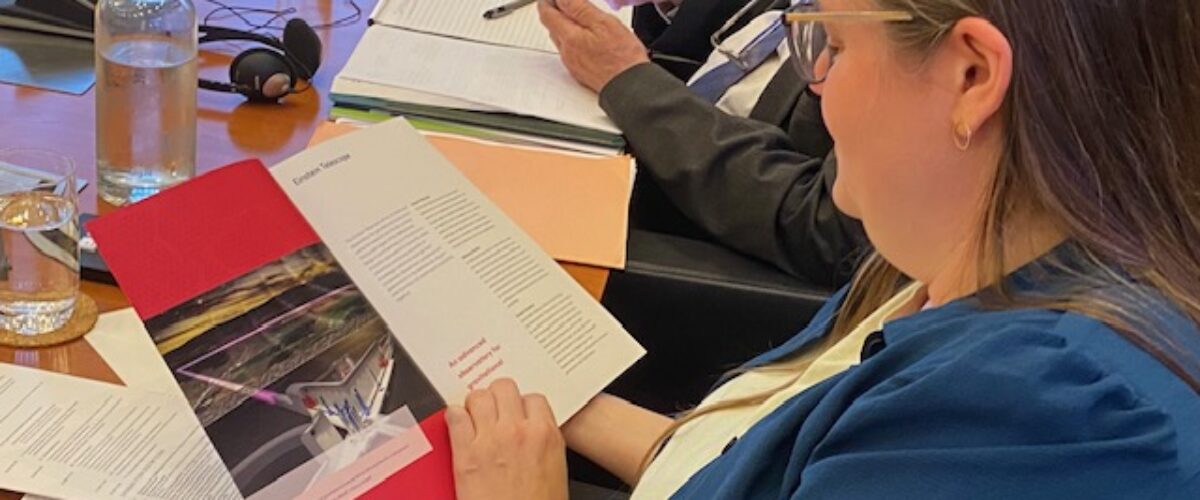
A lot of interest, enthusiasm and relevant questions. This is the best way to sum up the Benelux Parliament’s session on the Einstein Telescope.
The Benelux Parliament consists of people’s representatives from Luxembourg, Belgium and the Netherlands, who discuss, coordinate and highlight cross-border issues in their own countries. The Einstein Telescope is an example of this. It was therefore one of the topics during this parliament’s two-day meeting in Maastricht.
Guido Derks, director of the Einstein Telescope, took the politicians through the latest developments in the current feasibility phase and the steps to be taken in the coming years. Among other things, he referred to a motion passed by parliament a few years earlier endorsing support for the underground observatory. That support remains undiminished, the meeting concluded.
The politicians’ questions to Derks included the dismantling of the Einstein Telescope in 2085, construction methods, support in the area and the relationship between the underground observatory and wind turbines.
Image: Einsteintelescope.nl
Written by Dewi Andoetoe
06.06.2023
Renewed pop-up expo debuts at Nerdland
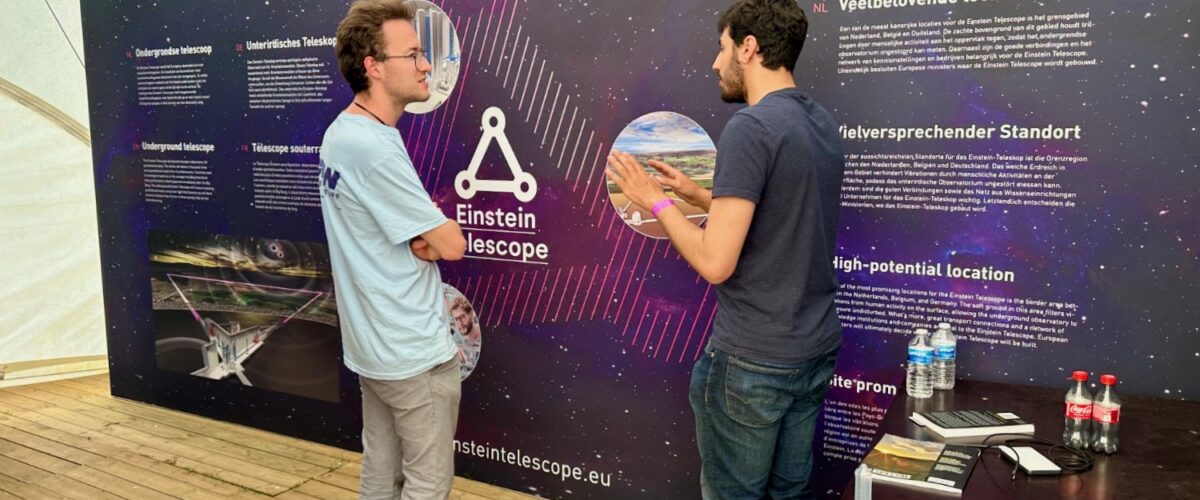
We couldn’t have wished for a better stage for the renewed pop-up expo featuring the film about the Einstein Telescope. The Nerdland Festival in the Flemish town of Wachtebeke recently had the premiere of the “pimped” and internationally updated expo. The film is dubbed in four languages and the information panels have been updated. The expo was located in the tent of the Fund for Scientific Research (FWO) Flanders.
Many of the more than 20,000 visitors had already heard about the plans to build the Einstein Telescope in the border region of Belgium, the Netherlands, and Germany, thanks to a podcast about it that was launched during the first edition of Nerdland a year earlier. Enthusiastic project staff and employees of POM Limburg provided a fresh update for the film.
The Einstein Telescope EMR project office lends the pop-up expo free of charge to organizers of events with an Einstein Telescope connection. However, transport and set-up costs are to be paid by the organisation.
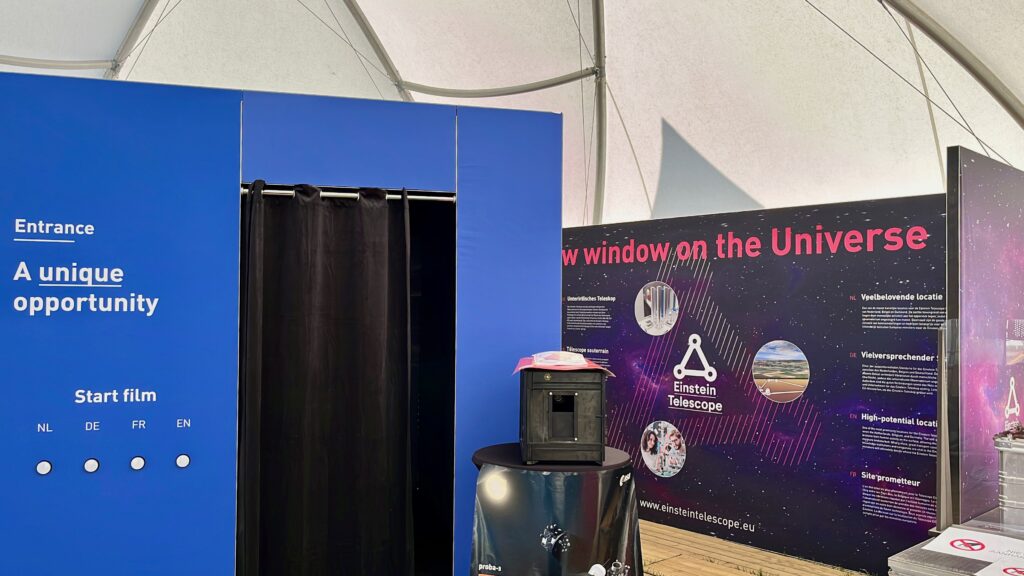
Image: Einsteintelescope.nl
Written by Dewi Andoetoe
01.06.2023
Update with municipalities on latest developments
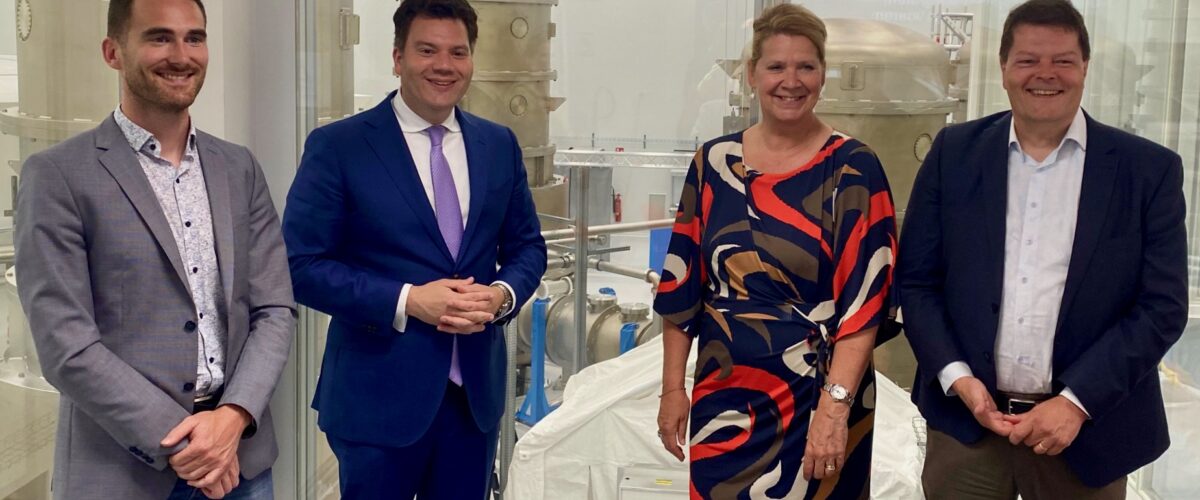
The four mayors, several aldermen, and administrative supporters from Voeren (Belgium) and on the Dutch side Eijsden-Margraten, Gulpen-Wittem, and Vaals were recently briefed on the developments surrounding the Einstein Telescope. These municipalities are located in the (Dutch-speaking) part of the search area for suitable locations for the underground observatory.
In the presentations by Guido Derks and Guid Bartholomee of the Einstein Telescope project office, it was emphasized that the investigations that will take place in the coming years will ultimately determine the feasibility of building the Einstein Telescope in the border region of the Euregio Meuse-Rhine. In addition to the suitability of the soil and numerous construction-related aspects, nature, landscape, and the environment also play a crucial role in these investigations. The discussion also covered how residents of the municipalities will be kept informed of the developments.
In the photo at the ET Pathfinder in Maastricht (from left to right) are the mayors Joris Gaens (Voeren), Alain Krijnen (Eijsden-Margraten), Nicole Ramaekers (Gulpen-Wittem), and Harry Leunessen (Vaals).
Image: Einsteintelescope.nl
Written by Dewi Andoetoe
23.05.2023
10th NRW NanoConference in Dortmund
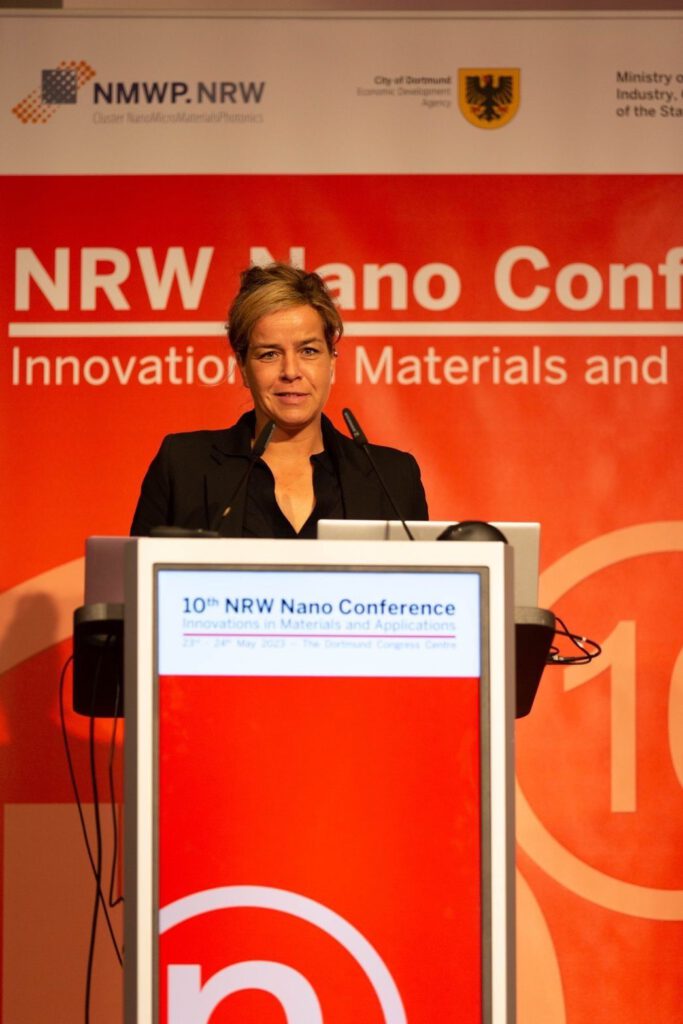
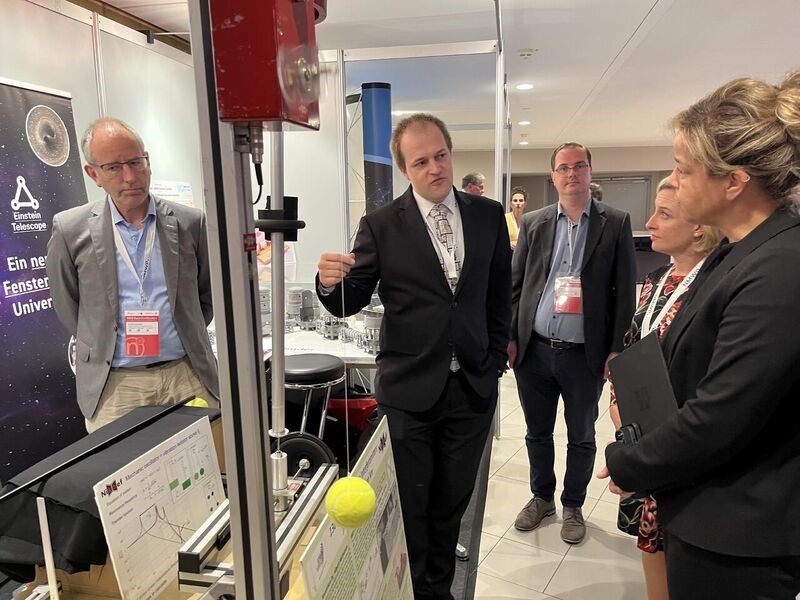
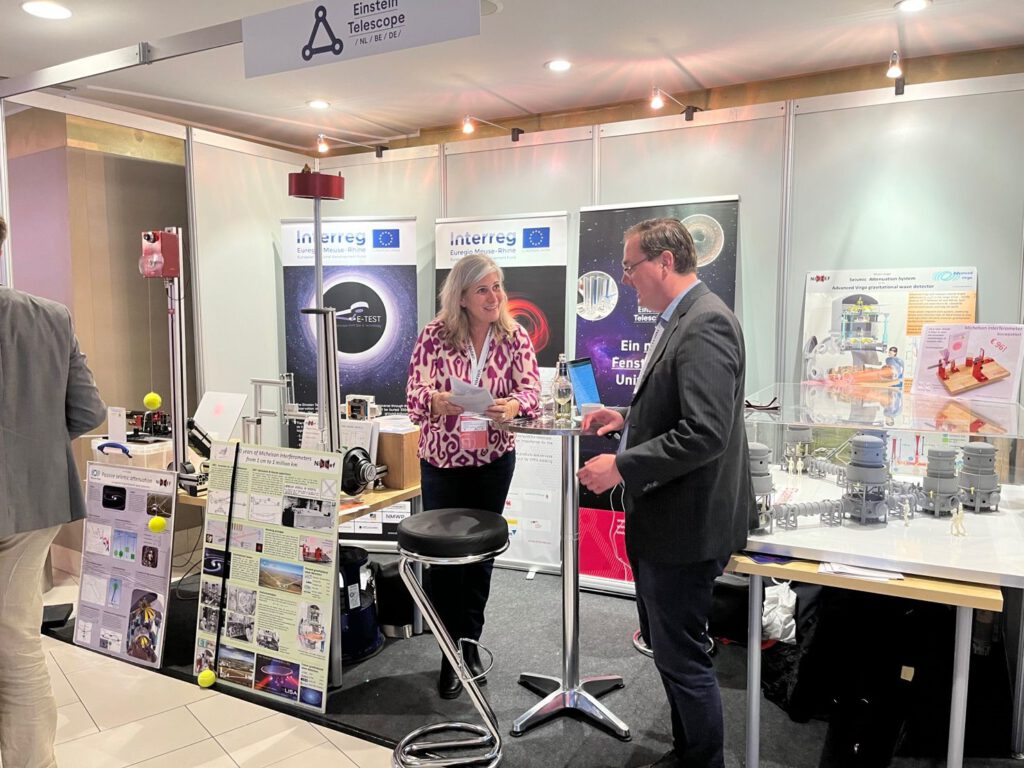
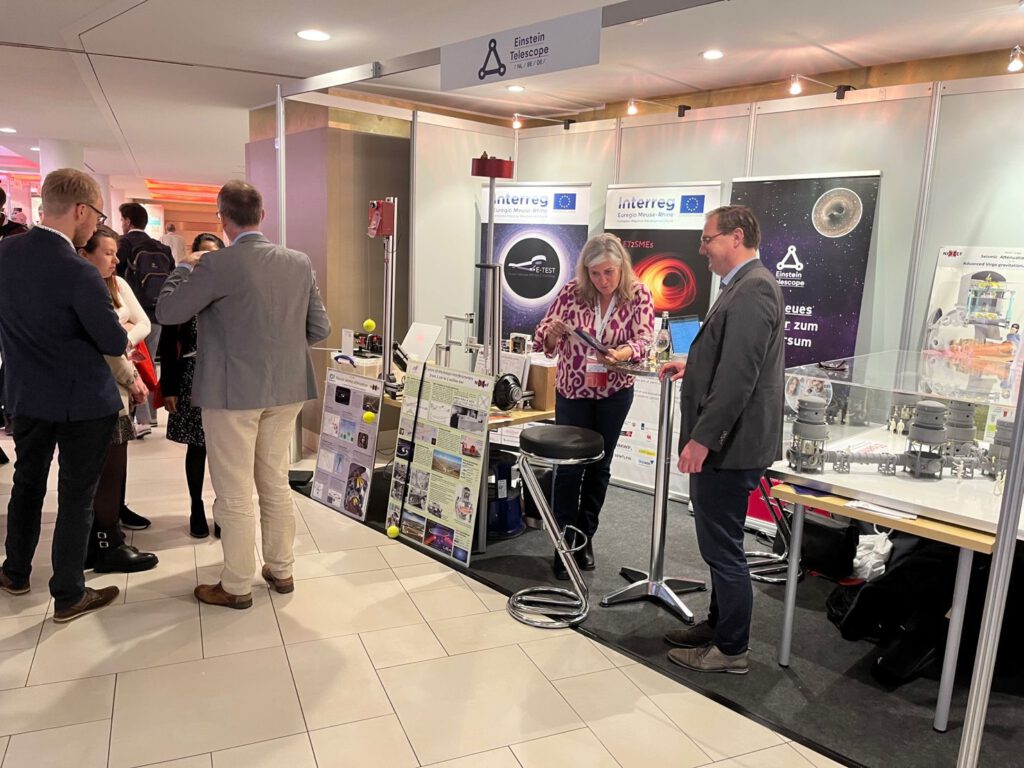
Today the 10th NRW NanoConference in Dortmund was opened by NRW Minister of Economic Affairs Mona Neubaur , Heike Marzen (Dortmund Economic Development) and Dr.-Ing. Harald Cremer (NMWP Management GmbH).
Together with Dr. Heike Riel (IBM Research) and Prof. Max Lemme (RWTH Aachen University), the exhibition was visited before the opening.
ETEST and ET2SMEs, 2 preparatory projects of the Einsteintelescope in EMR are in the place!
18.05.2023
Science, Shared students delve into explaining Einstein Telescope
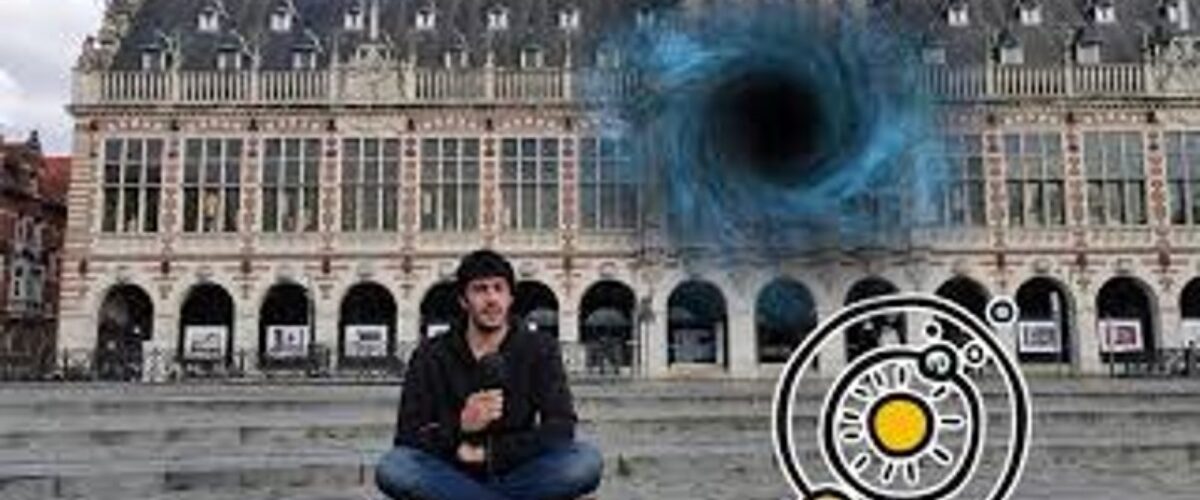
Science, complicated? Master’s students and PhD students at KU Leuven took on the challenge of explaining their subjects in a understandable explanations. The Einstein Telescope proved a popular topic.
Can we present science comprehensibly? That was the key question master students and doctoral students (PhDs) at KU Leuven recently set to work in the course ‘Science, Shared’. The course is part of the university’s Science Communication and Outreach programme.
Of all the subjects available, there was the most enthusiasm to work with the Einstein Telescope. As many as 5 of the 39 groups of students bent their minds from various perspectives on the future observatory for gravitational waves. This resulted in, among other things among other things, this beautiful video entitled ‘1 Minute Einstein Telescope’ (YouTube, English).
Written by Gieljan de Vries
15.05.2023
Einstein Telescope is must-have observatory for European astronomers
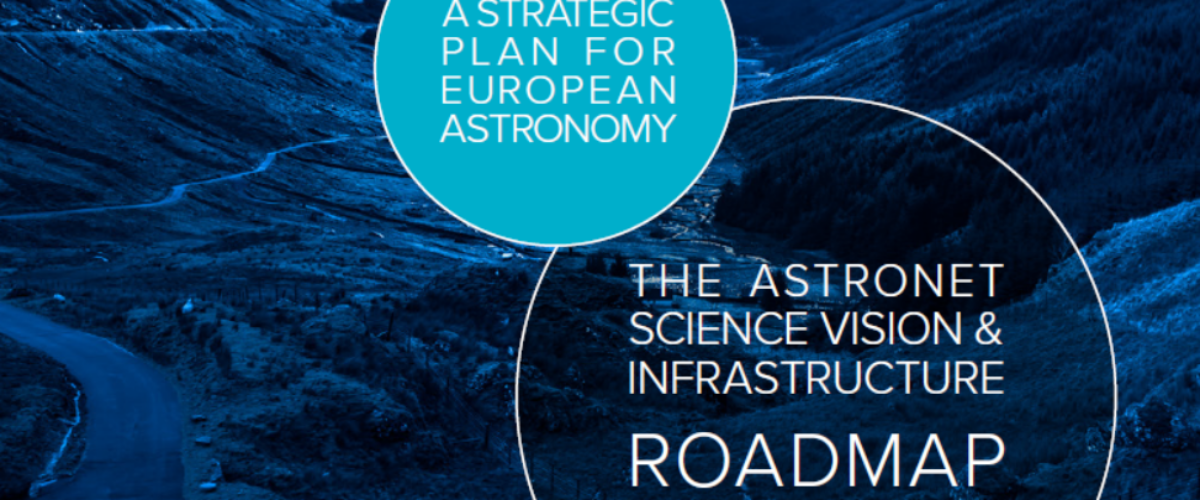
The Einstein Telescope is one of the most important research facilities to invest in for astronomy. So says the European partnership of astronomers and research funders Astronet in its new roadmap for future telescopes.
What are the big questions in astronomy and what kind of equipment is needed to answer them? To be able to see ever sharper and farther, astronomers like to plan far ahead. The European partnership Astronet recently released its new Roadmap 2022 – 2035, listing the most important research facilities to equip future astronomers with. The Einstein Telescope is prominently mentioned as an essential part of future observatories. Its inclusion in this independent roadmap underlines the importance of the Einstein Telescope for astronomy.
Extreme gravity
Gravitational waves occur during violent shock motions in the universe. Colliding black holes and neutron stars, for example, as the existing US observatory LIGO can already see. Because gravitational waves slip through normal matter without weakening, they are an ideal way to investigate phenomena that are invisible to normal telescopes.
The Einstein Telescope is expected to become operational around 2035. According to the Astronet Roadmap: “With detectors like the Einstein Telescope, we can hear compact objects colliding almost anywhere in the universe” – the remnants of massive stars such as black holes, neutron stars and white dwarfs. “Then we can reconstruct how such binary stars form and how the partners influence each other during their lifetimes.”
“The technique being developed for the Einstein Telescope and the Cosmic Explorer [counterpart in the US] will become as much as ten times more sensitive than that of their predecessors,” Astronet states in its new Roadmap. As a result, the Einstein Telescope is expected to be able to hear the rumbling of the Universe just after the big bang, and even bumps on orbiting neutron stars: “A new way to investigate how the universe works in situations of extreme gravity.”
Image: Astronet-eu.org
Written by Gieljan de Vries
13.05.2023
THREE COUNTRIES FESTIVAL
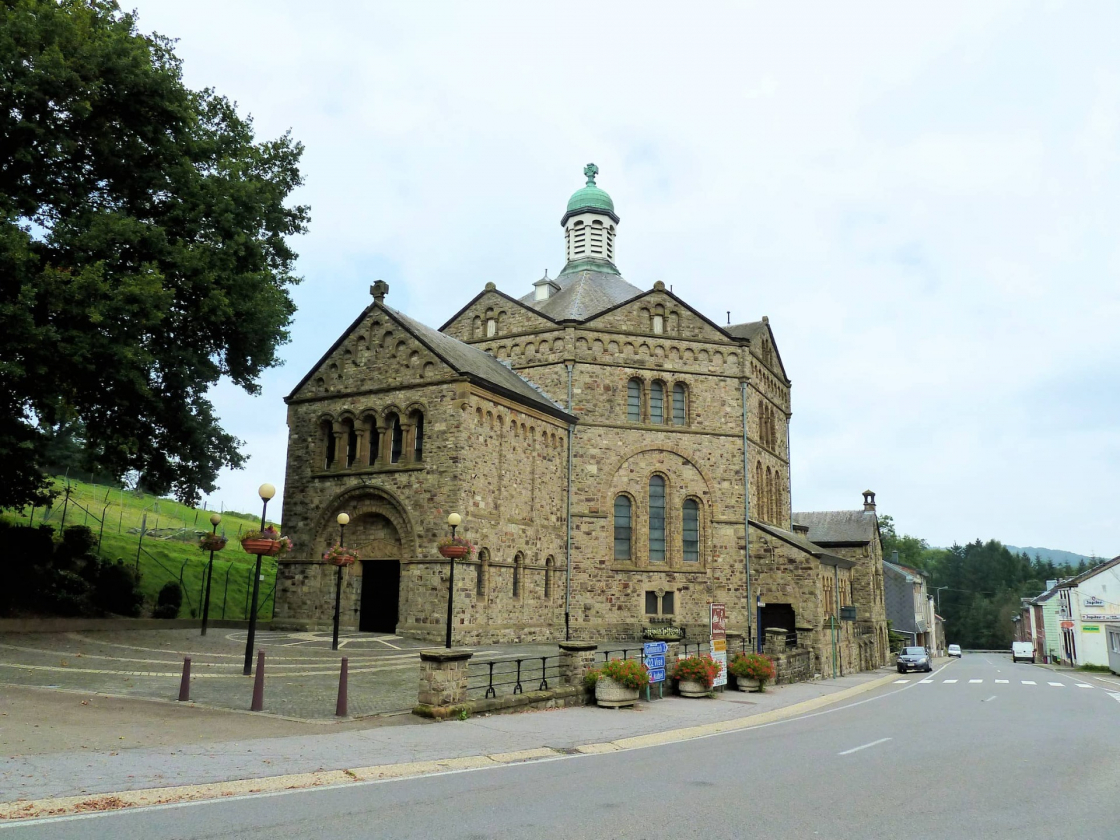
The Three Countries Festival, organised by AG Charlemagne, is a micro-project supported by the People to People 2 Fund.
As the name suggests, this festival celebrates our border triangle, our Euregio.
In addition to a fun stage programme, lots of food and drink and children’s activities, citizens from the entire border region are invited to get information about the partners, structures, networks and service providers that (co-)shape cross-border cooperation in the Euregio Meuse-Rhine.
When: 13th May 10:30 -18:00
Where (Information session): M&T Bar Rétro, Rue de l’Eglise 20 in 4850 Plombières, Belgium
(public programme): Maison du site minier Rue du Chemin de Fer 25, 4850 Plombières, Belgium
Programm: Find the programm details here.
The 2023 venue: The municipality of Plombières
The municipality of Plombières is a rural municipality in Belgium right at the border triangle. It is officially part of the French-speaking area of Belgium, but thanks to its geographical location and its history, many of its citizens speak German.
The hedgerows and meadows that run through the entire area of the “Herve Land” can also be found in Plombières.
The festival takes place on the former mining site of Plombières, which is now home to protected wetlands and rare flowers. Exhibitors and food trucks will take over the entire site on 13 May 2023.
The organisers of the festival have taken the historical heritage of the site as an opportunity to invite mining, energy and industrial museums from the Euregio Meuse-Rhine. On the “museum mile”, visitors can see for themselves the community heritage of our border region.
Plombières is also an important site for two internationally significant projects:
That’s why the organisers, together with the municipality, have decided to hold two information events on these projects before the festival.
Anyone can take part in the information events. However, citizens of the municipality of Plombières have priority. The events will be held in French.
The conferences will be held
- at the M&T Bar Rétro, Rue de l’Eglise 20 in Plombières
- from 10:30 am till 12:30 am.
1. Einstein Telescope
Annick Pierrard from the University of Liege will present the infrastructure of the Einstein Telescope:
- what is it for?
- what will be the potential inconveniences during the works?
- Will there be any inconvenience during the 50 years of its use?
In addition, Ms Pierrard will explain some points about the sustainability of the works and infrastructure and will end by presenting some preparatory projects currently underway.
If you want to get an idea of the project before the conference, then take a look at our Central Information Point.
2. Cross-border landscape park “bocage”
There is no denying it: The landscape around the three-country point in Wallonia, Flanders and the Netherlands is like two peas in a pod. Green, lush meadows, hedgerows and gentle hills dot the landscape.
In order to protect and foster this landscape, 7 border municipalities (Voeren, Aubel, Plombières, Dalhem, Eijsden-Margraten, Gulpen-Wittem and Vaals) have joined forces and answered the call of the Flemish Region to submit a candidature to become a “Landscape Park”.
The municipalities have until May 2023 to come up with a master plan on how they want to protect nature.
Ann-Sophie Debergh from the ‘Haspengouw en Voeren Regionaal Landschap’, project manager of the candidature, will explain the master plan to those present and answer questions.
08.05.2023
Dutch fund for large-scale research infrastructure supports LISA and Einstein Telescope
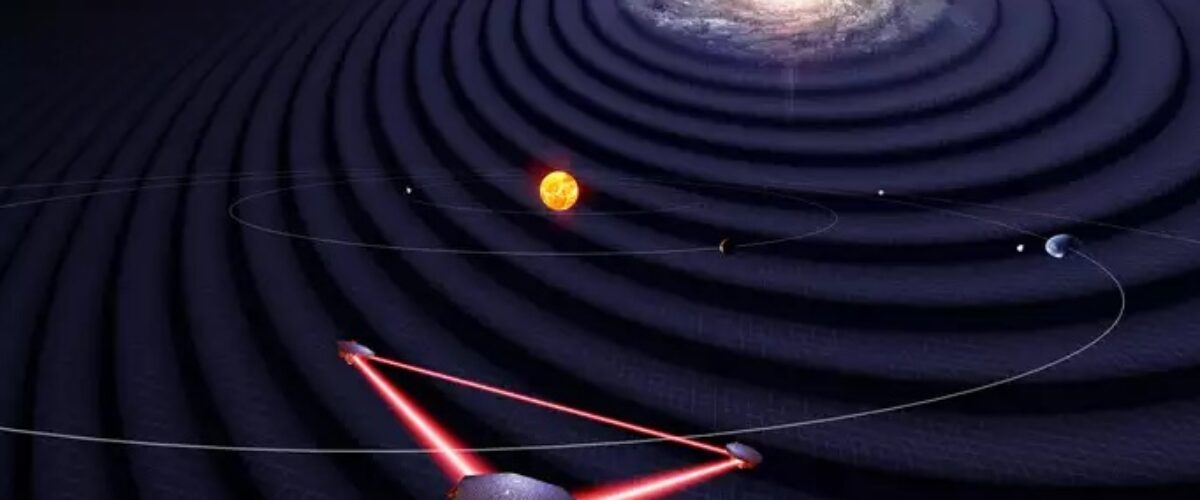
A Dutch research consortium led by SRON is getting a grant from Dutch research funder NWO to develop tech for ESA and NASA’s LISA space mission. LISA is the first space detector for gravitational waves. The Earth-based variant Einstein Telescope also benefits from the research.
“State-of-the-art scientific research facilities have an enormous attraction for (young) talent and are a boost for the strong position in Europe and in the rest of the world,” said Dutch Minister Robbert Dijkgraaf (Education, Culture and Science). Minister Dijkgraaf kicked off 9 major scientific projects on April 24, including a grant for the space project LISA.
About LISA
The Laser Interferometer Space Antenna (LISA) consists of three spacecraft that will fly around the Sun behind the Earth starting in 2035. By continuously measuring their mutual distances with laser beams, they detect gravitational waves. In space, LISA can extend its arms up to 2.5 million kilometers, detecting longer wavelengths than ground-based detectors.
As consortium leader, SRON will work with Nikhef, Radboud, Leiden University, UvA, Utrecht University, TNO, Maastricht University and RUG to build the photodiodes (LISA’s “eyes”), software, the targeting mechanism and associated readout electronics.
Development valuable for Einstein Telescope
While developing the necessary technology for LISA’s three laser-connected satellites, the institutes involved are also gaining knowledge and skills that are useful for the development of the current test-and-development laboratory ET Pathfinder and the future Einstein Telescope. This includes, for example, mechatronics, semiconductor technology and low-noise electronics.
NWO awarded the 12 million Euro grant as part of the National Roadmap Large-Scale Scientific Infrastructure. Nine proposals were approved in this round.
Image: artistic impression of ESA and NASA’s LISA space mission.
Credit: University of Florida / Simon Barke (CC BY 4.0)
Written by Gieljan de Vries
03.05.2023
Learning all about the Einstein Telescope
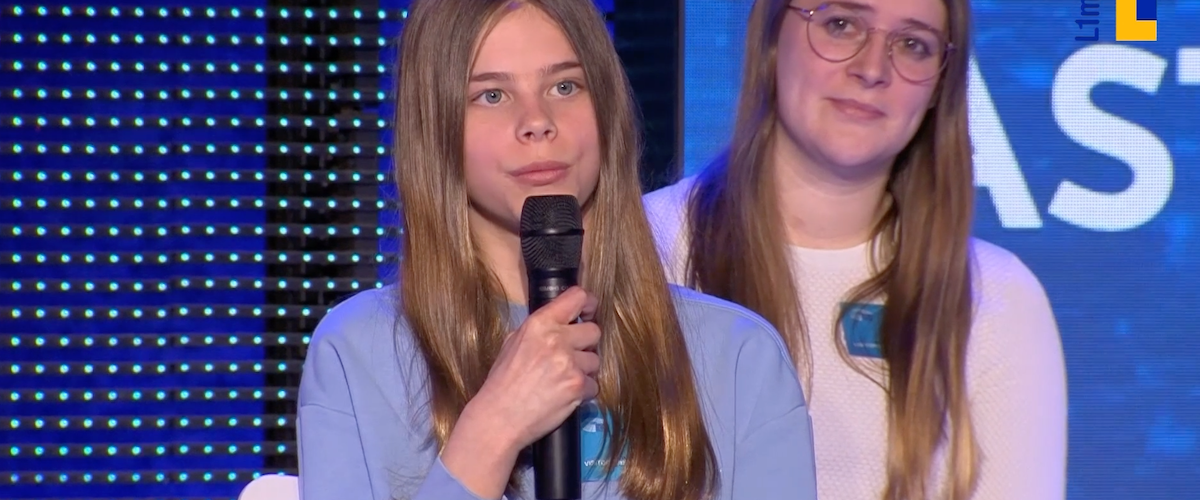
There is also great interest in the Einstein Telescope among young people. Some are interested in the scientific aspects of the underground observatory, others want to know all about its construction while and number three sees themselves working here in 10 years’ time as data analysts, maintenance engineers or physicists.
Pupils from Keerkring primary school in Cadier en Keer were recently guests of L1 at the European Parliament in Brussels. The Einstein Telescope was one of the topics on their programme. Physicist Gideon Koekoek of Maastricht University travelled with them to explain to the pupils what the Einstein Telescope is and how the device to measure gravitational waves works. And above all: what interesting opportunities will there soon be for kids who are still in primary school? Curiosity and enthusiasm were high. And not only from this group of Cadier en Keer pupils. Dutch MEP Jeroen Lenaers also wanted to know more about the Einstein Telescope.
This video (in Dutch) is a compilation of the entire broadcast with other topics, for which thanks to L1 for making the film material available:
Image: Einsteintelescope.nl
Written by Dewi Andoetoe
19.04.2023
ERT measurement maps soil composition
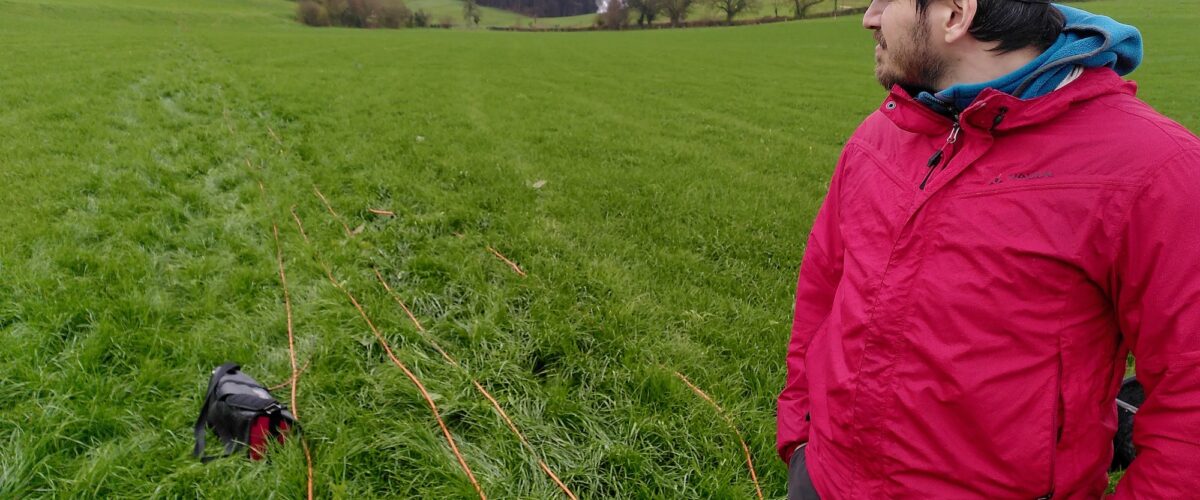
A stable ground is one of the most important prerequisites for building the Einstein Telescope. The soft cushioning upper layer and a hard lower layer are excellent starting points for this. That is not enough for the geologists at the Einstein Telescope project office. They want to know more about the soil to ultimately come up with good proposals for the vertices of the final triangle of the underground observatory.
A Electrical Resistivity Tomography measurement (ERT) is one of the tools for this purpose. That is a geo-electric measurement to get an impression of the soil structure down to a depth of about 100 metres. This provides a more accurate picture of the rock layers and any fractures in them.
In Sint Pieters Voeren (municipality of Voeren, Belgian Limburg), scientists from the universities of Liège and Leuven carried out such an ERT measurement for several days in April. This is done by rolling out a 5-millimetre-thick cable over several hundred metres across a field. Electrodes, similar to tent pegs, are attached to the cable every five metres. These electrodes are then connected to a battery and a field computer. With this cable, a very weak electric field is generated in the soil for an hour during the measurement.
The results of this ERT measurement will be analysed in the near future.
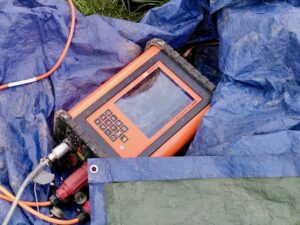
Image: Einsteintelescope.nl
Written by Dewi Andoetoe
18.04.2023
5th ET Industrial Advisory Board Meeting
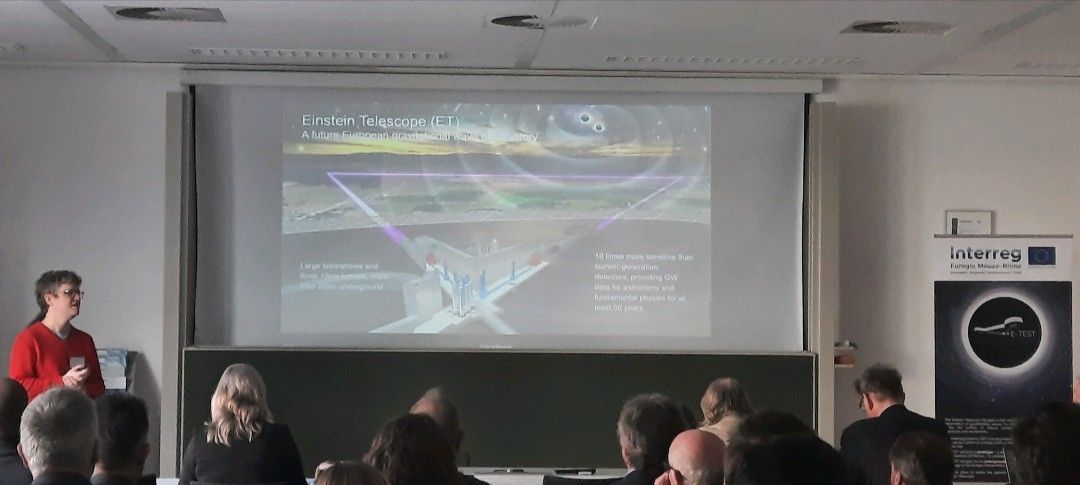
Today was held the 5th EinsteinTelescope Industrial Advisory Board Meeting at the Fraunhofer Institute for Lasertechnology (ILT) in Aachen DE.
We had the pleasure to welcome 90 SMEs, large companies, business development agencies, and scientists from all Euregio Meuse-Rhine. We shared the latest achievements of the current Einstein Telescope preparatory projects ETEST, ETpathfinder & ET2SMEs as well as the new collaborative projects under submission such as CRISTAL which would consolidate the collaboration between Research & Business.
The 3 afternoon workshops focused on crucial themes to the success of the ET project: technology transfer/technological valorisation, geological studies and sustainability in all its aspects.
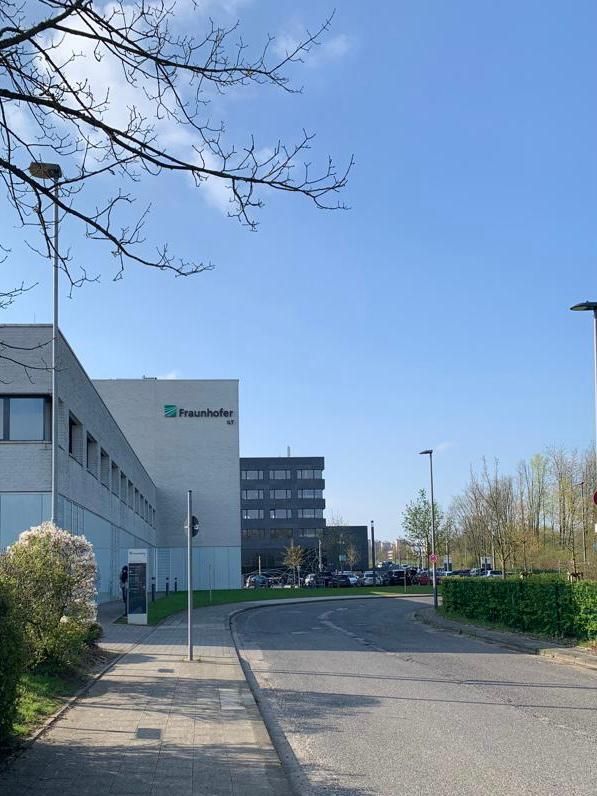
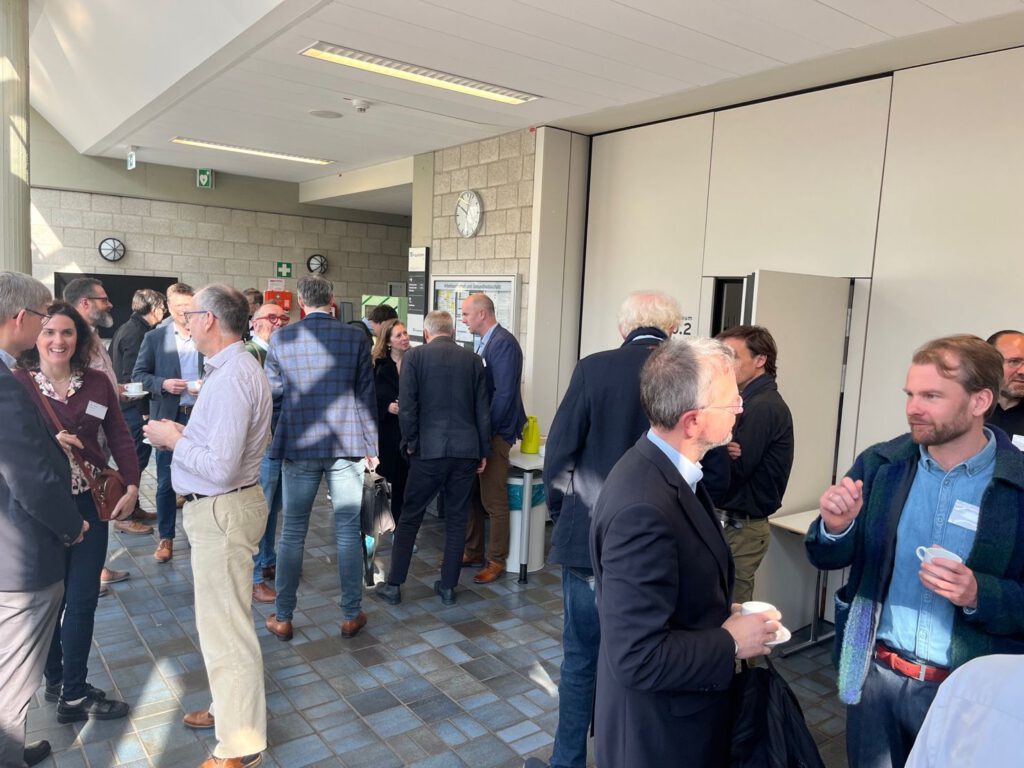
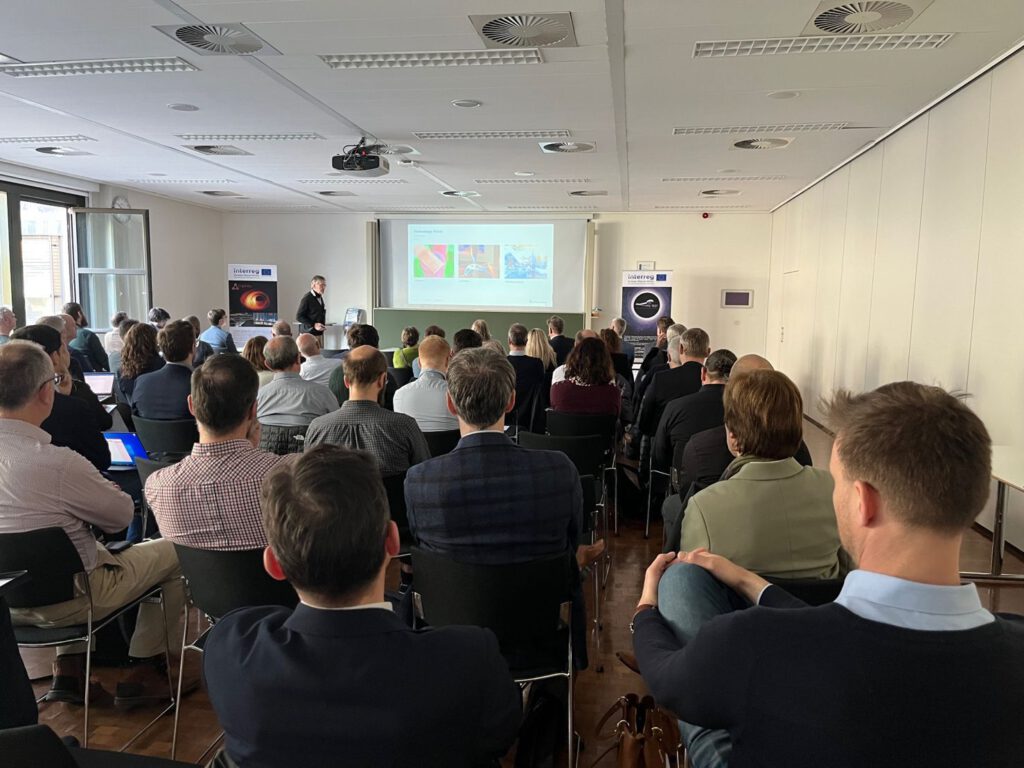
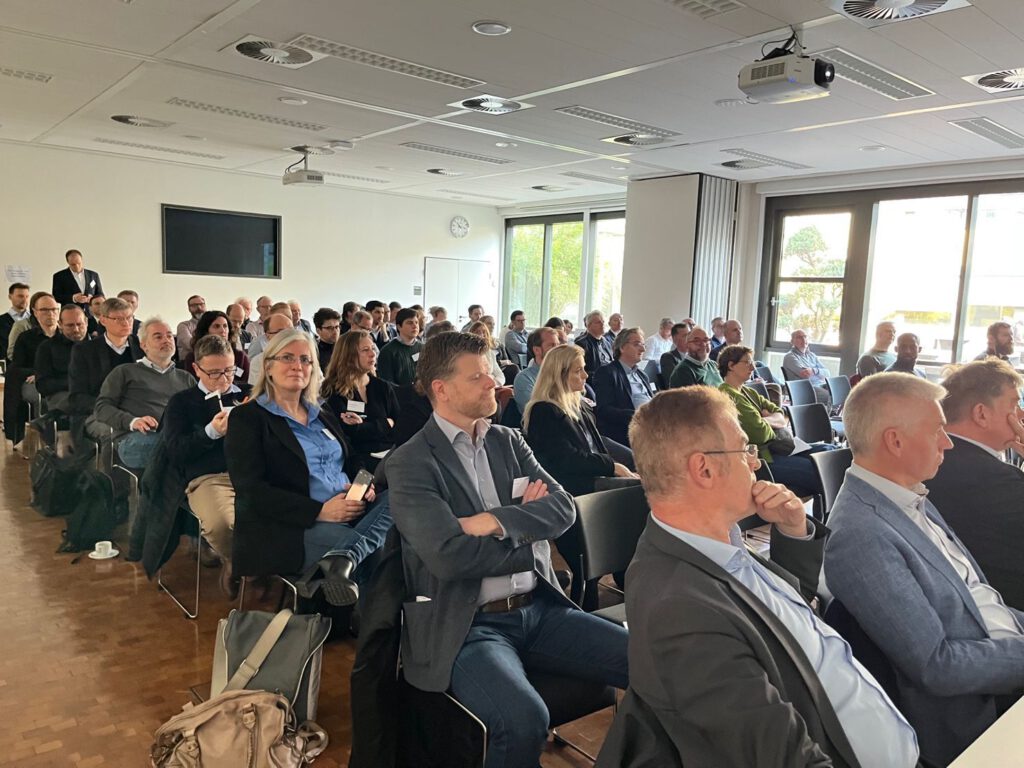
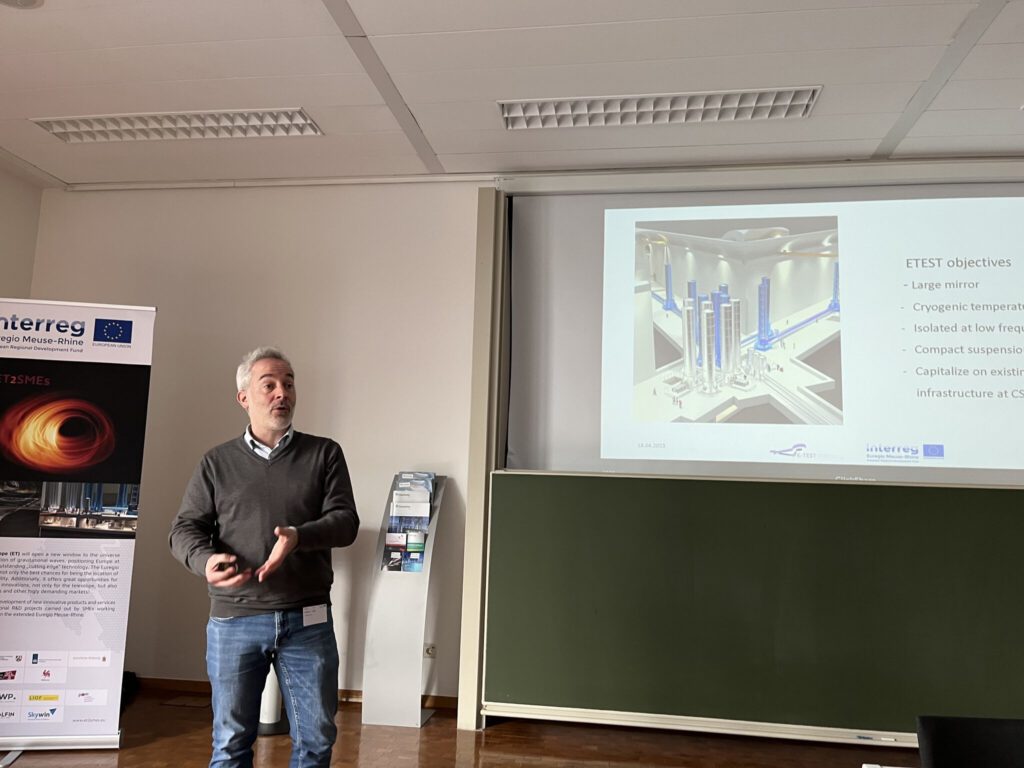
ET Industrial Advisory Board Meeting
on 18 April 2023
at the Fraunhofer Institute for Lasertechnology (ILT) in Aachen!
Agenda and registration: https://www.etest-emr.eu/industrial-advisory-board-iab/
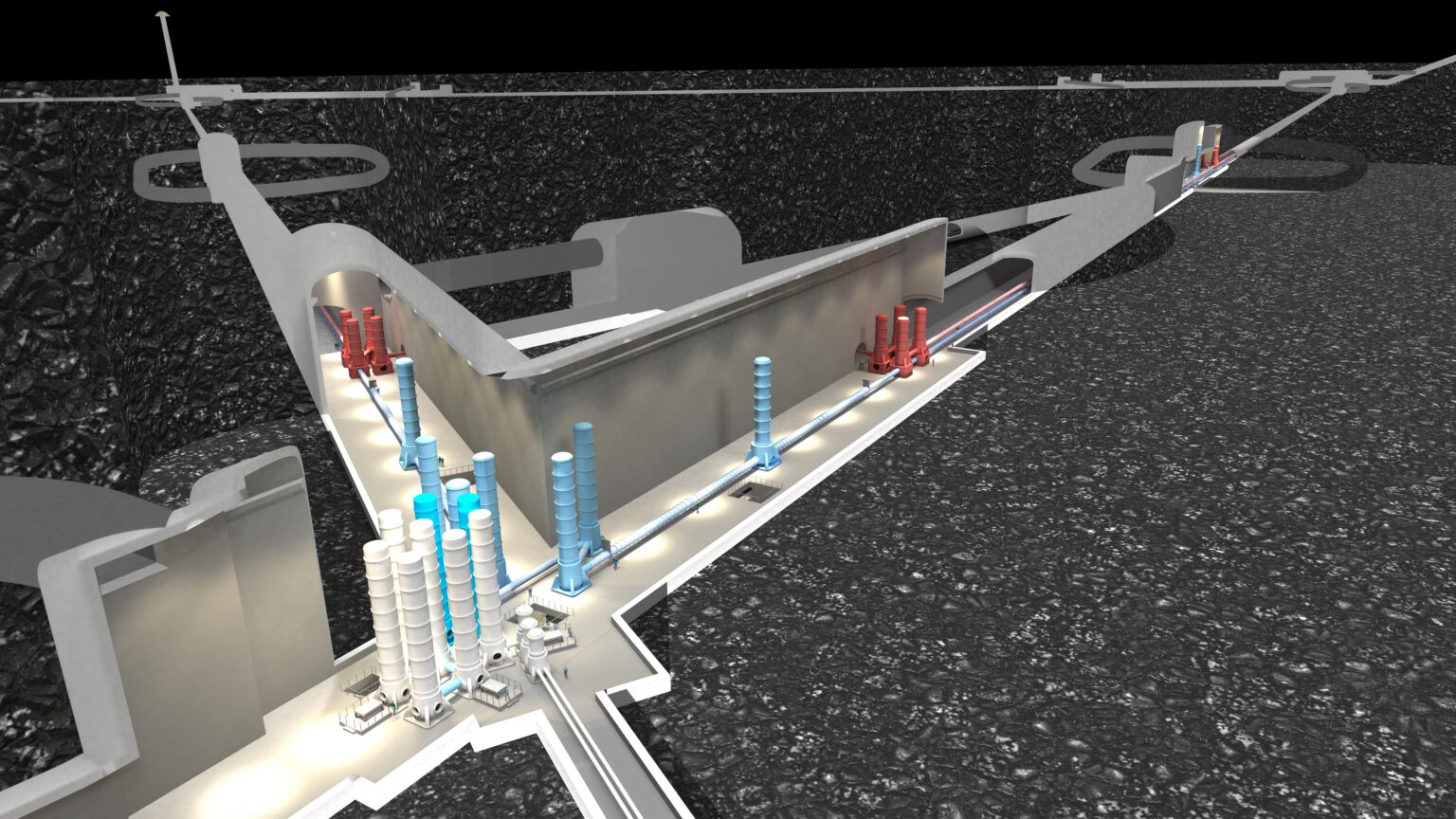
03.04.2023
Belgian Council of State scraps Dalhem wind turbines for Einstein Telescope
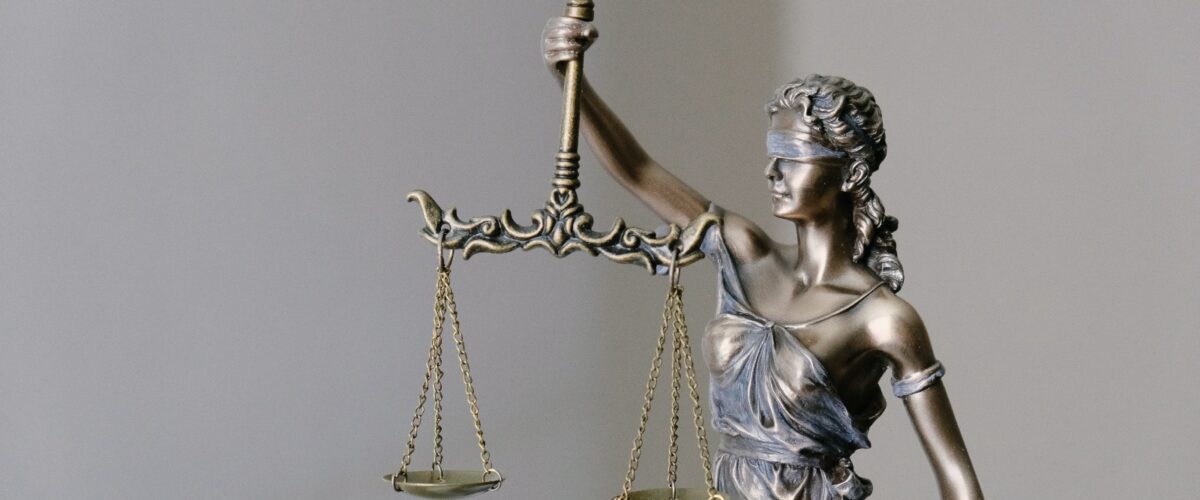
On Wednesday 29 March, the Belgian Council of State scrapped the permit for six wind turbines yet to be built in the Walloon municipality of Dalhem. That municipality lies in the search and protection area where the Einstein Telescope could be built.
Objections to the proposed construction had been lodged by the Flemish government, the Flemish municipality of Voeren and the University of Liège, among others, seeking to prevent additional ground noise due to new wind turbines. This is undesirable for the Einstein Telescope plans. The telescope works optimally when the soil is as noise-free as possible.
Late last year, for the same reason, the Provincial Council of the Dutch province of Limburg almost unanimously agreed to the proposal not to allow any wind turbine initiatives in the Dutch search and protection area of the Einstein Telescope.
Image: Einsteintelescope.nl
Written by Gieljan de Vries
13.03.2023
Vice-President European Commission Frans Timmermans: “Euregio Meuse-Rhine has excellent opportunity with the Einstein Telescope”
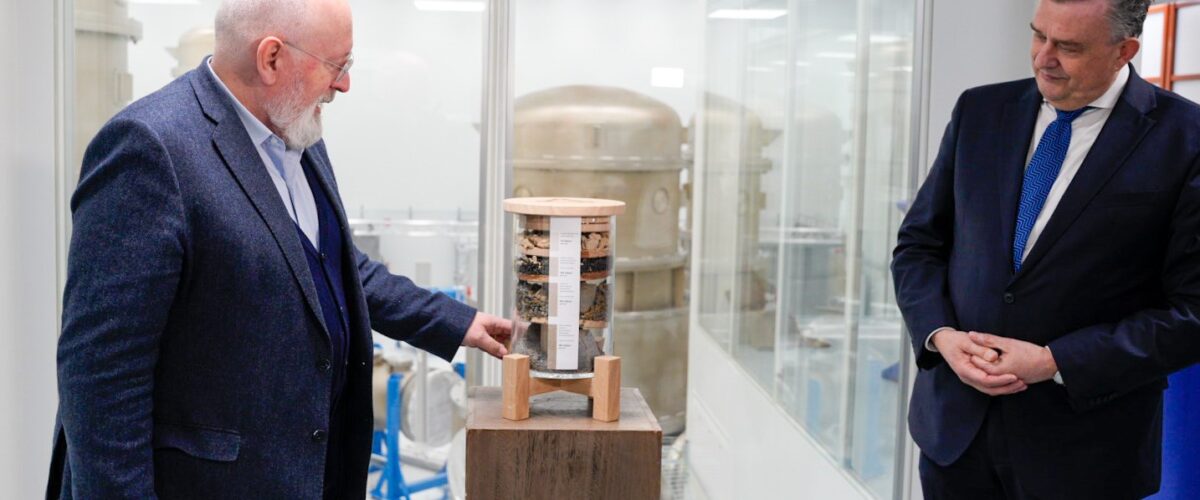
“With the Einstein Telescope, Dutch Limburg and this Euregio Meuse-Rhine have gold in their hands. The facilities and the environment for scientists here are excellent and the infrastructure is good. I am very impressed with the Einstein Telescope and will support this region from Europe. There is global demand for this technology. Even the ETpathfinder is already a unique piece of science worldwide.”
With that statement, European Commission First Vice-President Frans Timmermans concluded his visit to the Einstein Telescope test facility ETpathfinder and the Dutch project office for Einstein Telescope on Friday 10 March. Frans Timmermans was among the guests in Maastricht at the invitation of the Dutch Province of Limburg. Here, he was updated on the status and planning of the telescope and guests were given an explanation about the ETpathfinder.
Perspective for future generations
Director Guido Derks of the Dutch project office for Einstein Telescope used the map of the Euregio Meuse-Rhine to show how much this is an international, cross-border initiative, where Belgium, the Netherlands and Germany must jointly come up with a convincing bid book. He also pointed out that the Einstein Telescope is not only of great scientific value, but also provides prospects for future generations in economic and social terms. In addition, Derks said he hopes that even more European countries will join the Einstein Telescope initiative. Any attention to this from the European Commission could help, Frans Timmermans was told.
Magic of gravitational wave research
Stefan Hild, professor of experimental physics at Maastricht University and project leader of the ET Pathfinder, spoke about the ‘magic’ of gravitational wave research and its importance for science. He outlined how the research work for the test stand ET Pathfinder is laying a solid foundation for the Einstein Telescope. Meanwhile, 25 universities from seven countries are collaborating within the ET Pathfinder. There is also a lot of interest from Japan and the United States.
Using examples, PhD student Zeb van Ranst illustrated that, in the future, the Einstein Telescope will yield new technologies that can also be used outside the scientific field.
Mementos from the soil
Frans Timmermans, who hails from Heerlen in Dutch Limburg, was given an original memento to take back to Brussels when he bid farewell to Governor Emile Roemer of the Dutch province: a bell jar containing a cross-section of the region’s soil structure. Geologist Bjorn Vink, who works from Nikhef for the Einstein Telescope project office, had compiled this regional ‘cocktail’ of soil samples taken from previous drilling to a depth of 251 metres at Terziet and Cottessen.
Flanders visiting
Later in the day, a Flemish delegation was a guest at the Einstein Telescope project office. At the invitation of Dutch deputy Stephan Satijn, Belgian-Limburg governor Jos Lantmeesters, vice-rector Ken Haenen of Hasselt University and director Noel Slangen of POM-Limburg, among others, had come to Maastricht. Again, director Guido Derks explained the cross-border cooperation, which is the basis for presenting a strong bid book in a few years’ time. He mentioned the economic and social opportunities that the arrival of the Einstein Telescope will bring. University lecturer Gideon Koekoek of Maastricht University took the company into that magical world of scientific opportunities and challenges.
Image: Province of Limburg / Aron Nijs
Written by Gieljan de Vries
08.03.2023
Ministre Willy Borsus has now involved GRE-Liège in the political coordination of the Einstein telescope for Wallonia.
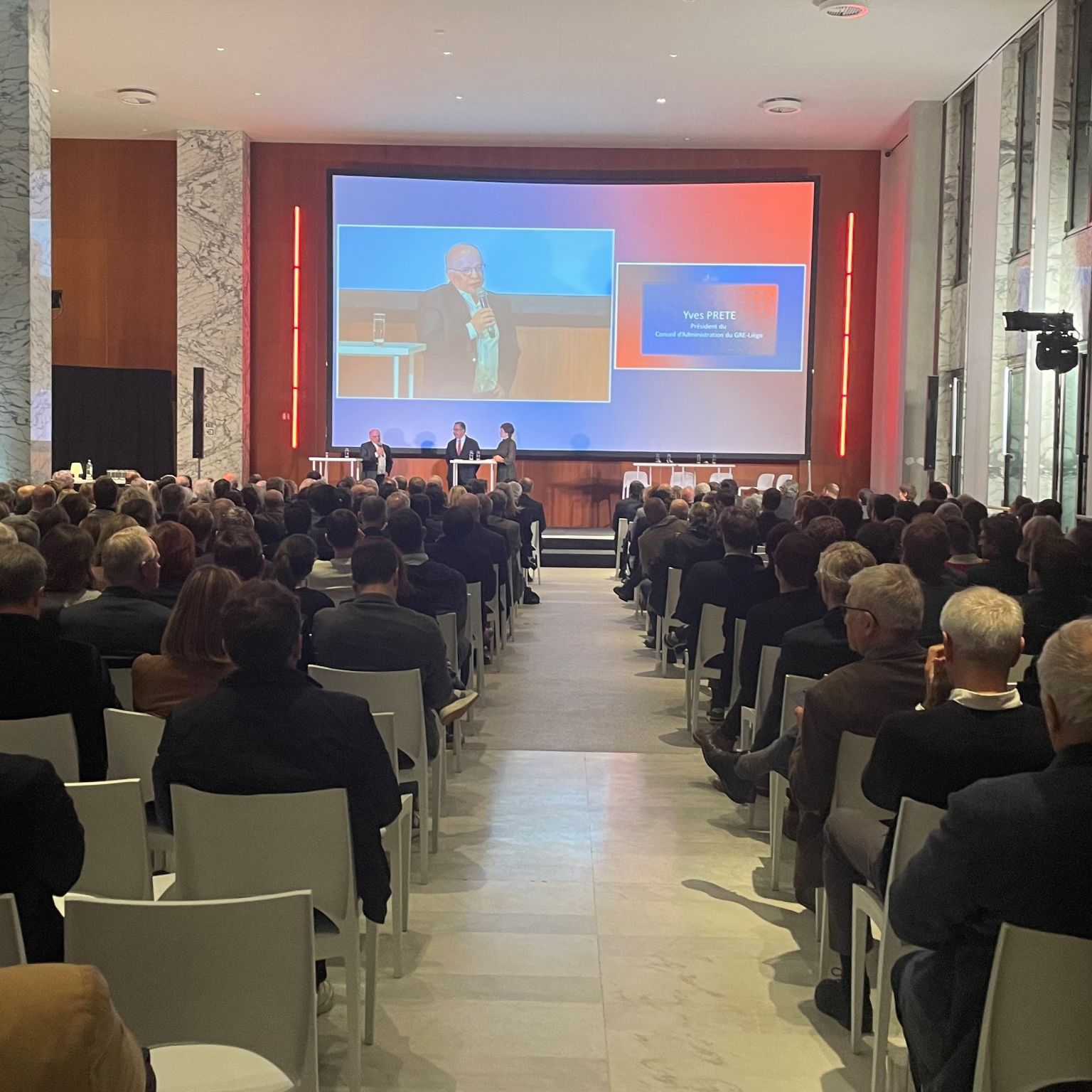
The GRE-Liège has redefined its missions, has renewed its authorities and has seen its new General Director Jean-Christophe Peterkenne take office in December 2022.
The purpose of the GRE Liège is to determine the common strategic orientations of Liège’s development and to identify the major structuring and metropolitan projects.
GRE-Liège will now be involved as political coordinator in the Einstein Telescope project.
28.02.2023
ET Academic network (MoU) discusses Einstein Telescope progress in Aachen
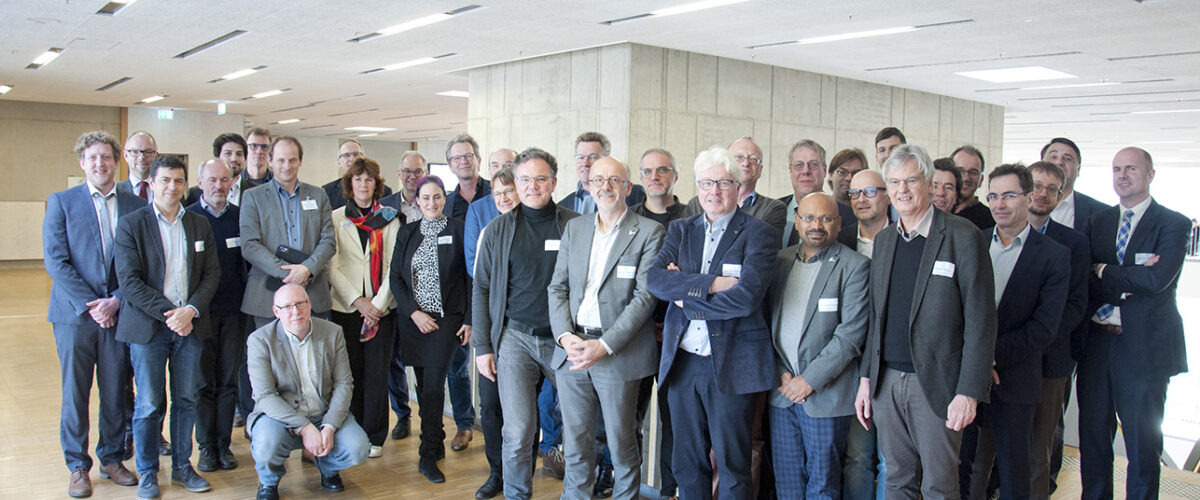
Nineteen universities and knowledge institutions in the Netherlands, Belgium and Germany want to cooperate even more closely on preparations for the underground observatory Einstein Telescope. In this way, they want to build a strong proposal to host the future Einstein Telescope in the Euregio Meuse-Rhine, the border region of the three countries. That is the outcome of a meeting at RWTH Aachen on February, 15th 2023.
“Einstein Telescope is not only a new window into the universe,” argued RWTH Aachen professor Achim Stahl in his opening presentation to the network of knowledge partners for Einstein Telescope. “This observatory also offers a unique opportunity to engage students and companies in science. So, it is very important that we join hands as knowledge institutions to bring Einstein Telescope to the Euregio Meuse-Rhine.”
Coordination
The knowledge coalition for Einstein Telescope started in 2018 with the aim of strengthening cooperation in preparation for the observatory. This involves R&D for the Einstein Telescope and joint work on a strong proposal to establish the Einstein Telescope in the border region. Since then, great strides have been made in terms of joint research and cooperation with industry and governments.
During their meeting, the rectors and scientific experts of the participating institutions discussed intensified coordination within the consortium. Closer coordination fits in with the recent creation of a task force with representatives from the Netherlands, Belgium and Germany, in which the involved governments share information in order to work towards a strong, joint bid for the Einstein Telescope from the three countries.
Matchmaking
The knowledge coalition also sees opportunities to work more closely together, for example on the engineering and sustainability aspects of Einstein Telescope’s construction and operation. Thus, matchmaking sessions for researchers who want to participate in the preparations of Einstein Telescope were discussed.
Besides discussion on joint R&D, participants were given information on ongoing geological and planning feasibility studies in the Euregio Meuse-Rhine. They also discussed the various consultation structures in which European researchers and governments discuss which site will eventually be assigned the Einstein Telescope. European governments are expected to make that decision in 2025.
Members of the Dutch-Belgian-German knowledge coalition for Einstein Telescope
Nikhef, KU Leuven, Universiteit Maastricht, Universiteit Genk, Universiteit Hasselt, RWTH Aachen University, UC Louvain, Vrije Universiteit Brussel, Universiteit Antwerpen, Université de Liège, Université Libre de Bruxelles, Universität Hamburg, Université de Mons, Westfälische Wilhelms-Universität Münster, Leibniz Universität Hannover, Max-Planck Institut für Gravitationsphysik – Albert Einstein Institut, Fraunhofer Institute for Laser Technology. Friedrich-Alexander-Universität Erlangen-Nürnberg, Ruhr Universität Bochum.
Image: ET-EMR / Gieljan de Vries
Written by Gieljan de Vries
23.02.2023
Einstein Telescope: no more permits for wind turbines to be issued for the time being on the Walloon ET protected zone.
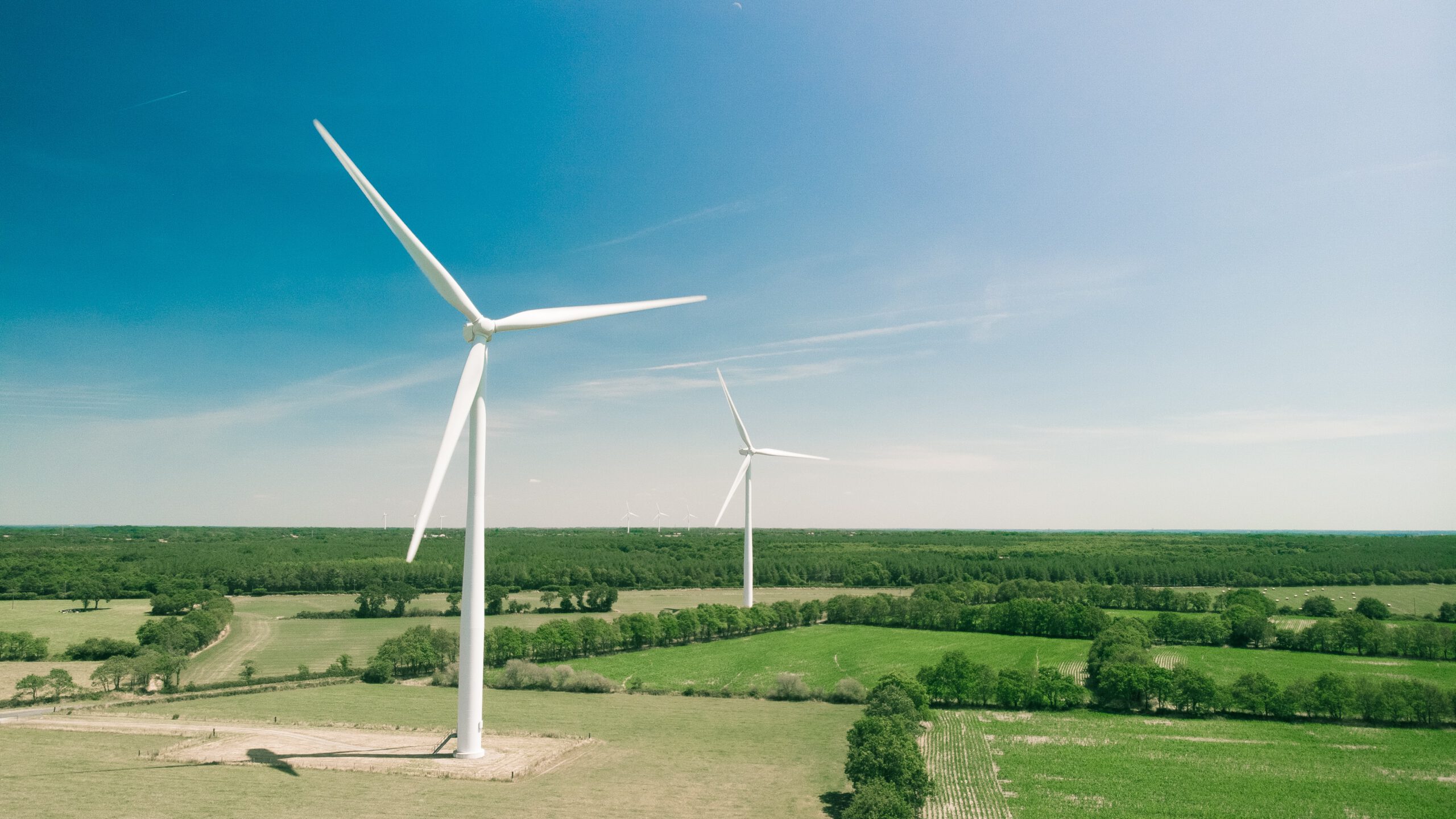
An important walloon directive has just been issued to give the Belgian bid for the Einstein Telescope project a fair chance. No more permits will be issued for wind turbines on the Walloon ET protected area until we are sure that both are compatible.
More information: https://www.sudinfo.be/id622461/article/2023-02-23/telescope-einstein-plus-aucun-permis-pour-des-eoliennes-ne-sera-delivre-pour
17.02.2023
Annick Pierrard presented the Einstein telescope and its preparatory projects during the “Woman in Science” event organized in Hasselt on 17/02/2023
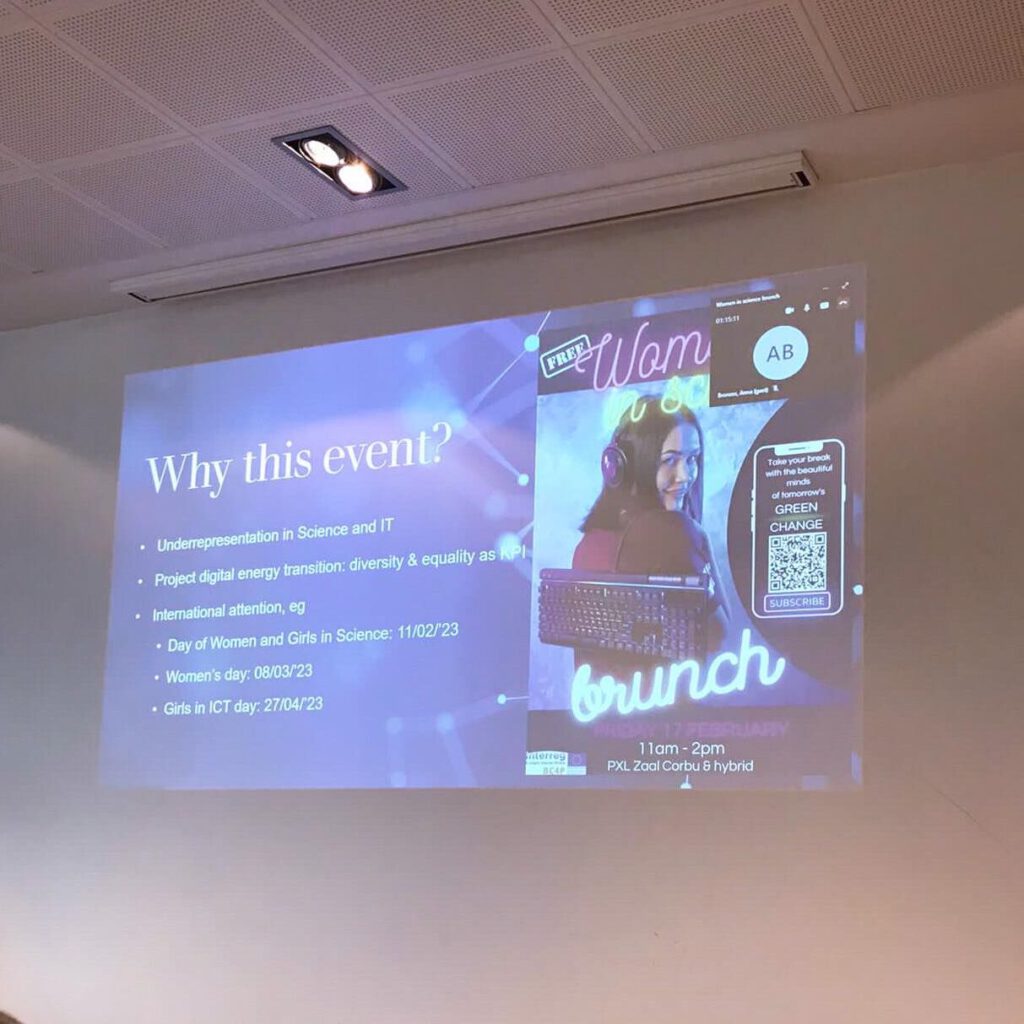
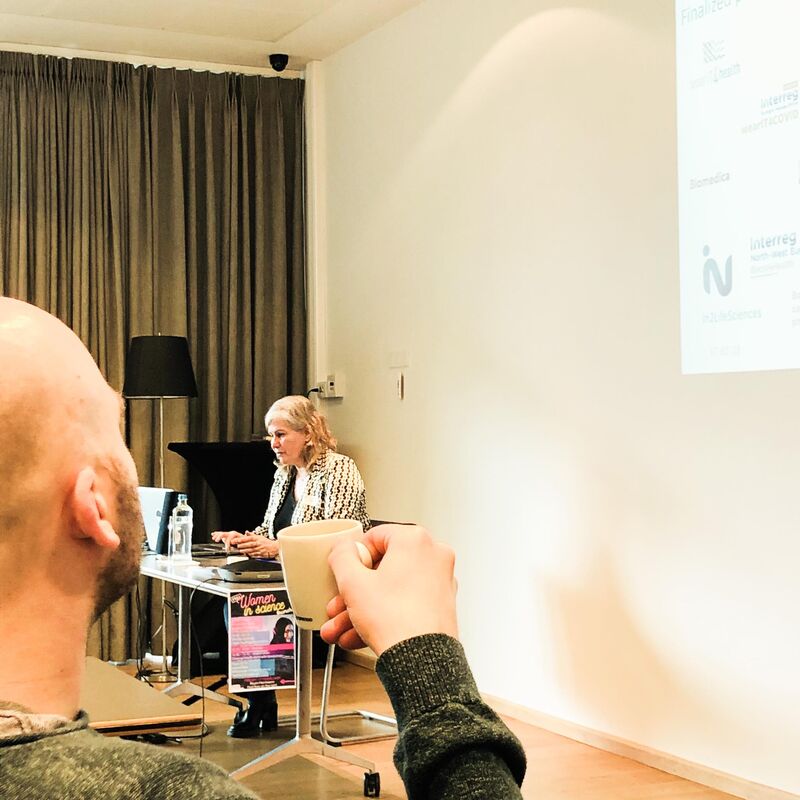
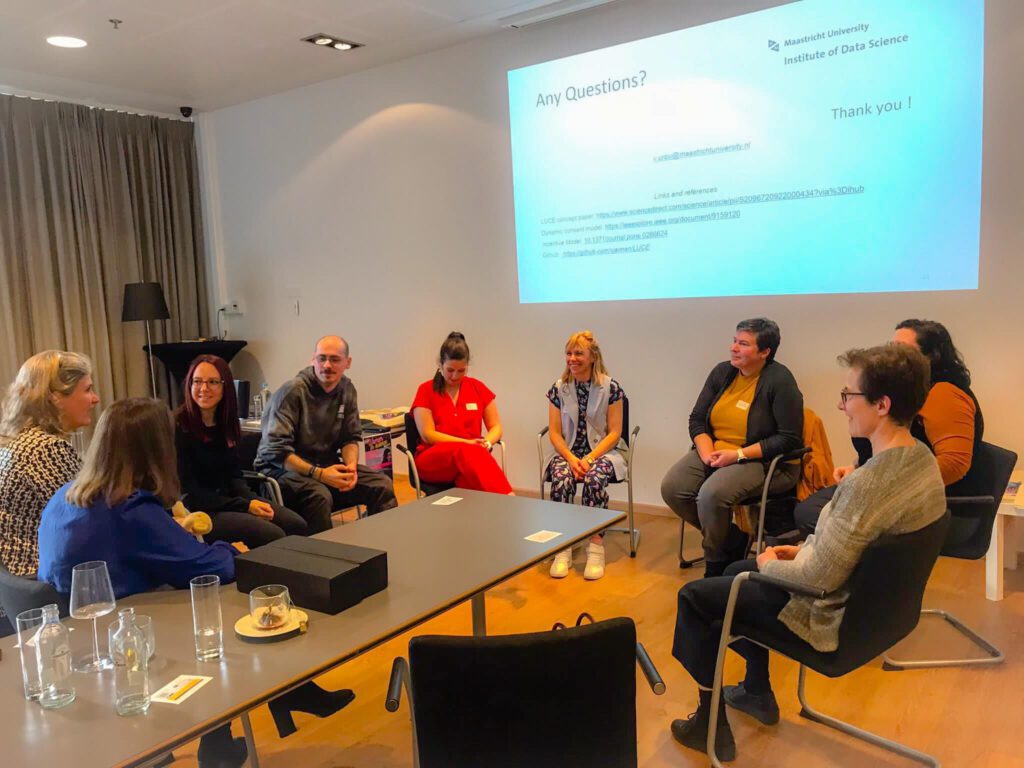
16.02.2023
Unanimous support for Einstein Telescope from Belgian Ministers for Science
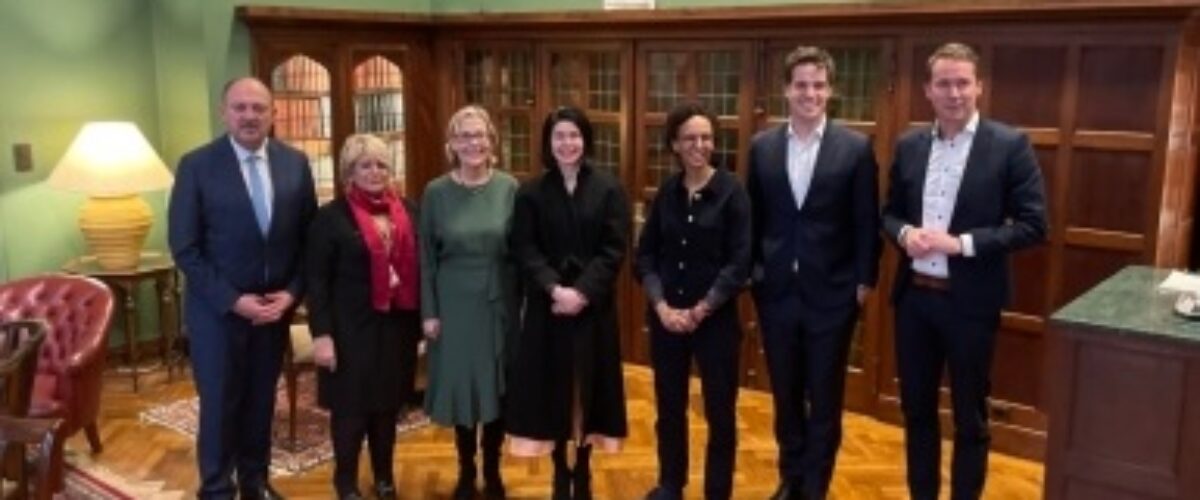
In a meeting on 13 February, all Belgian science policy Ministers expressed their support for the Einstein Telescope project. In their statement they advocated investing in this project with its high “payback” effects.
The Einstein Telescope will be a world-class European research facility to capture gravitational waves from the distant universe and learn more about processes from the creation of black holes to conditions shortly after the Big Bang.
At the so-called Interministerial Science Policy Conference (IMCWB), Flemish Science and Innovation Minister Brouns made an ardent plea to host the Einstein Telescope in the Euregio Meuse-Rhine, the border region of the Netherlands, Belgium and Germany. In this, he was followed by all other Belgian science policy Ministers, including from the federal State Secretary Thomas Dermine and by colleagues Willy Borsus from the Walloon Region, Barbara Trachte from the Brussels-Capital Region and Valérie Glatigny from the Federation-Wallonia-Brussels.
Besides the scientific importance of Einstein Telescope, Brouns also underlined the opportunities for the region in form of strengthening the economy and innovation in the host area. In addition to Belgium, the Netherlands and Germany, Italy is therefore also interested in hosting the research facility. The countries are currently preparing bid books with the qualities of their regions. European Ministers are expected to decide on the location of Einstein Telescope in 2025.
Image: Department of Economy, Science & Innovation
Written by Gieljan de Vries
16.02.2023
Flanders installs Einstein Telescope steering committee
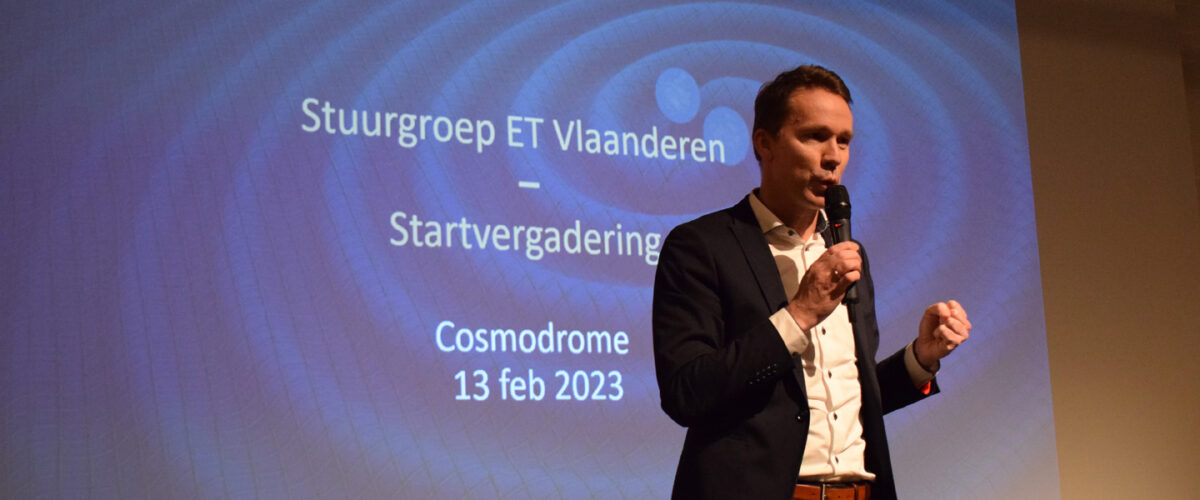
At a meeting in Genk on 13 February, Flemish Minister for Science and Innovation Jo Brouns established a Flemish Steering Group for Einstein Telescope. With this steering group, the Flemish government wants to bundle and streamline existing activities to deliver a strong bid book for Einstein Telescope in the Euregio Meuse-Rhine, the border region of Belgium, the Netherlands and Germany.
The underground Einstein Telescope will be a world-class European research facility, with which researchers aim to capture gravitational waves from the distant universe to learn more about processes from the creation of black holes to conditions shortly after the Big Bang.
Einstein Telescope offers opportunities, minister Brouns stressed in the presence of rectors of Flemish universities and research institutes, concerned captains of industry and policymakers, among others: “[The border region] is one of the few places in the world that has the opportunity to host the new CERN.”
According to Minister Brouns, the Einstein Telescope offers opportunities to strengthen both research, education and economy in the host region. “In addition to a scientific added value that can hardly be estimated today, the huge economic boom in our region should also be paramount. With a steering committee in which we gather all the expertise – scientific, policy and industrial – we guarantee the best future for this enormous process.”
Written by Gieljan de Vries
Photo: Einsteintelescope.nl
E-TEST Workshop N°1: Life Cycle Assessment of Groundwater
Date: Wednesday, 15.02.2023, from 1:30 till 5:30 pm
Location: Abbaye du Val-Dieu, Val-Dieu 227, 4880 Aubel, Belgium

Workshop n° 1:
Life Cycle Assessment
of Groundwater
Renewebility of freshwater can only be assessed at a local (regional) scale. Water consumption should not be confused with water production or withdrawals.
Globally, about 30% of the available and renewable freshwaters are ‘used’ while less than 15% are actually ‘consumed’.
Water shortage are due to the uneven spatial and temporal distributions of freshwater conjugated to inadequate local management.
Water issues are not only quantity problem but also quality problem. Groundwater reserves are 77 x surface-water reserves.
Rigorous LCA analysis and water footprint assessments remain challenging.
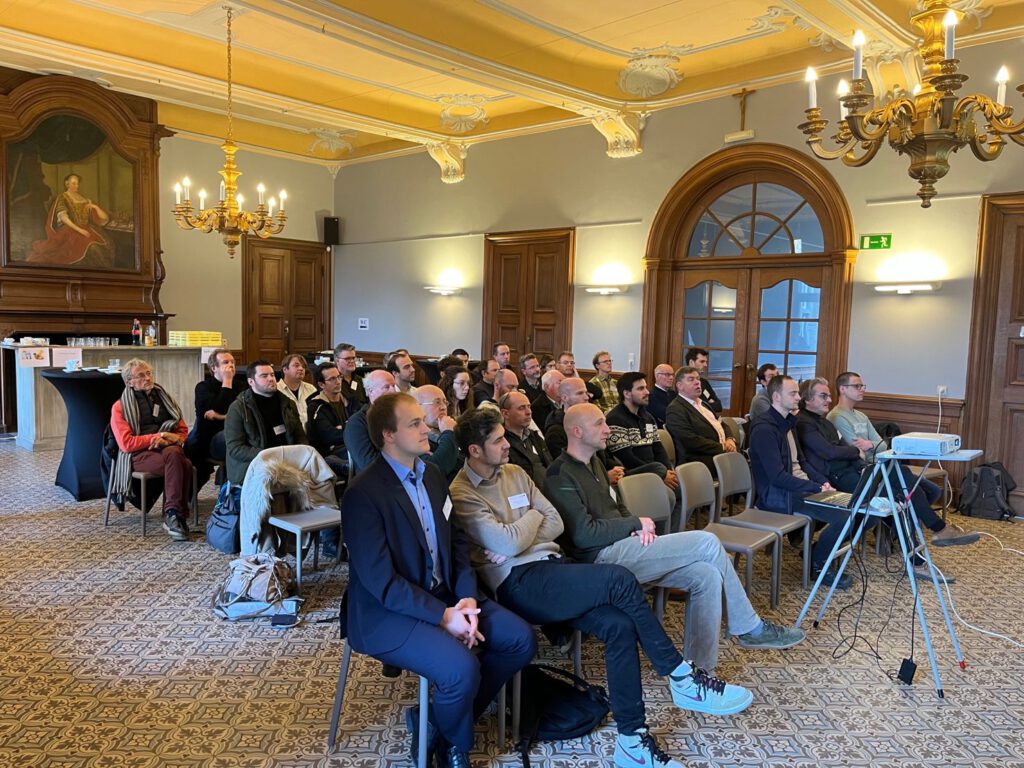
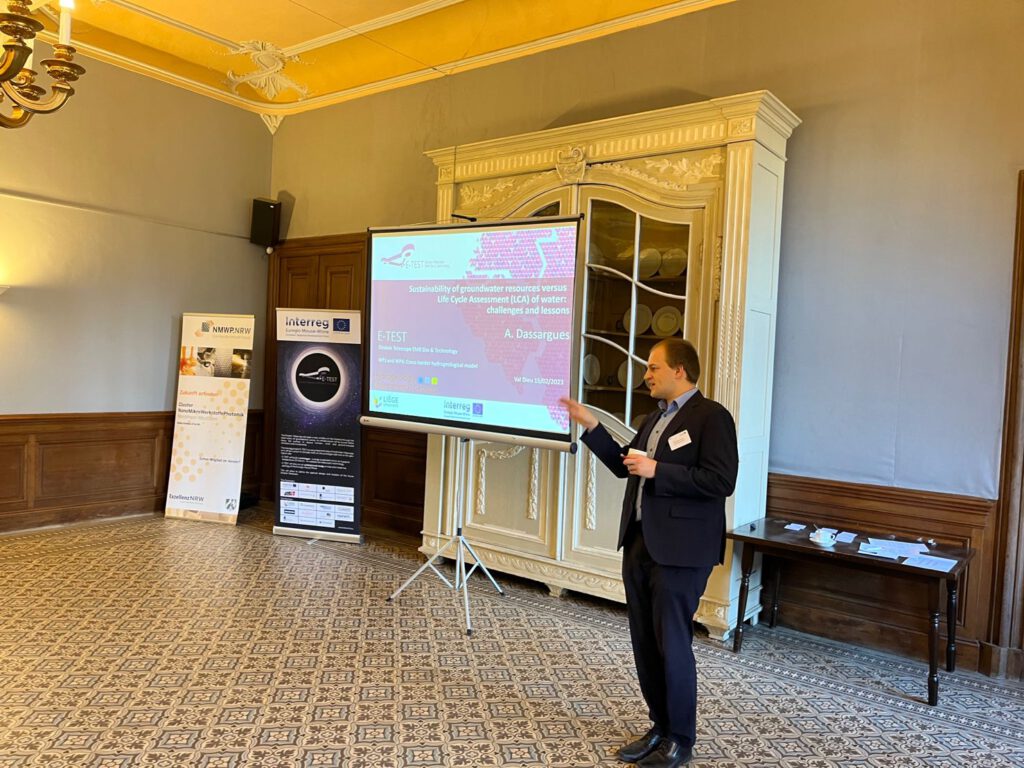
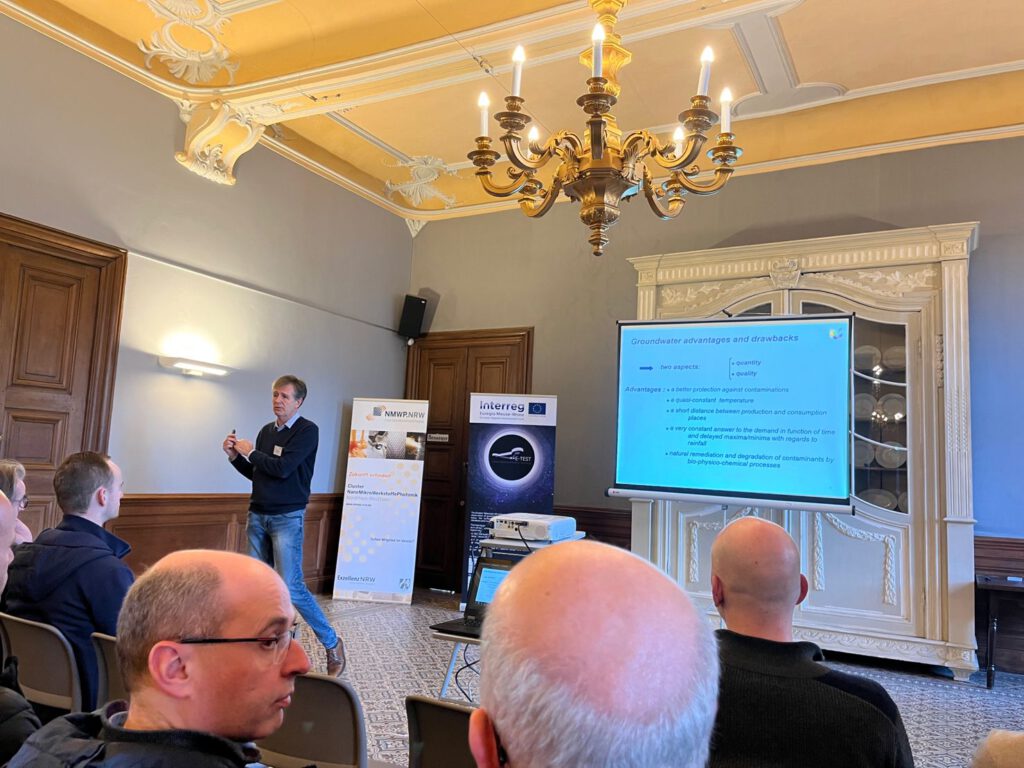
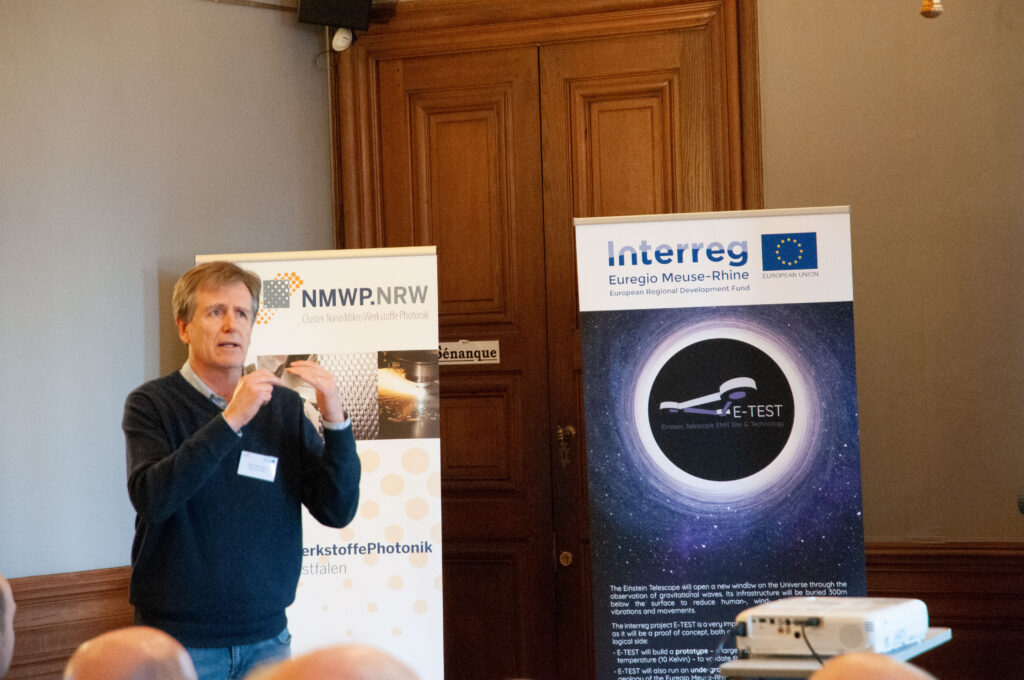
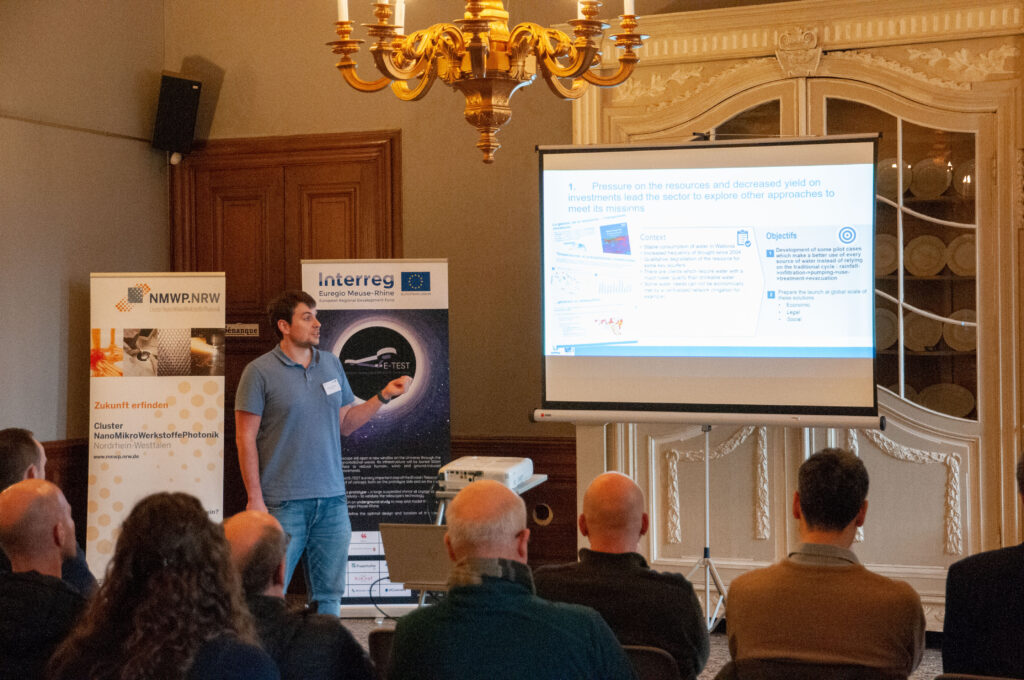
13.02.2023
Site Preparation Board for Einstein Telescope meets in Maastricht
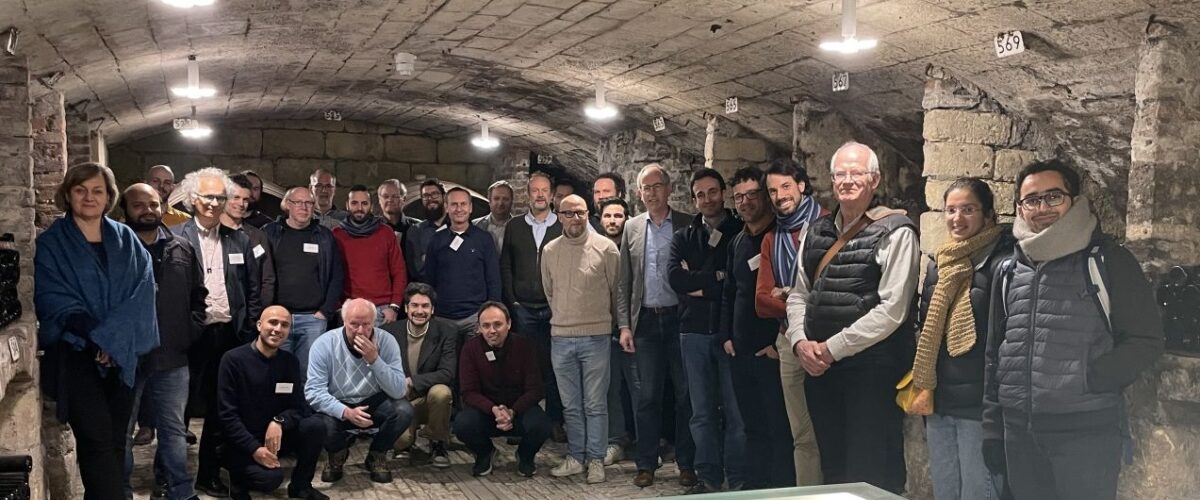
From 23 to 25 January 2023, experts from across Europe met in the Dutch city of Maastricht to discuss preparations for the Einstein Telescope. Their meeting covered topics from soil surveys and noise measurements to technical designs and legal aspects of the construction of this groundbreaking observatory for gravitational waves.
Observatory
The Einstein Telescope will be a world-class underground observatory to measure gravitational waves. Those invisible ripples in the fabric of the space are a revolutionary new way to study our universe. Gravitational waves provide information that cannot be seen with ‘standard’ telescopes, which primarily look at electromagnetic waves such as ordinary visible light .
In the Netherlands, Belgium and Germany, researchers, companies and governments are working together to make the strongest possible bid book to host Einstein Telescope in the border region of the three countries. In addition to this Euregio Meuse-Rhine, Italy’s Sardinia is also considering a candidature.
European level
In order to coordinate the various activities around the future observatory and arrive at unified specifications, work on the Einstein Telescope is ongoing at the European level. “We want to make sure that in Europe we cooperate as much as possible to prepare the Einstein Telescope,” said professor Andreas Freise at the start of the workshop in Maastricht. Freise (Vrije Universiteit Amsterdam and Nikhef) became European project director of the international Einstein Telescope collaboration in 2022.
The workshop covered topics from soil studies and work on a tunnelling requirements package, to studies on planning and legal aspects. The participants – 40 live and 30 online – shared information about the different candidate sites and made plans for follow-up studies.
Co-organiser Frank Linde (Nikhef) looks back on the meeting with satisfaction: “It is important that – as with the previous workshop in Sardinia – experts in the field of geology and civil engineering were present again. Those are precisely the people that we need in order to get an objective picture of the qualities of the various sites that want to host the Einstein Telescope.”
Written by Gieljan de Vries
Photo: Einsteintelescope.nl
06.02.2023
Flemish-Dutch summit: intensified cooperation on Einstein Telescope
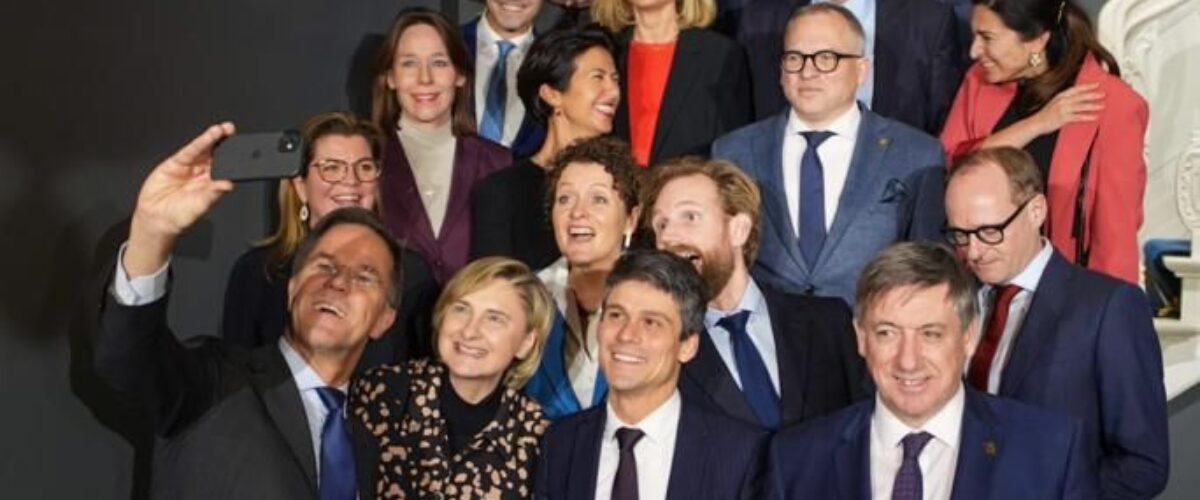
During the biennial Dutch-Flemish Summit, held on 31 January in ‘s-Hertogenbosch (NL), the Einstein Telescope and the candidacy of the Belgian-Dutch-German border region for this observatory were major topics of discussion at the highest political level. Flemish Economy Minister Jo Brouns and his Dutch counterpart, Minister Micky Adriaansens (Economic Affairs and Climate) discussed developments in this area.
Also at the closing dinner, the Dutch Prime Minister Mark Rutte and Minister Dennis Wiersma (Education, Culture and Science) mentioned the Einstein Telescope as one of the important major projects for the future. The Dutch minister Robbert Dijkgraaf (OCW), who is particularly committed to the Einstein Telescope from a science and education perspective, had obligations in the Lower House and could therefore not attend the summit.
In the joint final declaration on all topics of the Dutch-Flemish summit, the Einstein Telescope gets a lot of attention. Very specifically, Flanders announces in it that it has taken the initiative to make further agreements in Brussels this spring about joining forces and efforts in the field of valorisation, communication, environment-oriented activities and expanding the number of European countries participating in the Einstein Telescope.
The final statement reiterates that the border region of Belgium, the Netherlands and Germany is an ideal environment to build the advanced observatory for gravitational waves. Here, European scientists and companies can then build the future with the most accurate detector for gravitational waves ever developed. This border region offers the right geological environment for this. In addition, an ecosystem of knowledge institutions and high-tech companies is a strong asset.
The ministers welcomed the establishment of the international working group with ministers in the tri-border region of the Einstein Telescope, as agreed at the international roundtable organised by North Rhine-Westphalia in December 2022. As a follow-up, Flanders has now taken the initiative to invite the partners to Brussels in spring 2023 to further intensify efforts in a number of areas.
Written by Gieljan de Vries
Photo: Einsteintelescope.nl
23.01.2023
E-TEST and ET2SMEs were presented at the launch conference of the Interreg Meuse-Rhine 2021-2027 programme
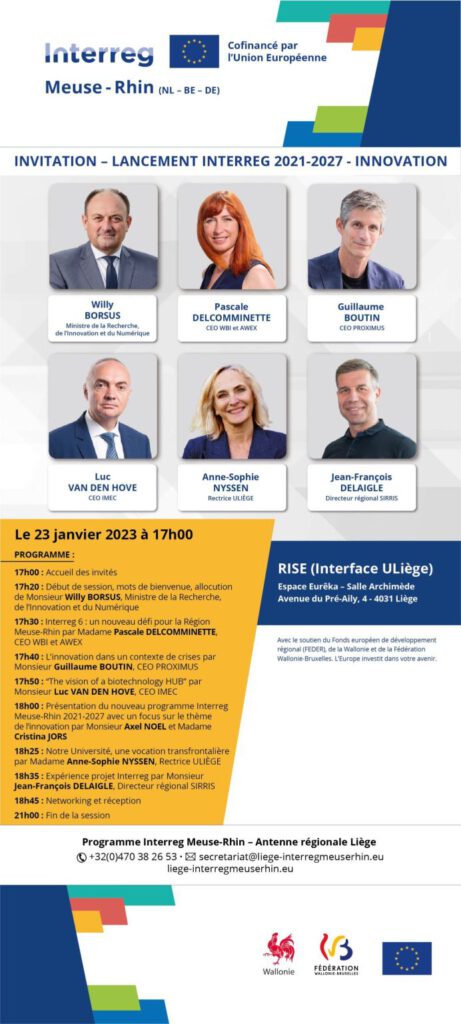
Today at ULiège-RISE, the launch conference of the Interreg Meuse-Rhine 2021-2027 programme on the theme of Innovation was held, in the presence of high quality speakers such as Minister Willy Borsus, Mrs Pascale Delcomminette, Mrs Anne-Sophie Nyssen, Mr Guillaume Boutin, Mr Luc van den Hove, Mr Jean-Francois Delaigle, and masterly coordinated by Axel Noel & Cristina JORS from Liège Interreg Meuse-Rhine – Regional Office
Cross-border collaboration & innovation is something we have known for 30 years at ULiège RISE.
A special thank you to our Flemish, Dutch and German partners present with us tonight in Liège.
20.01.2023
Sustainability important issue in development of Einstein Telescope
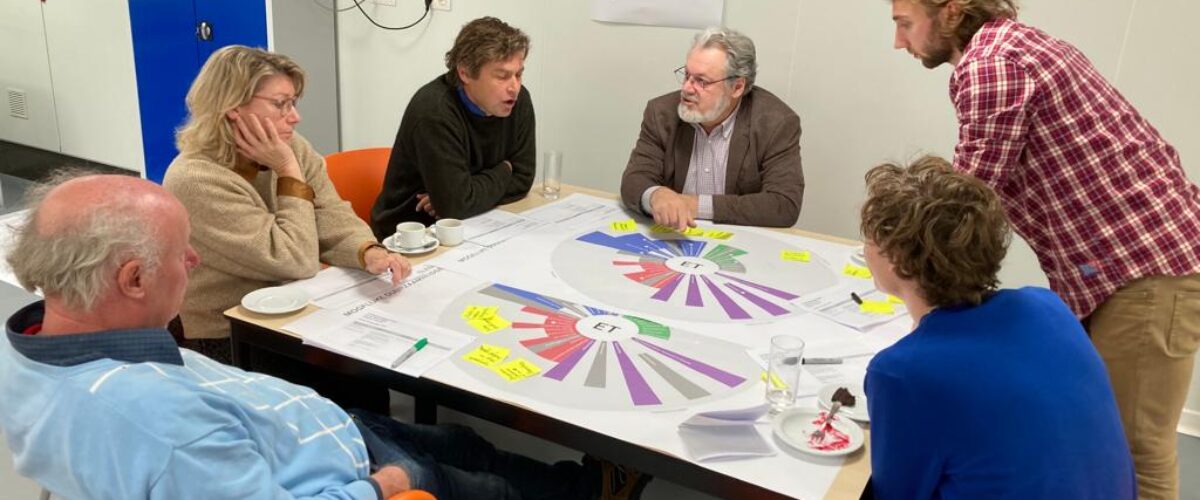
A working group from Nikhef, Maastricht University and other institutions is investigating sustainability aspects of the Einstein Telescope. Their analysis ranges from preparations and construction to the operational phase and the aftercare phase when the observatory is no longer in use.
The research process identifies knowledge gaps. The insights and concrete results of that research, in which various disciplines are involved, will also receive attention in the bid book, where a chapter will be devoted to the way in which sustainability is applied. That bid book must be ready in 2025.
Circular
The working group is considering questions such as which sustainable materials can be used in the construction of the Einstein Telescope. And in what way can the construction of the Einstein Telescope boost the circular economy in a broad sense?
In addition to sustainability in relation to the environment and economy, the working group is also paying attention, for example, to sustainable tourism in the cross-border region (Euregio Meuse-Rhine). This is based on the assumption that the Einstein Telescope will soon attract new tourists.
Co-creation
Nicole Rijkens-Klomp of the Maastricht Sustainability Institute of Maastricht University and Rob van der Meer of Nikhef are leading the working group. The project is being carried out in co-creation with other faculties within the university and with experts from knowledge institutions and organizations working on sustainability issues.
Nicole Rijkens: “It is good that there is a focus on sustainability from the beginning. We started very broadly with the theme of sustainability based on the question of what the arrival of the telescope means for the environment, the economy and people.” Topics covered include soil, nature and what it means for those living in the vicinity of where the telescope will eventually be built. “All those questions we then discuss for local, regional, national and international levels. We look not only at the sustainability effects of the Einstein Telescope, but also at the potential for sustainability: there are quite a few knobs we can turn to make the telescope as sustainable as possible.”
Timeframe
Rob van der Meer cautions that the outcomes and recommendations of the working group cannot be expected tomorrow or the day after: “We cannot perfectly predict the future sustainability of the telescope. There are still quite a few questions about its exact impact. The Einstein Telescope involves a project with a time span of about 100 years from construction to a telescope no longer operational. When you make such a leap in time, it is also important to think about future changes that will affect the region and the telescope. After all, the world will not stand still.”
Sustainability is one of the topics being investigated within the Einstein Telescope Technologies (ETT) project. This project is being implemented within the OPZuid 2014-2020 programme and has been made possible partly through funding from the European Regional Development Fund, the State and the Province of Limburg under REACT-EU.
Written by Gieljan de Vries
Photo: Einsteintelescope.nl
20.01.2023
Government North Rhein-Westphalia wants to support Einstein Telescope
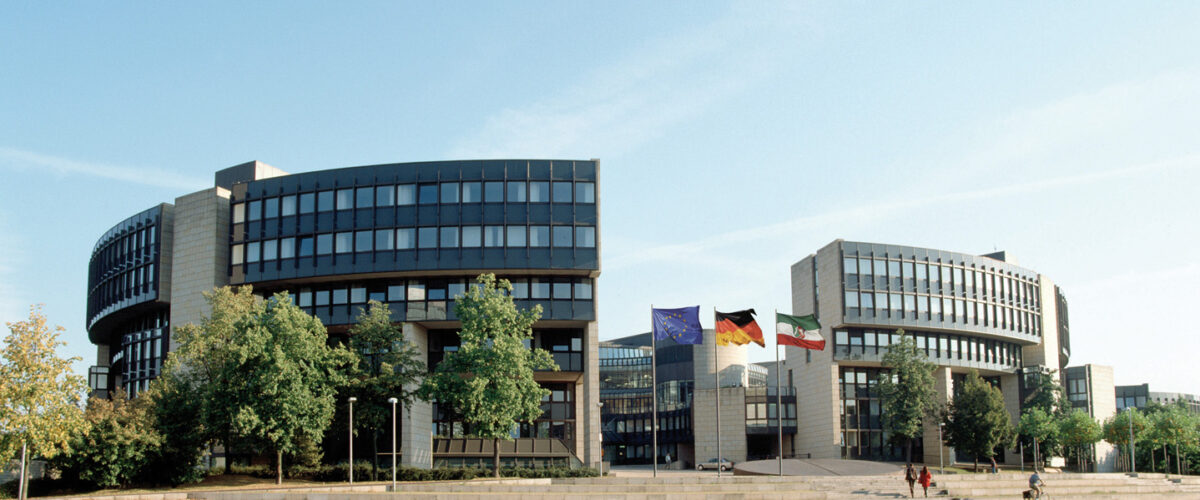
The government of the German state of North Rhine-Westphalia announces financial support for Einstein Telescope in the Euregio Meuse-Rhine, the border region of Belgium, the Netherlands and Germany. It also calls on the government in Berlin to get behind the project.
In a written report (pdf, German), North Rhine-Westphalia’s Minister for Culture and Science Ina Brandes (CDU) announced that the state government will make a financial contribution when the Einstein Telescope enters the realization phase. A central condition for this is a corresponding commitment from the federal government in Berlin.
Brandes made the announcement in a letter to the science committee of the Landtag, announcing the establishment of a cross-border Task Force Einstein Telescope. Its concrete composition is currently being worked out with partners from the Netherlands and Belgium.
Housing
The Einstein Telescope will be a pioneering European measurement facility for gravitational waves, a new way of observing the universe. Currently, besides the Euregio Meuse-Rhine, Italy’s Sardinia is also interested in hosting the instrument.
The decision on the final location of Einstein Telescope is expected to be taken by European governments in 2025. Researchers, companies and authorities in the Euregio Meuse-Rhine are currently working on a so-called bid book underlining the region’s qualification.
Photo:
Landtag North Rhein-Westphalia. Copyright: Landtag NRW / Bernd Schälte
Written by Gieljan de Vries
13.01.2023
Brussels network meeting gets an Einstein Telescope theme
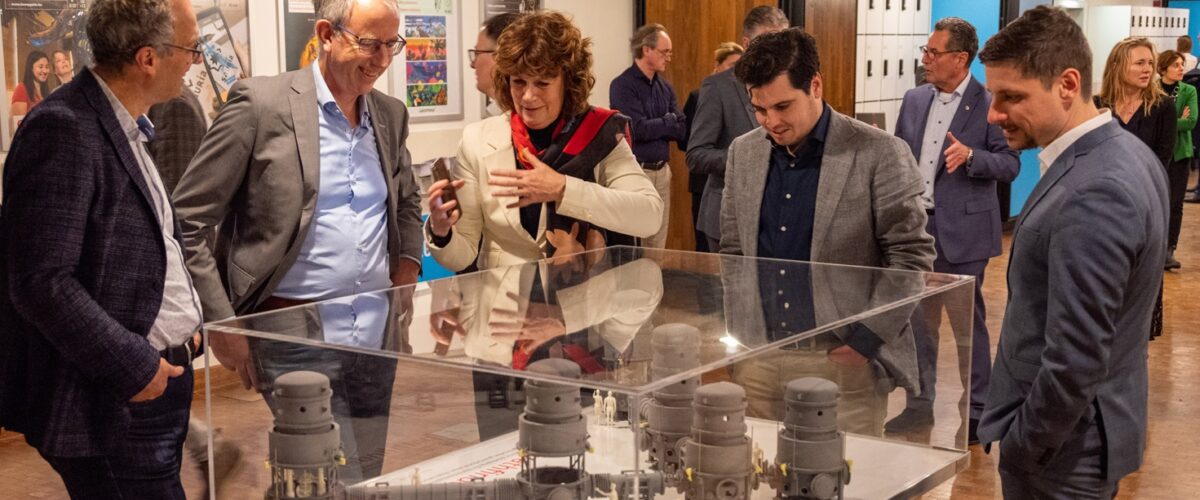
The Einstein Telescope was in the spotlight during a networking meeting of the Dutch Province of Limburg in Brussels on 10 January.
Every six months, the Dutch Province of Limburg organises a networking meeting in Brussels “for everyone with an affinity for Limburg”, as provincial governor Emile Roemer opened the evening.
Roemer, in Brussels for talks with Belgian partners and administrators, stressed in his speech the need for cross-border cooperation on topics of common interest. As an appealing example, The Einstein Telescope project had been chosen as the evening’s theme.
“If we cooperate with our neighbouring countries, we can bring the top scientific project Einstein Telescope to our border region,” the governor said in his speech. “That is a fantastic opportunity for science as well as for the people in the region.” The construction and operation of Einstein Telescope would create all kinds of jobs and give the border region support to further grow into one of Europe’s leading knowledge regions.
Written by Gieljan de Vries
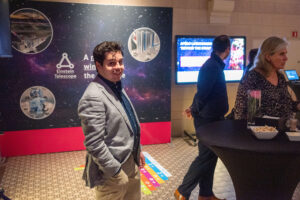
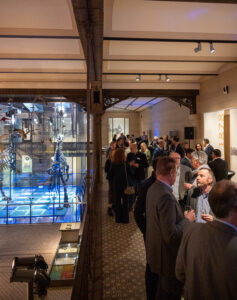
Photo: Einsteintelescope.nl
10.01.2023
Einstein Telescope in EMR informal meeting presents progress in Brussels
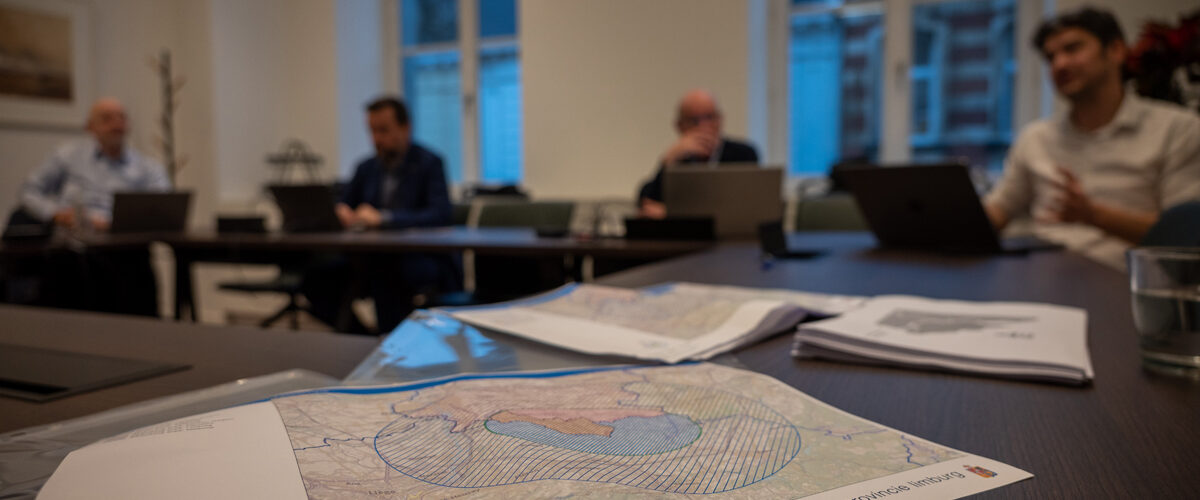
On 10 January, researchers, companies and government representatives met at research funder FWO in Brussels to discuss the progress of the Einstein Telescope project in the Euregio Meuse-Rhine.
Einstein Telescope is alive and well in Belgium, the Netherlands and Germany, a meeting on the pioneering observatory in Brussels showed. More than 40 representatives from knowledge institutions, national and regional governments, the Euregio Meuse-Rhine and development companies from the three countries updated each other on progress in the project on 10 January.
After a word of welcome by host Hans Plets, project leader for Einstein Telescope in Flanders, Dutch quartermasters Guido Derks and Stan Bentvelsen gave a review of the steps taken over the past year within the project. They also outlined the steps towards a joint bid book for the Einstein Telescope in the Euregio Meuse-Rhine.
Besides a plenary part, there were also parallel sessions on R&D and perspectives for cooperation with industry, planning and geological research, and cross-border communication with partners and residents in the Euregio Meuse-Rhine. The overall conclusion of the progress day by Hans Plets: “this will be the year of joining hands to make a strong bid book together to host Einstein Telescope in our three countries!”
Written by Gieljan de Vries
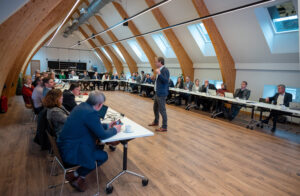
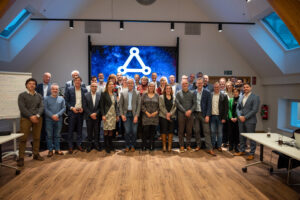
Photo: Einsteintelescope.nl
19.12.2022
Province of Limburg (NL): ban on wind turbines in search and protection area Einstein Telescope
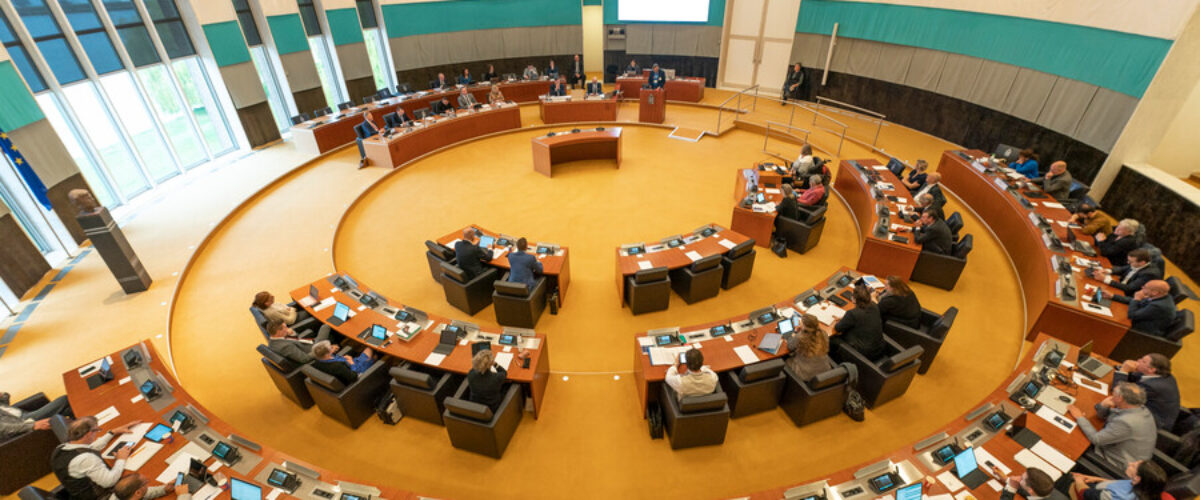
The Dutch Limburg Parliament (Provincial Council of Dutch Limburg) will not allow the construction or licensing of wind turbines, mining and excavation in the search and protection area of the Einstein Telescope and in a 10-kilometre zone around it. This decision was taken to eliminate risks of ground noise and thus optimally protect the competitiveness of this site for the observatory.
With this decision, the board and politicians endorse the May 2022 letter from the Dutch research institute Nikhef, which asked not to allow any developments that could potentially cause additional ground noise in the deeper layers where Einstein Telescope will be built.
The proposal to amend the provincial regulations for this purpose received an overwhelming majority in the Limburg parliament.
An additional motion was also passed stating that the Einstein Telescope should not be adversely affected in any way by existing or new wind turbines. The same motion called to search for alternatives to achieve regional energy goals.
Photo: Aron Nijs
Written by Gieljan de Vries
13.12.2022
Space research in the border triangle: task force for Einstein telescope launched
NRW state government brings together representatives from the Netherlands, Belgium and Germany.
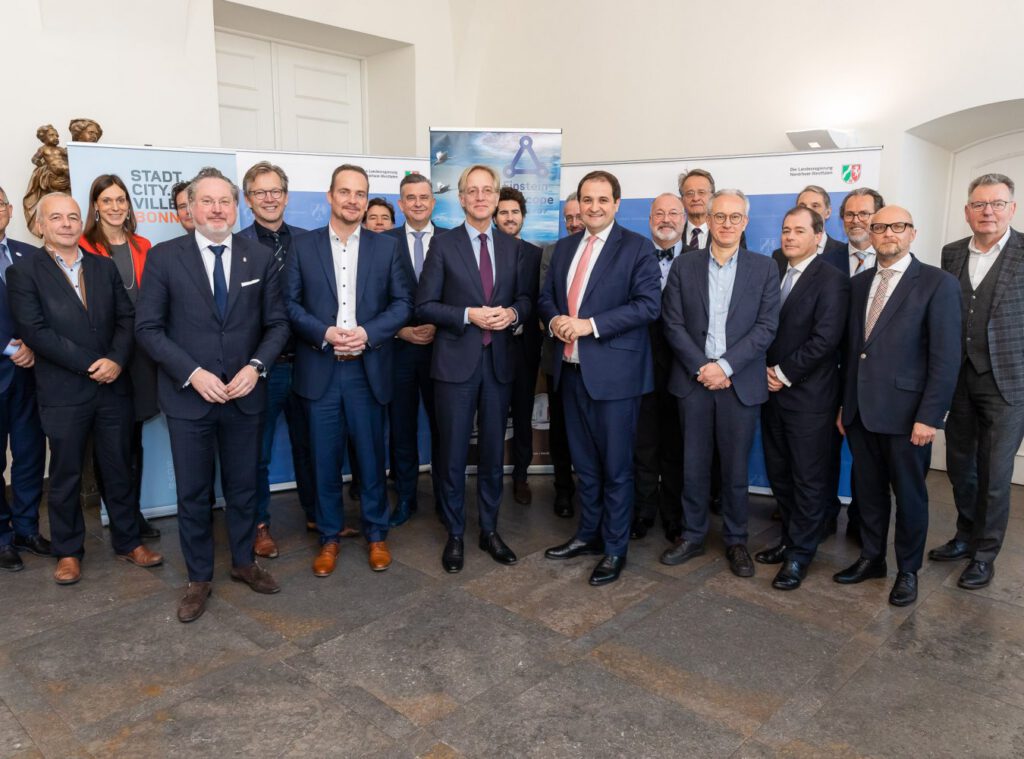
State government brings together representatives from the Netherlands, Belgium and Germany.
Following the invitation of Europe Minister Nathanael Liminski, key political players and scientific representatives from the Netherlands, Belgium and Germany met for the first time on Tuesday, 13 December 2022, at the “Einstein Telescope Round Table” in Bonn. Together, the participants expressed their support for the realisation of the Einstein telescope in the border triangle. The Einstein telescope could create a project of top-level research with international appeal in the Euregio Meuse-Rhine. The third-generation gravitational wave detector would make it possible to study black holes and investigate the time after the Big Bang in more detail.
“The Einstein telescope offers great scientific and economic potential that would benefit the people in the region and strengthen North Rhine-Westphalia as a business location,” emphasises Europe Minister Liminski. “With its strong science and research landscape, the large number of companies with expertise in the high-tech sector and the support of the neighbouring states and regions, the “Dreiländereck” offers ideal conditions for the implementation of this cutting-edge research project. Cross-border, we would send a signal that Europe has the claim to be one of the world’s leading regions for basic research.”
The participants of the round table in Bonn exchanged views on scientific developments, the advantages of the border triangle as a location and the opportunities that the Einstein telescope offers the region. Belgium, the Netherlands and North Rhine-Westphalia are already jointly funding numerous projects in preparation for the Einstein telescope. For example, funding has been provided for a prototype of the Einstein telescope, for geological studies to identify the site and for the support of technology-driven companies.
In order to create all the necessary conditions for an application of the border triangle as a location, the participating countries and regions have decided to set up a “Taskforce Einstein Telescope”. This task force will bring together representatives of all the bodies involved to pool information and identify and prepare further steps for the region’s application.
18.10.2022
Einstein Telescope in EMR informal meeting: work in progress
During a session in Maastricht on 18 October 2022, representatives of knowledge institutions, government and development companies were updated on the progress towards Einstein Telescope EMR.
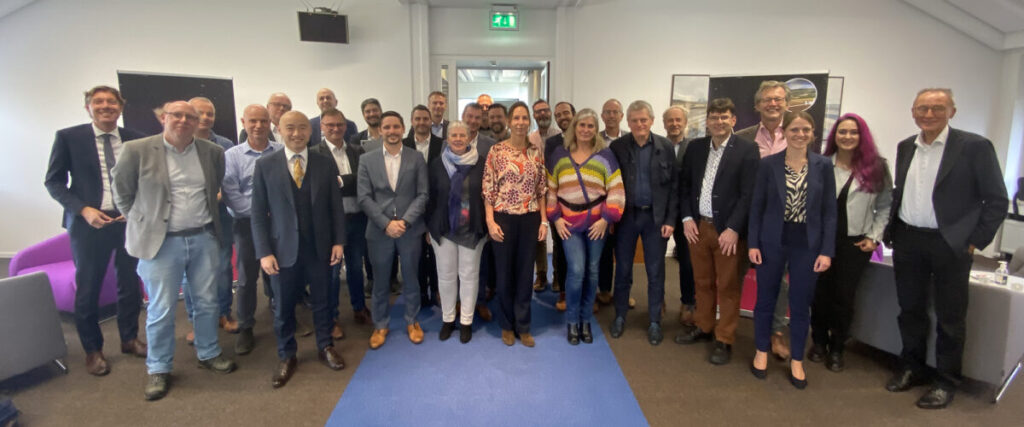
At the invitation of Stan Bentvelsen and Guido Derks of the Dutch project group for Einstein Telescope EMR, more than forty representatives of knowledge institutions, national governments, provinces, regions, the Euregio Meuse-Rhine, universities and business development companies from the Netherlands, Belgium and Germany came to Maastricht on October 18th. All these partners in the project told what steps they have now taken towards the joint bid book for the Einstein Telescope Euregio Meuse-Rhine.
The general conclusion was that much work has already been done, but also that the necessary challenges still await in the coming period. The greatest common denominator between all those different disciplines: the conviction that in some time there will be a rock-solid proposition that will ensure that the Einstein Telescope is built in the border region of the Netherlands, Belgium and Germany.
22.09.2022
Trucks conduct geological survey for Einstein Telescope
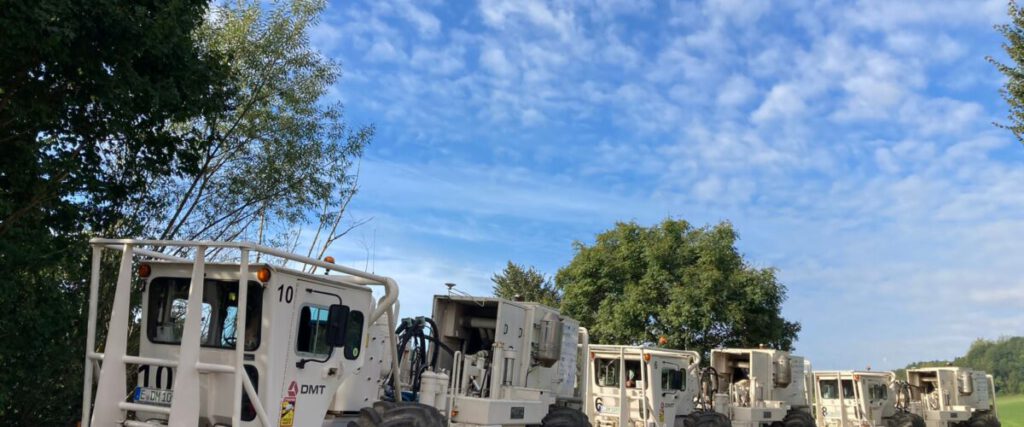
This September, three trucks are driving slowly through the Heuvelland and Voerstreek regions. These trucks are used to carry out geological research for the Einstein Telescope.
The Einstein Telescope requires a quiet environment to be able to take good measurements and will be realised at a depth of 200 to 300 metres. Previous studies have shown that the subsurface of the Euregio Meuse-Rhine seems quiet enough for the Einstein Telescope. But a better understanding of other factors and a larger area is needed. That is why three trucks are driving through the region to conduct precise subsurface measurements. Every 10 metres, these trucks lower a vibrating plate. Sensors along the route measure the effects of this to accurately map the structure of the subsurface.
The trucks drive between ‘s Gravenvoeren and Euverem, from Margraten to Henri-Chapelle and between Neufchâteau and Sippenaeken. To avoid nuisance in sensitive areas, such as villages or near badger setts, the measurements in these areas are restricted or no measurements are carried out here at all.
16.09.2022
SAVE THE DATE! The joint Einstein Telescope Industrial Advisory Board for the EMR site meets again on the 10.11.2022 at ULiège RISE!

We are happy to invite you to the next joint Industrial Advisory Board of the Einstein Telescope community. The meeting is open to all who are interested in the ET in the Euregio Meuse-Rhine. . For further details and registration to the event please click here.
The Einstein telescope and preparation projects as E-TEST, ETpathfinder and ET2SMEs are pushing the technology beyond the current state of the art in many areas, both for the prototype of interferometer and for geological investigation of the subsurface.
As part of E-TEST, we have established an ET Industrial Advisory Board ( ET IAB) to facilitate close collaboration with various industrial partners, both SMEs and large companies active in the fields of activities required by the ET, from Belgium, the Netherlands and Germany.
We have the pleasure to announce that it will be organized face-to-face, at the ULiège RISE, Avenue Pré Aily, 4, 4031 Angleur (Liège), Belgium.
Agenda
Registration & Welcome coffee from 9:30 am
10:00 am- 12:00 am – Welcome and general session
Welcome – by Annick Pierrard, ULiège RISE, BE
- joint ET IAB: WHY / WHO / HOW / WHEN
Short project presentations & latest achievements of the preparatory projects:
- Einstein Telescope (ET) project by Prof. Andreas Freise, VU University Amsterdam and Nikhef, NL
- E-TEST : Einstein Telescope Site and Technology – 01.02.2020 – 31.12.2023:
- Mirror prototype by Prof. Christophe Collette, PML ULiège, BE
- Site underground study by Prof. Fréderic Nguyen, UEE ULiège, BE
- ET Science Projects: ETpathfinder, R&D Laboratory (03.06.2019 – 02.12.2022), ETT (NL, 01.05.2021 – 31.12.2023)by Rob van der Meer, Nikhef, NL
- ET-PP (INFRADEV Call Horizon 2020; 01.07.2022 – 30.06.2026), by Rob van der Meer, Nikhef, NL
- ET2SMEs – 01.03.2021 – 31.12.2023 “Maximising the economic & social impact of the possible implementation of ET in EMR” by Ralf Meyer, Agit, DE
- New project submission in Call 2 Interreg NWE: ET sustainability, by Annick Pierrard, ULiège RISE, BE
11:40 am – Preparation of the next steps:
- ET investment, return on investment, ESFRI time line
- What is needed for the ET BidBook submission in 2024?
- What will influence the final site decision by ESFRI in 2025?
- How to make he joint ET IAB a sustainable structure after the preparatory projects end?
12:00 pm – 13:30 pm – Lunch
13:30 am – 13:45 pm – Separation into 3 sub-working groups in different meeting rooms
13:45 am – 16:00 pm – Interactive industrial/scientist Prototype, Geology & Sustainability Working Groups led by the ET Technology Sheets Scientific Responsibles, with the participation of ET2SMEs business developers, based on the technologies requested by the Einstein Telescope.
Companies have the floor to pitch their technology/service. Please send this 5 minutes pitch to Annick Pierrard prior to the event: a.pierrard@uliege.be
- ET INSTRUMENTS: Cryogenics, Vacuum, Precision mechanics & mechatronics, Sensors, Advanced control algorithms, Mirrors coating, Lasers, Optics & optical metrology
- GEOLOGY/ CIVIL ENGINEERING: Geophysical imaging and remote sensing, Water technology, Tunneling technology, Simulation and modeling
- ET SUSTAINABILITY: Carbon neutrality, sustainable construction, resources valorization/recycling
16:00 pm – Drink!
End of the joint ET IAB
Closing of the registration on Tuesday November 8 2022 at 16H00.
ET Industrial Advisory Board Meeting in Liège on 10 November 2022E-TEST prototype design report
26.08.2022
Mrs Annick Pierrard , senior international project manager at ULiège RISE (Research │ Innovation │ Support │ Enterprises), has been appointed as the Representative of the Wallonia-Brussels Federation Universities in the Einstein telescope Task Force set up by the Walloon Region.
The composition of the Walloon ET Task Force is the following:
One representative of the Minister of Research,
One representative of the Minister for the Economy,
One representative of the Minister-President,
One representative of the Minister for Scientific Research,
One representative of each of the MECATECH and SKYWIN clusters,
One representative of WBI (Wallonie-Bruxelles international)
One representative of the Universities of the Wallonia-Brussels Federation
One representative of the SPW-Research (Service Public de Wallonie – Recherche)
The Walloon ET Task Force, set up by the ministerial Cabinets ,will work on a Walloon action plan to ensure a strong bidbook for the Einstein telescope in Euregio Meuse-Rhin (BE/NL/DE border region ) in 2024, the highest involvement from now one of the Walloon enterprises and the best return for regional researchers and companies.
This new mission of Mrs Annick Pierrard is in addition to the one of general coordinator of E-TEST, and her active involvement as business developer in ET2SMEs , two of the preparatory projects for the Einstein telescope in Euregio Meuse-Rhine.
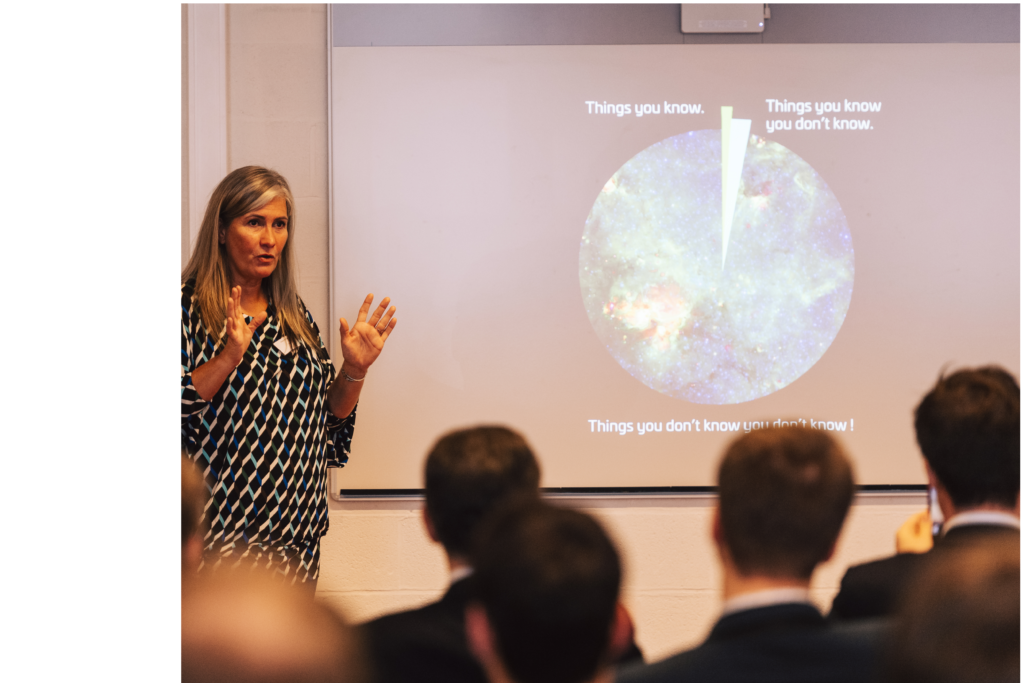
01.08.2022
ET2SMEs starts next Call for Vouchers!
On the first of August the next Call for Applications opened. Working and developing technologies around the Einstein Telescope? Apply now.
Further informations (opens in new tab)
19.07.2022
Einstein telescope in the NRW coalition agreement
The North Rhine-Westphalian state government will commit itself to the Einstein Telescope in the border region with Germany, Belgium and the Netherlands. To this end, it will also lobby for financial support from the federal government in Germany. The political parties CDU and Grüne have included this commitment in the coalition agreement they presented in June.
This step formalises the support of the NRW government and strengthens the case for the Einstein Telescope in the border region, the Euregio Meuse-Rhine. It builds on the unanimous support announced by the NRW state parliament in November 2020.
Germany has already invested in the Einstein Telescope at state and federal level. The Ministry of Economic Affairs, Climate Protection and Energy of North Rhine-Westphalia is co-financing the Einstein Telescope-related projects E-TEST and ET2SMEs. And the Federal Ministry of Education and Research (BMBF) is funding work on the technological aspects of the next generation of gravitational wave detectors.
Further links (german language):
18.07.2022
Where Einstein Telescope meets optical fibre research
Between October 2021 and March 2022, a 250-metre-deep hole with a diameter of 10 cm was drilled near Cottessen. Its main purpose? To investigate the structure of the subsurface, and whether it would be quiet enough for the Einstein Telescope. To this end, a vibration sensor was placed at a depth of 250 metres. But when Nikhef-researcher Frank Linde met Rob Jansen of TNO, they came up with something else: this narrow well also offered the chance to test whether they could use a fibre optic cable as a sensor over its entire length. This sensor could measure temperature, deformation and vibrations. And this technology, in turn, can be useful for all kinds of applications.
Fibre optic cables are mainly used for telecom purposes. Rob Jansen however, is one of the people investigating other applications. Together with other research institutes and companies of the European project SLAM-DAST, he studies how they can use the cable itself as a sensor. Preferably a sensor that measures vibrations as well as temperature and deformation over its entire length. At this location, Jansens’s team focuses on vibrations.
“The sensor that was placed earlier, measures vibration at a depth of 250 metres. But we wanted to hang a fibre optic cable in the pipe, and see if we could measure vibrations every 3 metres.” Jansen explains. “This gives you much more insight into the various soil layers. Because every type of soil has a different effect on the transmission and reflection of vibrations. This technique is already being used in the oil and gas industry to make pictures of the subsurface. The application in Cottessen is unique. No oil or gas is produced here and it is a very quiet and peaceful location. We therefore hoped to achieve very low signal-to-noise levels here.”
Installing the cable
The installation of the fibre optic cable was not an easy task. First, two 198-metre cables that were connected at the bottom were hung in the tube. After this, the well was filled up with cement. This prevents water from reaching the sensors, which could interfere with the measurements. “The big unknown was how good the coupling of the fibre to the cement would be,” says Jansen. They didn’t know that beforehand.
First measurements
Fortunately, the coupling was good and the researchers could take the first measurements in March. The well turned out to be a good test location. As expected, there was much less noise in the well than in the lab and you could clearly see the effect of depth. The deeper the cable, the lower the signal-to noise level. They were also able to determine the deformation of the cable in the well. For instance, after cementing, about 60% less light passed through the cable and it was also deformed at a certain point. But the cause of this – a weak spot in the cement and in the pipe – was known and there is enough optic signal left to work with.
“These first tests,” says Jansen, “have given us a good insight into the current status of the well and can be considered as baseline measurements. When we take new measurements, we will be able to monitor any further deformation. As a result of subsidence for example, or further hardening of the cement.”
The researchers are also waiting for the results of the vibration sensor at the bottom of the narrow well. “We would like to compare the vibrations of the fibre optic cable to the vibrations of that sensor. It serves as a reference point. If you make this comparison, you can model pretty well which amplitudes and frequencies you can measure with the fibre optic cable.”
Possible applications of fibre optic sensing technology
The goal of the SLAM-DAST project is to apply multiple sensor technologies in the same fibre optic cable, to optimise this and to industrialise it so that it can be applied widely. It is expected to be used in, for example, ‘Structural Health Monitoring’: the monitoring of materials and technical constructions such as bridges, viaducts and pipelines. It can also be used for applications in the soil, such as measuring subsidence or detecting earthquakes.
From gravitational waves to fibre optic sensing
It was not the main objective when, under the banner of the E-TEST project, it was decided to drill a hole near Cottessen for preparatory research for the Einstein Telescope. But the new insights it could provide for fibre optic sensing are a nice by-product. Rob Jansen is pleased that this opportunity has arisen. “It is a unique test location where TNO can demonstrate and characterise the latest technological developments in the field of fibre optics. Together with the enthusiastic and expert team of Nikhef.” Frank Linde is also enthusiastic about the collaboration, which can also provide new insights for the Einstein Telescope: “I always like high-tech. Hopefully with this fibre we can determine the reduction of seismic noise as a function of depth. And that will contribute to a well-founded decision about at what depth the Einstein Telescope could be located.”
12.07.2022
Dutch Growth fund investment in Einstein Telescope now definite
The intended investment of 42 million euros from the Dutch National Growth Fund for the Einstein Telescope is now definite . This was announced today. In April, the Dutch government granted this amount conditionally, but the project still had to develop a detailed valorisation strategy and National Monitoring Evaluation. In the meantime, the project has met these conditions and the allocation has become definite.
The investment of 42 million euros will go towards preparatory work, such as innovation of the required technology, location research, building a high-tech ecosystem and organisation.
In addition to this, the government is also reserving 870 million euros from the National Growthfund for the Einstein Telescope. This reservation provides the Netherlands with an excellent basis for applying in the future, together with Belgium and Germany, to realise the Einstein Telescope in the border region of South Limburg.
About the Einstein Telescope
The Einstein Telescope is a future underground observatory for measuring gravitational waves. Powerful laser beams will soon bounce between deep-cooled, vibration-free mirrors at the ends of kilometre-long vacuum tunnels. The instrument will be much more sensitive than existing detectors. As a result, it can detect many more sources and scan a volume of the universe thousand times larger. Researchers will use this instrument to look for instance for the precise structure of neutron stars, the birth process of black holes and the structure of the universe immediately after the Big Bang.
The border region of South Limburg – the Euregio Meuse-Rhine – is one of the possible locations for this observatory. Housing the Einstein Telescope in this region could have a major positive impact on science, the economy and society in the Netherlands. With the committed investments from the National Growth Fund, the Netherlands has the basis to join forces with Belgium and Germany to establish a strong candidacy in 2024/2025.
05.07.2022
Gravitational waves, the Einstein Telescope scientific collaboration formally established
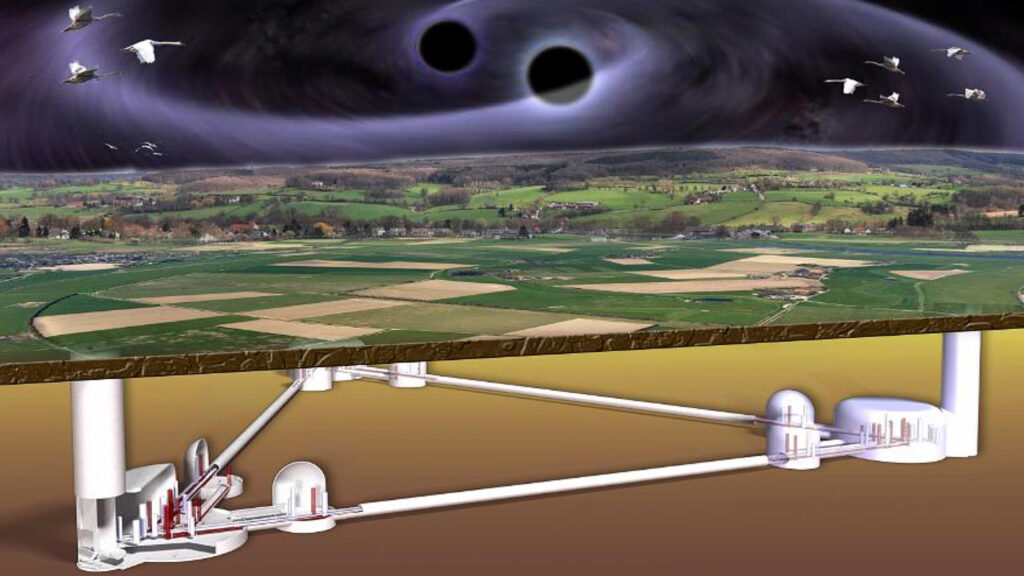
The Einstein Telescope (ET) scientific collaboration was formally established during the XII ET Symposium which took place at the Hungarian Academy of Sciences, Budapest, in June. The Symposium brought together the scientific community working on the ET Einstein Telescope project to build Europe’s future pioneering gravitational wave observatory.
Named after the great German theoretical physicist who was the first to predict the existence of gravitational waves, ET will be the most sensitive gravitational wave observatory ever built. The large research infrastructure will be used by scientists to “pick up” signals emitted just after the Big Bang and to study the nature of black holes. This makes Einstein Telescope a hugely important instrument for international physics and astronomy.
The Einstein Telescope Project is led by Jo van den Brand of Nikhef, the Dutch National Institute for Subatomic Physics, and by Fernando Ferroni, Gran Sasso Science Institute (GSSI) and Italian National Institute for Nuclear Physics (INFN).
“We were a scientific community, today we are a scientific collaboration, that is, a structured and organized system that works following shared rules to achieve a common goal: the construction of Einstein Telescope, a large European research infrastructure that will bring us to the centre of world science, allowing us to maintain scientific and technological leadership in this promising field of fundamental physics research. This is therefore a moment of great satisfaction and motivation for all of us,” commented Michele Punturo, an INFN researcher who has been leading the ET community until now and will now serve as the collaboration’s spokesperson.
“In the Collaboration we already have an Observational Science Board with more than four hundred people who are working on different scientific topics, from fundamental physics to nuclear physics, from astrophysics to astroparticle physics, to cosmology. ET will be truly revolutionary for our understanding of the universe throughout its cosmic history,” explained Marica Branchesi, professor at the Gran Sasso Science Institute (GSSI) and researcher at INFN, coordinator of the Einstein Telescope Observational Science Board (OSB).
The sophisticated research infrastructure will operate in the field of gravitational and “multi-messenger” astronomy: a branch of astrophysical research established after the first gravitational wave observation in 2015 announced by the LIGO (Laser Interferometer Gravitational-Wave Observatory) and Virgo collaborations. “These are exiting times: the detections of gravitational waves by LIGO and Virgo started a scientific revolution, ushering in the era of gravitational and multi-messenger astronomy, which has a bright future,” commented the director of the European Gravitational Observatory (EGO), Stavros Katsanevas.
“The LIGO-Virgo-KAGRA network is currently improving its sensitivity towards a multiplication of detected gravitational wave events by an order of magnitude and more, and it is encouraging that this effort can continue with the third-generation Einstein Telescope detector. ET will probe the universe of gravitational waves to the dawn of star and galaxy formation and beyond,” concluded the EGO Director.
The Symposium brought together 438 scientists from 13 countries, both in person and remotely, who discussed the upcoming challenges and the scientific progress made in recent months by each ET working group. During the event, Jo van den Brand and Fernando Ferroni presented the perspective of the scientific institutions that are supporting ET. Finally, the ET Collaboration Council was established, chaired by Harald Lueck of Max Planck Institute, Germany, and composed of representatives from each of the 79 research groups participating in the collaboration.
03.05.2022
The fifth ET2SMEs Call for vouchers started on May 3 2022!
Become part of the ET2SMEs project by applying for your own ET-related cross border innovation project.
Call for vouchers!29.04.2022
ET Industrial Advisory Board Meeting – organized face-to-face on April 29 2022 at the University of Maastricht
On 29.04.2022, the next joint ET Industrial Board Meeting of the projects E-TEST, ET2SMEs & ETpathfinder is planned as face-to-face meeting at the University of Maastricht, the Netherlands.
Address: ETPathfinder, at the Maastricht University
Duboisdomein 30
6229 GT, Maastricht
The Netherlands
Free parking places at the ETpathfinder location, accessible via the backside: LeidenLaan
AGENDA
From 10:00 am: Registration & Welcome coffee
10:30 am – 12:00 am – Plenary session – Atrium at the ETpathfinder entrance (maximum capacity: 85 participants)
Welcome
- Why – Who – How – When by Prof. Stefan Hild, UMaastricht NL
ET preparatory project presentations: R&D latest achievements & forecast:
- Einstein Telescope (ET) project , ESFRI Call time-line , ET Investment by Nikhef NL
- ETpathfinder, R&D Laboratory – 06.2019 – 12.2022 by Prof. Stefan Hild, UMaastricht NL
- E-TEST : Einstein Telescope Site and Technology– 02.2020 –12.2023 by Annick Pierrard, Interface Entreprises ULiège BE
- development of the prototype of suspended mirror in cryogenic conditions (25K) by Prof. Christophe Collette, PML ULiège BE
- underground study of the EMR by Dr. Marius Waldvogel, RWTH Aachen
- Ongoing and future ETpathfinder and E-TEST Calls for tender
- ET2SMEs – 03.2021 – 12.2023 “Maximizing the economic and social impact of the possible implementation of the Einstein Telescope in Euregio Meuse-Rhine” by Ralf Meyer, AGIT DE
- ET Economic Impact – Return on Investment
- How to get Business out of Big Science projects like ET, CERN…
- Q/A session
12:00 pm – 15:30 pm:
In parallel: Walking Lunch – Networking – possibility to visit the ETpathfinder facility
13:00 pm: Separation into 4 sub-working groups per technology theme in different meeting rooms: Companies have the floor!
We invite companies to pitch about their expertise and their proposals of cross-border collaborative innovation projects.
The ET researchers will also have the opportunity to present their ideas and needs (see the ET technology online catalogue)
- Cryogenics – Vacuum – Precision mechanics & mechatronics – Sensors – Advanced control algorithms
- Optics & optical metrology – Mirrors coating – Lasers
- Geology/Civil Engineering: Geophysical imaging & remote sensing – Water technology – Tunneling technology – Simulation & modeling
- Sustainability
Open End of the ET IAB (around 15:30 pm)
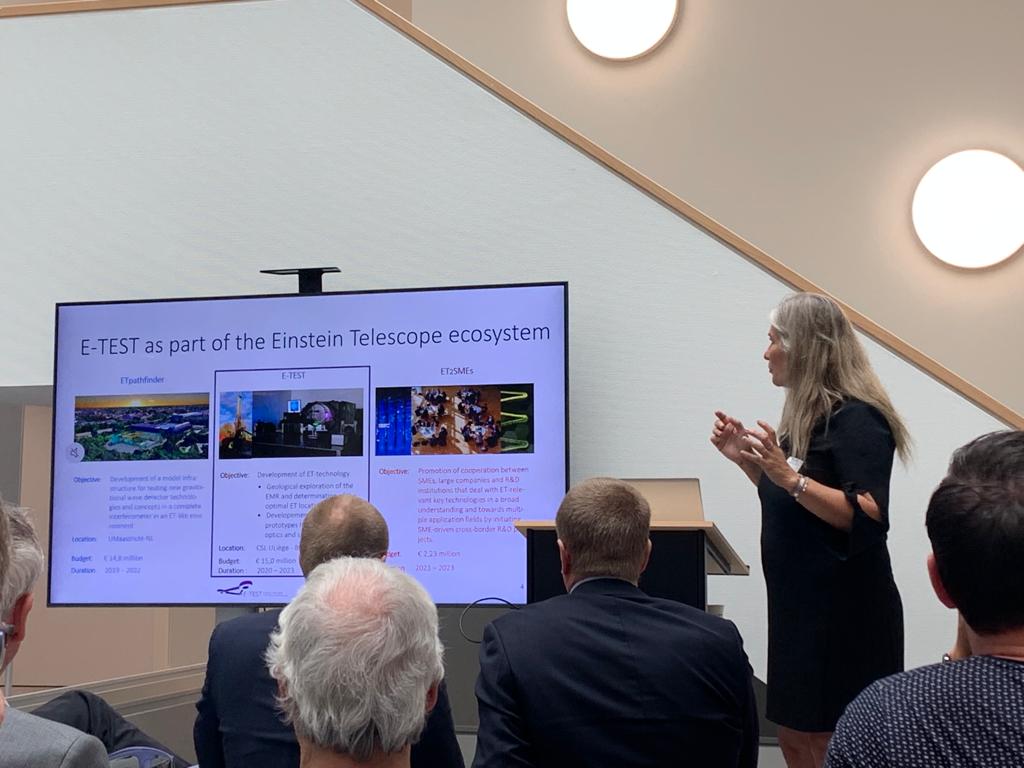
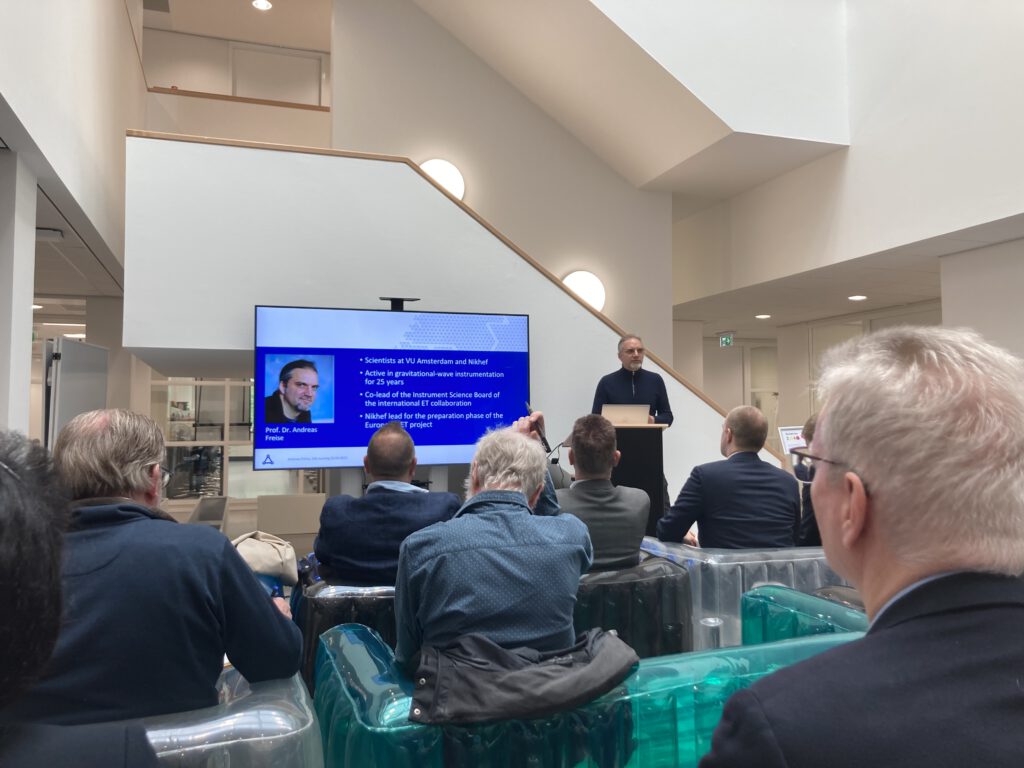
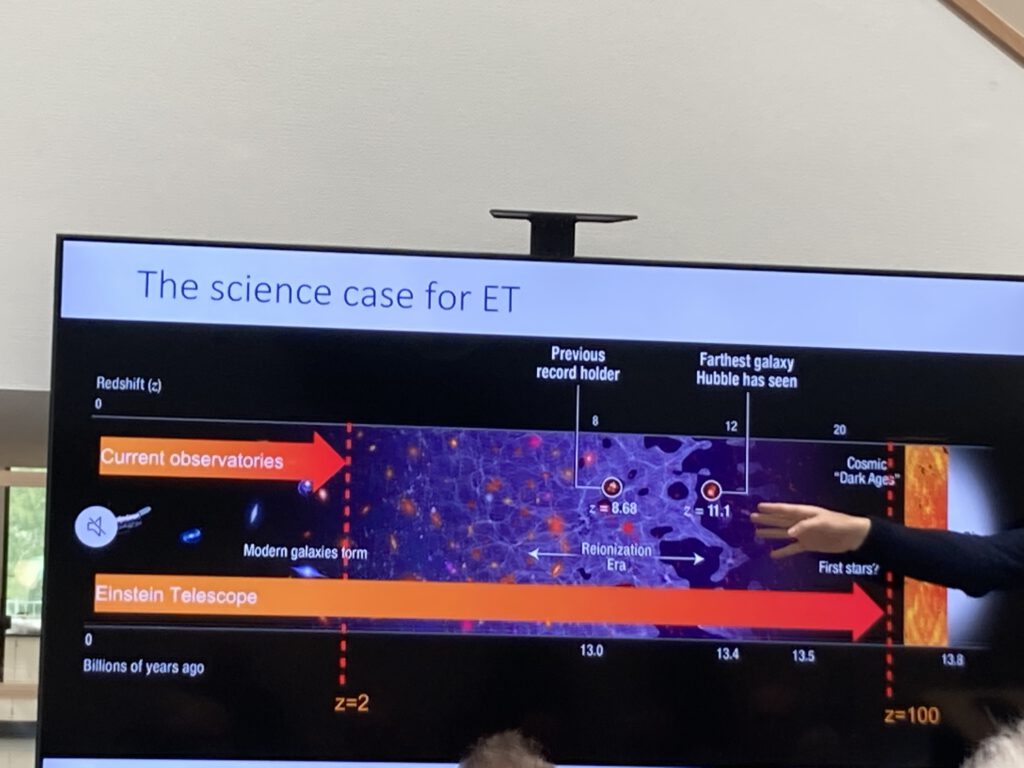
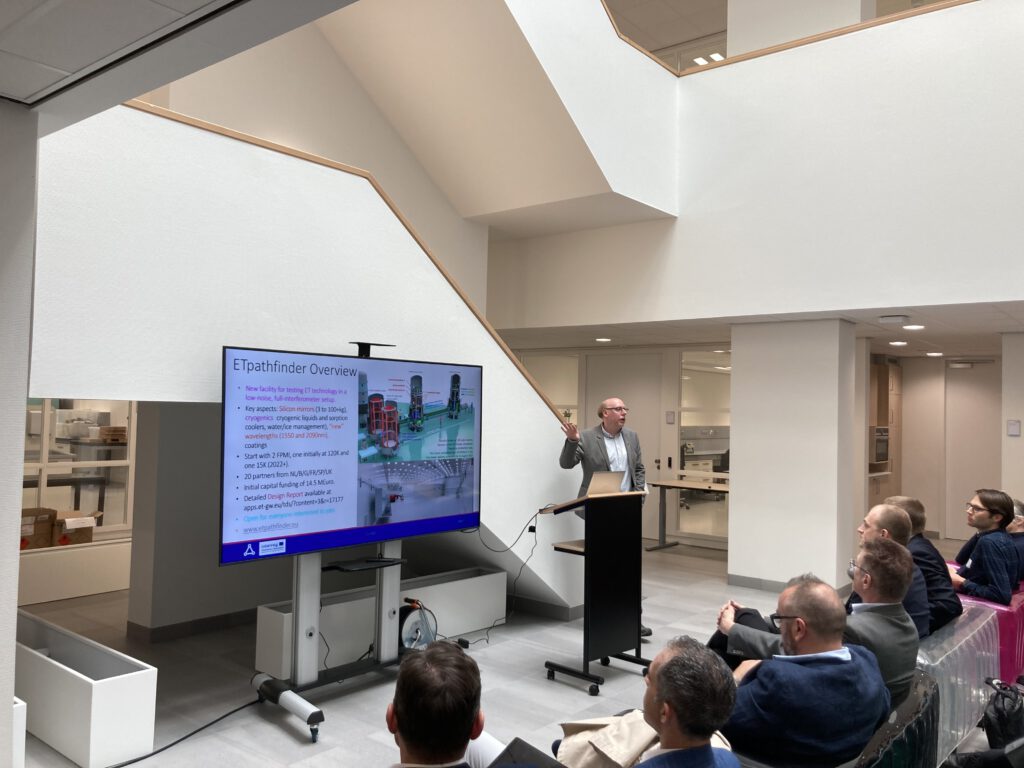
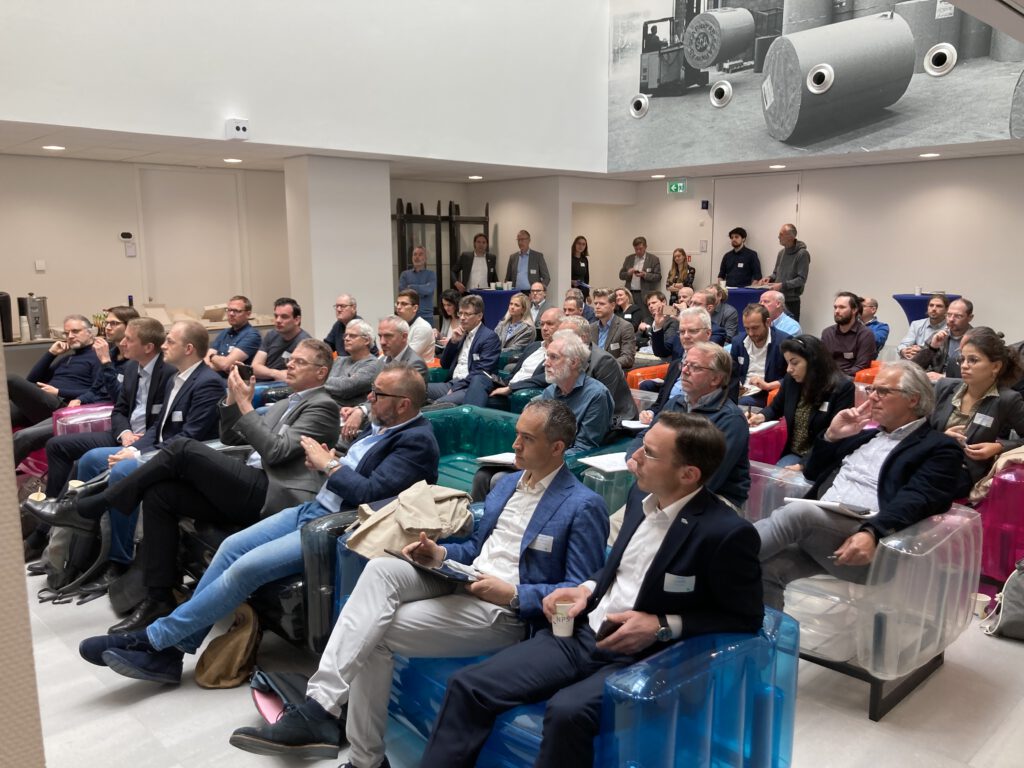
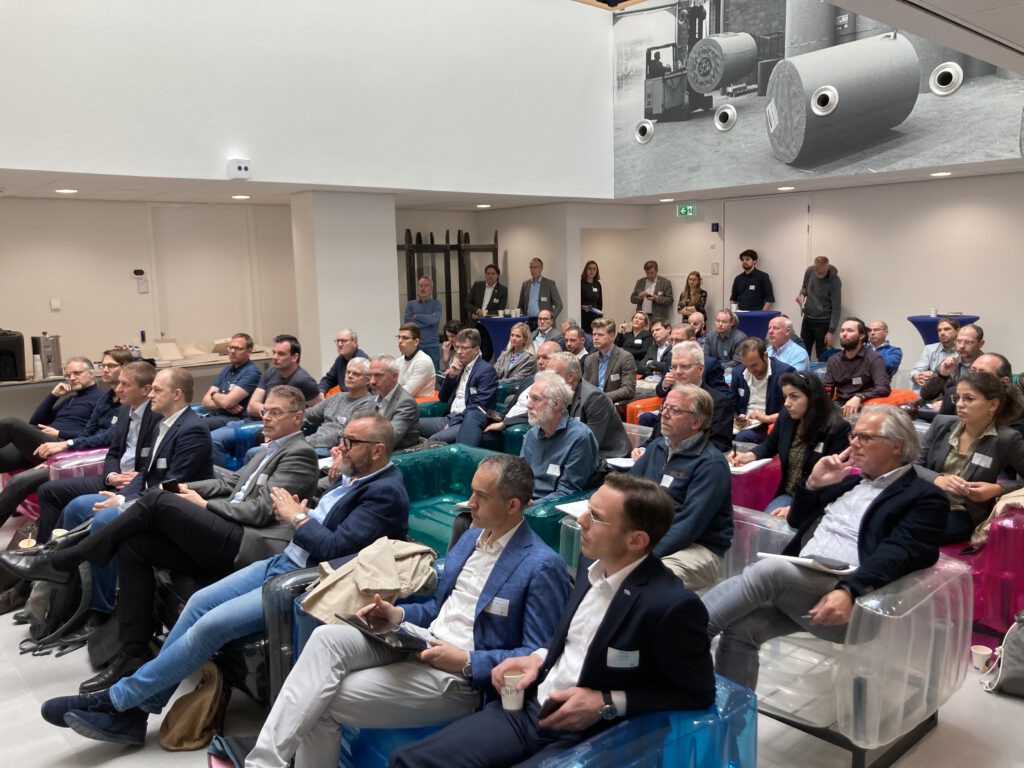
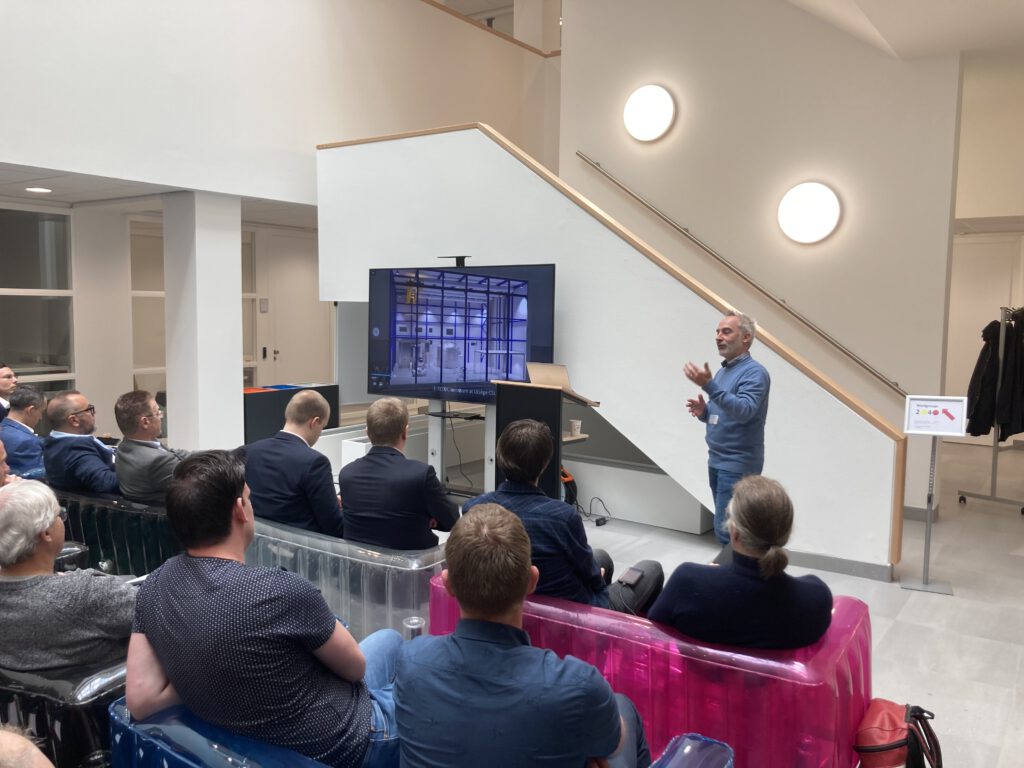
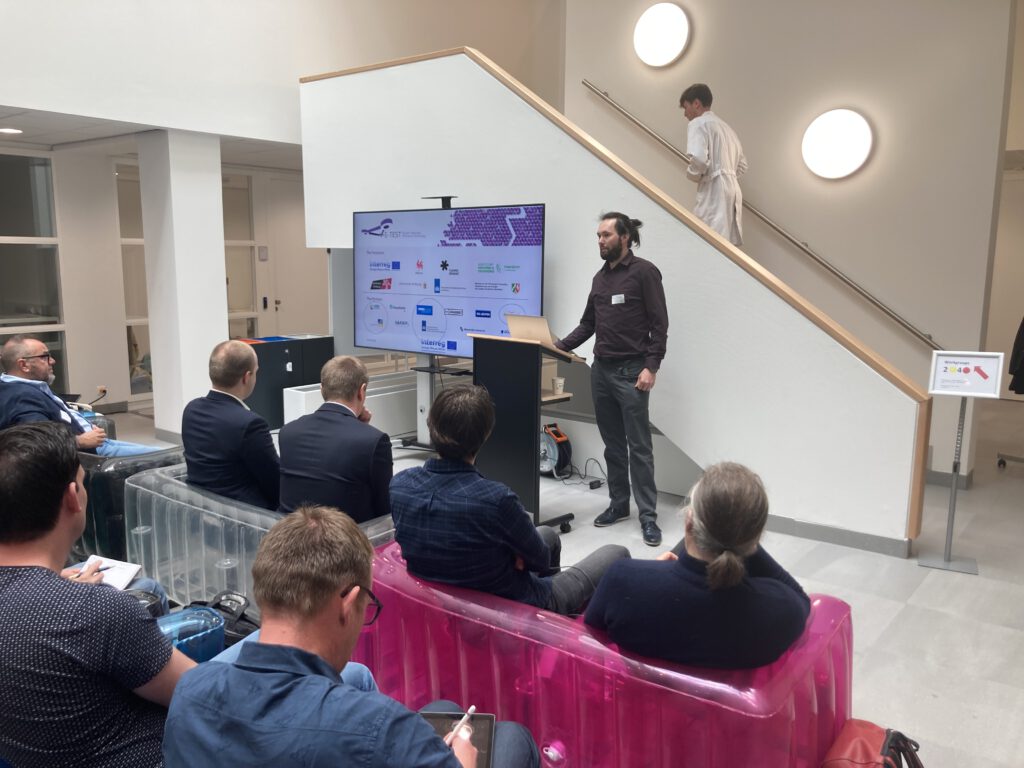
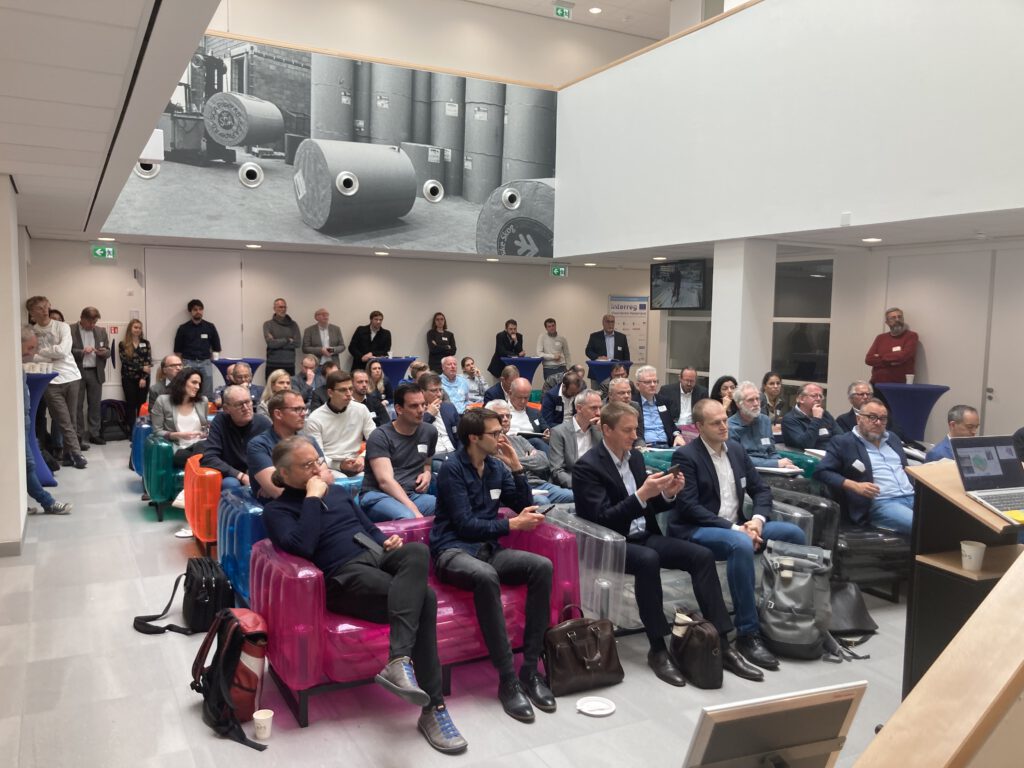
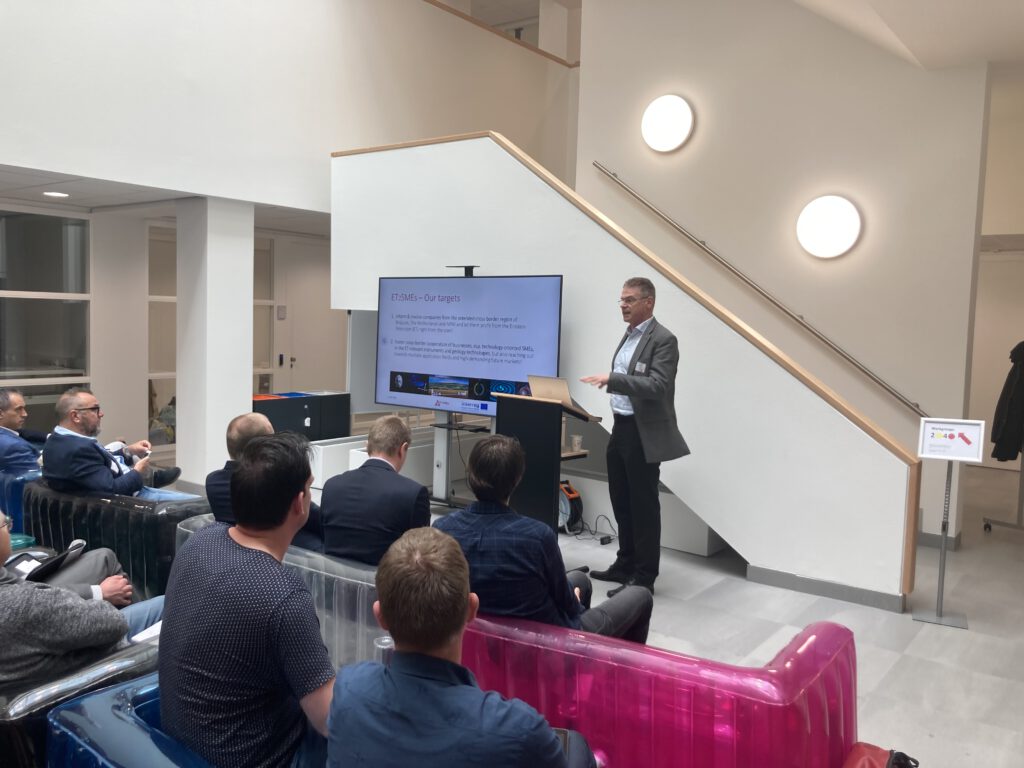
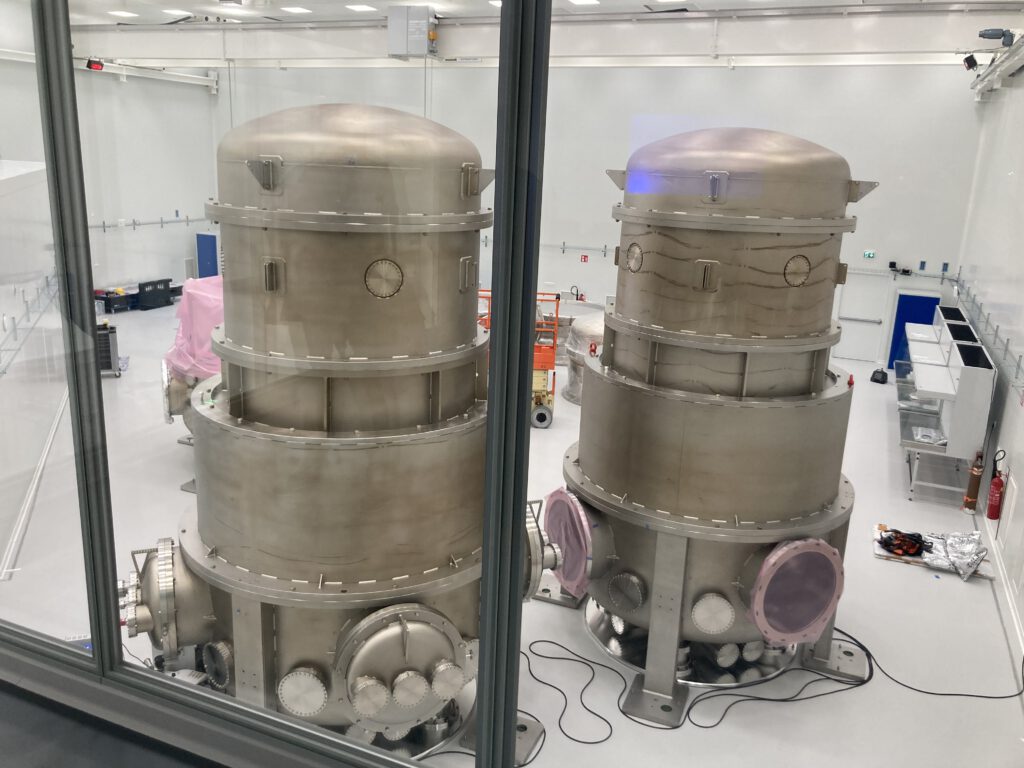
14.04.2022
Dutch government embraces plans for Einstein Telescope in border region South-Limburg
The Dutch government intends to conditionally allocate 42 million euros from the Dutch National Growth Fund to the Einstein Telescope, and is also reserving 870 million euros for a future Dutch contribution to the construction. This decision was taken by the Dutch government based on the advice of the Advisory Committee of the National Growth Fund. With this decision, the Cabinet gives an enormous boost to Dutch science and to the broad development of the South Limburg border region.
The intended investment of 42 million euros will go towards preparatory work such as innovation of the necessary technology, location research, building up a high-tech ecosystem and organisation. With the reservation of the 870 million, the Netherlands has an excellent basis to apply in the future, together with Belgium and Germany, for the realisation of the Einstein Telescope in the border region of South Limburg.
The Cabinet however does ask for a further explanation of the valorisation strategy of the scientific project. The initiators are also asked to further elaborate the plan for monitoring and evaluation of the project. The partners involved will of course work to meet these conditions timely.
The proposal for granting money from the National Growth Fund to the Einstein Telescope was submitted on 31 October 2021 by the Minister of Education, Culture and Science (OCW), with the support of the colleague from Economic Affairs and Climate Policy (EZK).
National Institute for Subatomic Physics Nikhef, the Province of Limburg and regional development agency LIOF jointly drew up the growth fund proposal last year, supported by the Ministries of OCW and EZK. Nikhef director Stan Bentvelsen has been involved with the Einstein Telescope for years. He is delighted, but also sees that there is still a lot of work to be done: “It is fantastic that the cabinet embraces the ambition to make the Netherlands a world leader in research into gravity waves. These Growth Fund resources form the basis for further cooperation with our partners in Germany and Belgium and for research into the geological subsurface in the border region of South Limburg. A major project requires a careful process, and we are putting our heart and soul into it. I am confident that we will meet the additional conditions.”
Stephan Satijn, Provincial Executive member for Limburg, is very enthusiastic about the opportunities that the possible arrival of the Einstein Telescope offers for the Netherlands and Limburg.
“With today’s decision, the Cabinet places our country at the global forefront of high-tech and science. Limburg is the logical place to help shape this leading position. Not only because of the suitability of our soil for the Einstein Telescope, but also because we are accustomed like no other to working together internationally and to connecting science and business. I am pleased and proud that the government recognises the value of Limburg and is helping to increase it further with such a substantial investment. In addition to direct orders for companies, the Einstein Telescope gives Limburg and the Netherlands a unique lead in knowledge, expertise and innovative technologies that can be marketed by existing or new companies. This is essential for the economic development of the Netherlands in the medium and especially the long term.”
About the Einstein Telescope
The Einstein Telescope is a future underground observatory for measuring gravitational waves. Powerful laser beams will soon bounce between deep-cooled, vibration-free mirrors at the ends of kilometre-long vacuum tunnels. The instrument will be much more sensitive than existing detectors. As a result, it can detect many more sources and scan a volume of the universe thousand times larger. Researchers will use this instrument to look for instance for the precise structure of neutron stars, the birth process of black holes and the structure of the universe immediately after the Big Bang.
The border region of South Limburg – the Euregio Meuse-Rhine – is one of the possible locations for this observatory. Housing the Einstein Telescope in this region could have a major positive impact on science, the economy and society in the Netherlands. With the committed investments from the National Growth Fund, the Netherlands has the basis to join forces with Belgium and Germany to establish a strong candidacy in 2024/2025.
This is a joint press release of National Institute for Subatomic Physics Nikhef, Province of Limburg and regional development agency for Limburg LIOF.
31.03.2022
Grenzlandkonferenz 2022
On 31.03.2022, the 4th German-Dutch GrenzLands Conference will take place in the Aachen Coronation Hall. During the conference, new goals of cross-border cooperation will be presented and a balance sheet of the past years will be drawn up. Thematically, the GrenzLands Conference will be based on the contents of the North Rhine-Westphalia – Dutch Borderlands Agenda. Due to the geographical location of Aachen and the Euregio Meuse-Rhine, the conference will also include elements of tri-national cooperation.
For this reason, a side event on the Einstein telescope will take place in the context of the GrenzLands Conference, with the aim of involving representatives of German politics just as closely in the preparatory activities and to consider the establishment of a German task force in the future.
The GrenzLands Conference 2022 will take place face-to-face.
On the conference, an award for special commitment to cross-border cooperation will be presented again this year. You can find the call here. Call for the Border Region Award 2022
18.03.2022
Conférence Wallonne télescope Einstein
18/03/2022 – Liège Science Park, Liège
Le Télescope Einstein est un projet européen de grande infrastructure scientifique, qui a pour objectif de créer le plus grand observatoire mondial en matière de détection d’ondes gravitationnelles (d’infimes soubresauts de l’espace-temps) afin de mieux comprendre la théorie du big bang et les origines de l’Univers.
L’infrastructure consistera en trois paires d’interféromètres géants, longs chacun de 10km, disposés en triangle, et enfouis entre 200 et 300 mètres de profondeur.
Plusieurs sites d’implantation en Europe sont envisagés, parmi lesquels la région des Trois Frontières, au cœur de l’Euregio Meuse-Rhin, à cheval sur les frontières belge, hollandaise et allemande. La décision sur la localisation serait prise en 2025.
En attendant, l’Euregio Meuse-Rhin se prépare, à travers plusieurs projets financés et en cours (E-TEST, ETpathfinder, ET2SMEs), permettant d’étudier par exemple les sous-sols de manière approfondie, de développer un grand miroir suspendu à température cryogénique (un projet unique au monde qui sera développé au CSL à Liège) et des technologies pour améliorer l’observation des ondes gravitationnelles.
Prédites par Albert Einstein et observées pour la première fois en 2015, les ondes gravitationnelles marquent les débuts de la révolution de l’astronomie gravitationnelle, et d’une nouvelle physique pour aller plus loin dans la compréhension des origines et de l’évolution de notre Univers.
Le Télescope Einstein est un énorme projet scientifique qui pourrait prendre place partiellement en Wallonie. Il offre des opportunités importantes et très stimulantes pour les chercheurs mais aussi les entreprises technologiques des régions concernées, tout en constituant un indéniable facteur d’attraction, à l’image du CERN.
La Conférence wallonne Einstein Telescope, organisée ce 18 mars par l’ULiège et l’Euregio Meuse-Rhin, était l’occasion d’informer tous les acteurs wallons sur les multiples facettes du projet et de faire un état des lieux du dossier.
Cette conférence s’est déclinée en 3 séances:
La séance scientifique s’est tenue dès 9h00 au Centre Spatial de Liège (CSL) en présence du Secrétaire d’Etat, Thomas Dermine, du Gouverneur de la Province de Liège, Hervé Jamar, le Président de l’Euregio-Meuse-Rhin, Luc Gillard, et son Directeur, Michael Dejozé, ainsi que de Belspo et de l’Antenne Interreg régionale Liège Euregio Meuse-Rhin.





























































La séance politique s’est tenue à l’Interface Entreprises-Université de Liège.
Les Ministres-Présidents Pierre-Yves Jeholet et Oliver Paasch, le Secrétaire d’État Thomas Dermine ainsi que les Ministres, Vice-présidents du Gouvernement wallon Willy Borsus et Philippe Henry, le Gouverneur de la Province de Liège, Hervé Jamar, le Président de l’Euregio-Meuse-Rhin, Luc Gillard, et son Directeur, Michael Dejozé, et les représentants des communes d’Aubel, Plombières et Dalhem concernées par le projet ont pris part à la Conférence Wallonne du Télescope Einstein. Les Cabinets des Ministres Di-Rupo, Glatigny et Morreale étaient représentés par leurs conseillers.
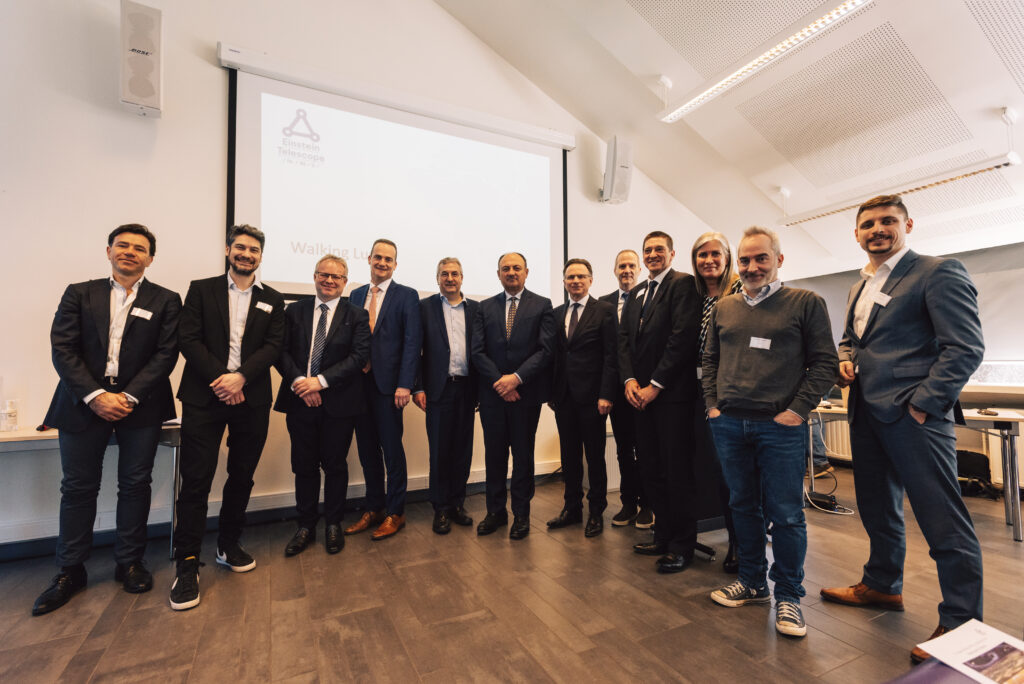












































































































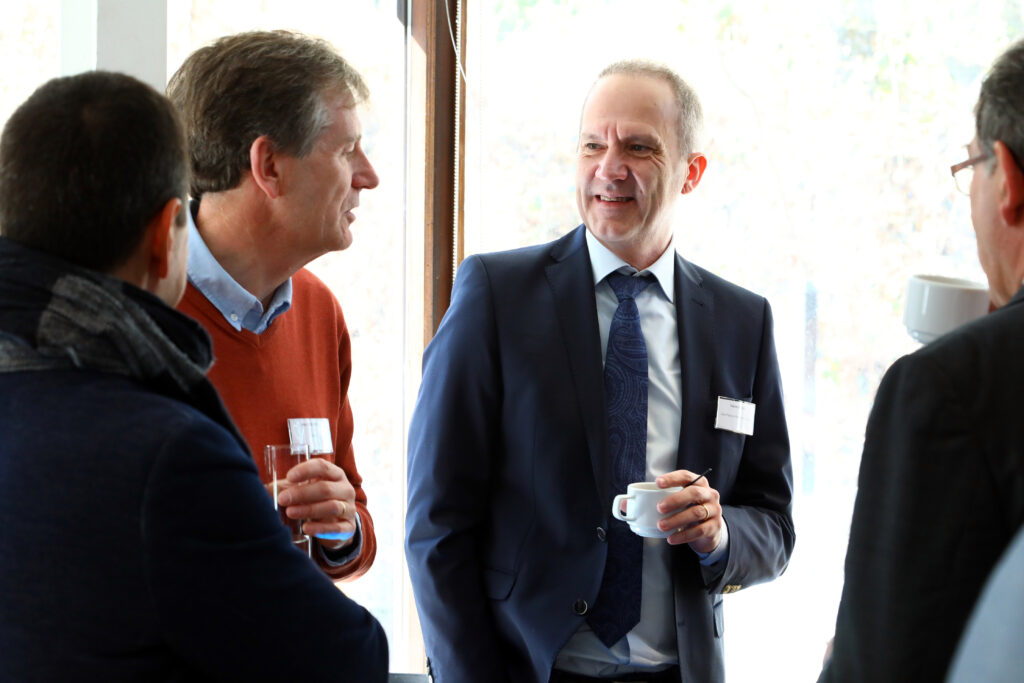
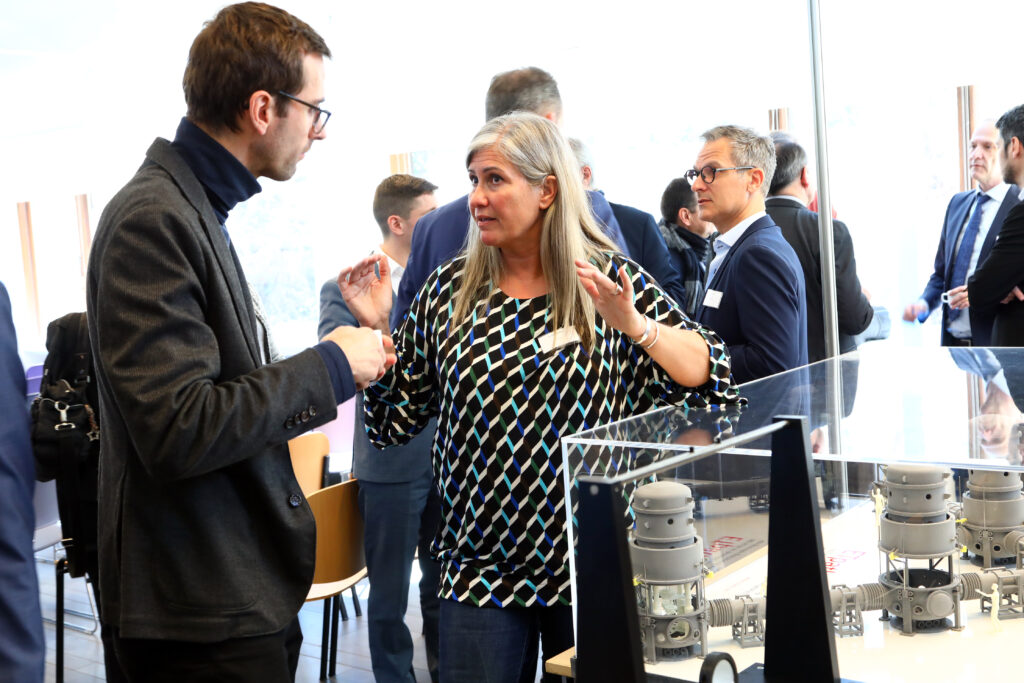
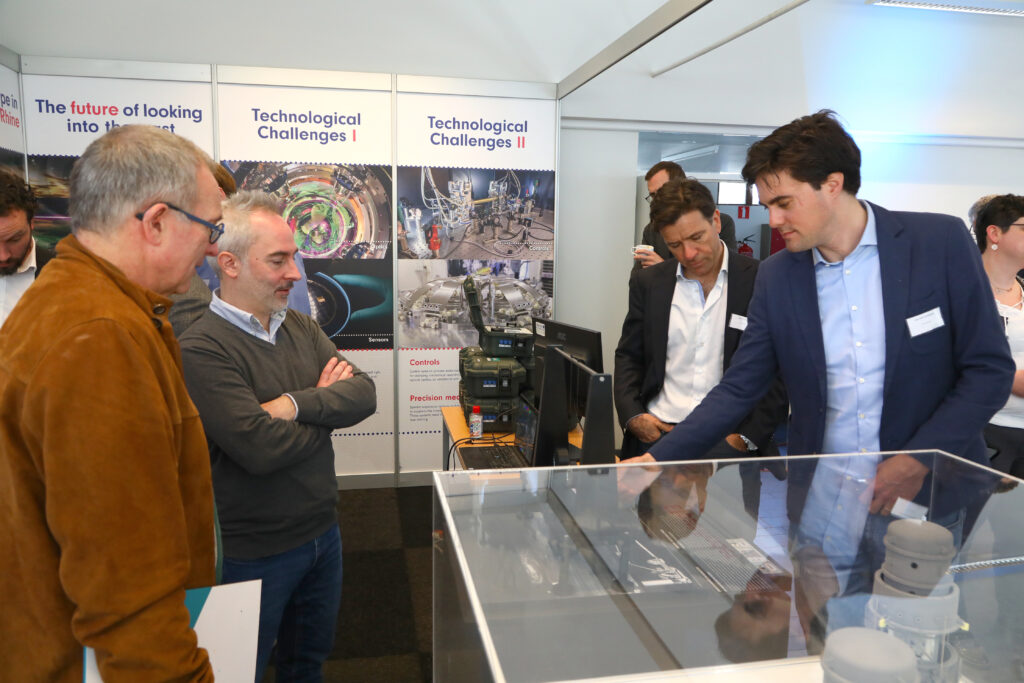
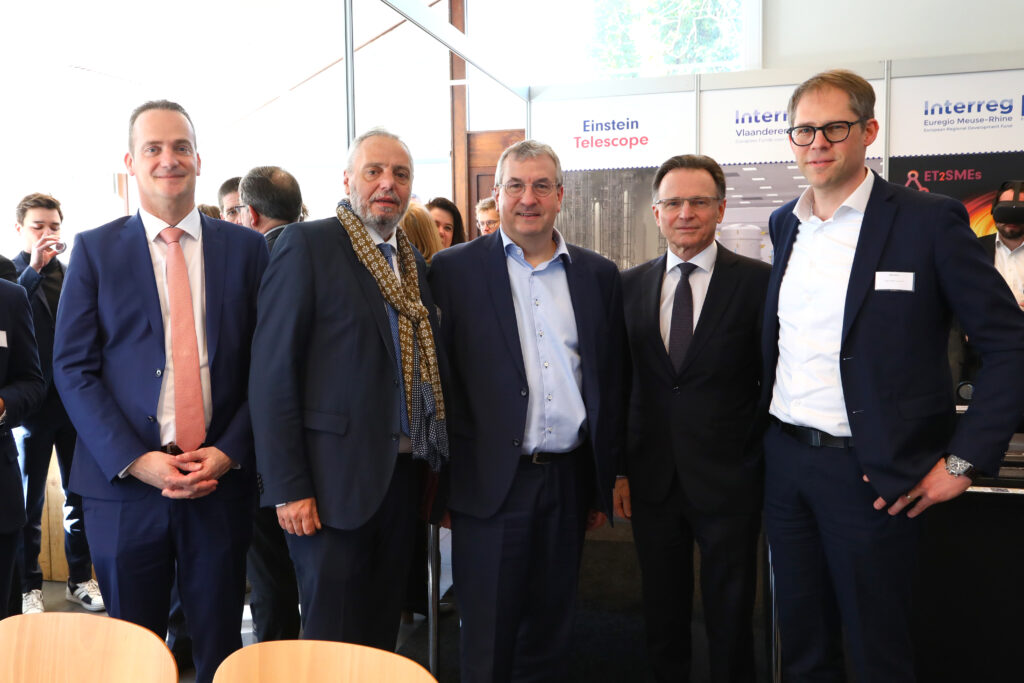
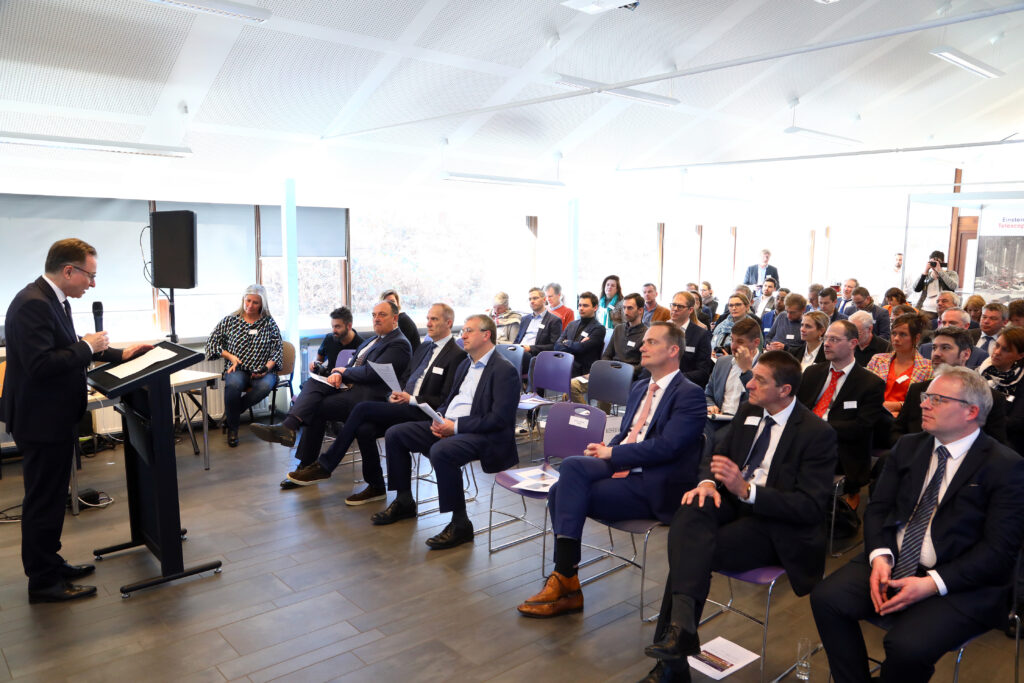
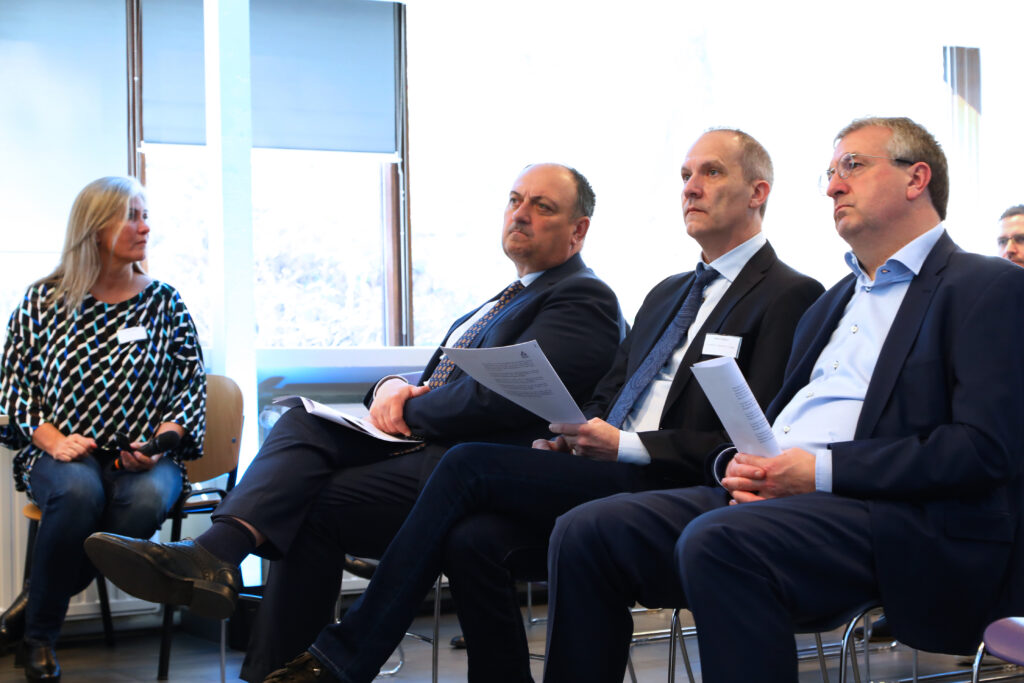
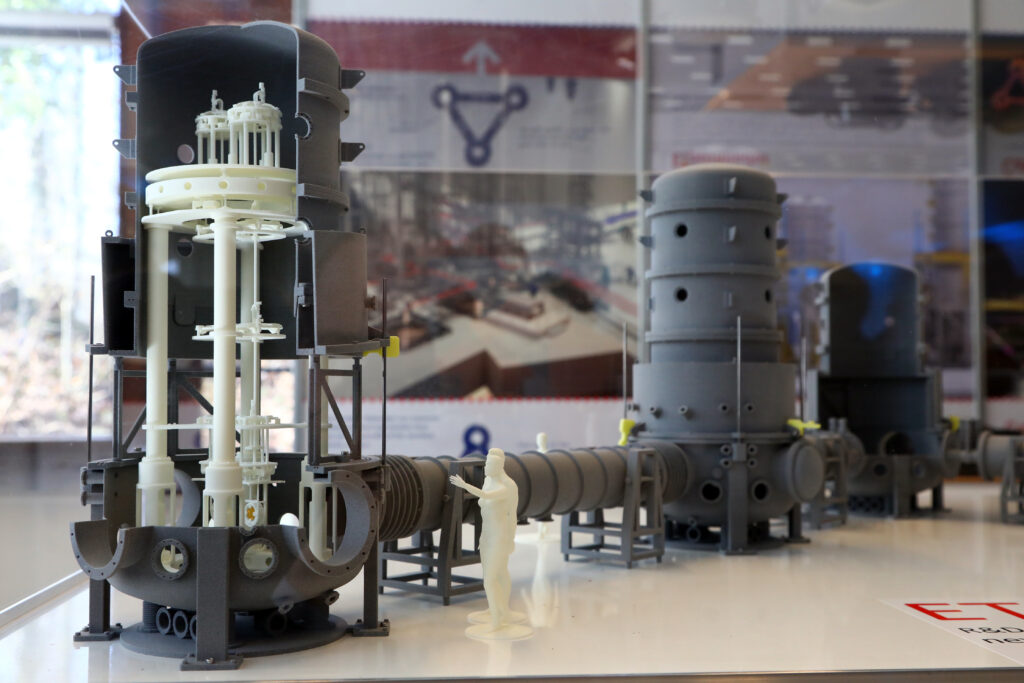
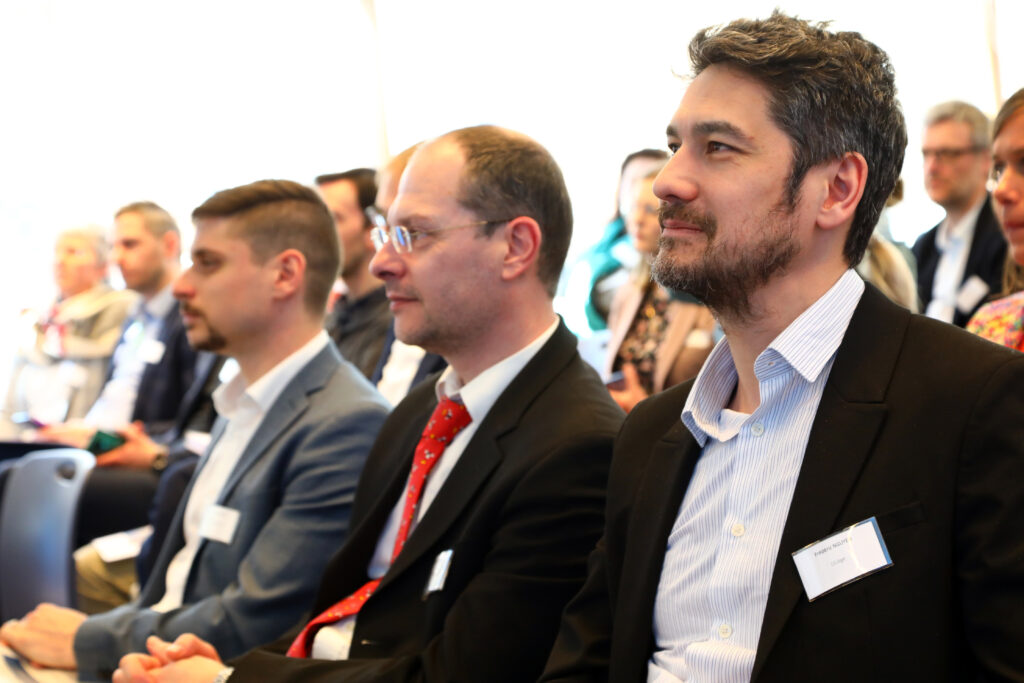
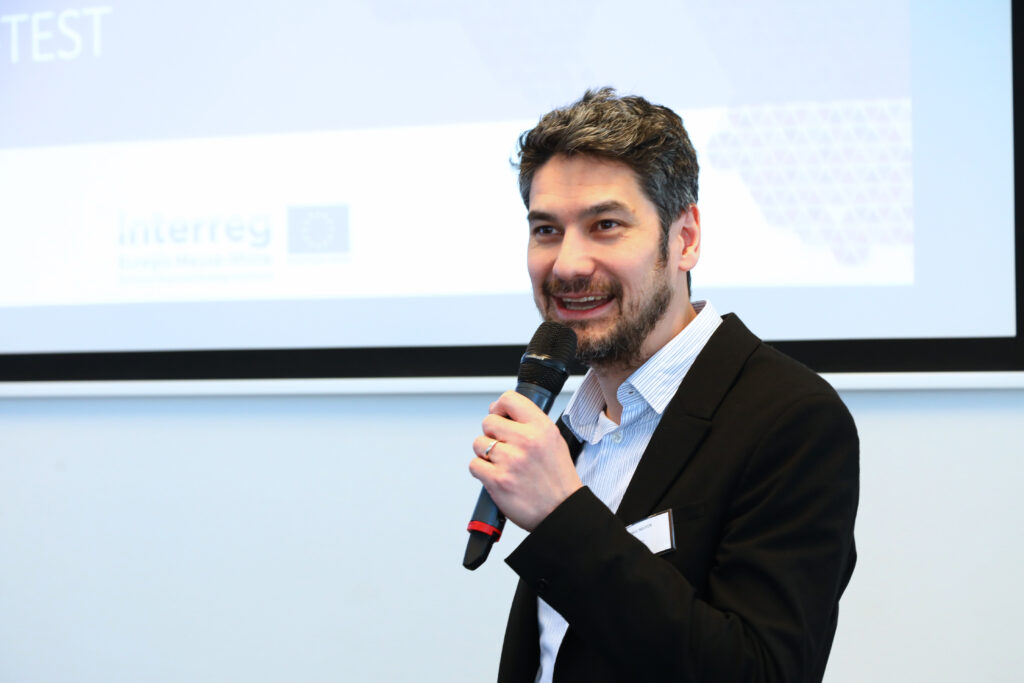
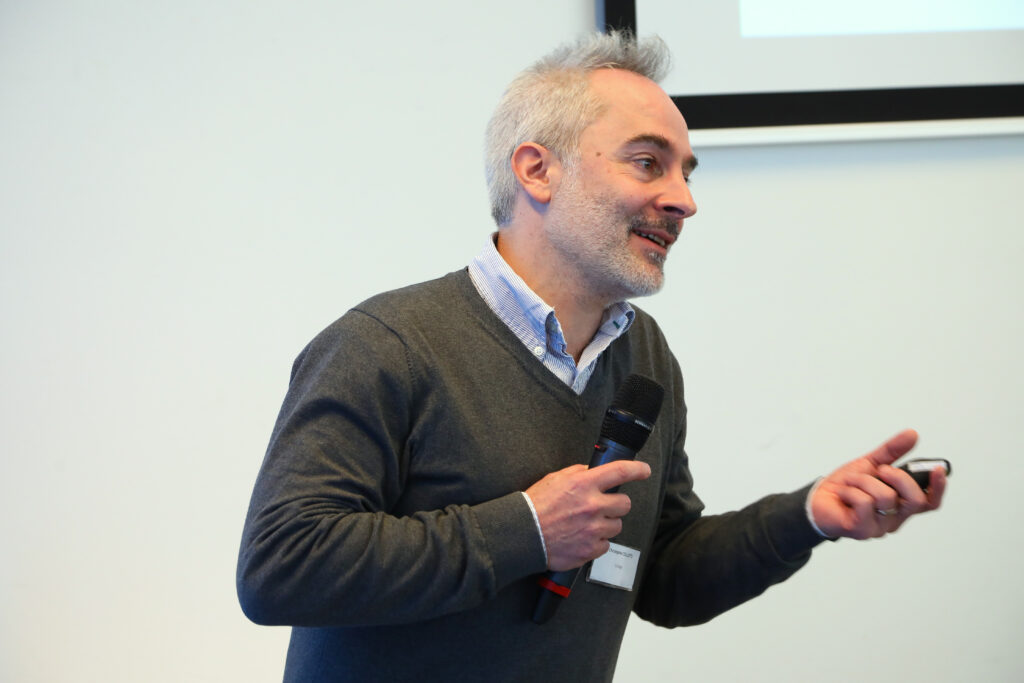
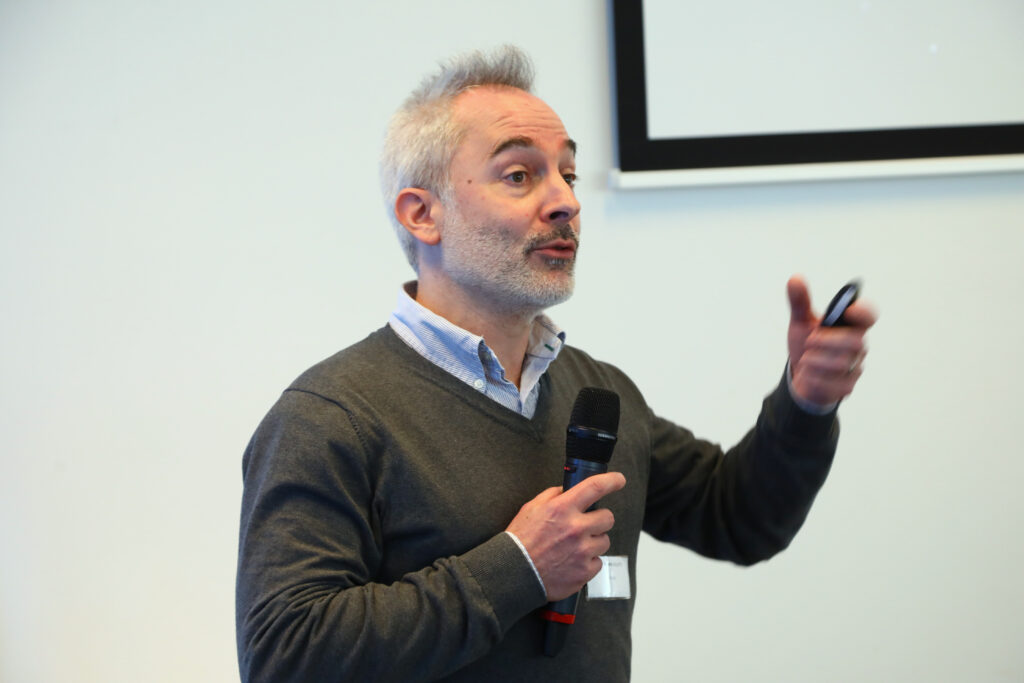
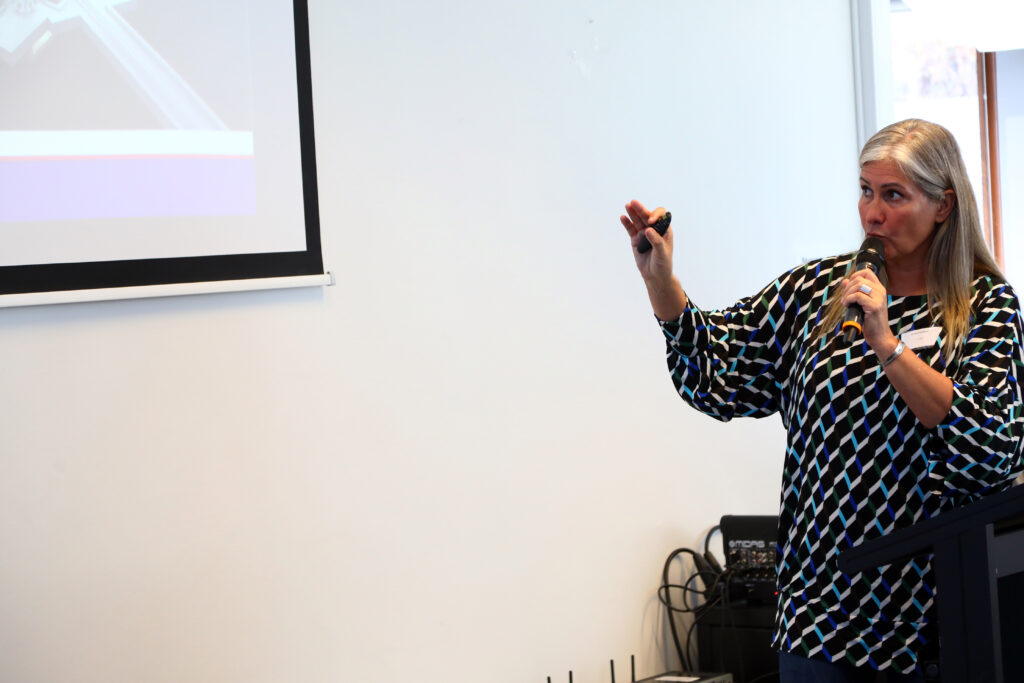
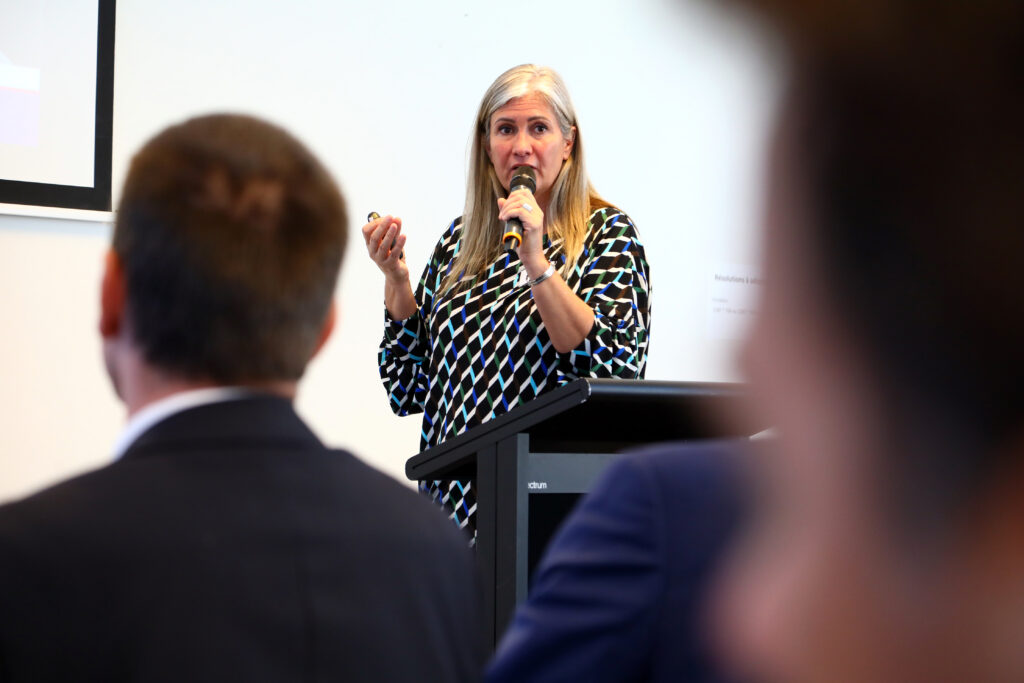
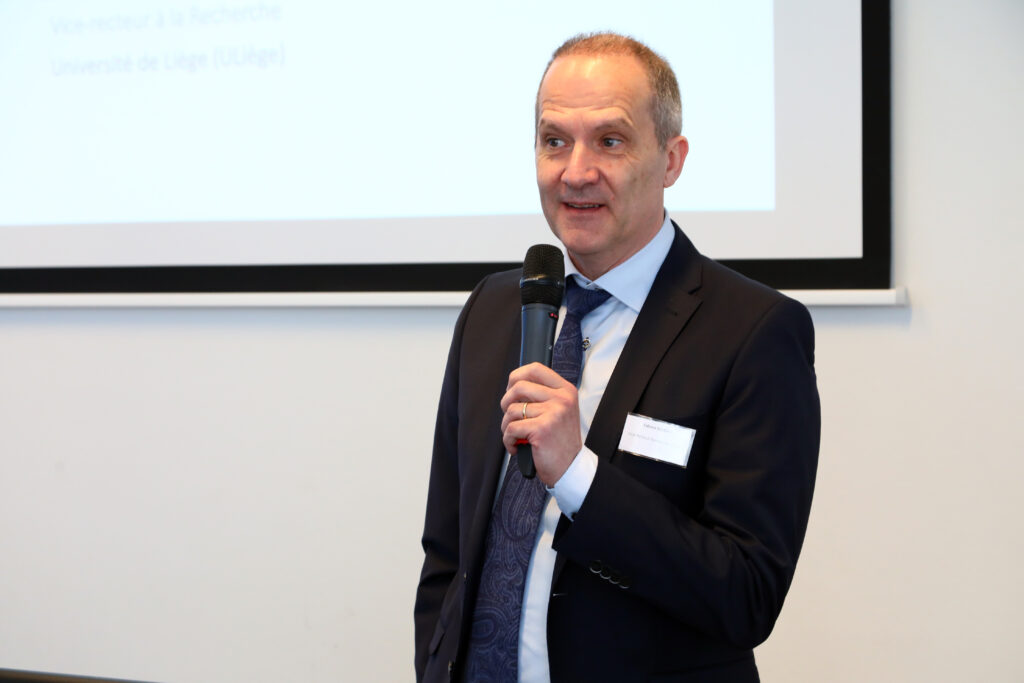
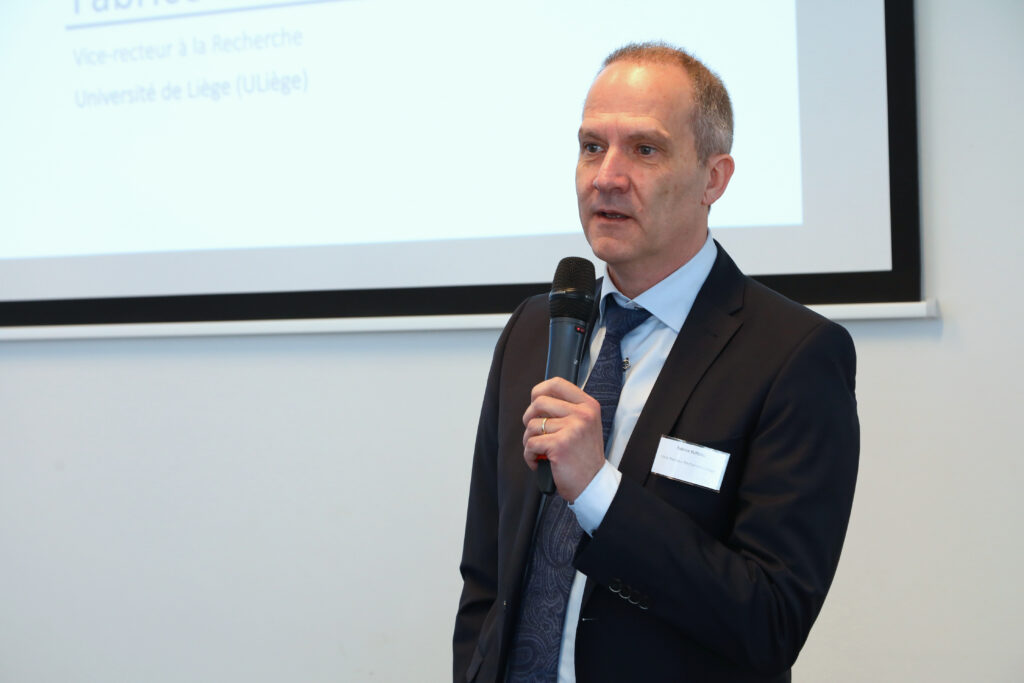
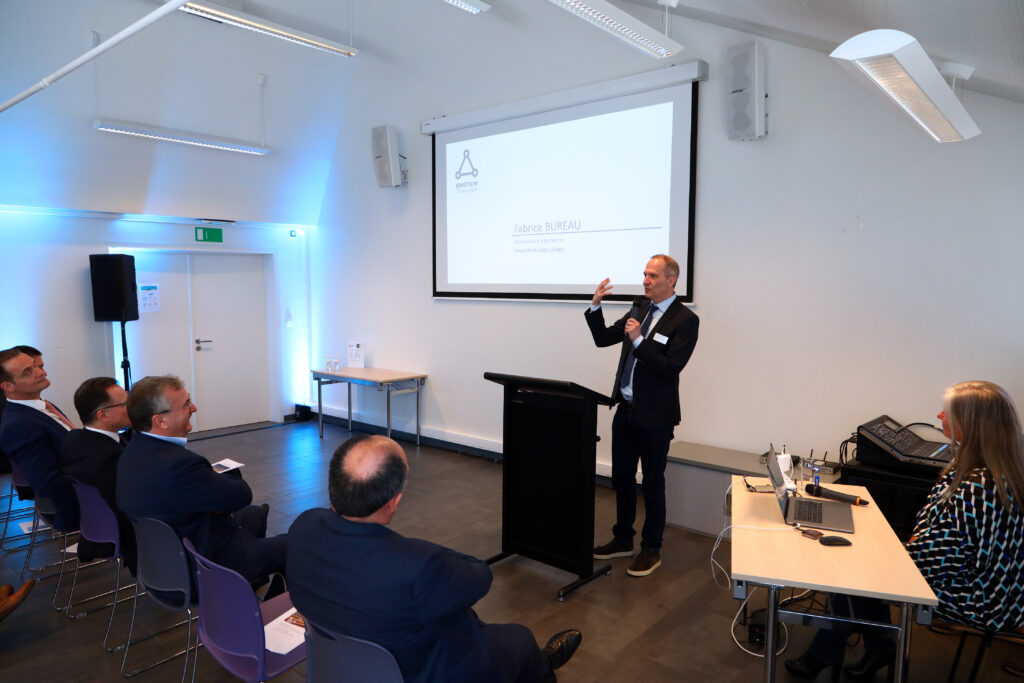
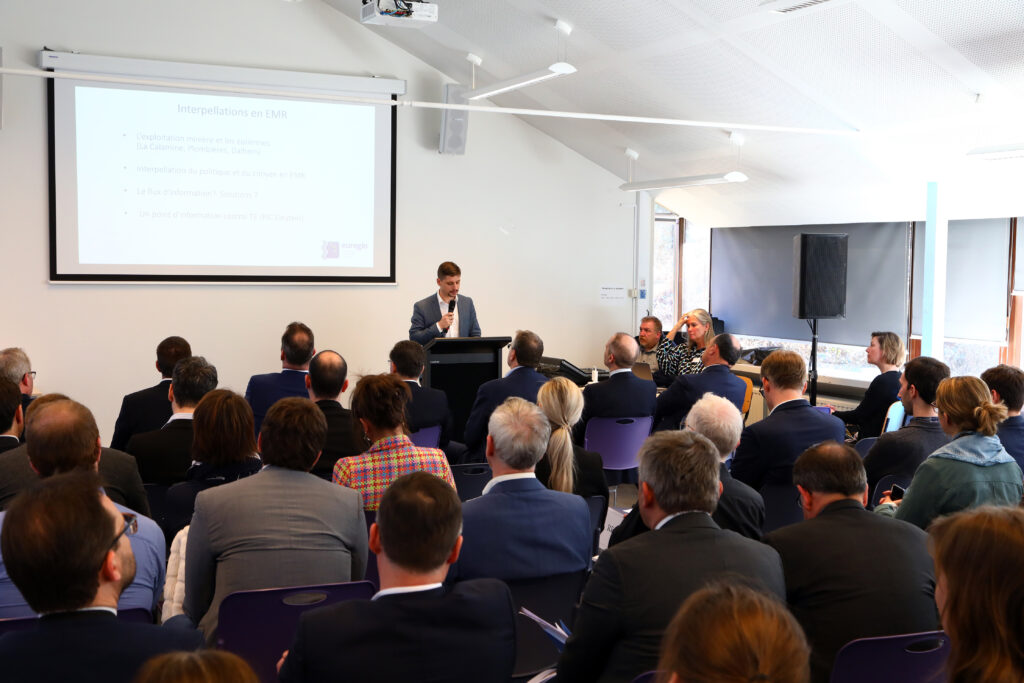
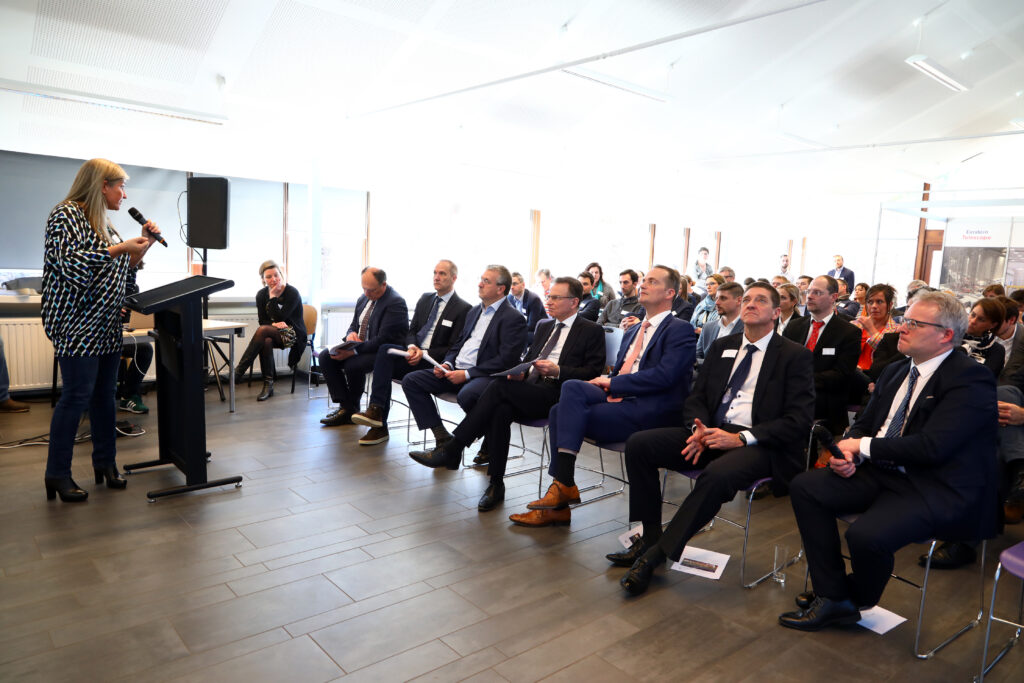
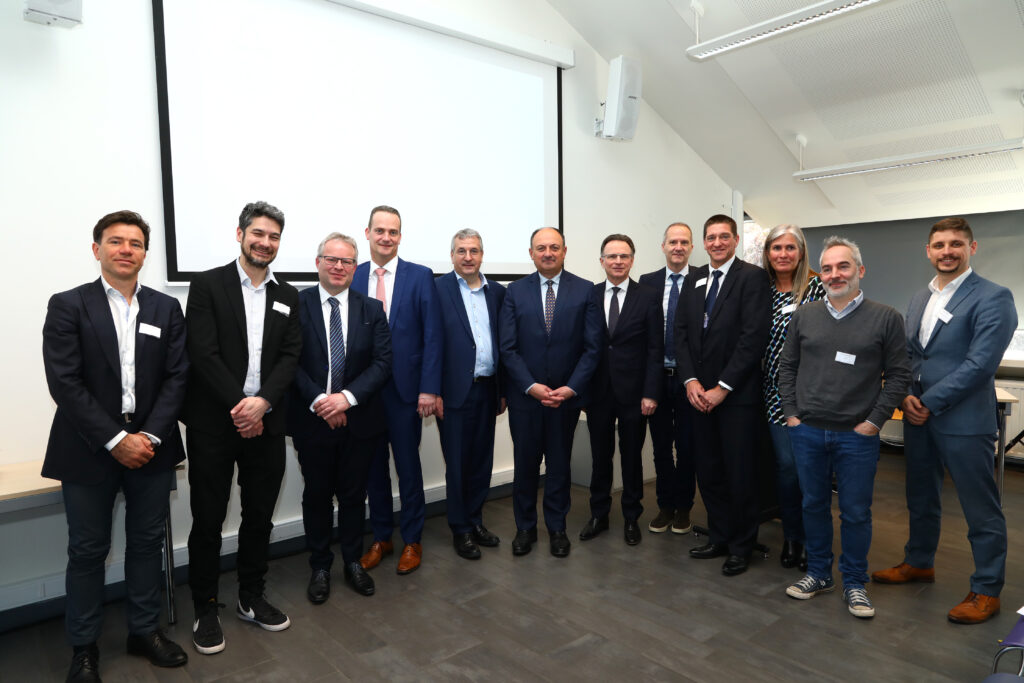
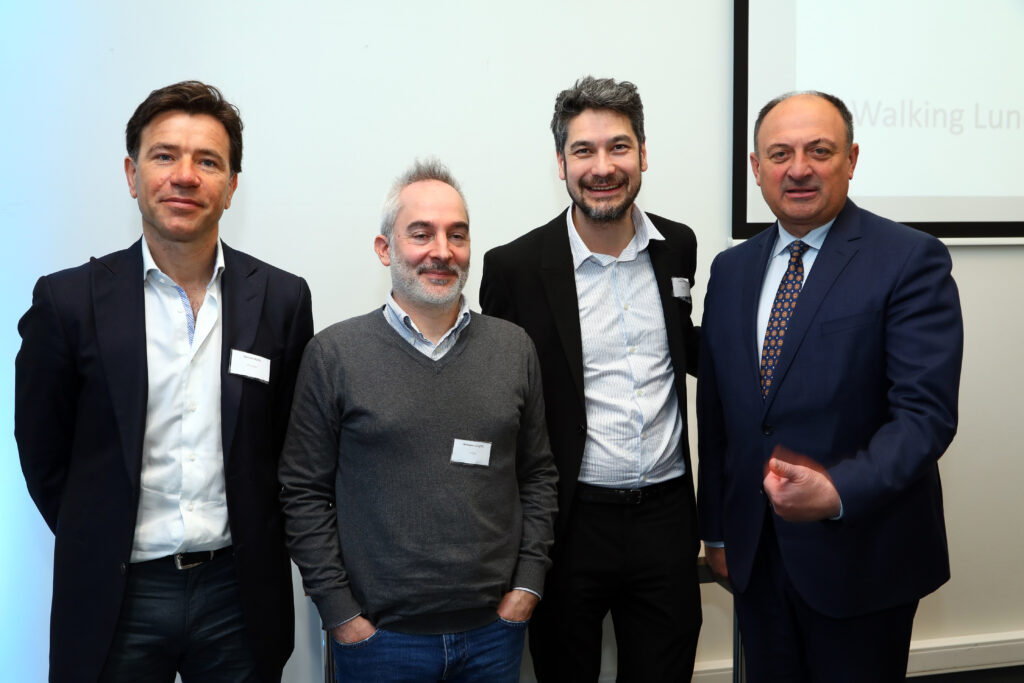
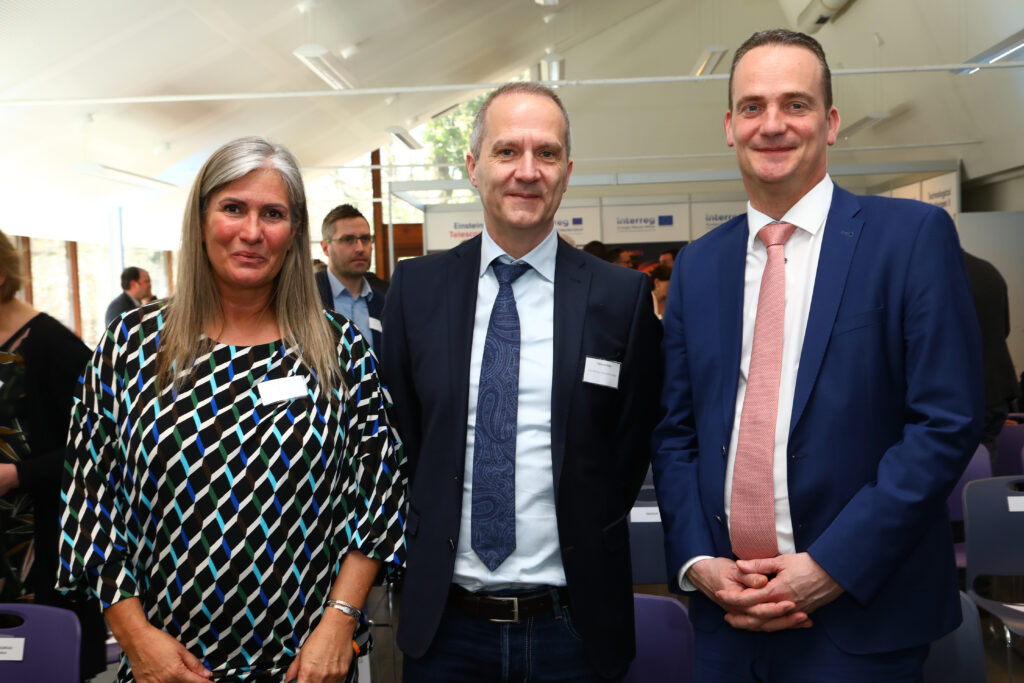
La séance économique s’est tenue l’après-midi en présence de PMEs et de grandes entreprises wallonnes, des pôles de compétitivité Skywin, MecaTech et GreenWin, des agences de développement de l’économie Sowalfin, SPI et wfg Ostbelgien, et du réseau LIEU.




































20.12.2021
E-TEST Workshop n°1: Einstein Telescope Sensibilisation Meeting with Citizens at the Kiwanis, 20.12.2021 at Thimister-Clermont, BE
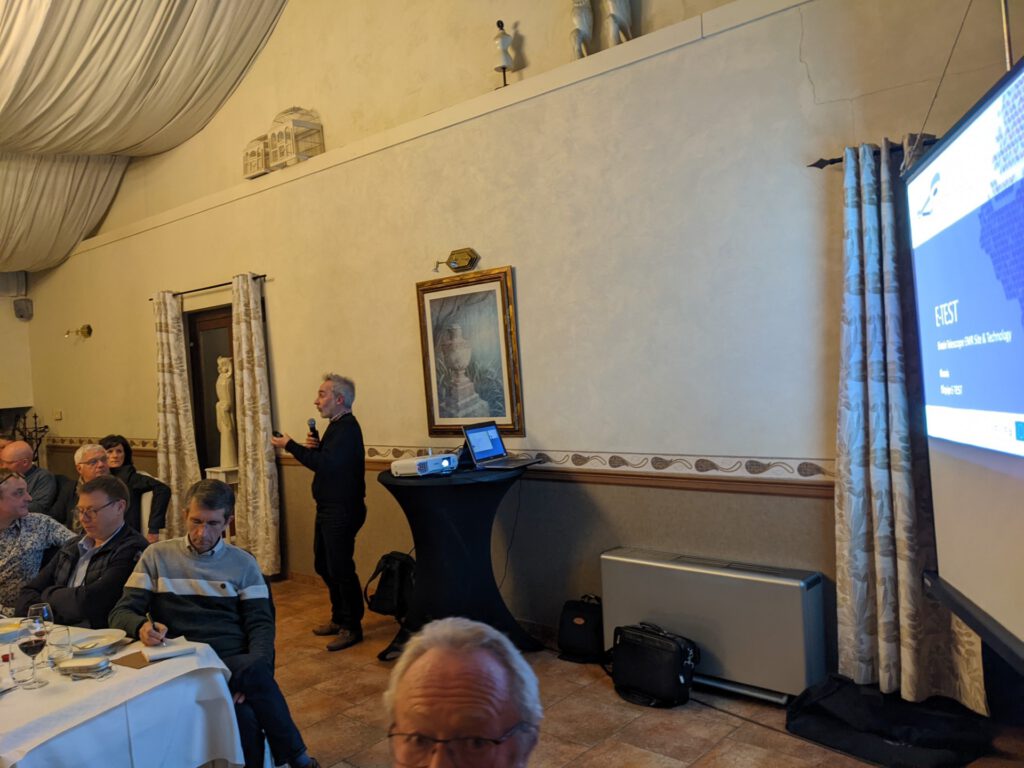
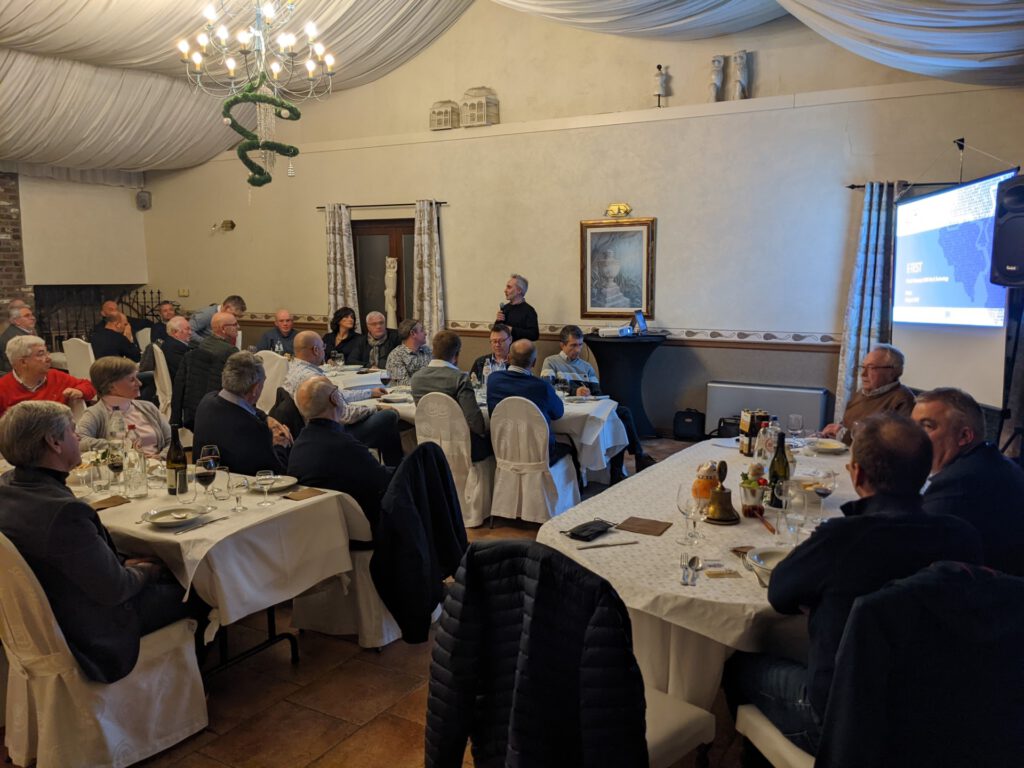
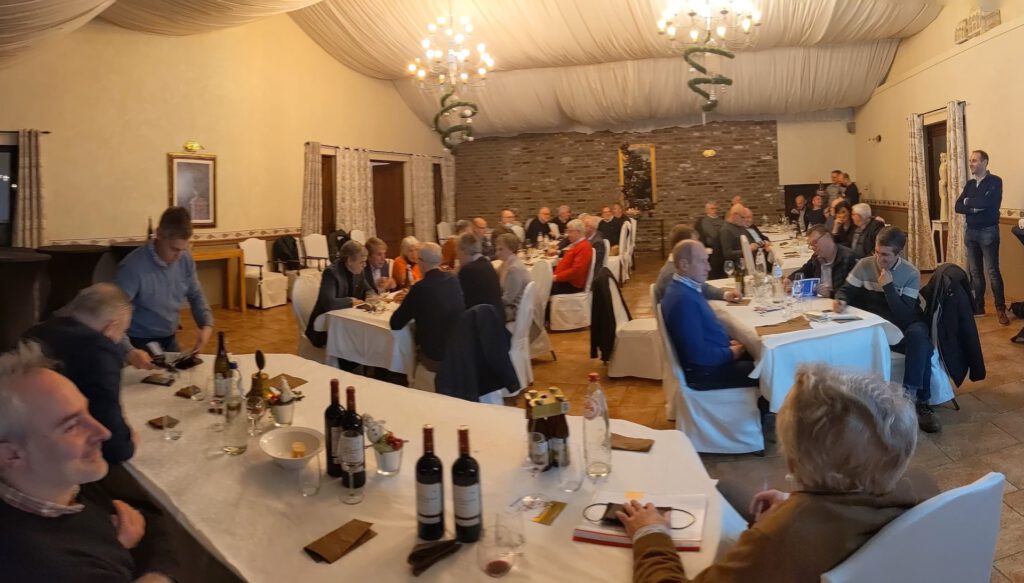
14.12.2021
(Eu)Regional SMEs benefit from Einstein Telescope: Implement your own ideas with up to 50,000 euro vouchers!
Euregio Meuse-Rhine, December 2021 – Our cross-border region is applying for the Einstein Telescope (ET), a third generation gravitational wave detector and cutting-edge research infrastructure of global importance. As of now, small and medium-sized enterprises (SMEs), start-ups and engineering companies with special expertise in the operational and geological technologies of the planned large-scale research facility can receive funding from 25,000 to 50,000 euros to realize their project idea. This involves application and experimental development projects that are innovative and carried out with a cross-border EMR company.
Call one for vouchers: Applications for innovation vouchers can be submitted until January 24th, 2022. For more information on the conditions of the competition, please visit: https://et2smes.eu/vouchers/.
Far more than 100 businesses, especially SMEs, joined the virtual information event on December 9th and informed them-selves about their inspiring opportunities.
The new offer is provided by the ET2MEs project involving 7 business development agencies/partners supported by INTERREG EMR VA Programme.
“We not only provide innovation vouchers worth 25,000 to 50,000 euros, but also directly connect the companies with complementary partners on the other side of the national borders,” explains Ralf P. Meyer, leadpartner of the ET2SMEs project at AGIT. “In all phases, from planning and construction to regular operation of the facility, companies from the EMR will be able to apply directly for tenders and thus for numerous contracts involving the Einstein Telescope,” emphasises Ralf P.Meyer.
Companies will also soon have the opportunity to present themselves and their know-how in a virtual 3D model of the ET. Furthermore, there is and will be the opportunity to participate to the joint ET Industrial Advisory Board ( ET IAB) of business and research for the large-scale facility as a dialogue partner and advisor in the coming years.
The aim of ET2SMEs is to bring the Einstein Telescope, for which the EMR is competing with excellent chances with Sardinia, closer to SMEs in the region and to let them participate directly in terms of technology development and economic exploitation. Technologies include optics, mirror coating, laser cryogenics, vacuum, precision mechanics / mechatronics, sensors / controls, but also drilling technology, modelling, simulation, artificial intelligence or hydrology.
The most important concern is to stimulate the cross-border innovation-oriented cooperation of technology-oriented companies and to produce targeted innovations that are significant not only for the ET, but also for other demanding applications and future markets.
The Einstein Telescope is a unique research project with global impact that will put Europe at the forefront of a new research discipline worldwide: The gravitational wave observatory of the latest, third generation will produce fundamentally new insights into the formation of the universe and the evolution of galaxies, stars and black holes. The investment for this large-scale research facility alone amounts to 1.9 billion euros, 500 direct and 1,150 indirect jobs will be created and another two billion euros are estimated for its operation until 2080.
Along with Sardinia (IT), the EMR is the last suitable region in Europe to apply for the location of this facility. A final decision on the location is expected in early 2025. Commissioning of the facility is planned from 2032.
09.12.2021, virtual (zoom)
ET2SMEs Innovation voucher Kick-off
The 1st ET2SMEs Call for innovation vouchers openend on December 1st, 2021.
To give companies from Belgium, the Netherlands and Germany the best possible start for their innovation projects, a virtual meeting took place on 09 December 2021. Here, the Call for Vouchers and first exemplary innovation projects were presented and questions answered.
November 10 & 11, 2021
Participation to the Precision Fair in ‘s-Hertogenbosch, the Netherlands
E-TEST, ETpathfinder and ET2SMEs had the pleasure to welcome you on their joint Eintein telescope Booth 417, Hall 2 at the Precision Fair in ‘s-Hertogenbosch.
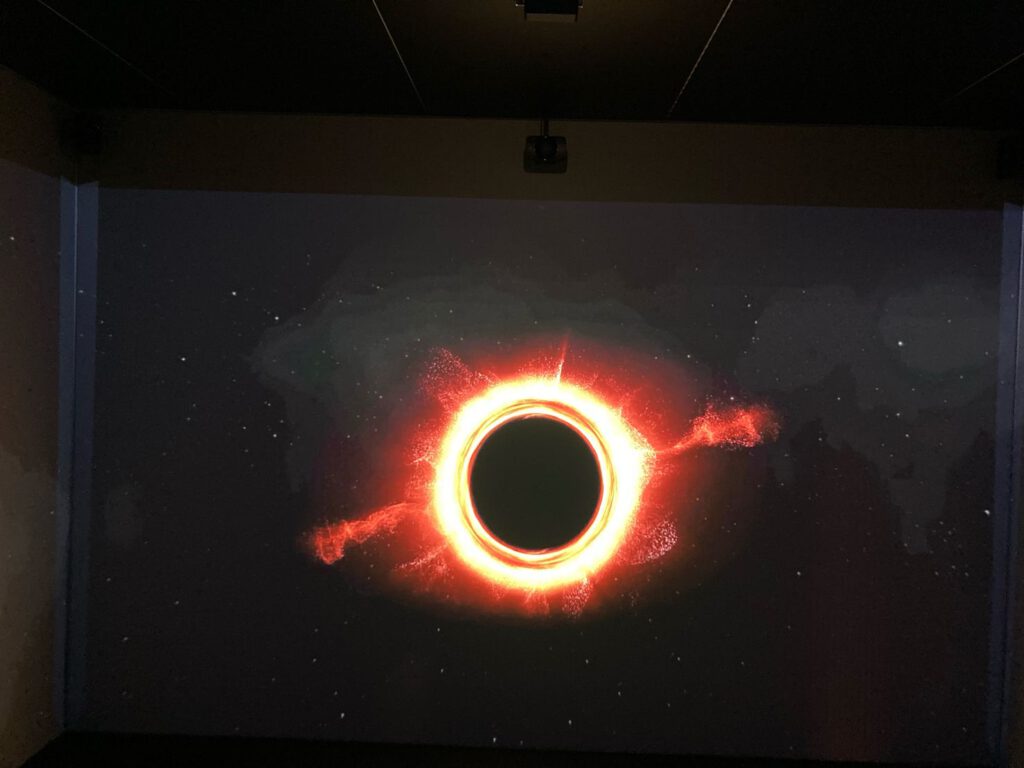
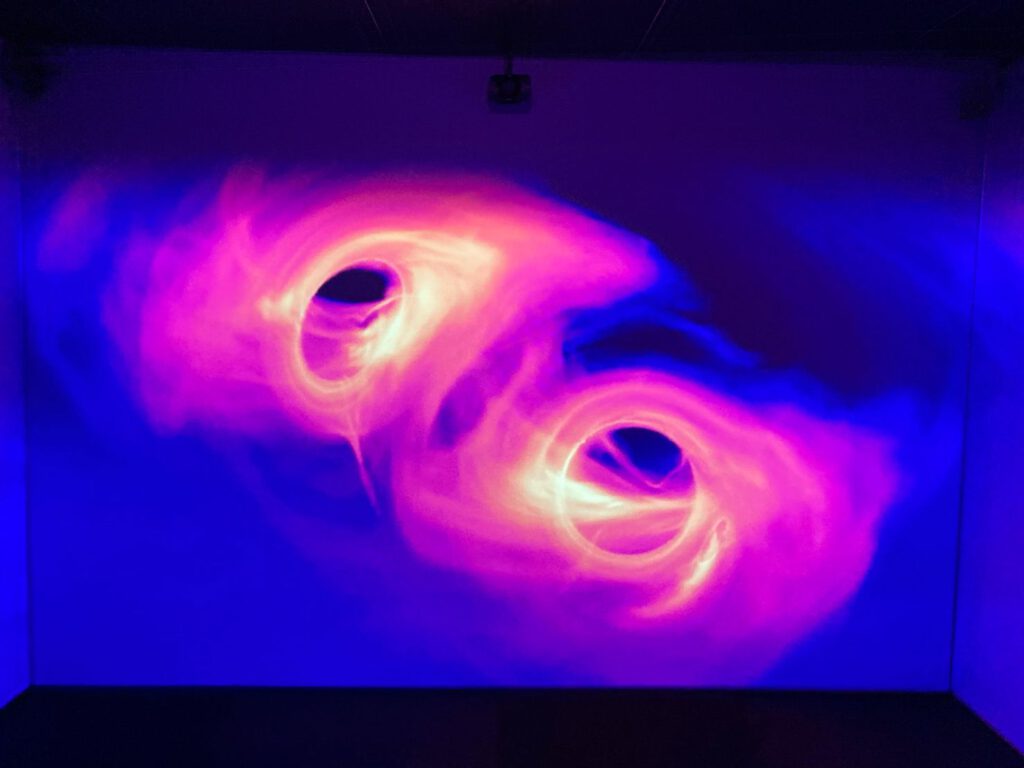
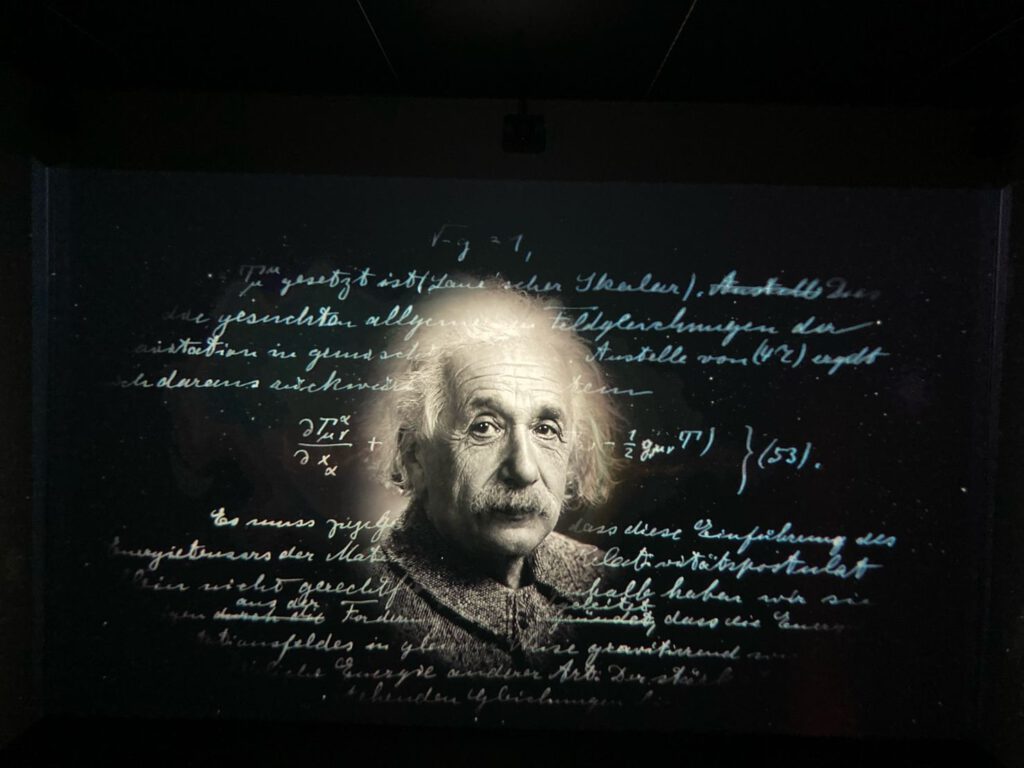
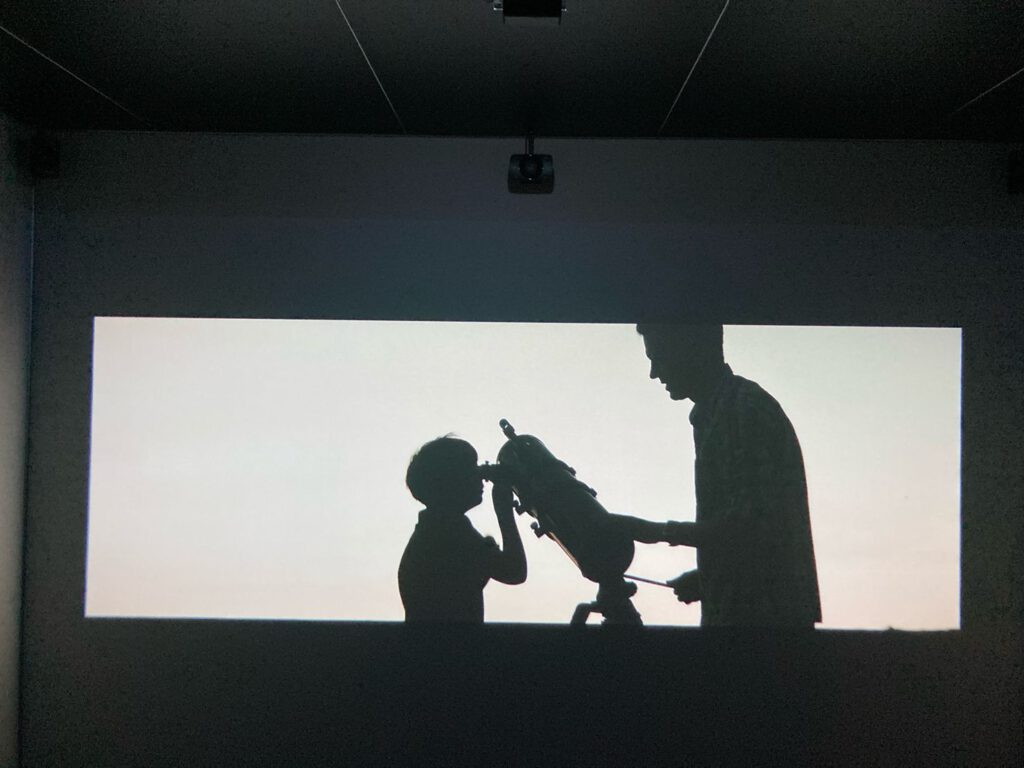
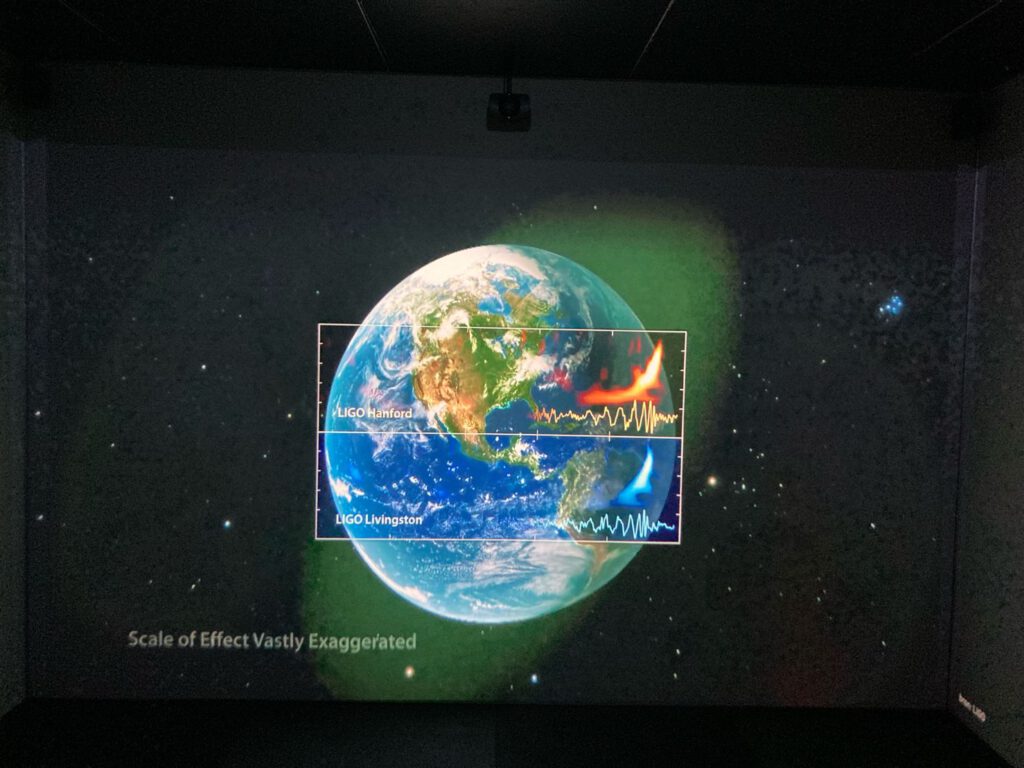
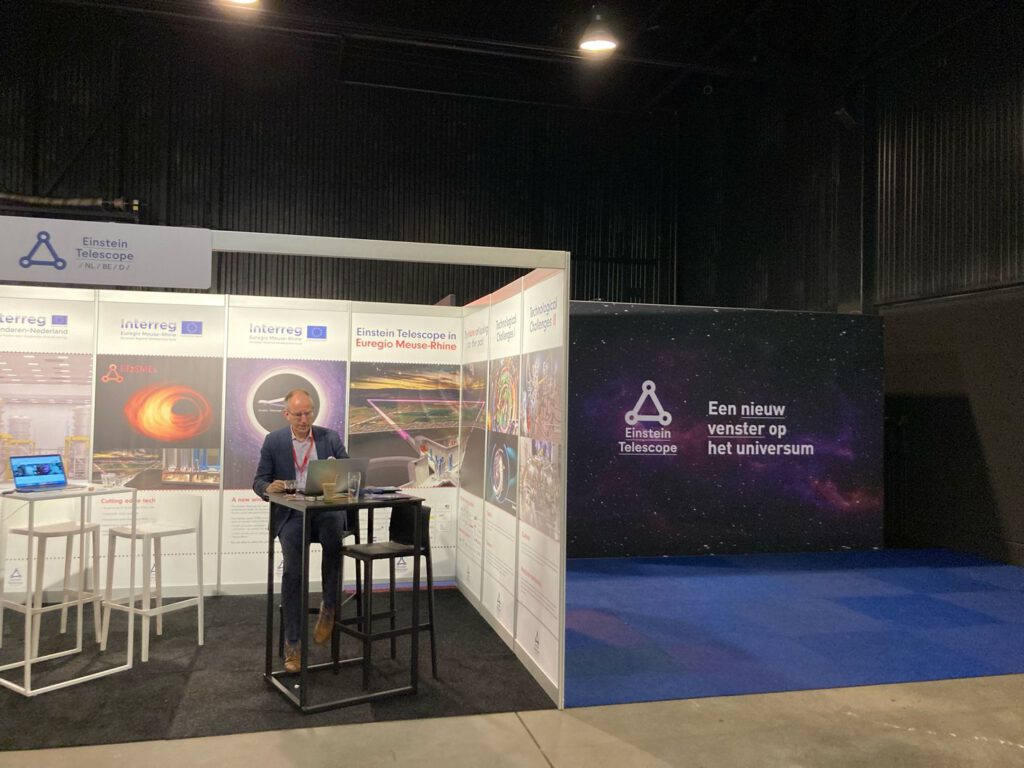
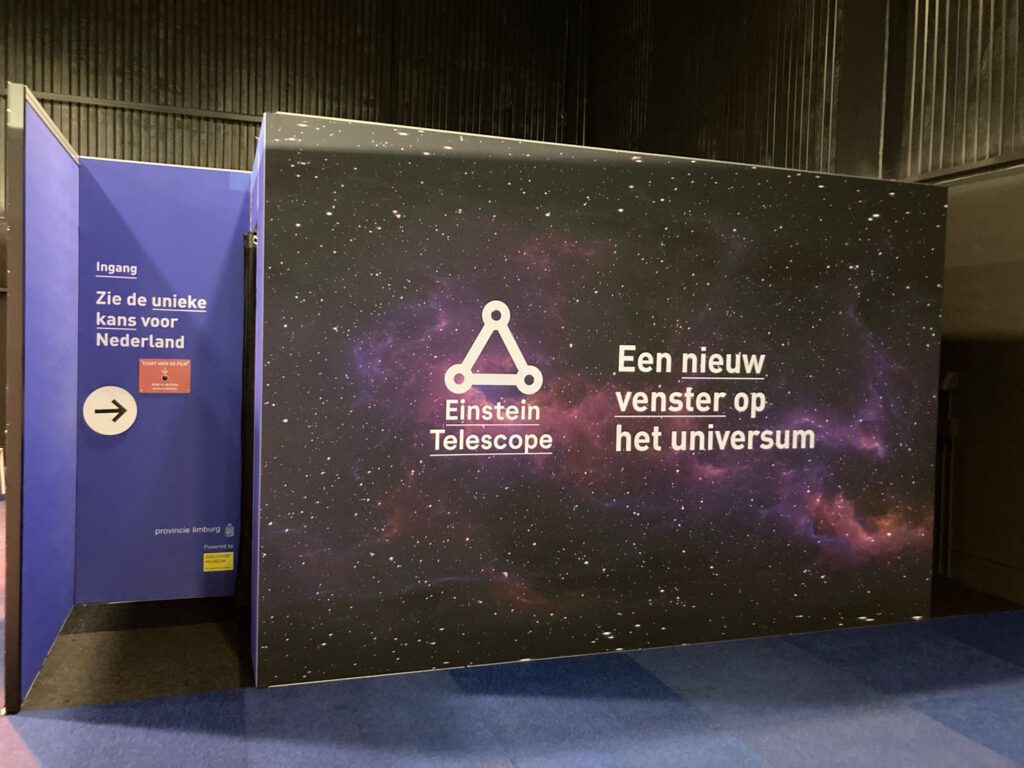
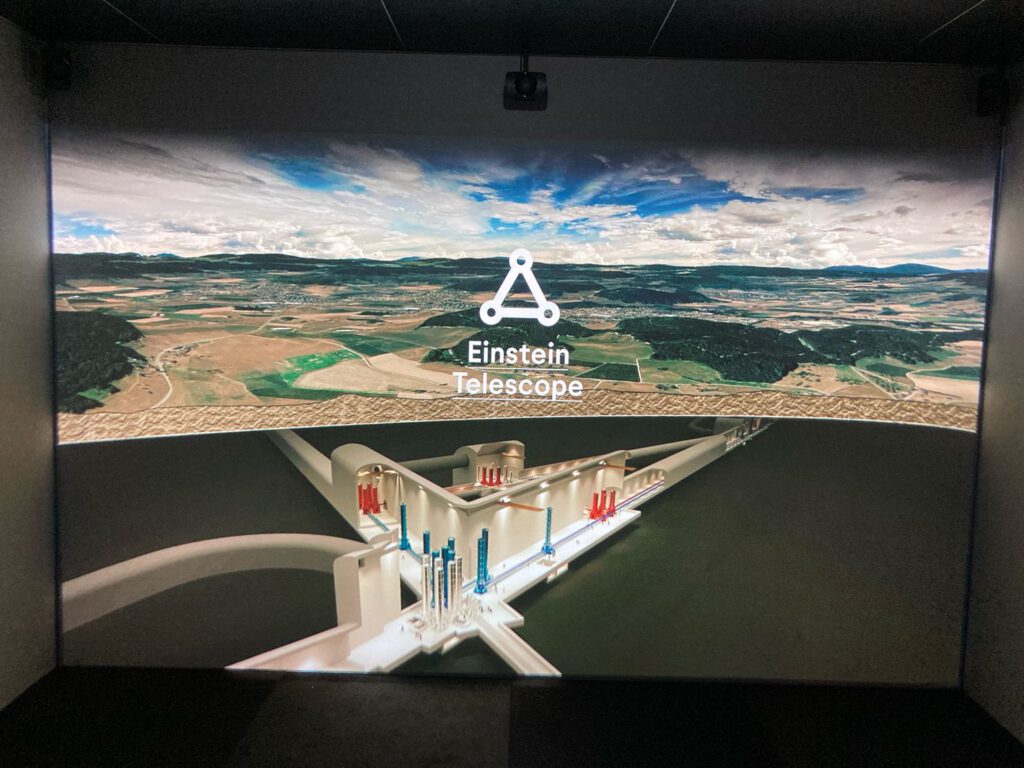
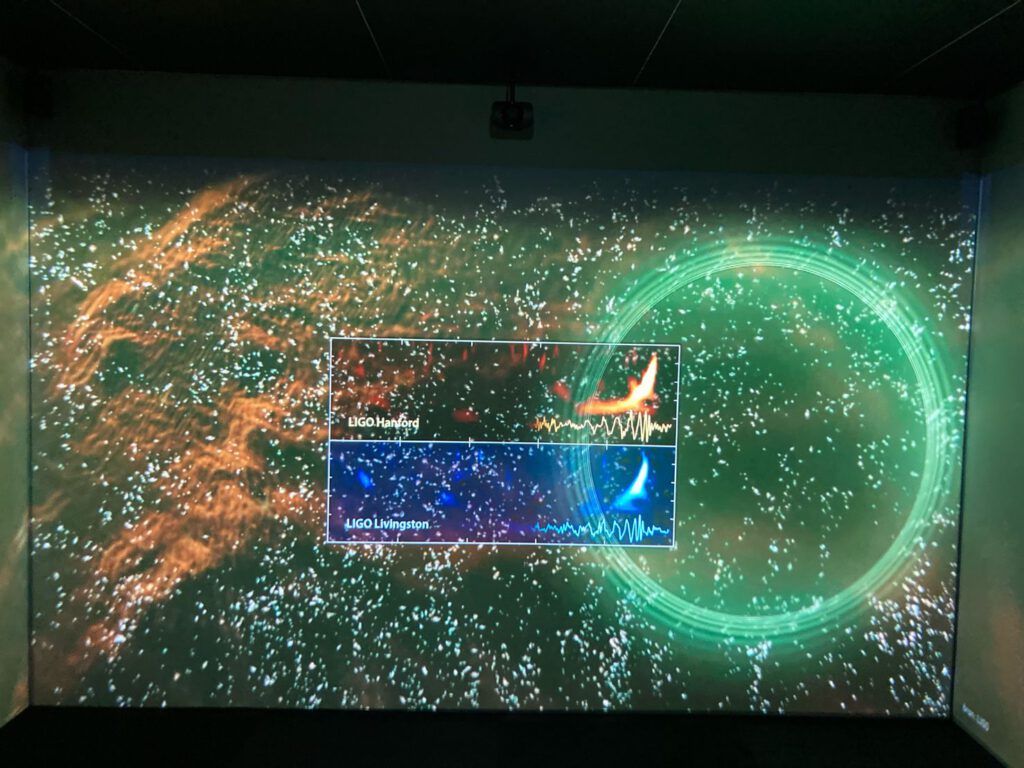
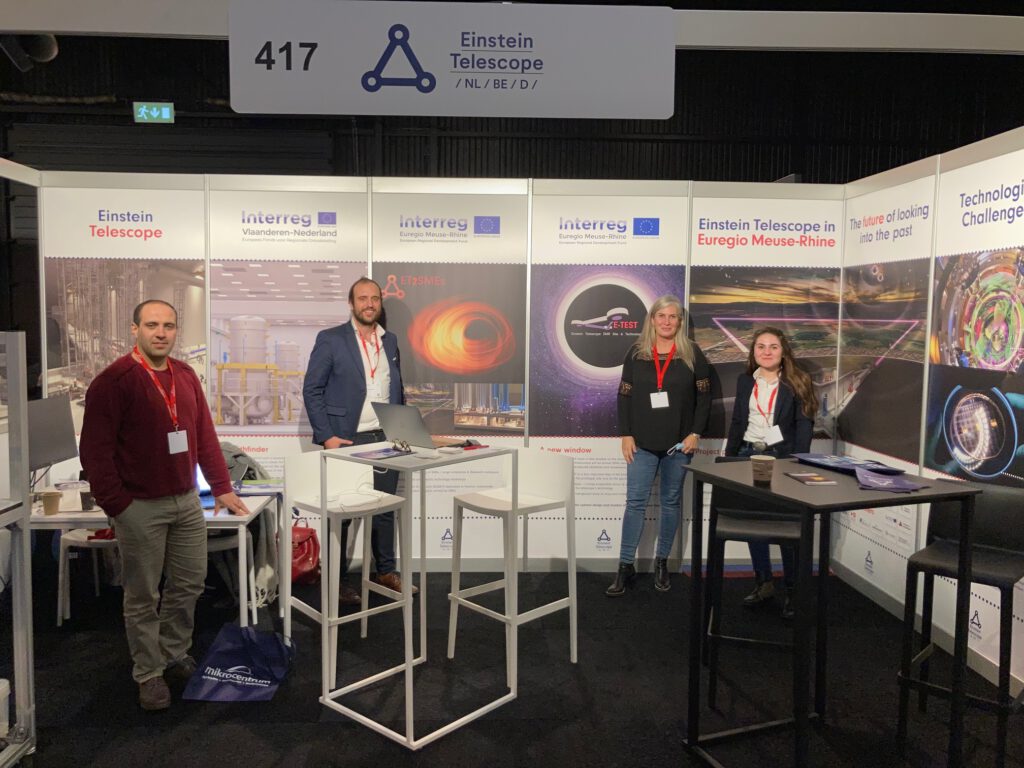
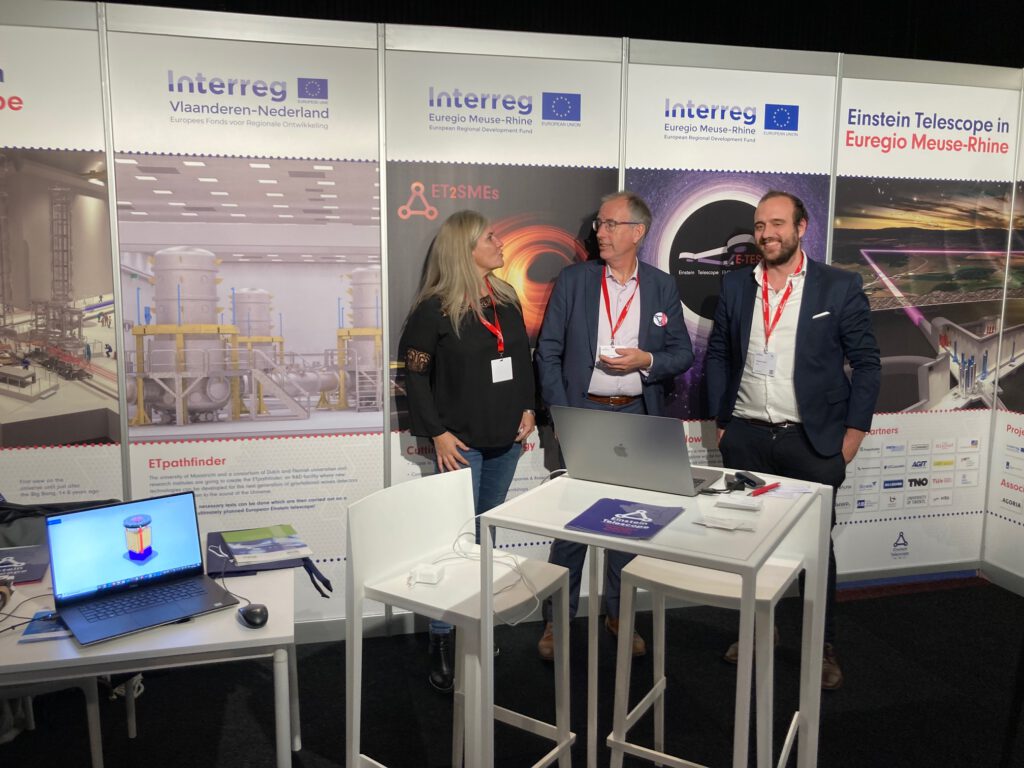
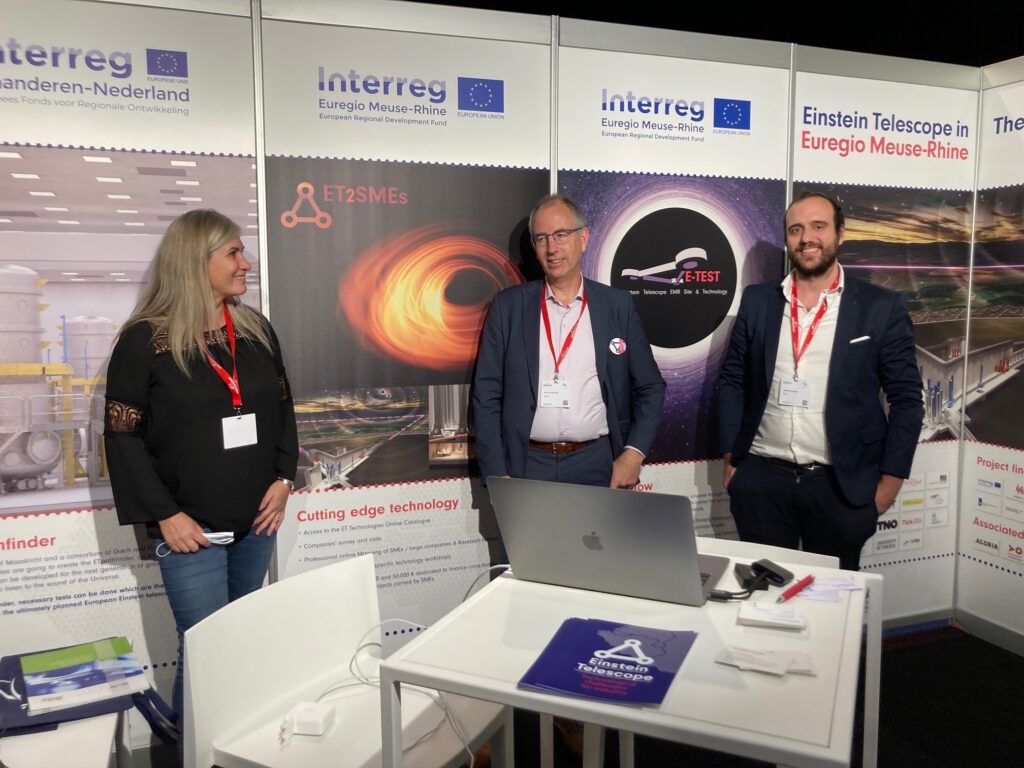
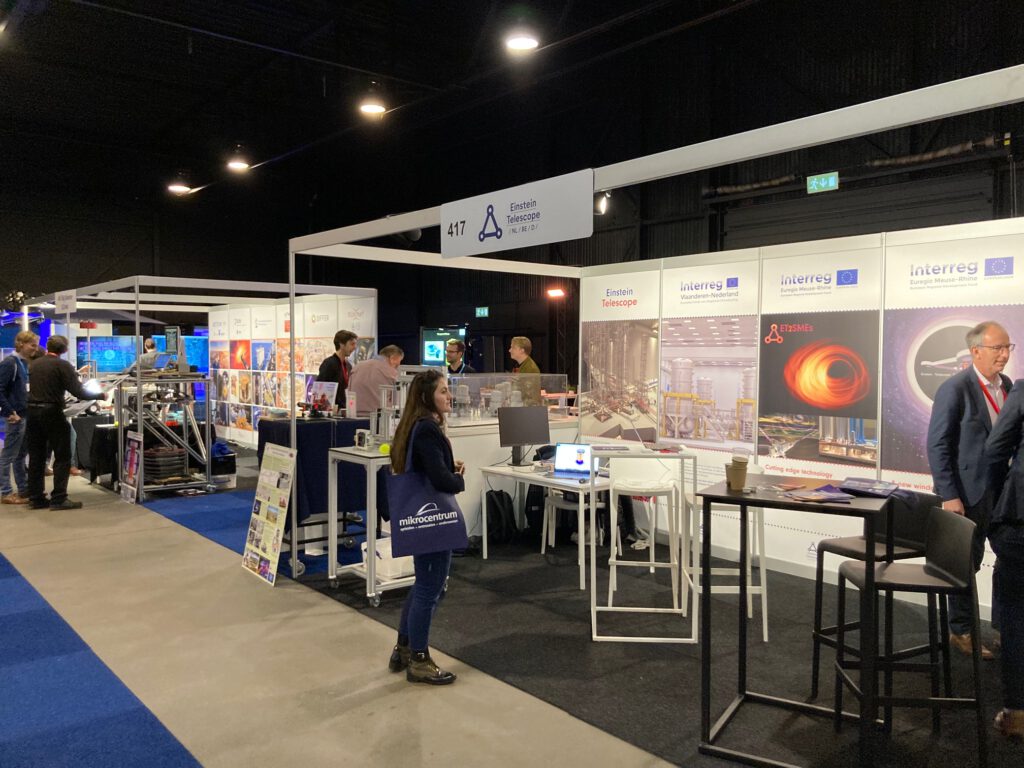
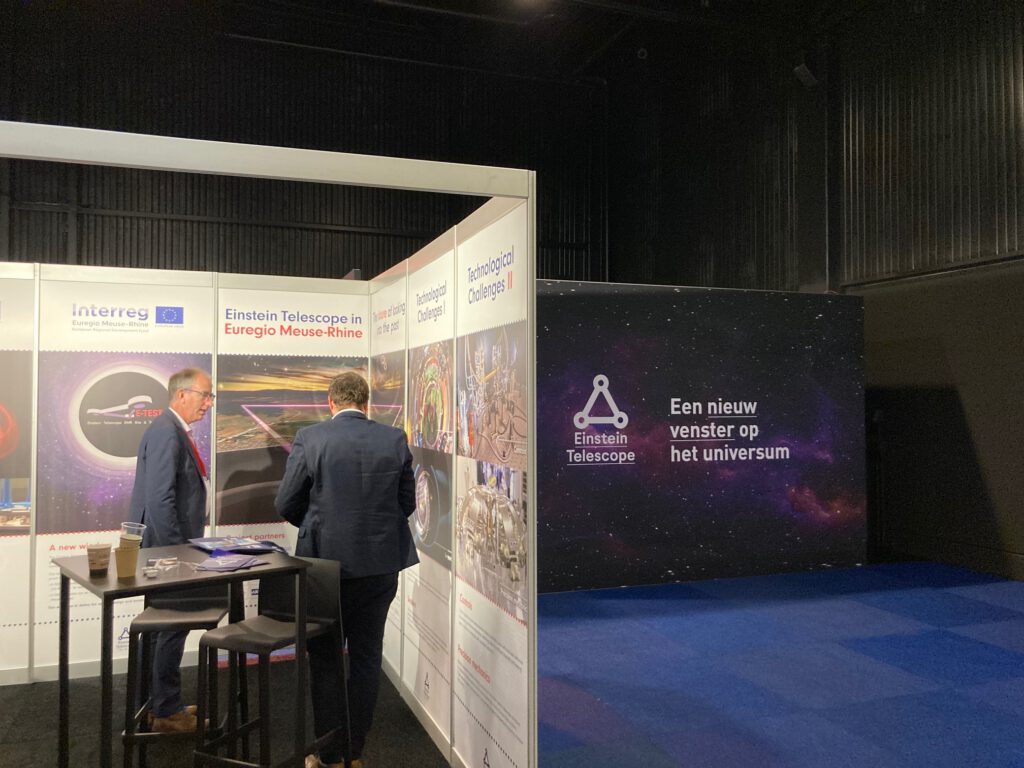
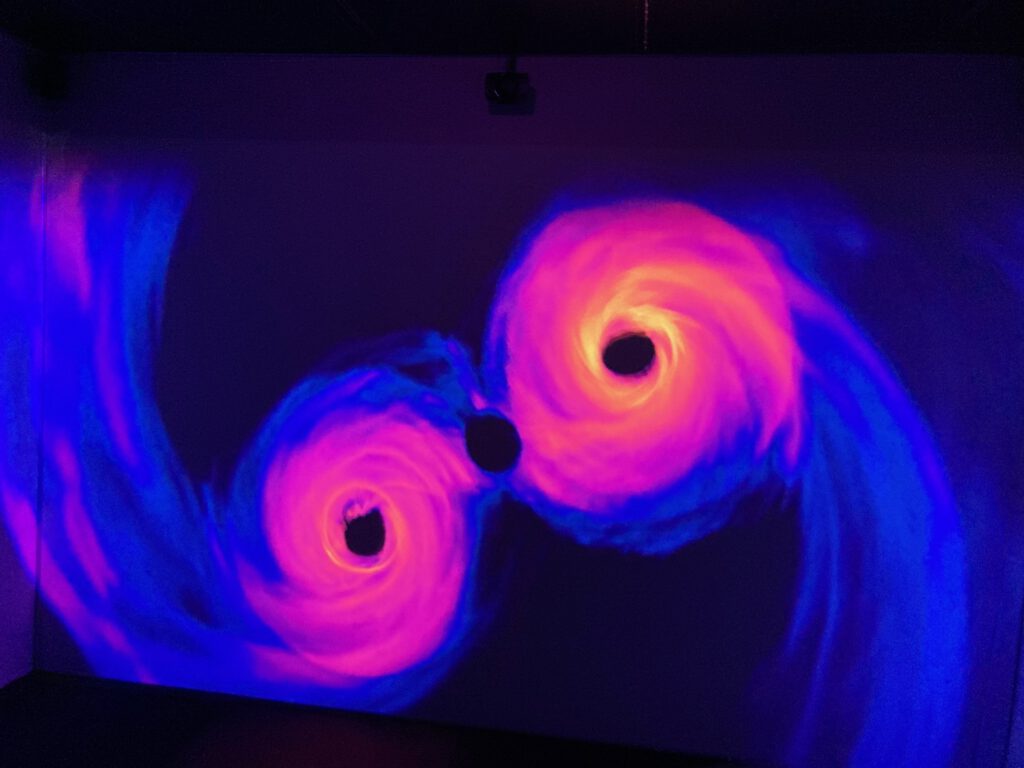
November 8th, 2021
Opening of the ETpathfinder clean room of the University of Maastricht
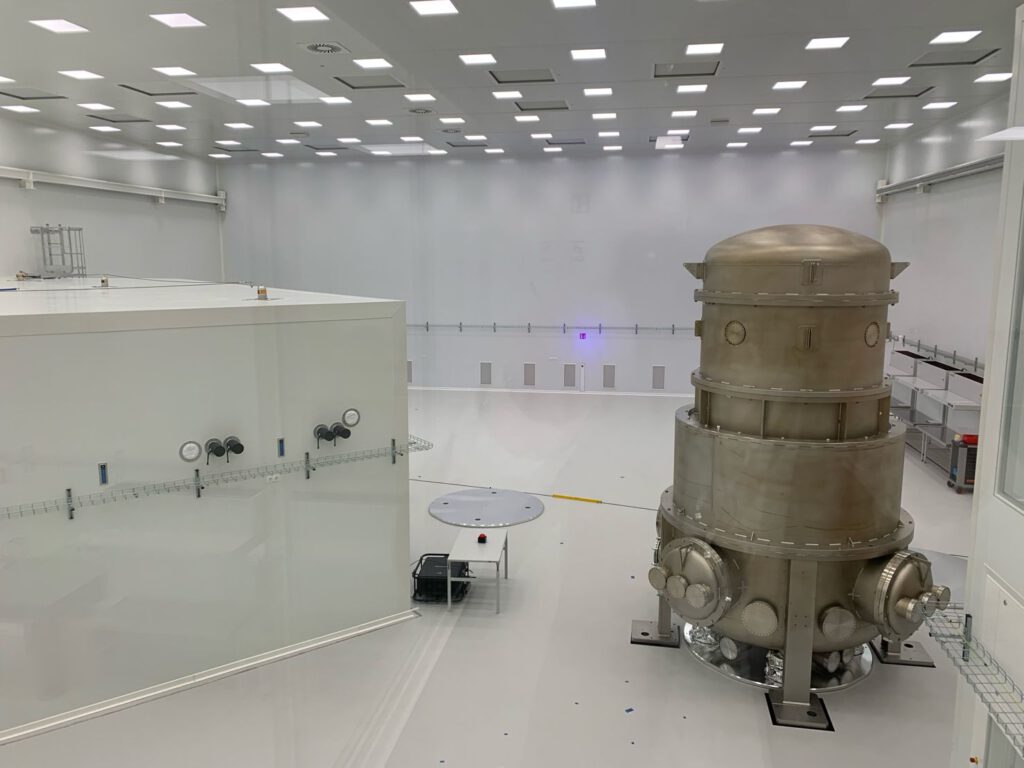
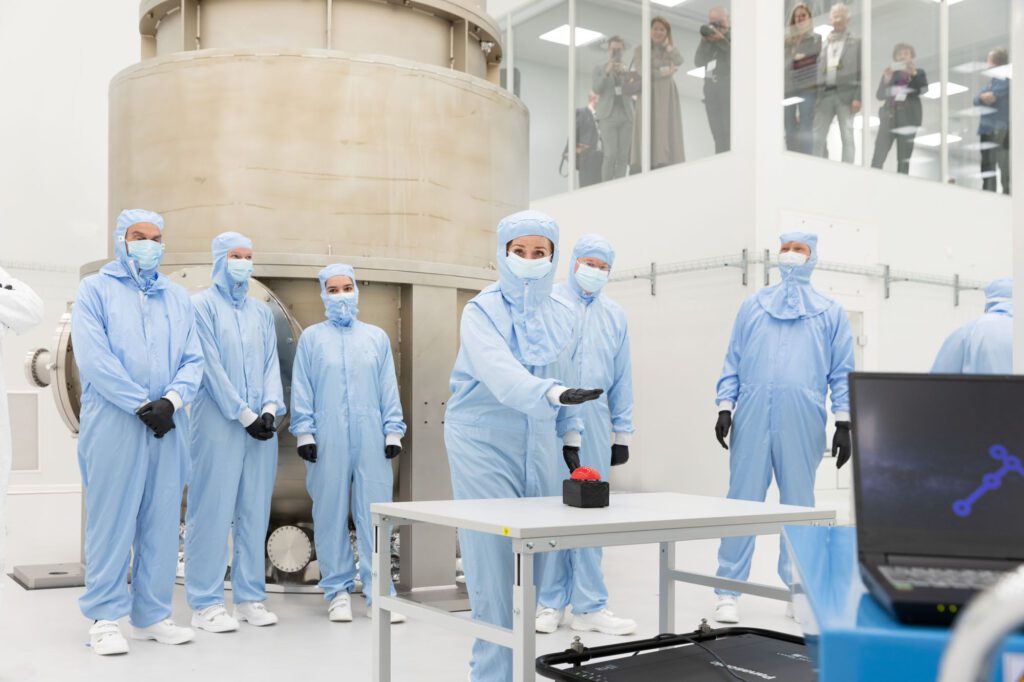
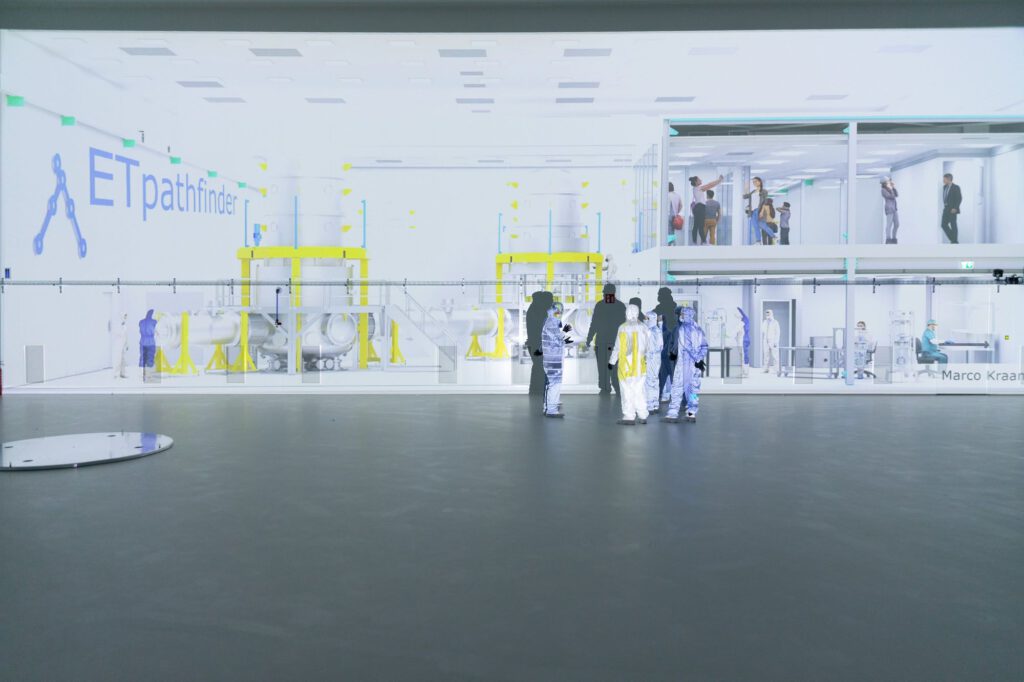
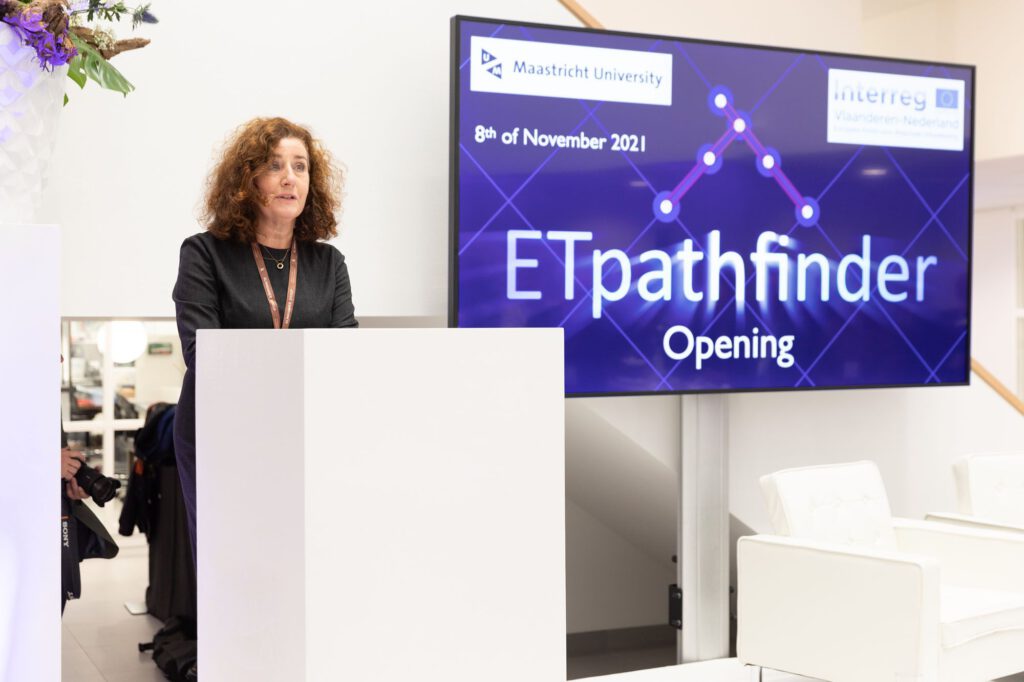
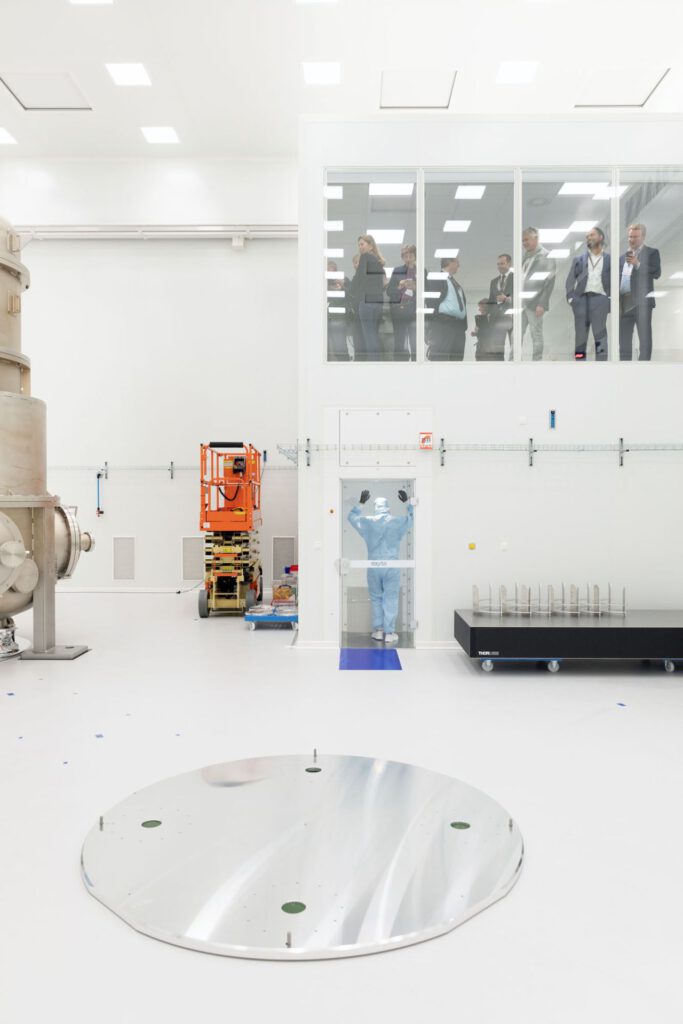
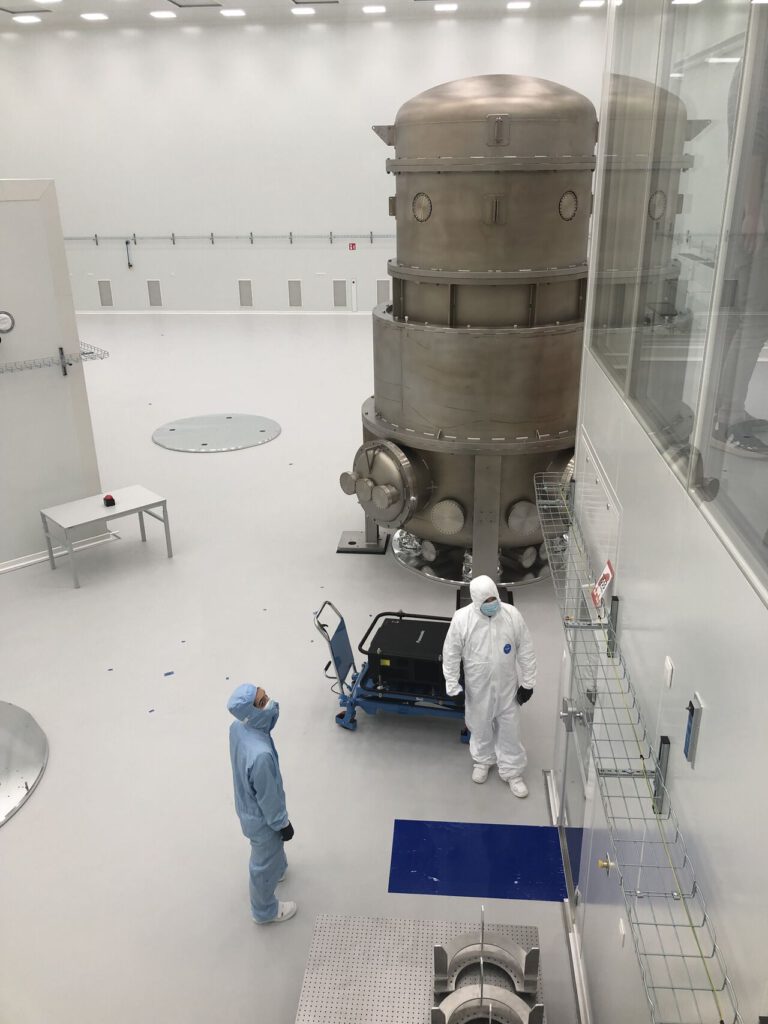
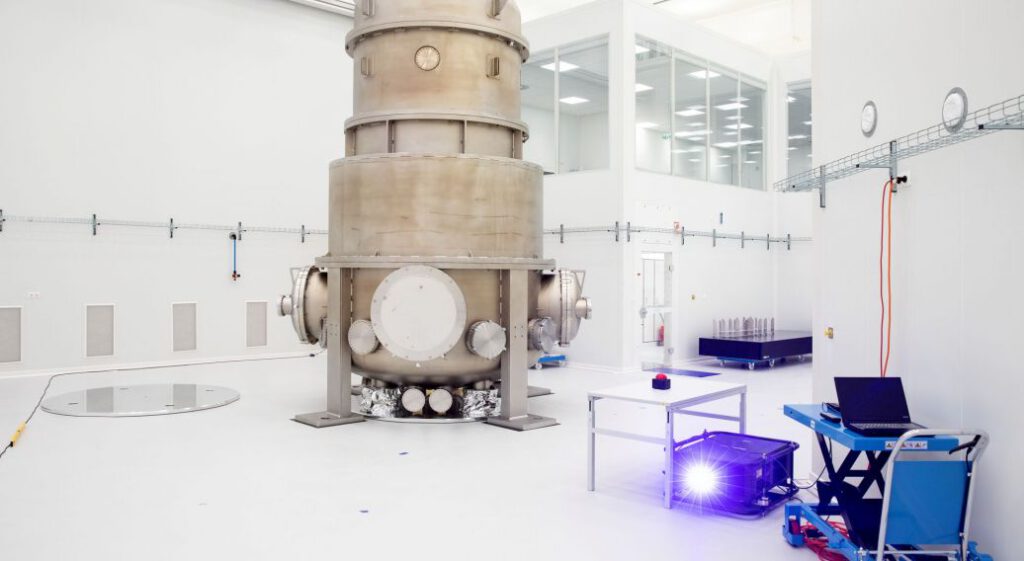
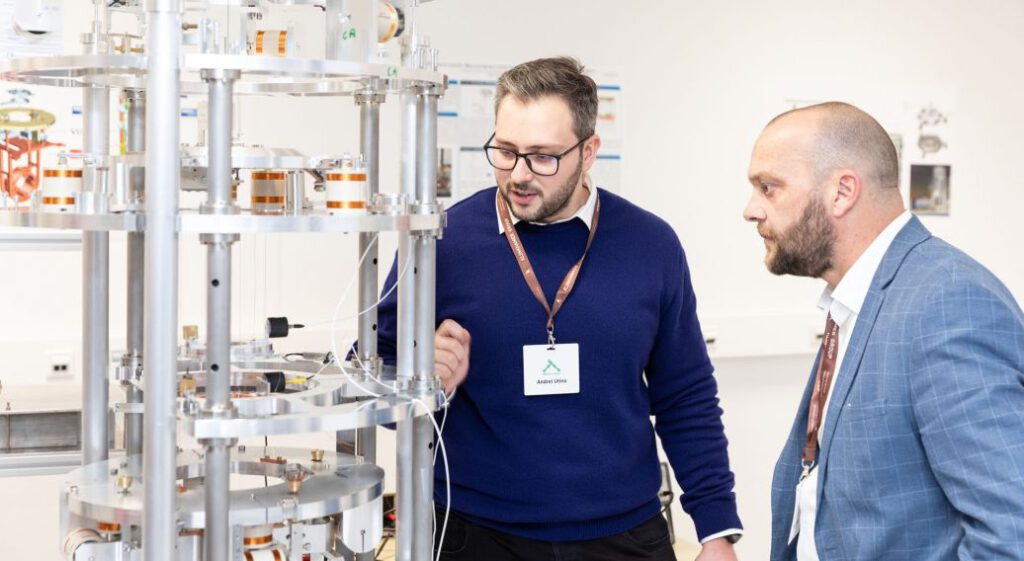
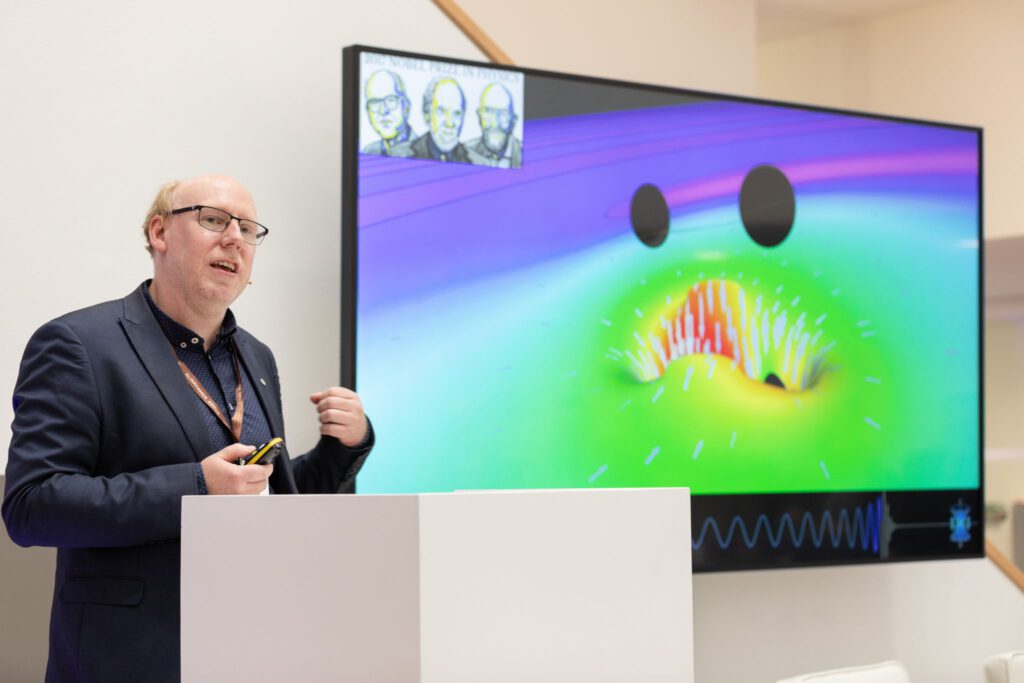
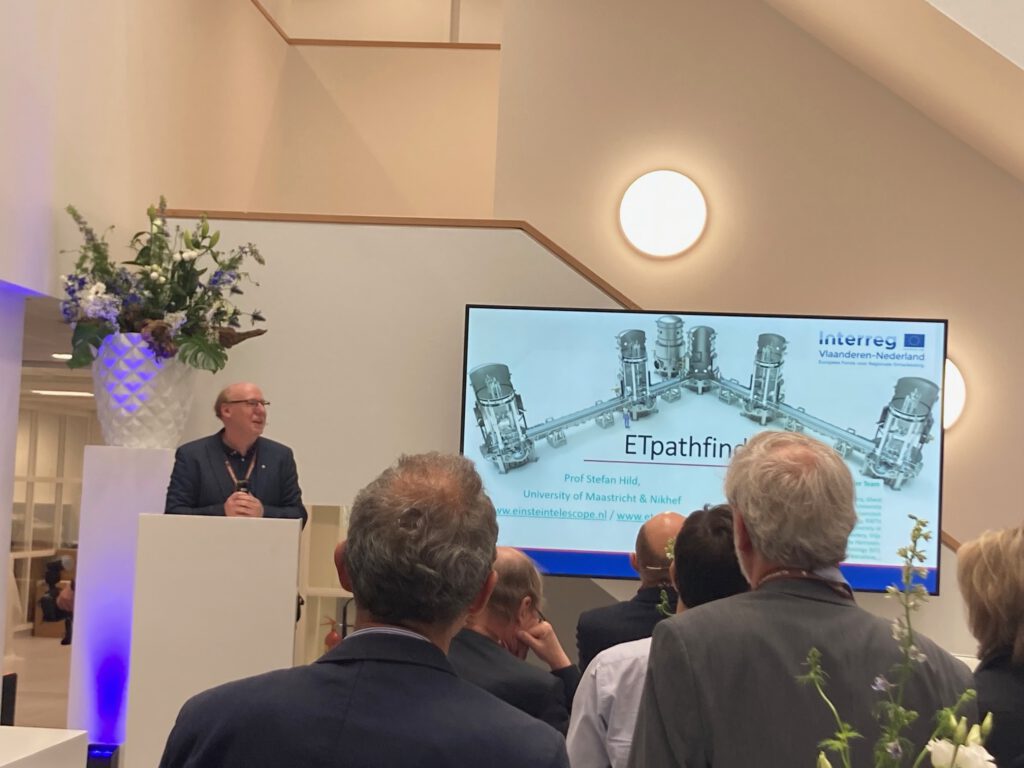
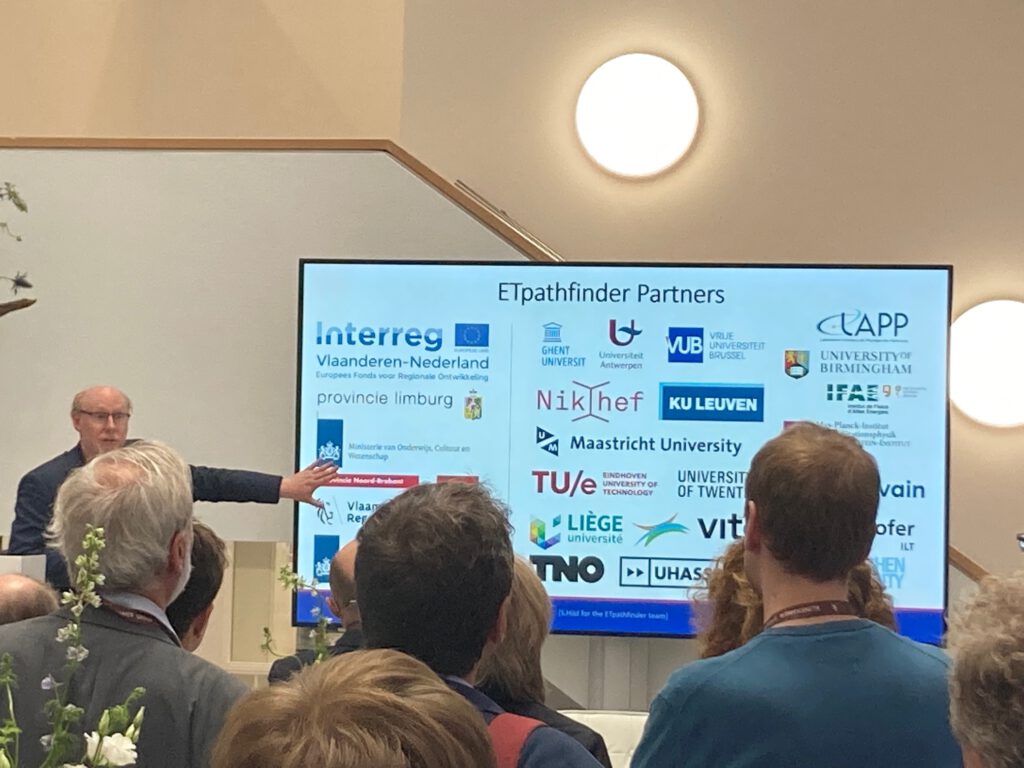
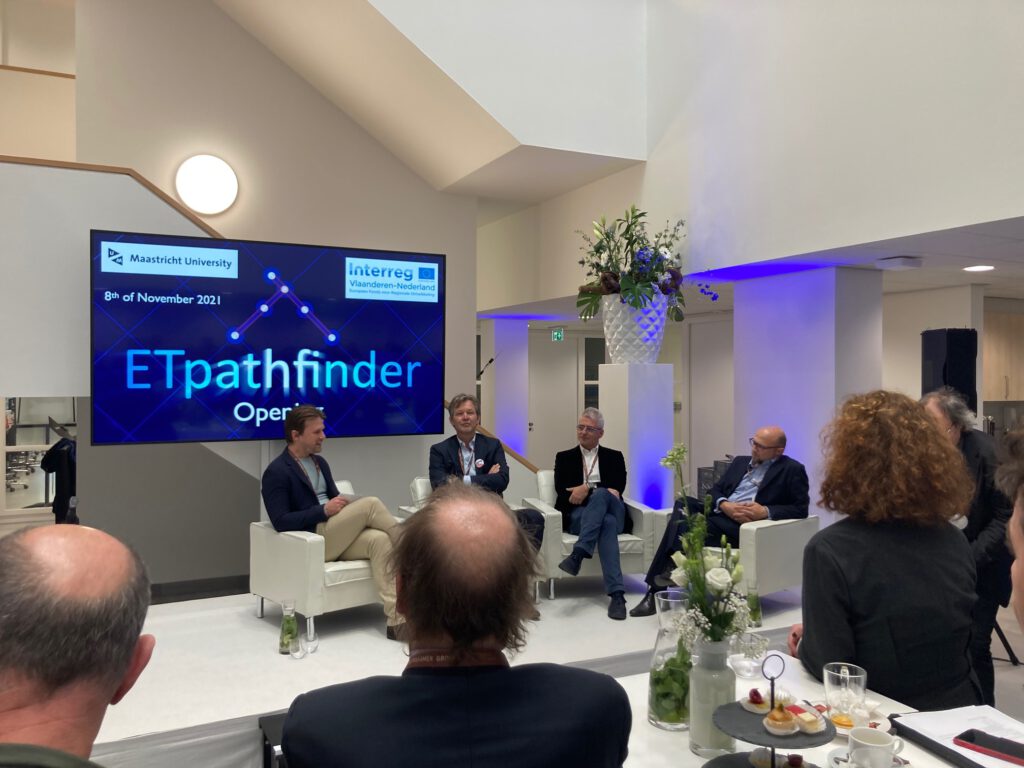
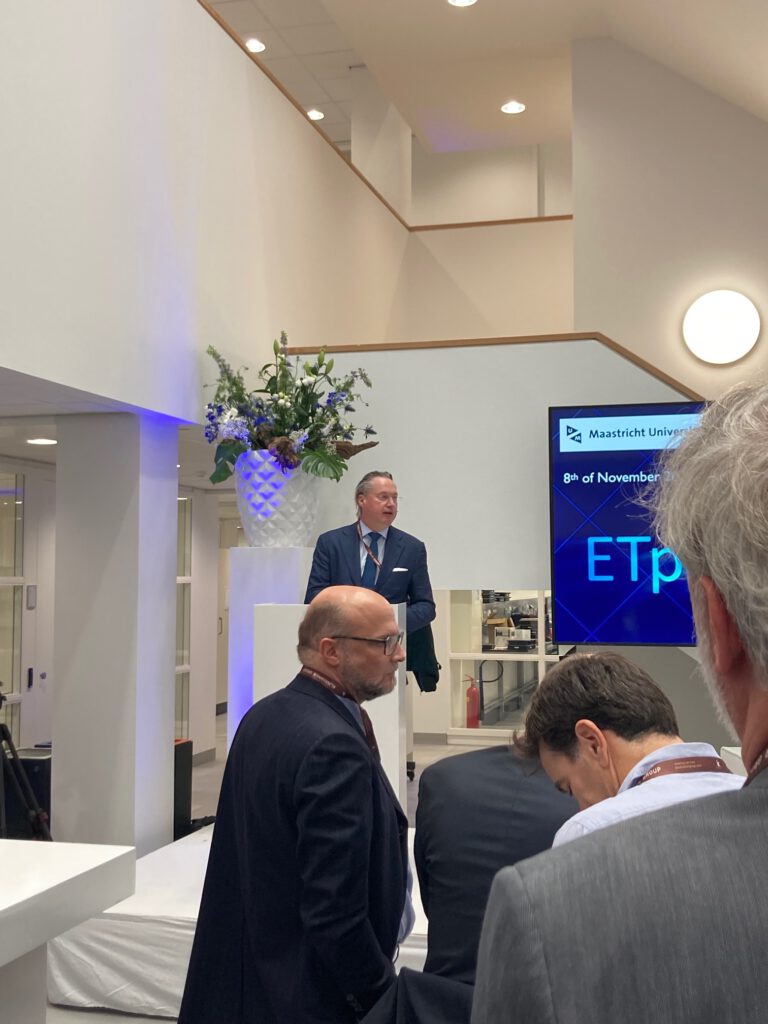
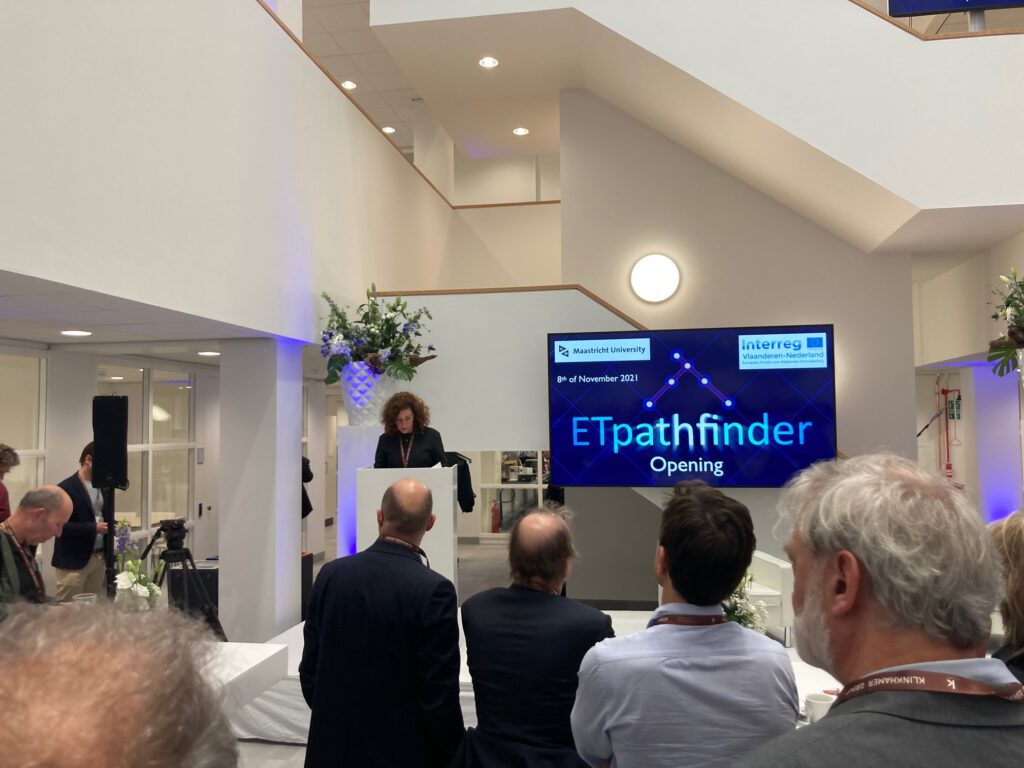
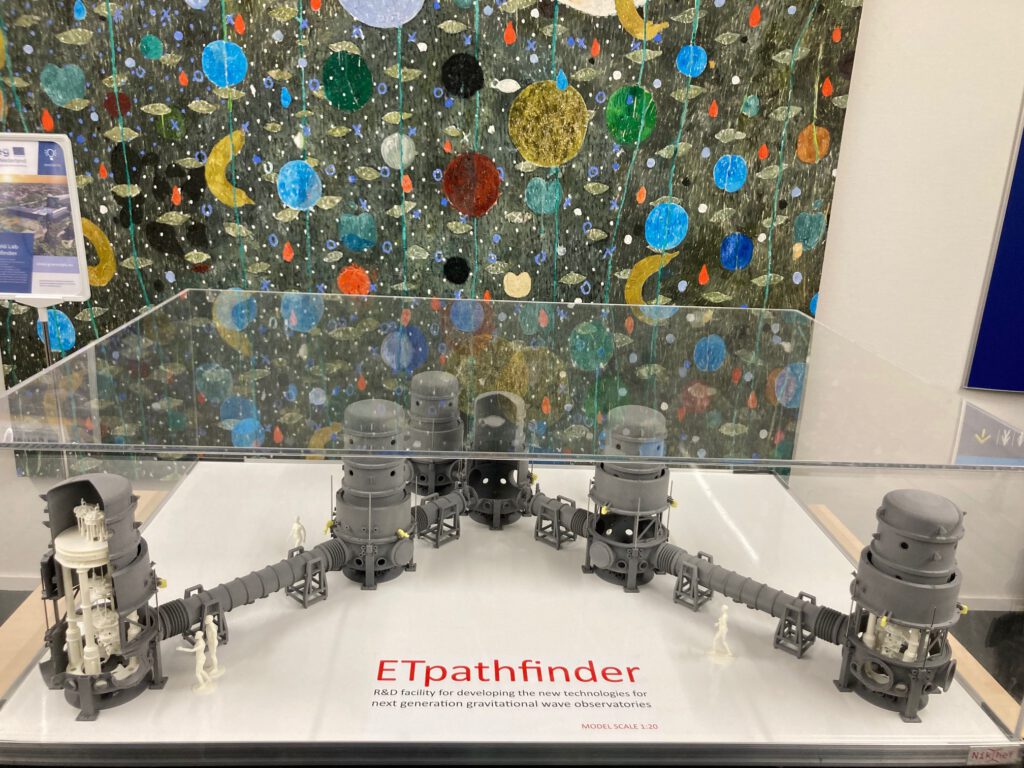
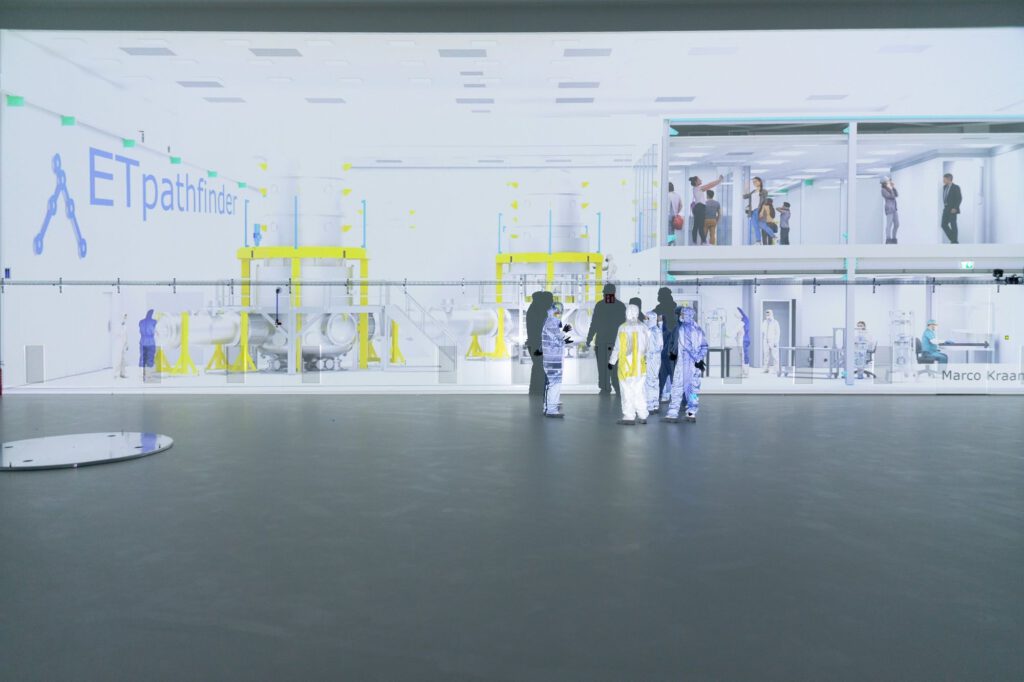
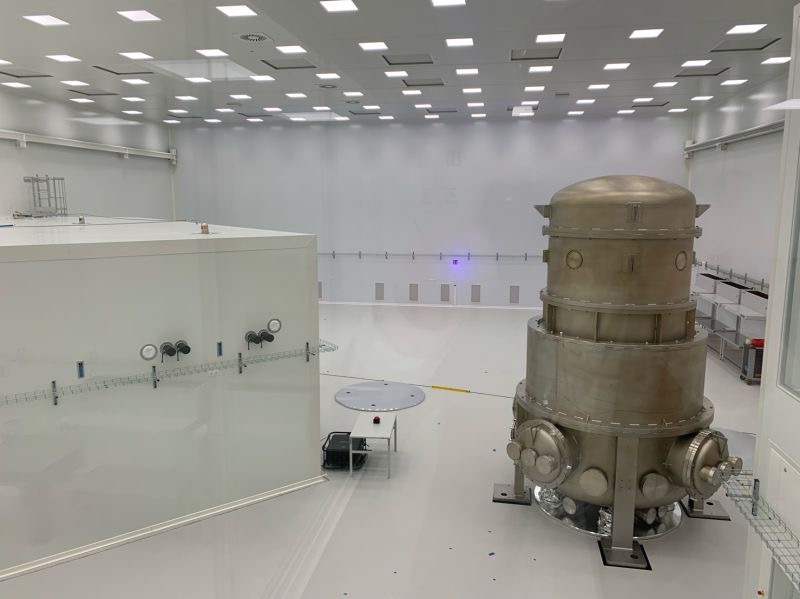
Friday, October 22nd, 2021
Science meets Industry at the ULiège – Interface Entreprises!
October 08th 2021 marked the 2nd Industrial Advisory Board meeting on the #EinsteinTelescope. Scientific project partners from #ETEST, #ETpathfinder and #ET2SMEs business developers met with industrial partners.
Thank you so much to the 150 participants from Belgium, the Netherlands and Germany for their fruitful exchanges on ET technologies and challenges!
A special thank to Martijn Rumpen from Provincie Limburg NL, and Melvin Könings from Lysias NL for their highlight of the economic impact and return on investment.
We are right now building the future of the Einstein telescope in the Euregio Meuse-Rhine!
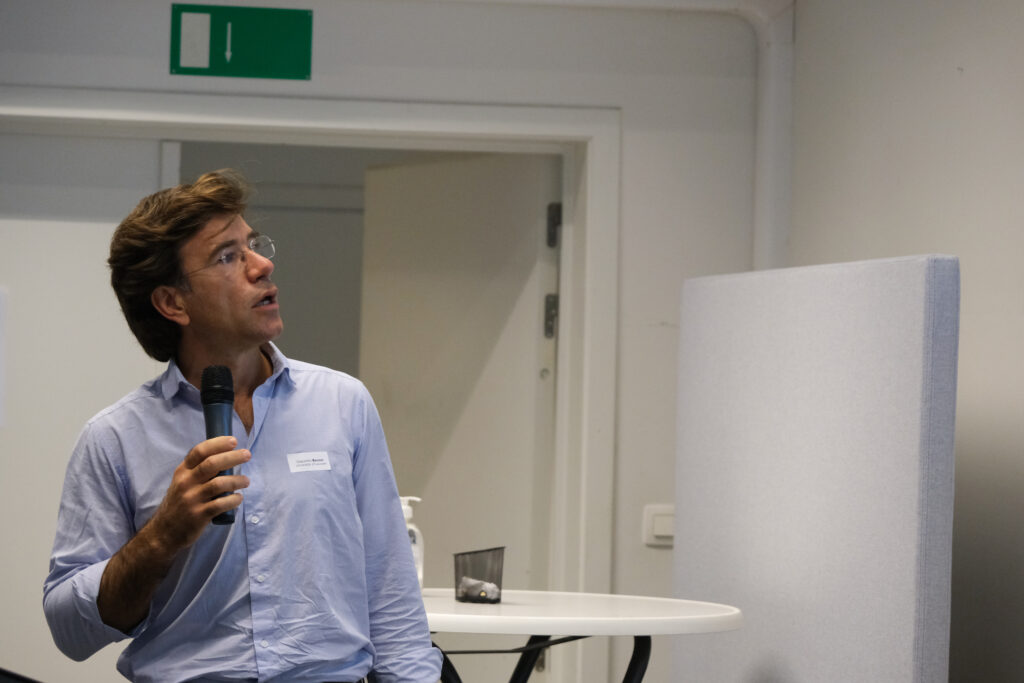
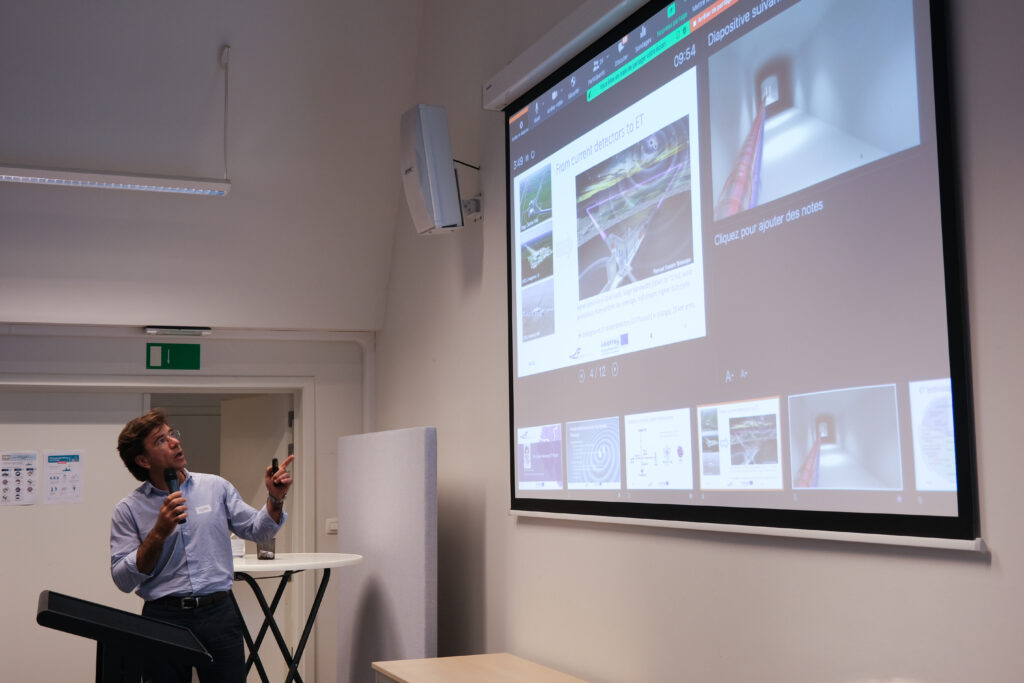
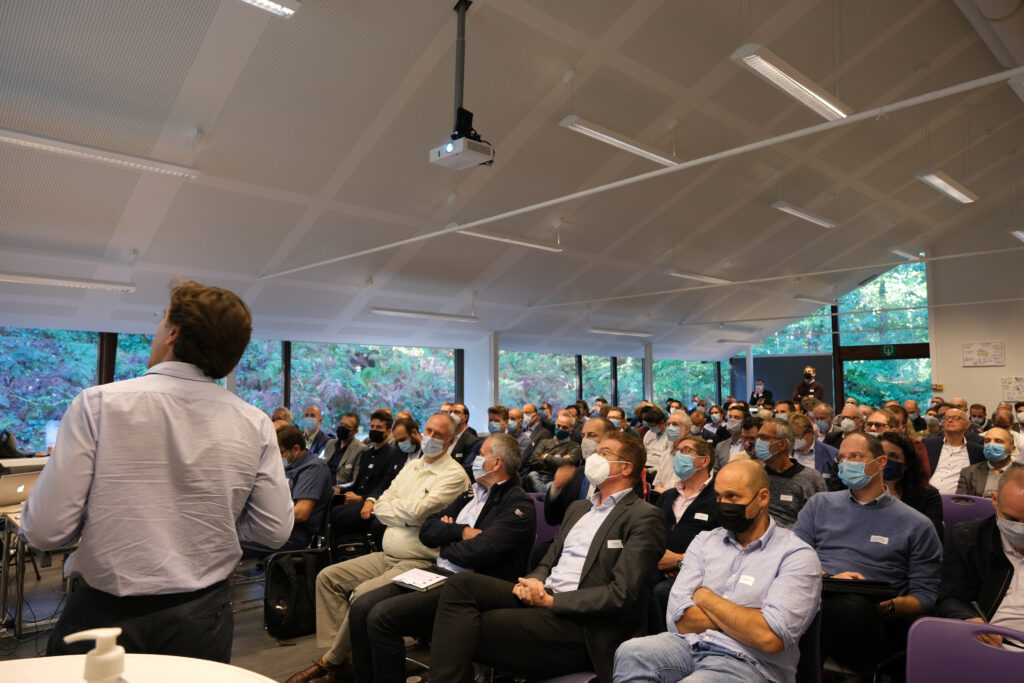
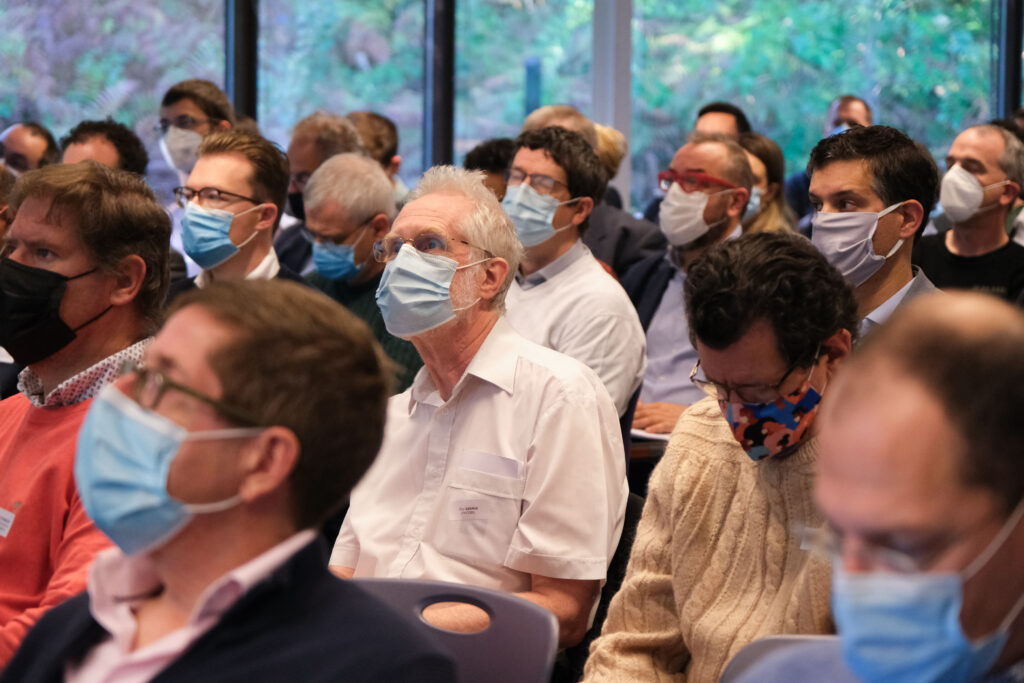
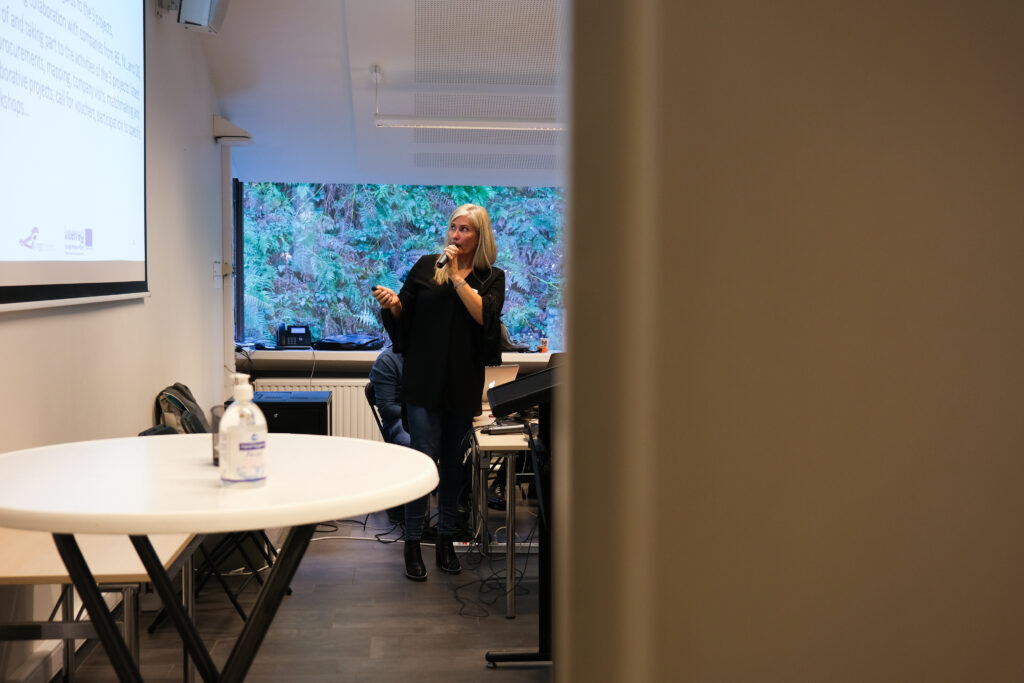
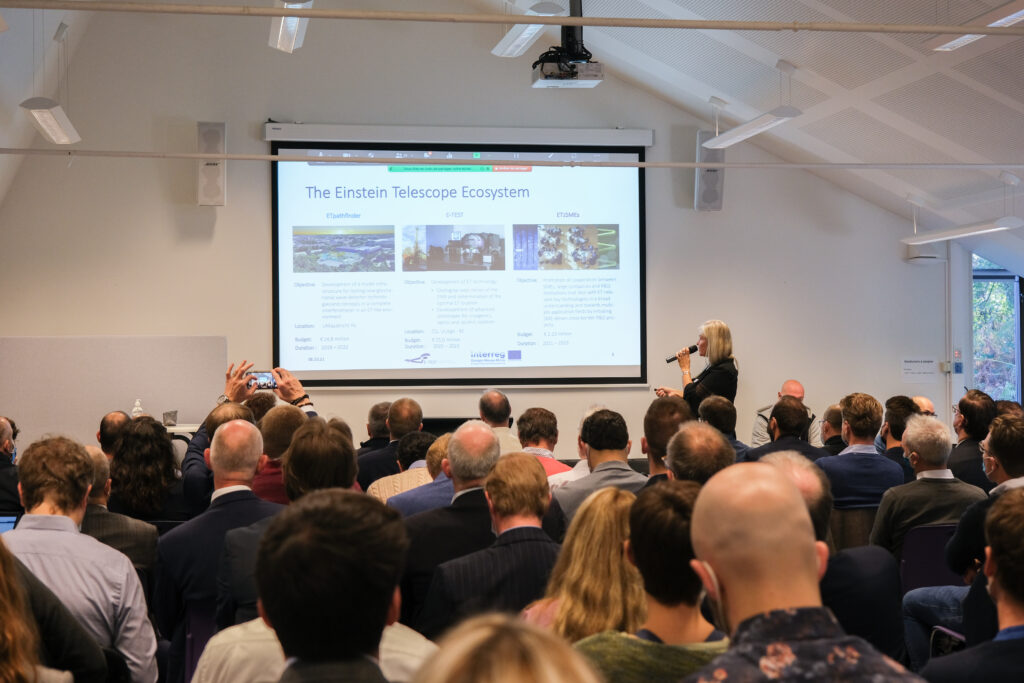
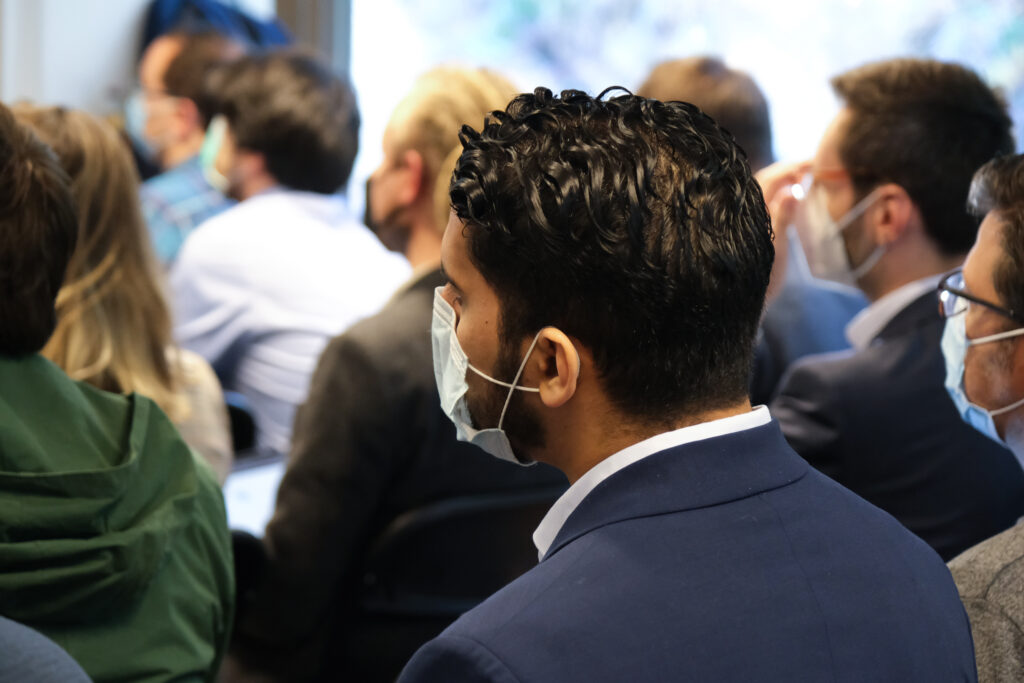
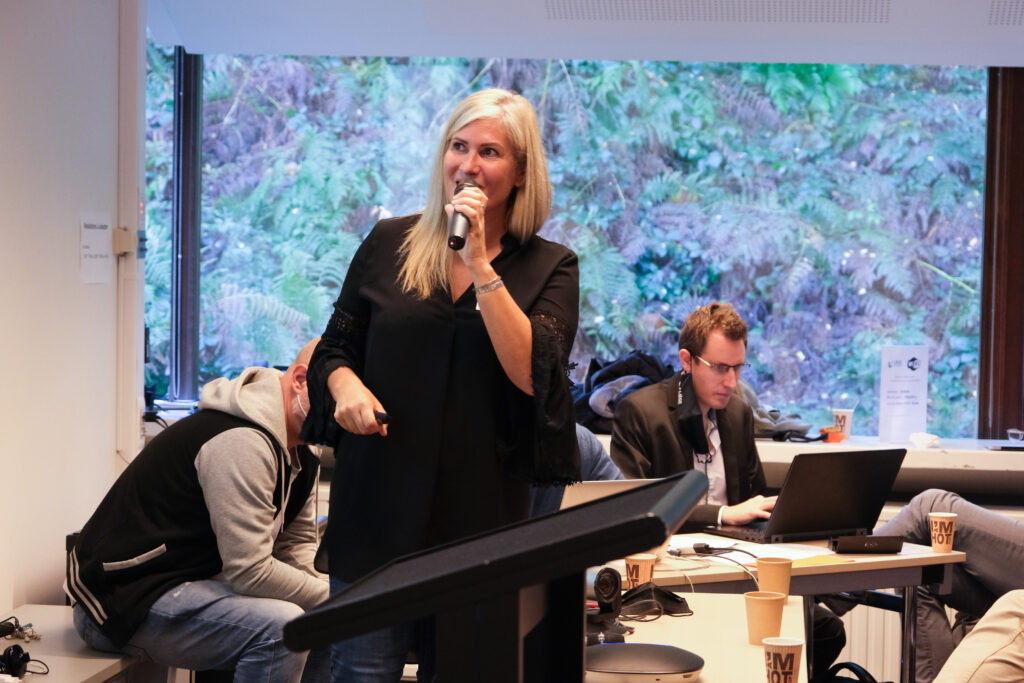
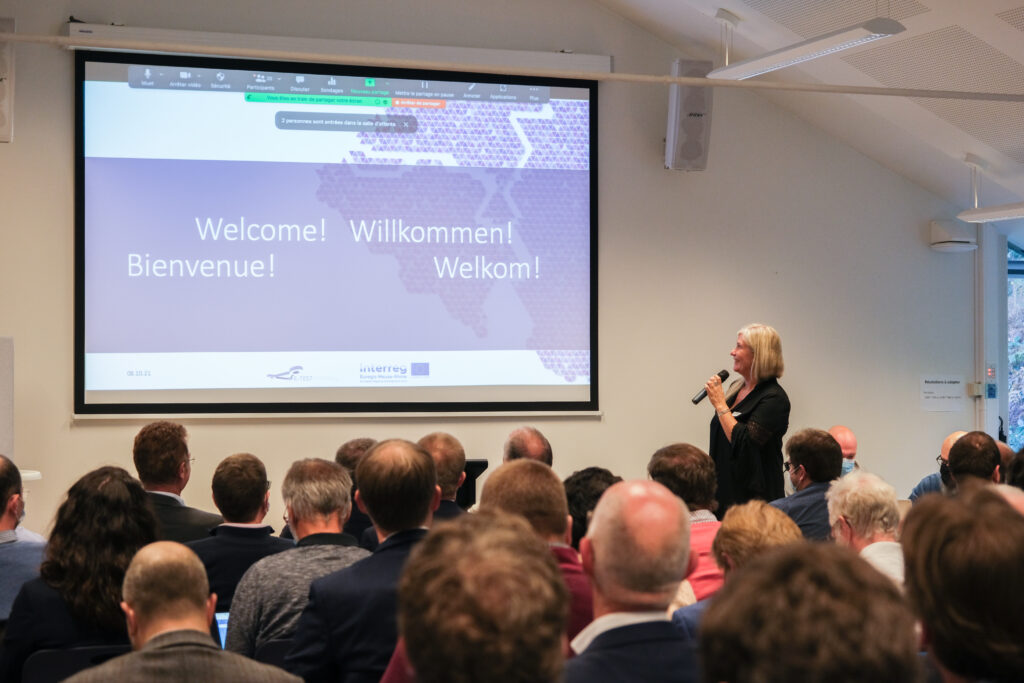
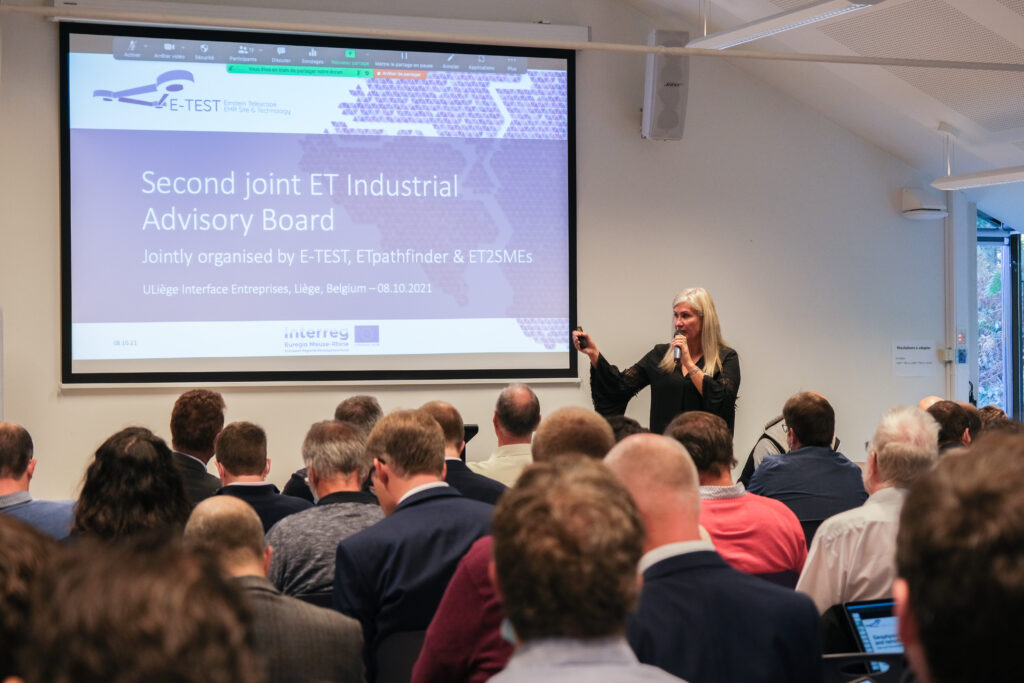
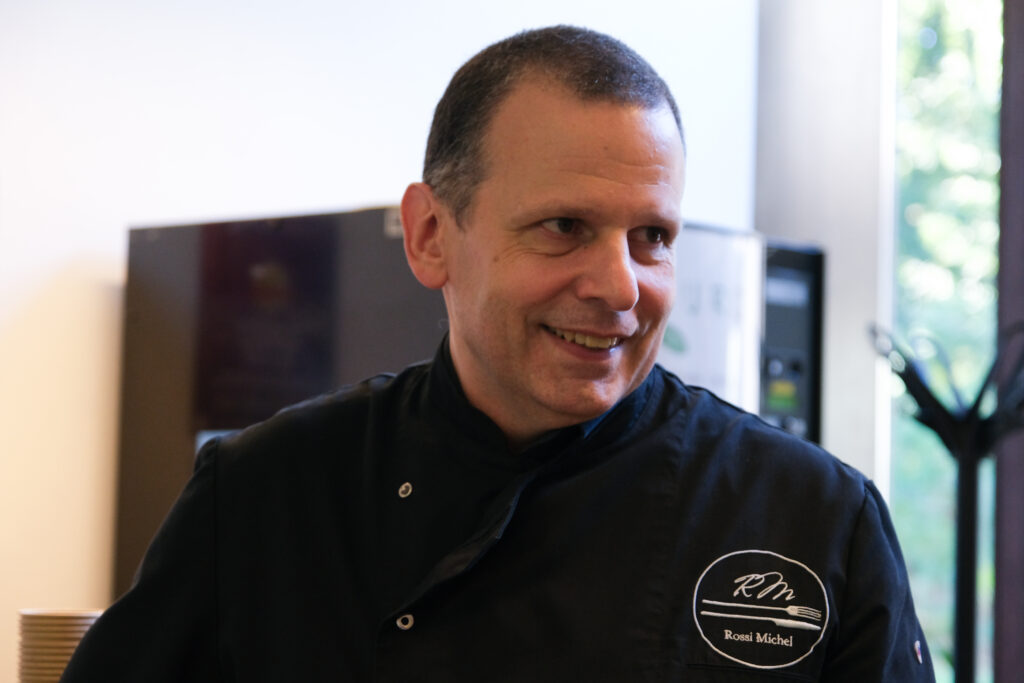

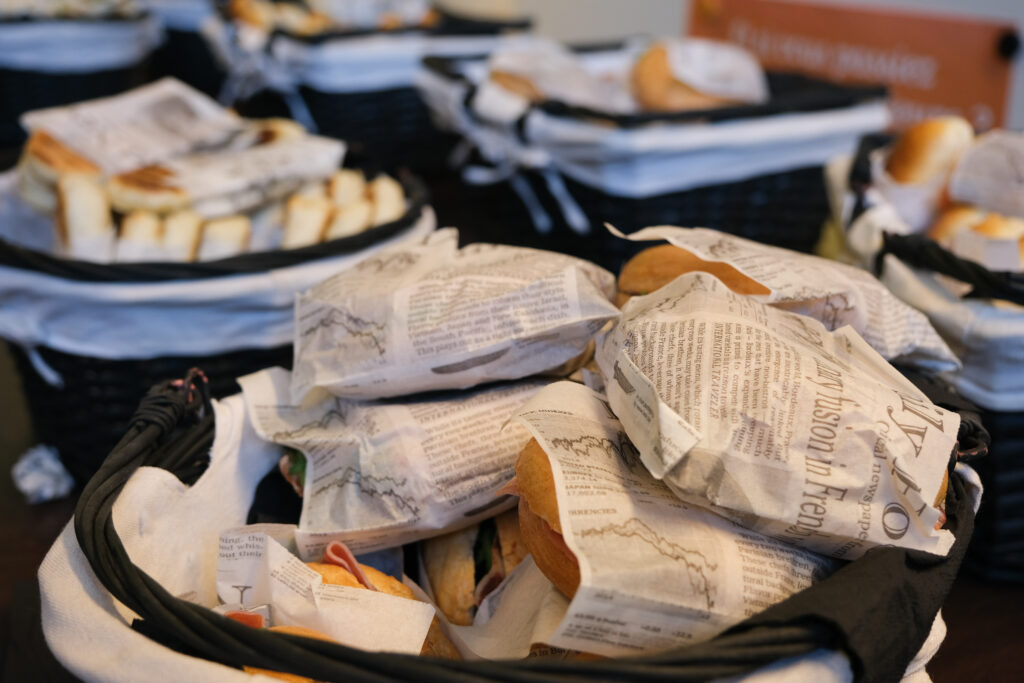
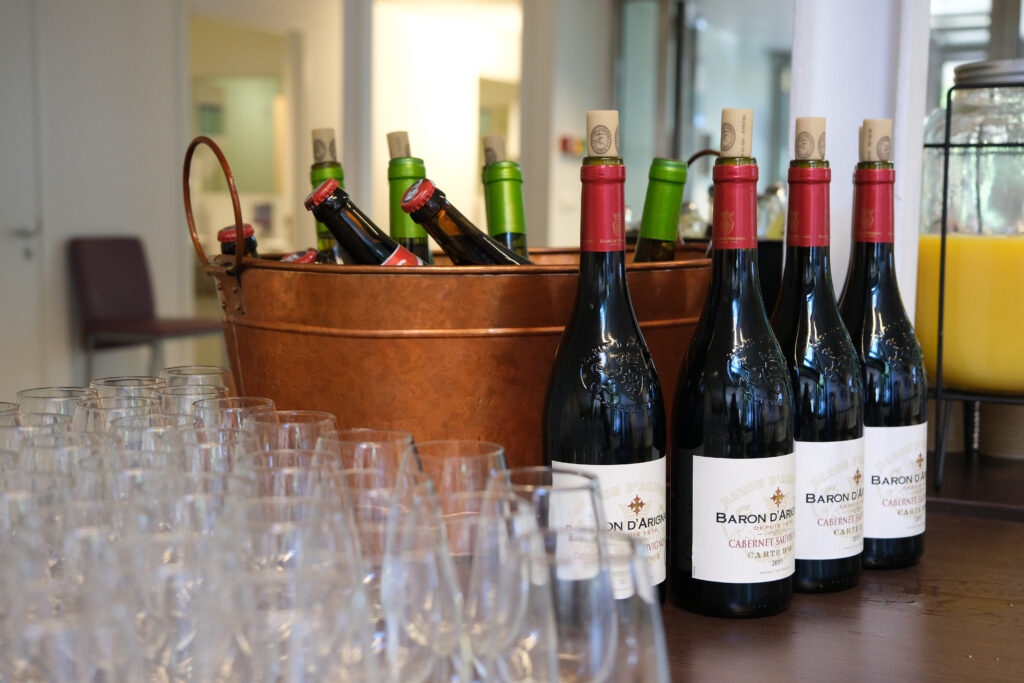
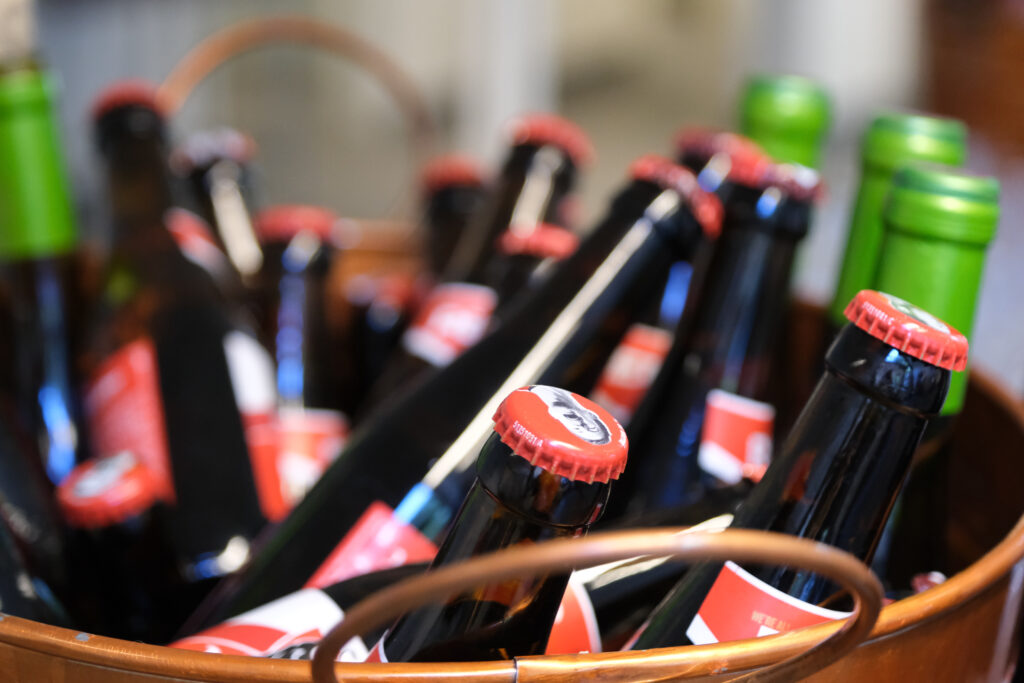
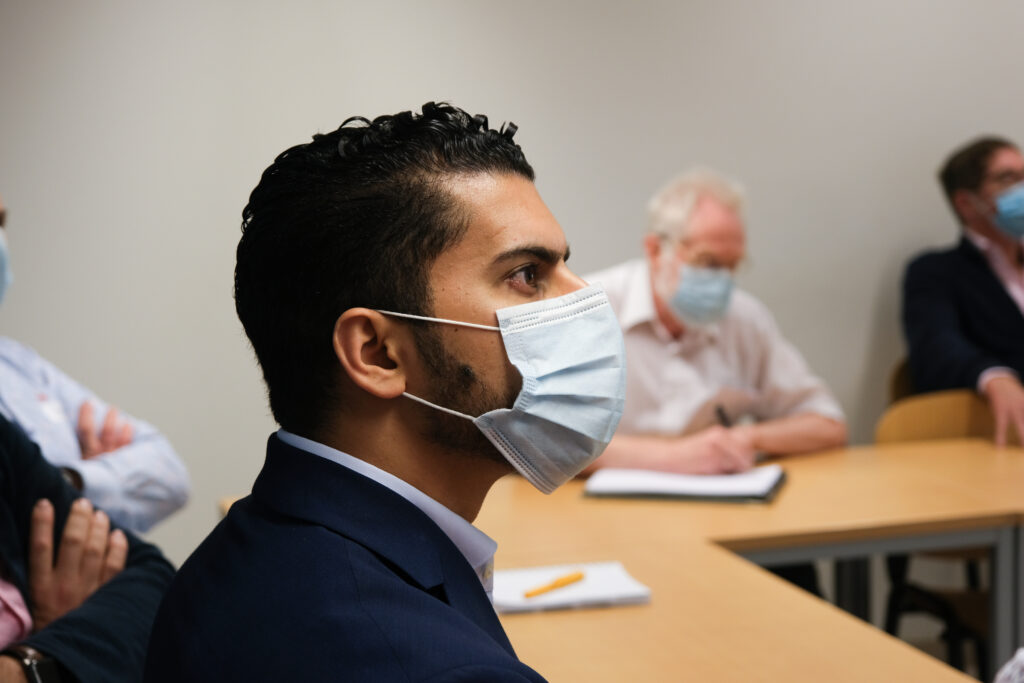
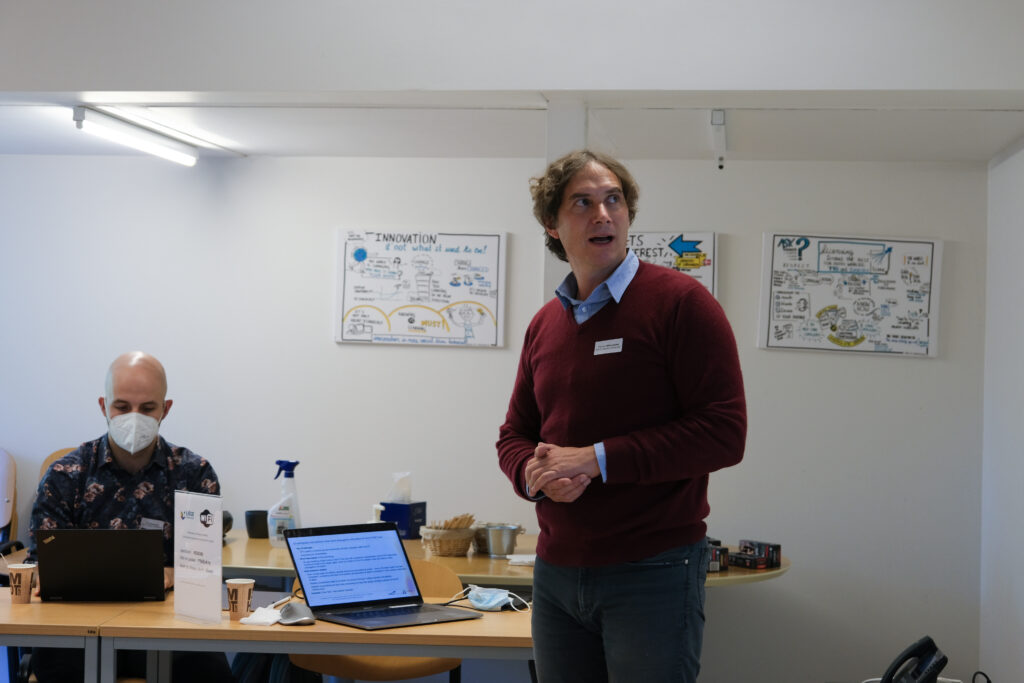
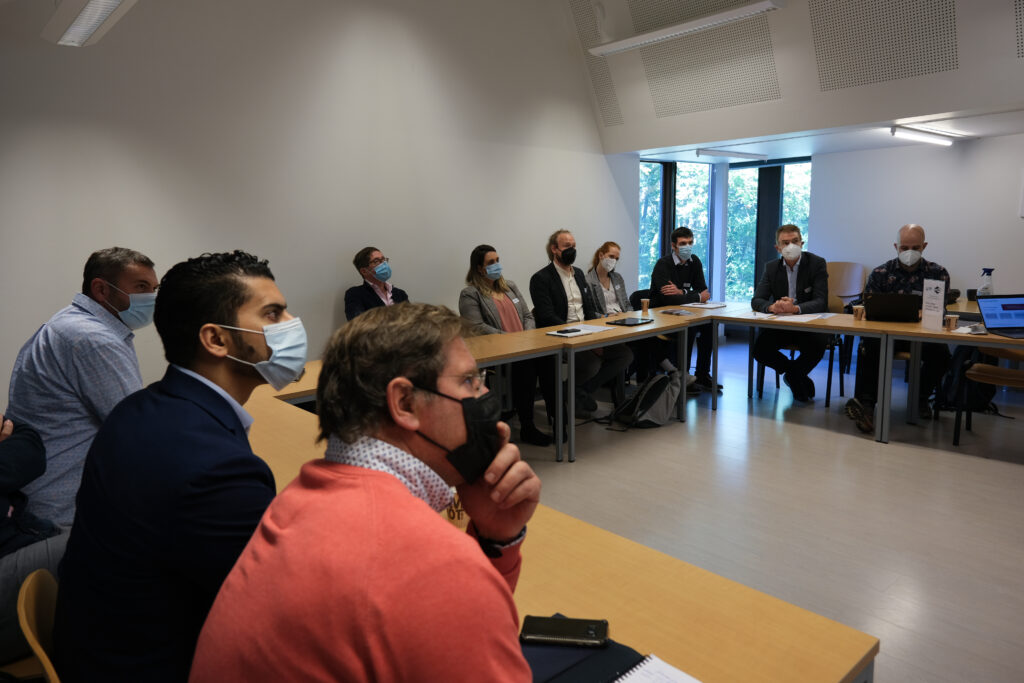
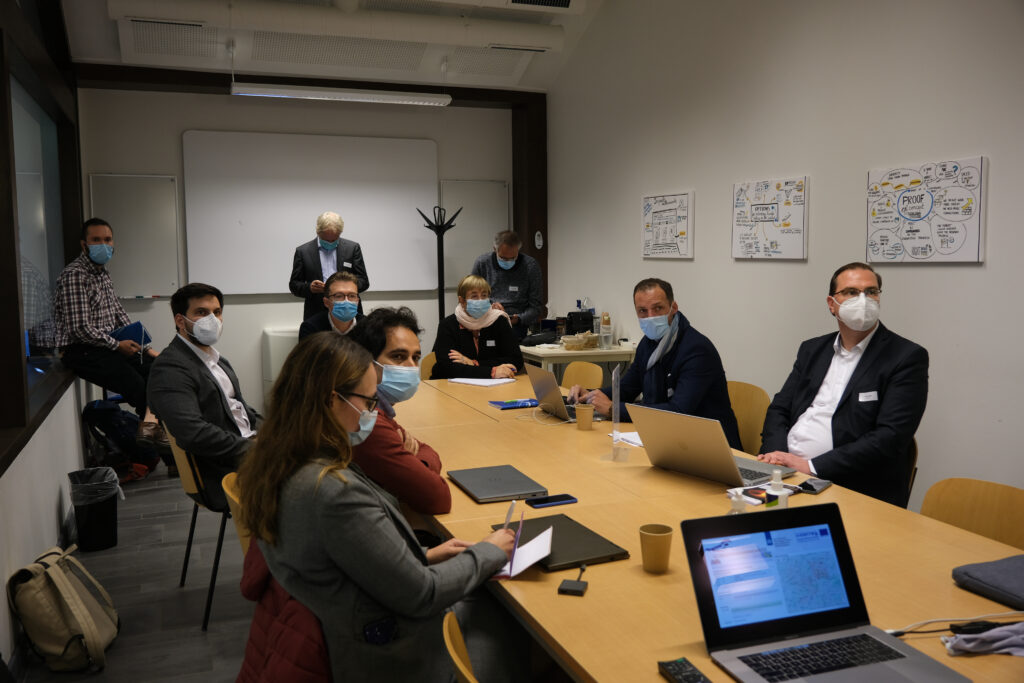
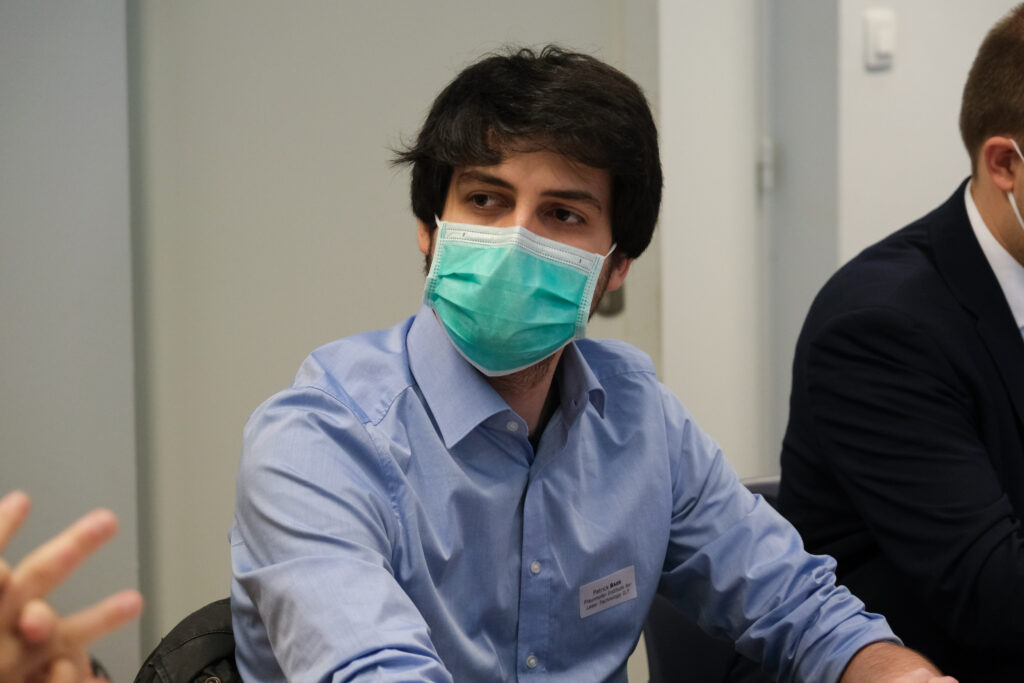
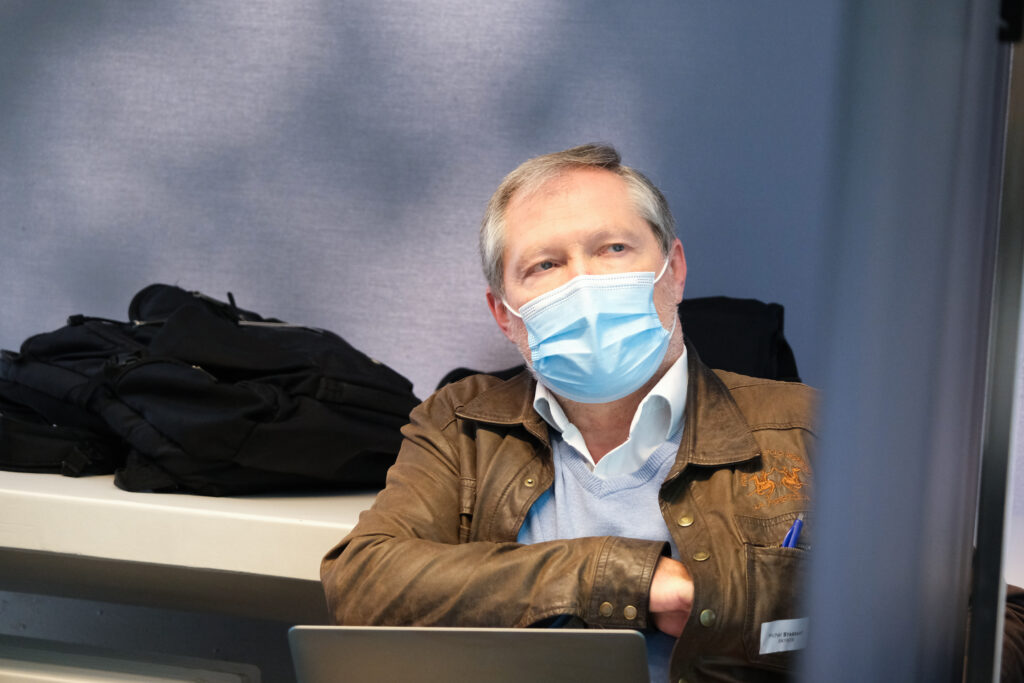
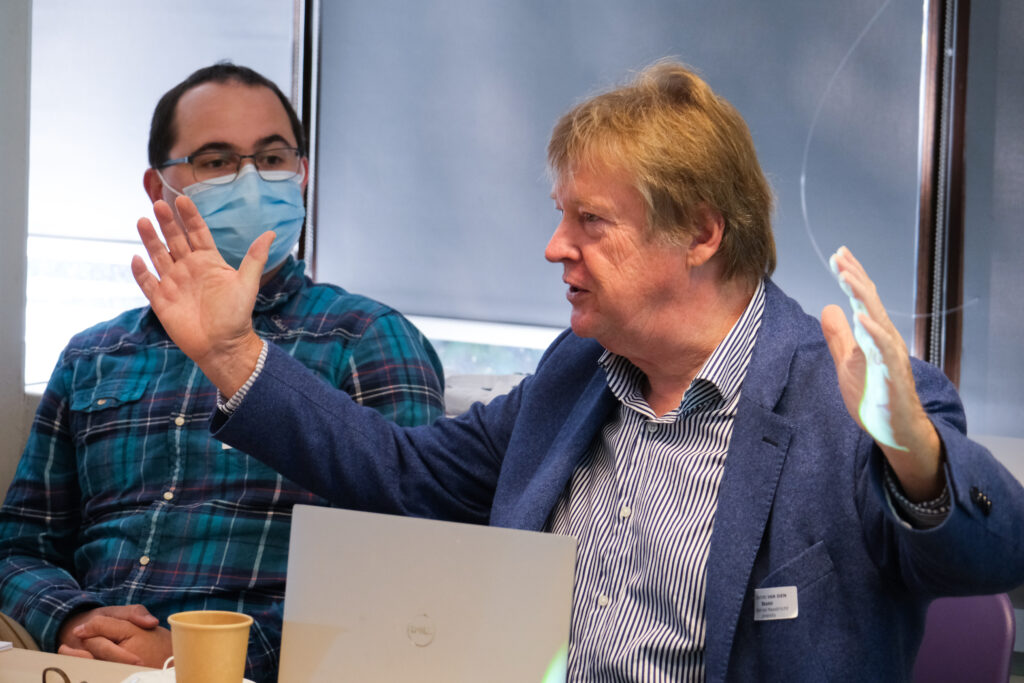
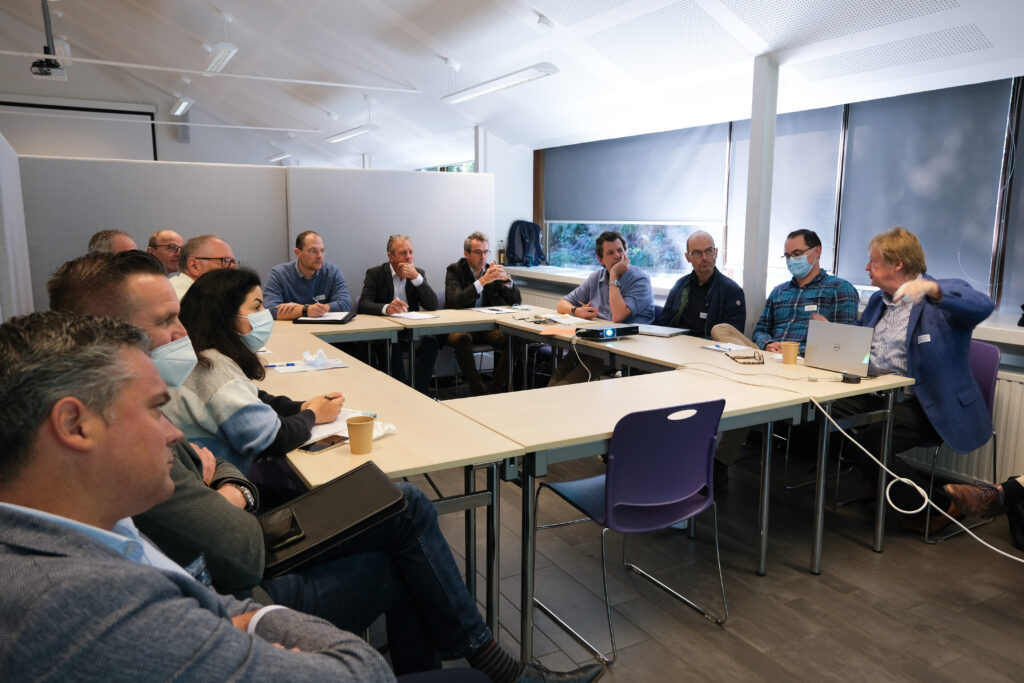
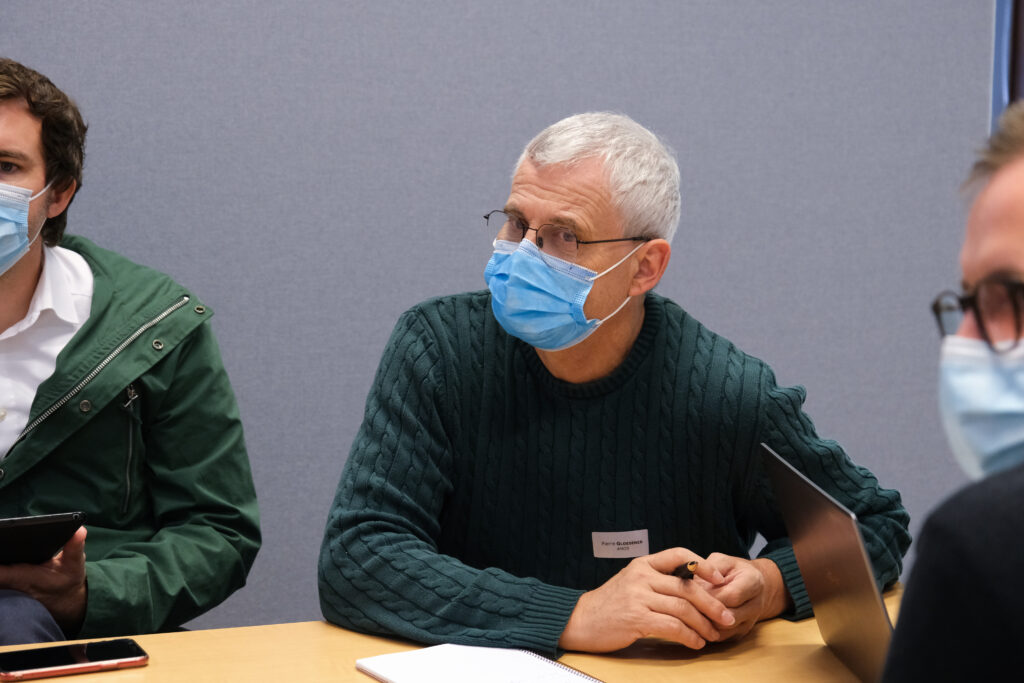
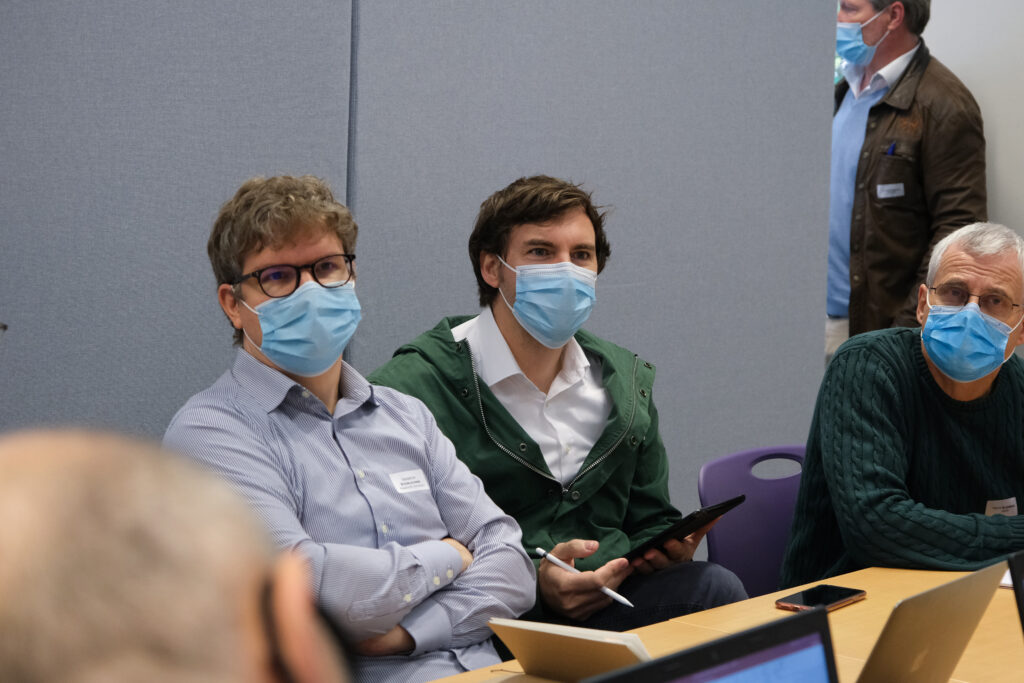
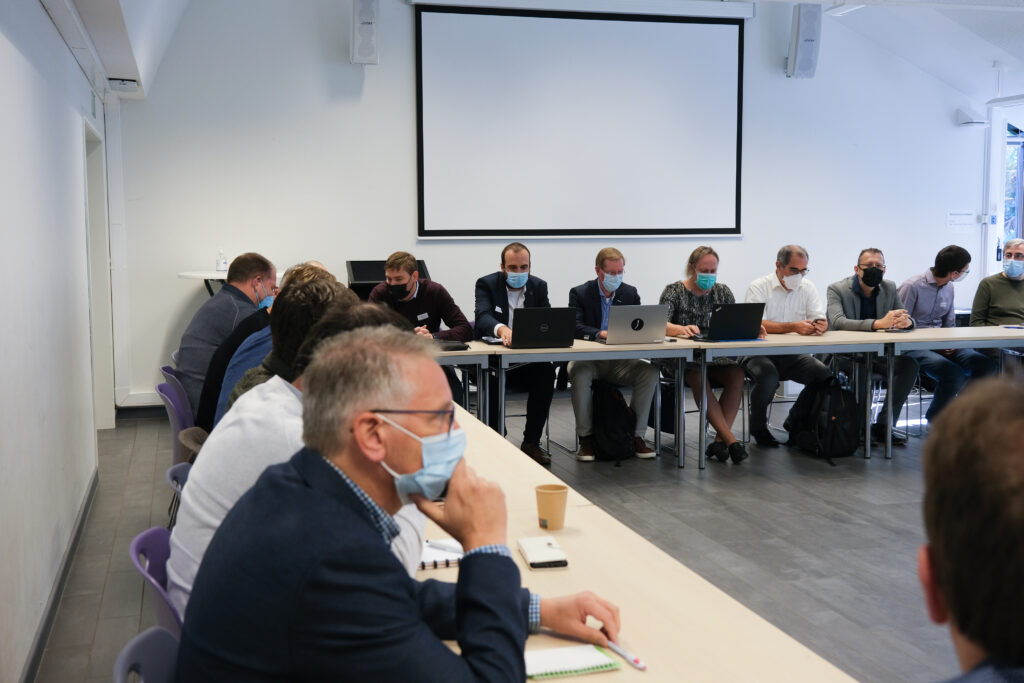
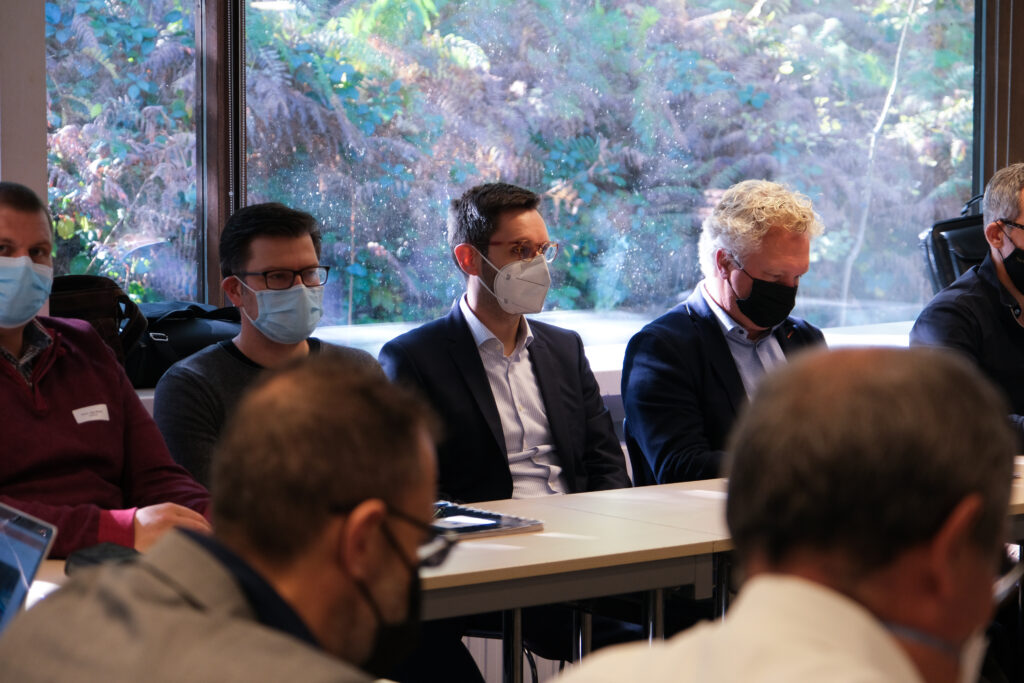
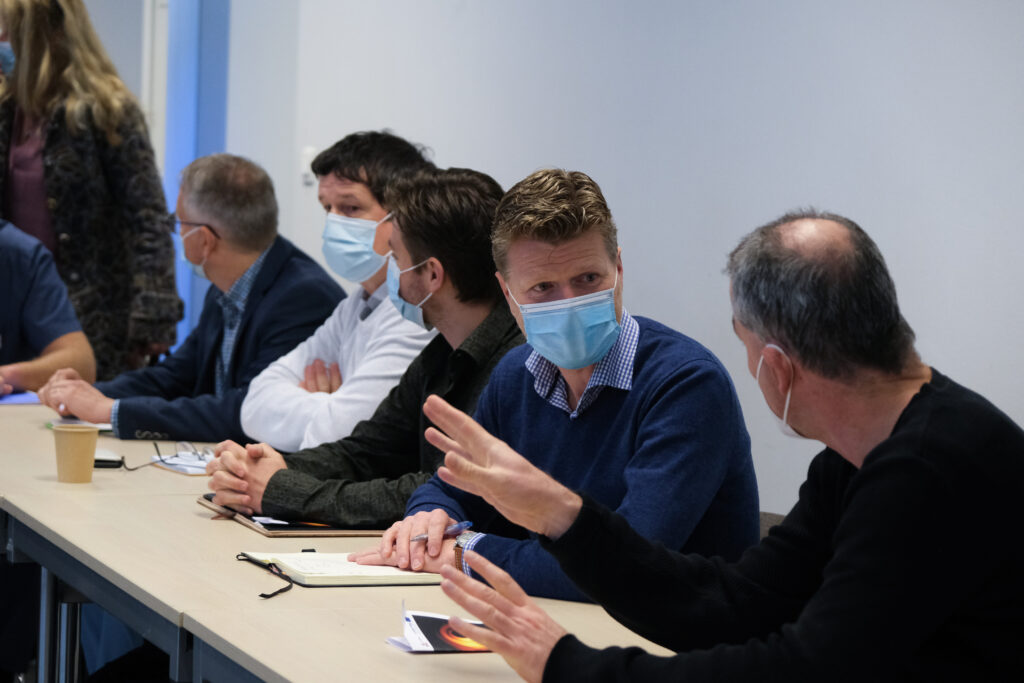
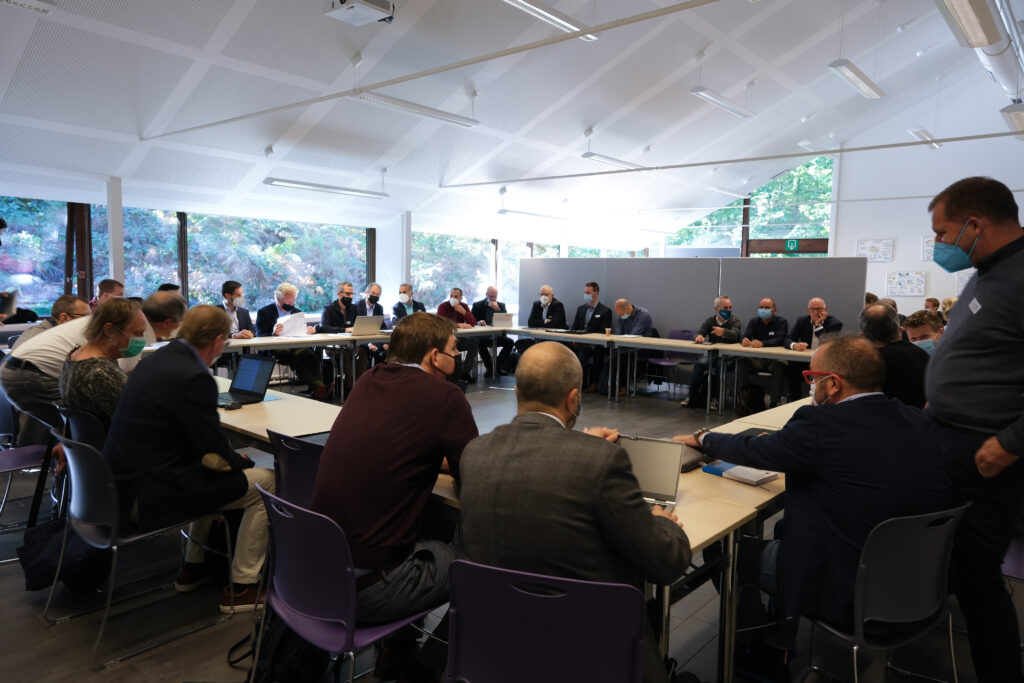
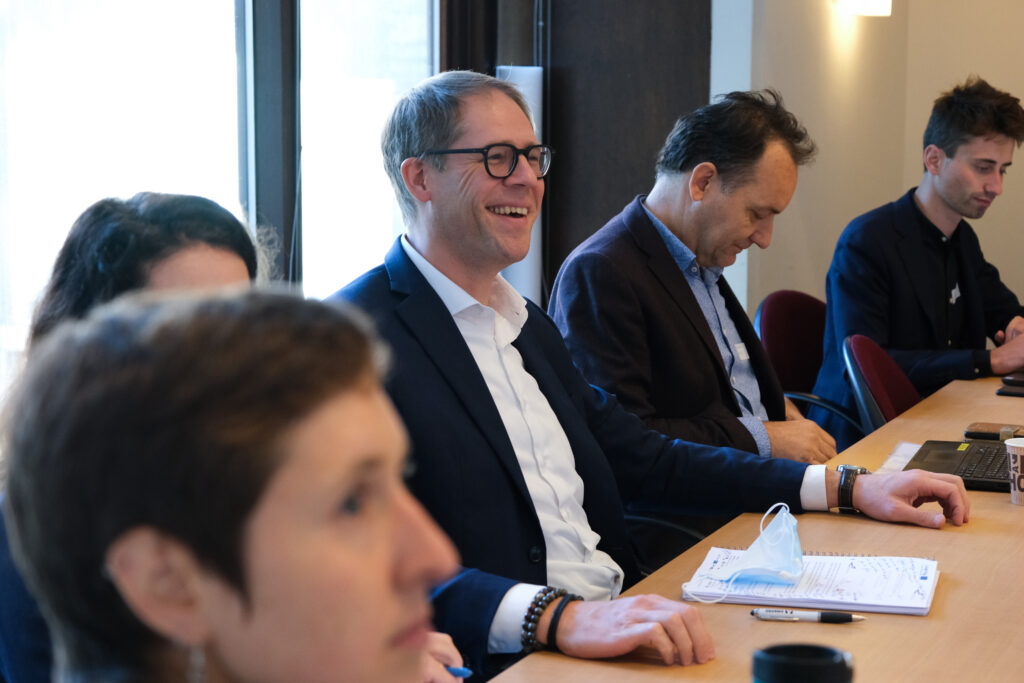
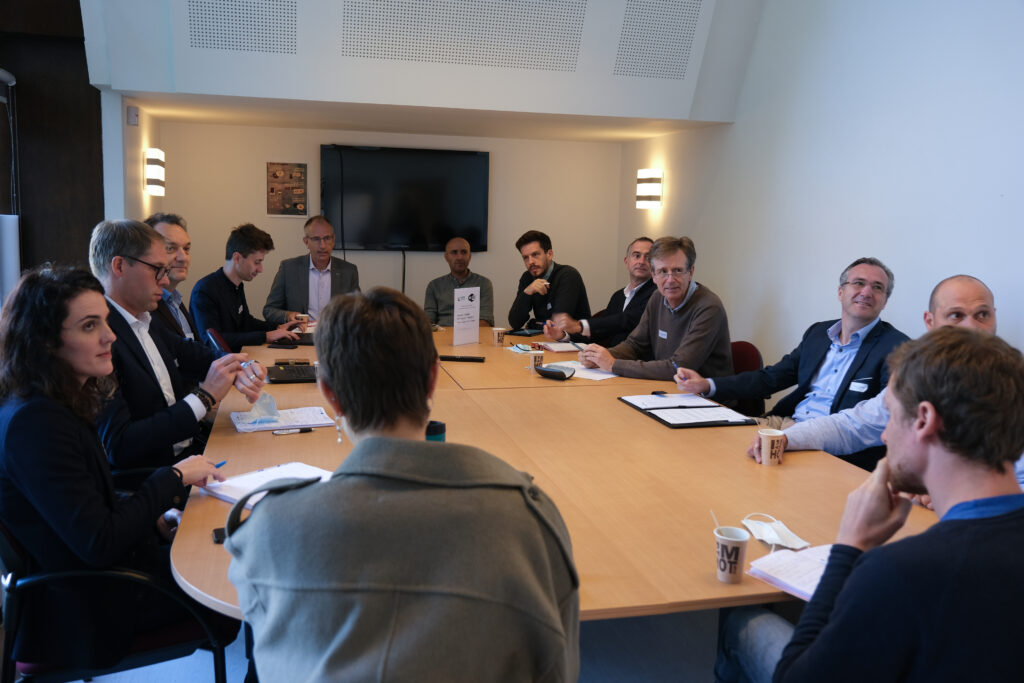
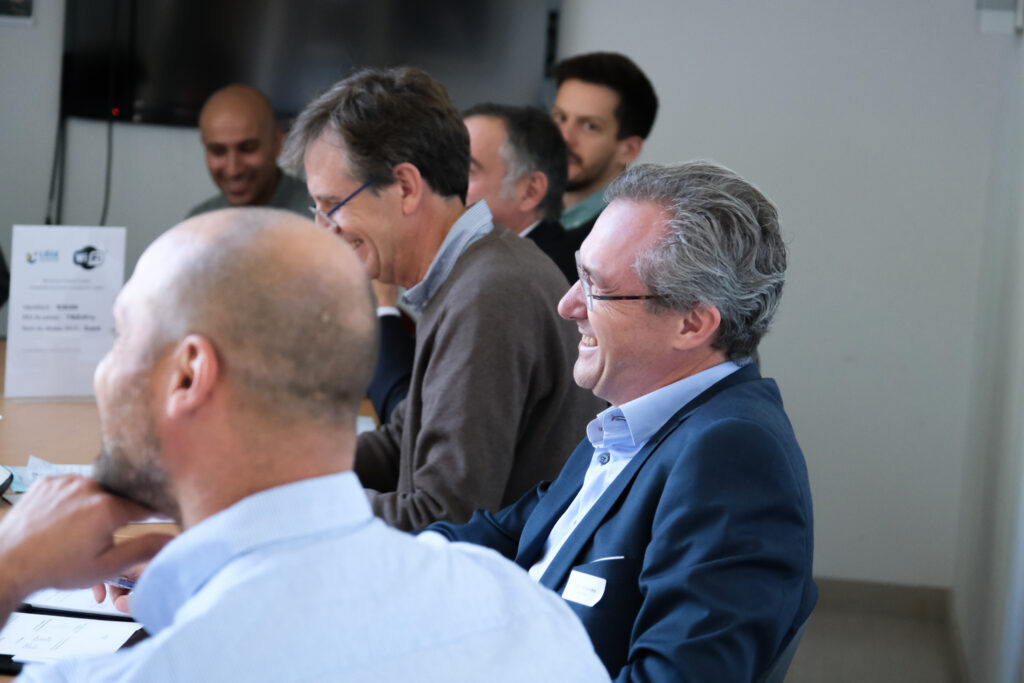
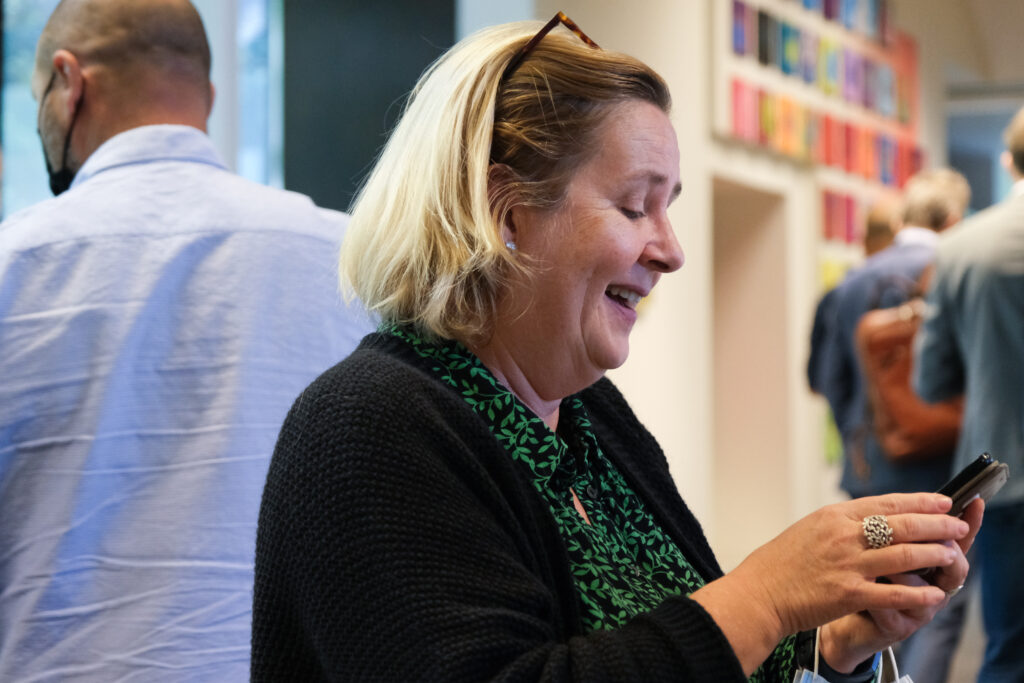
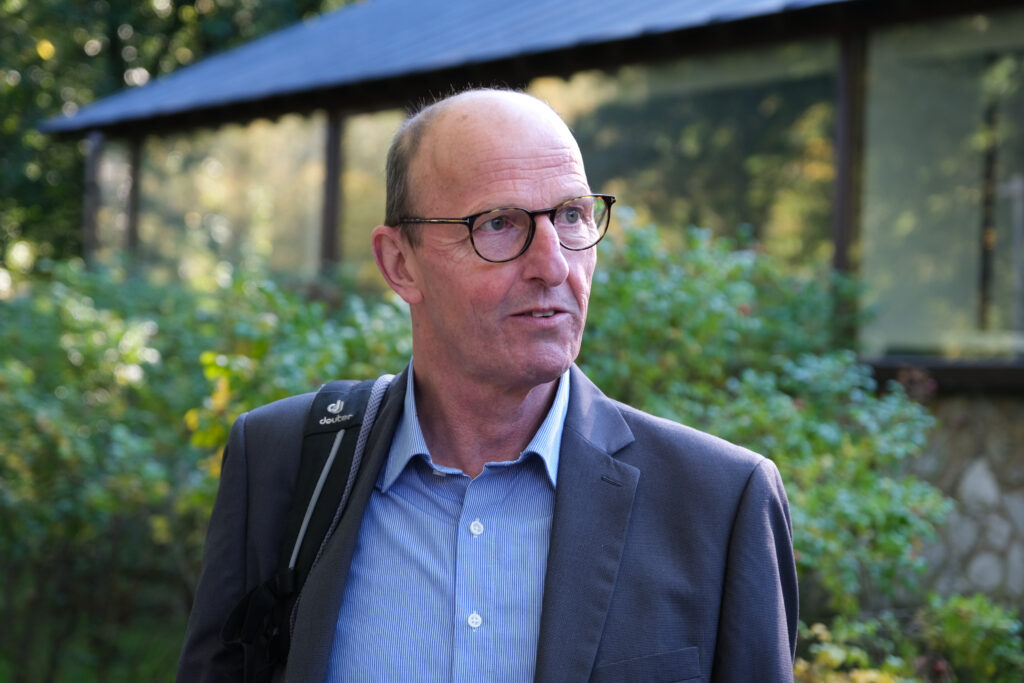
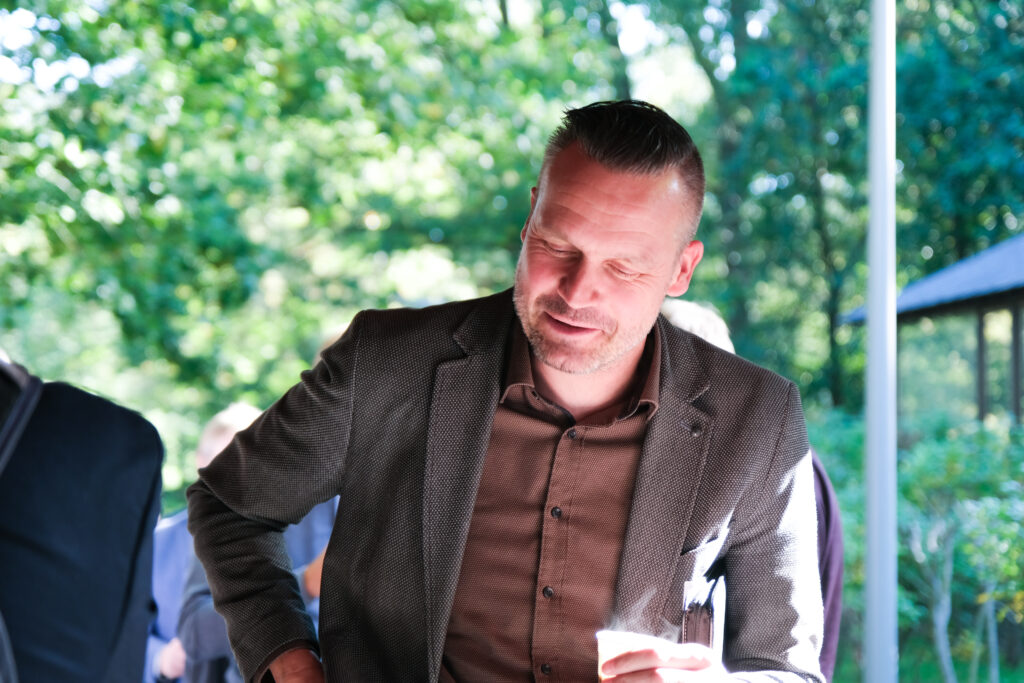
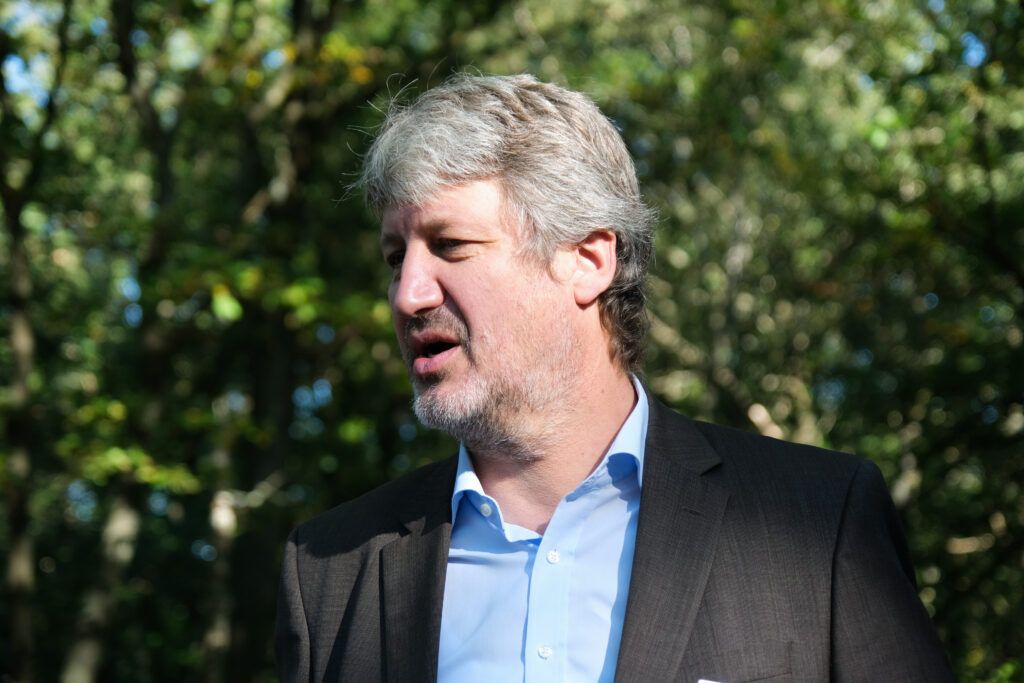
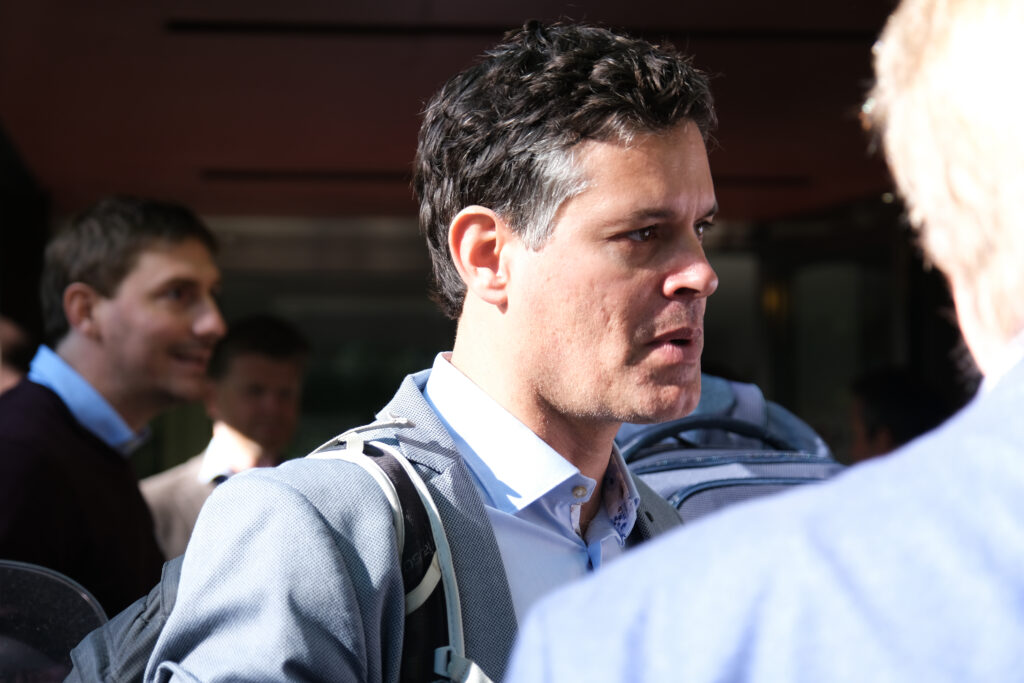
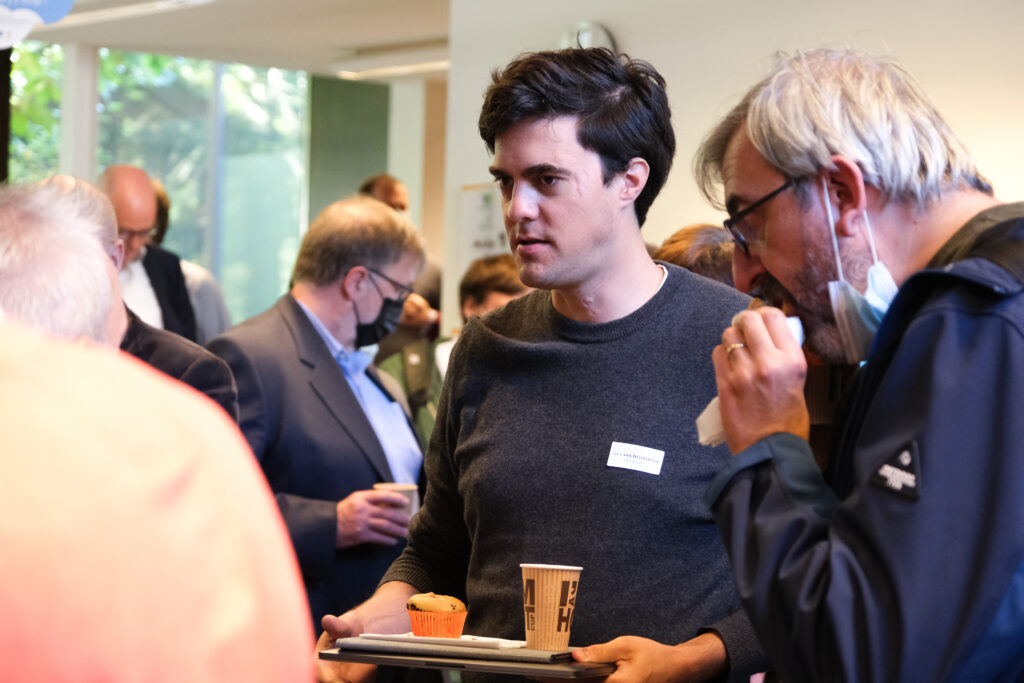
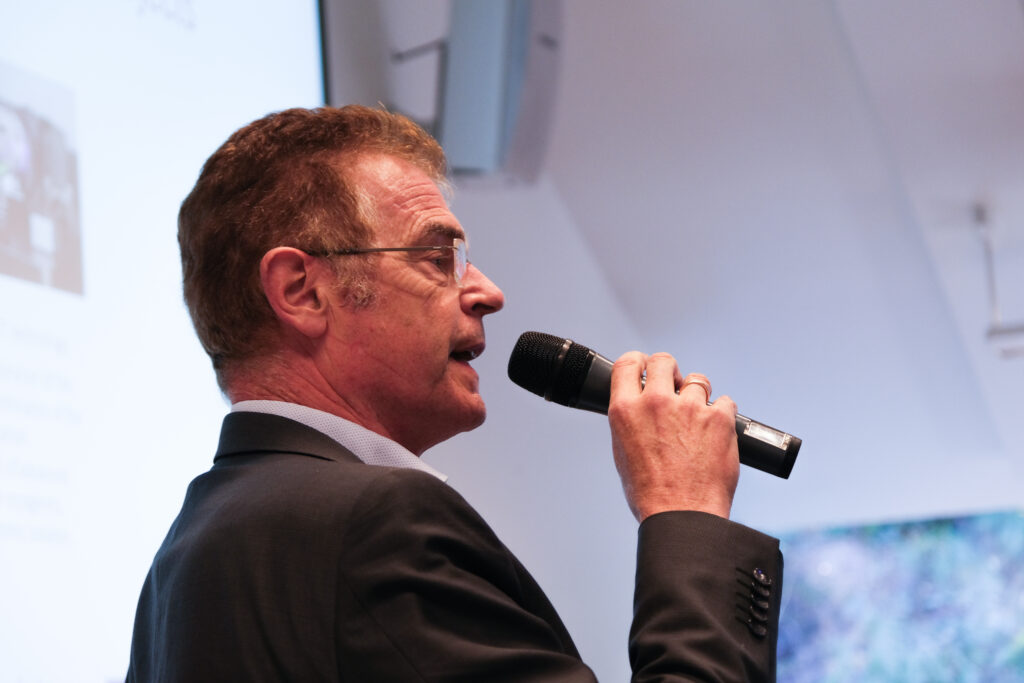
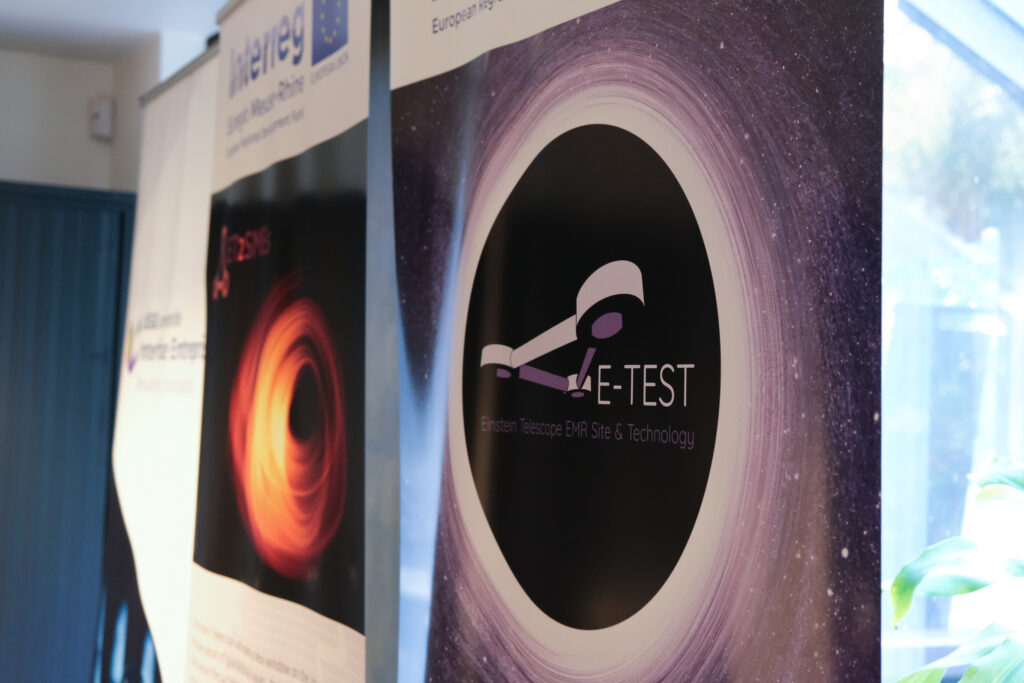
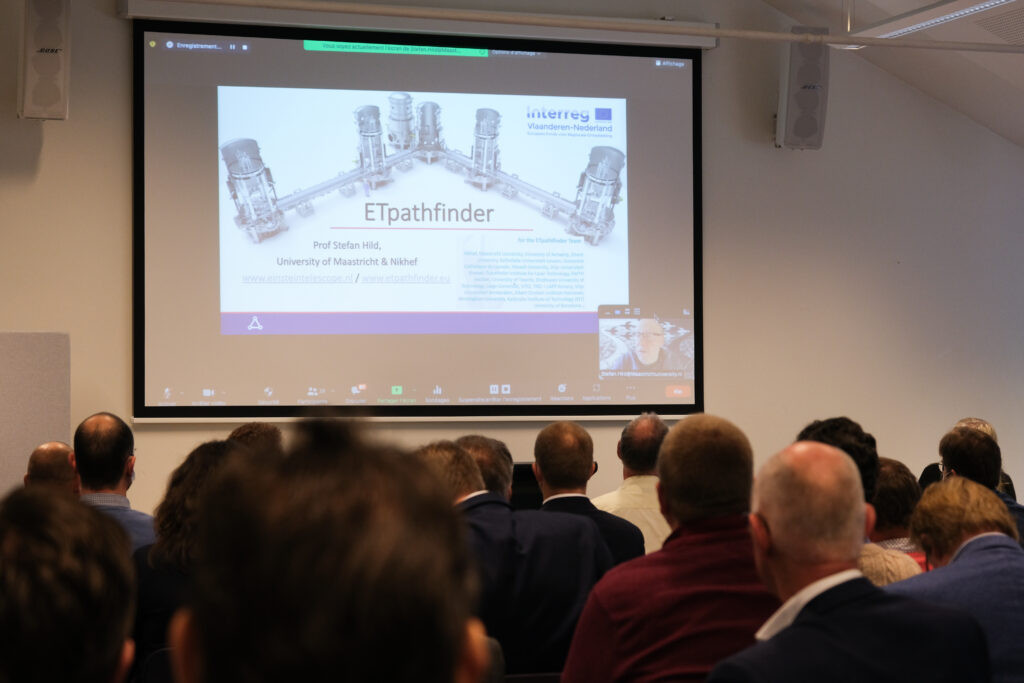
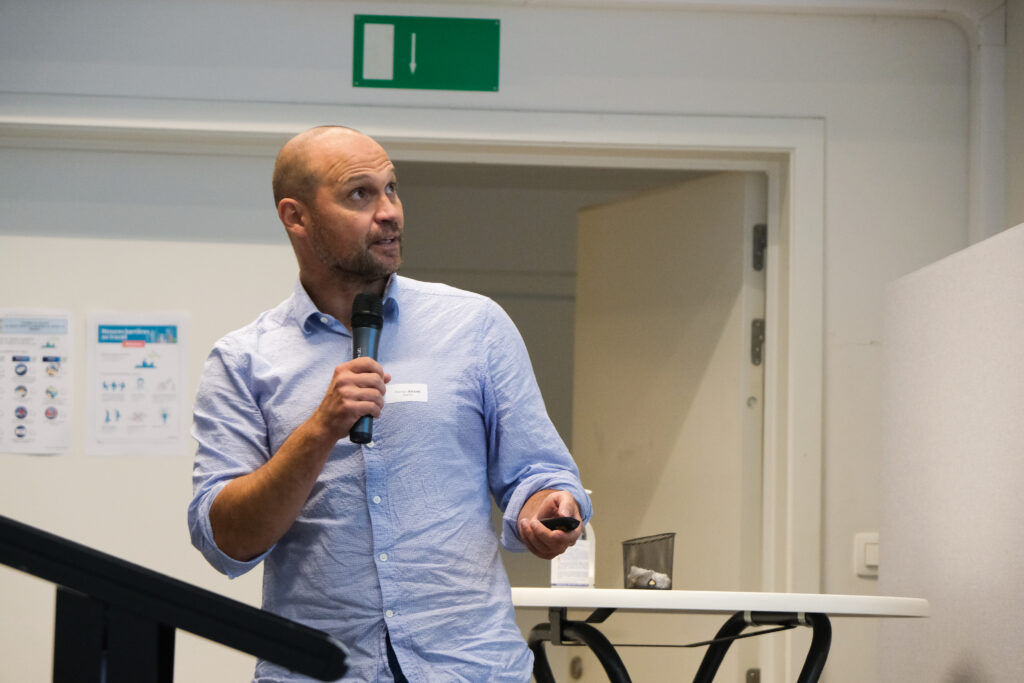
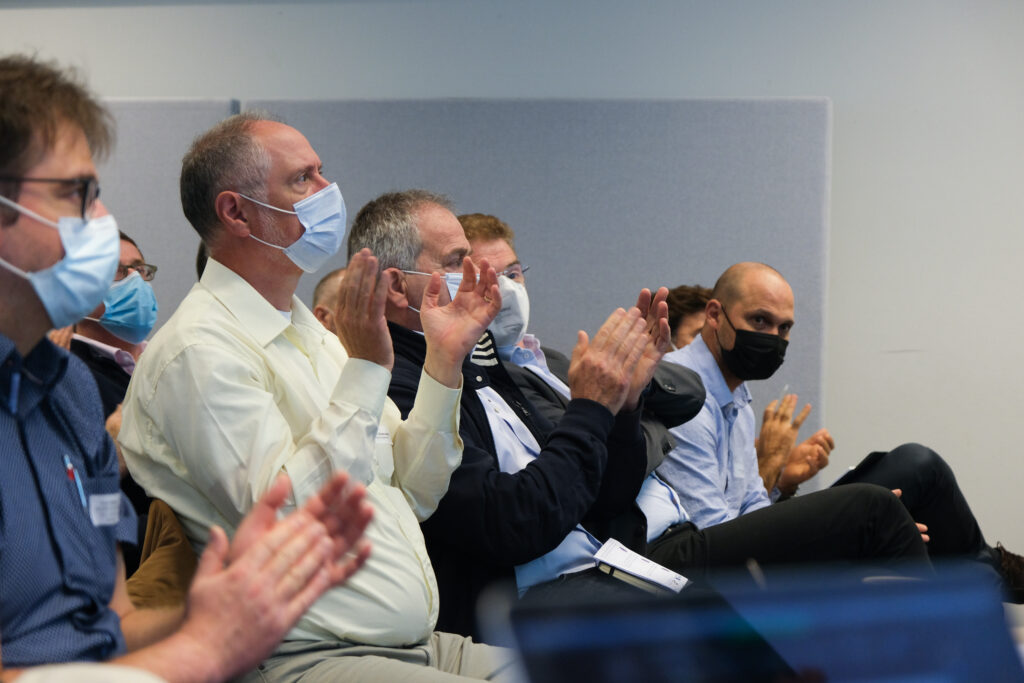
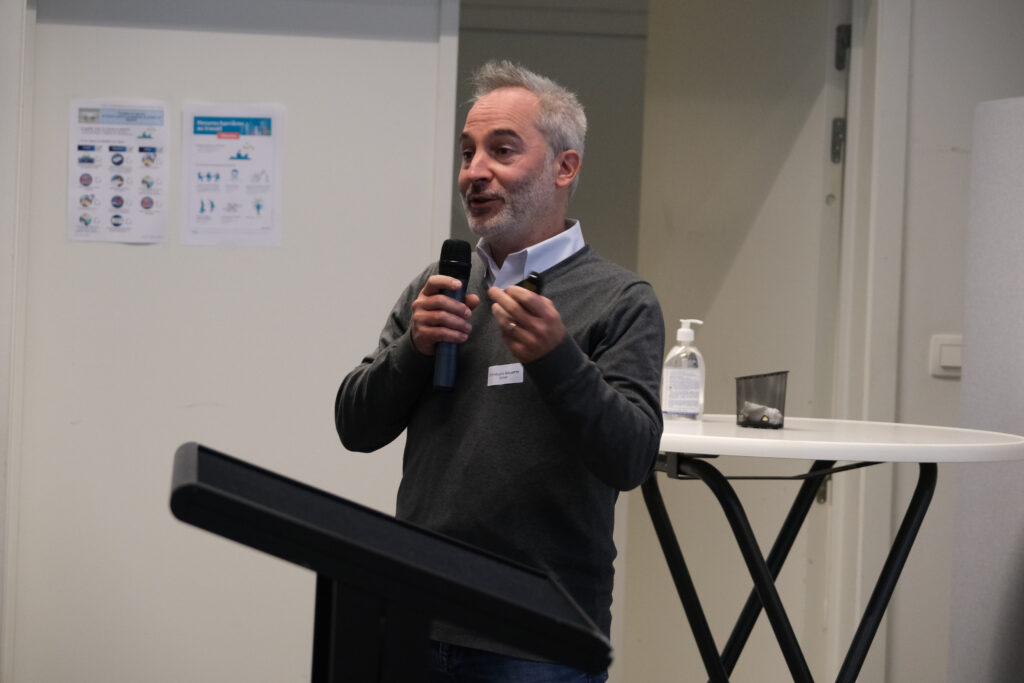
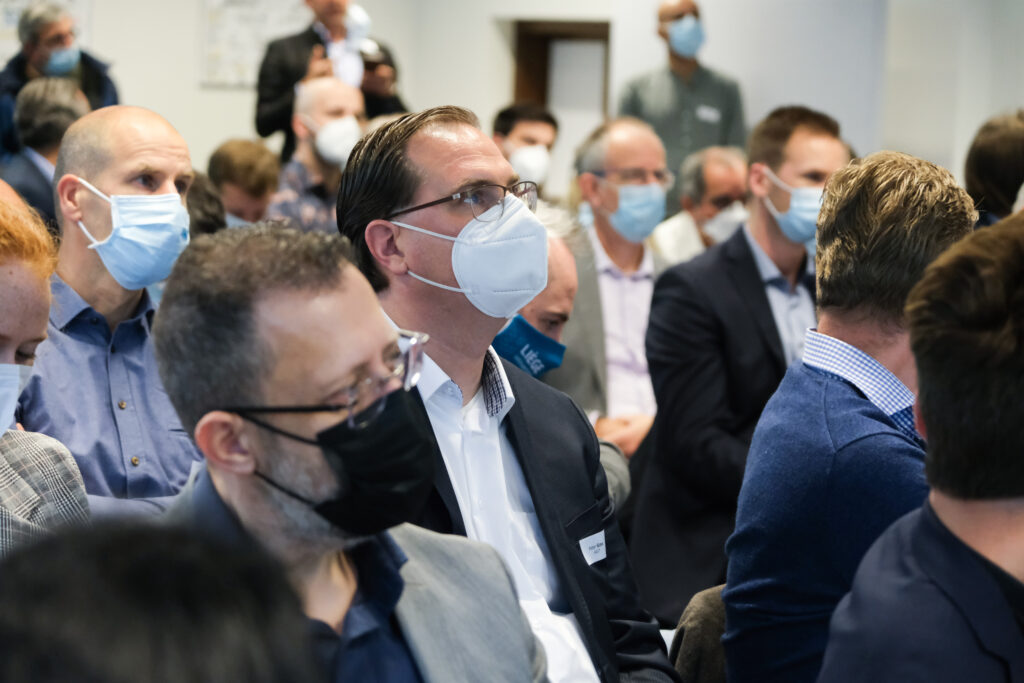
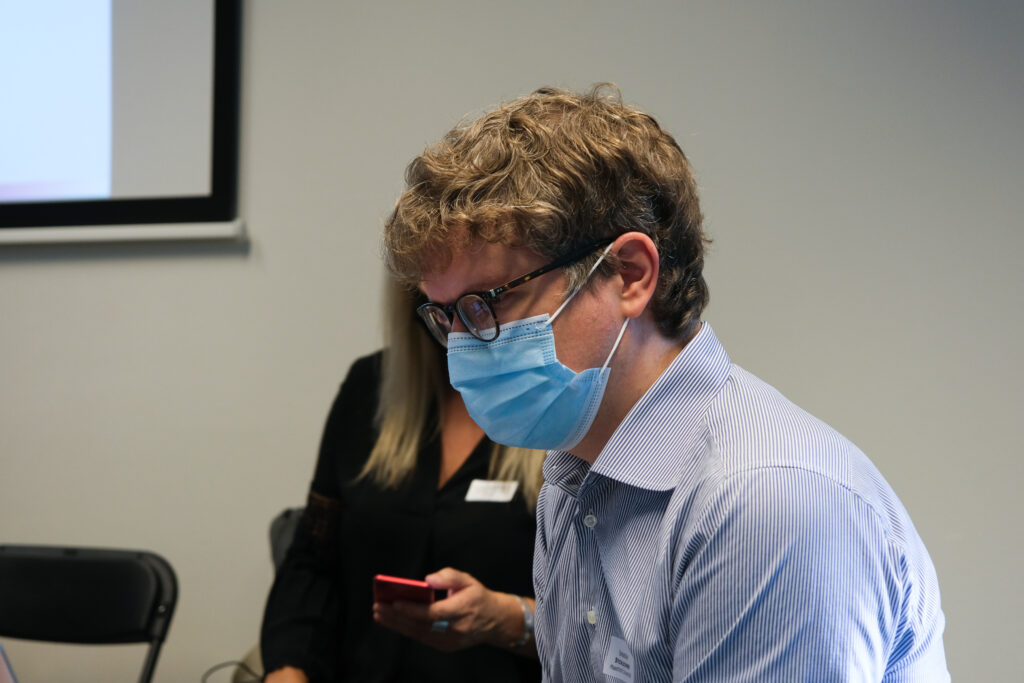
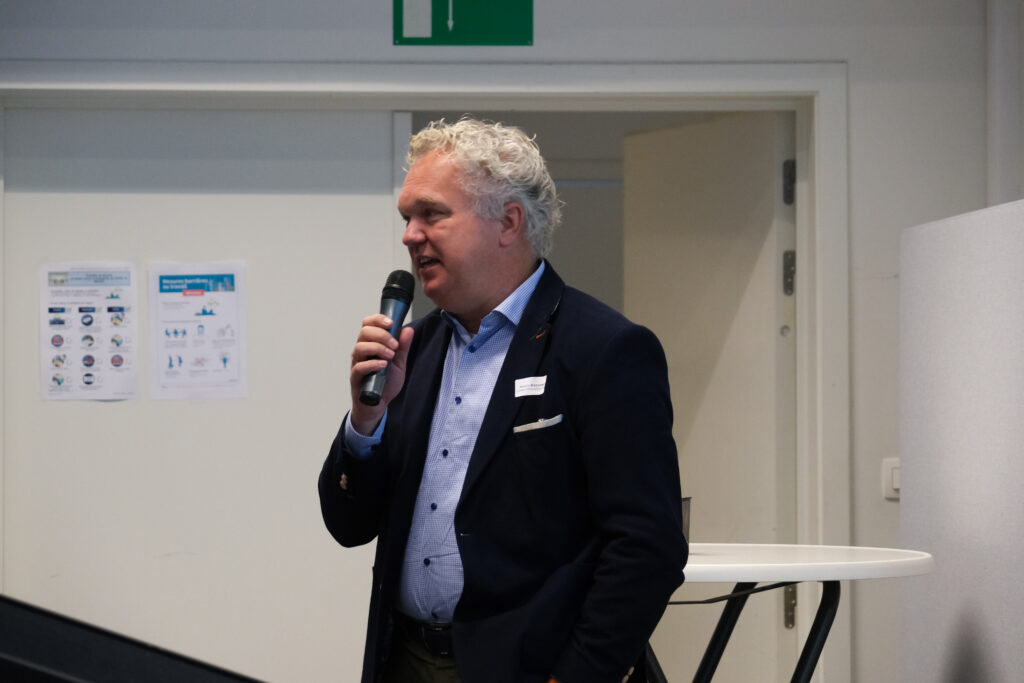
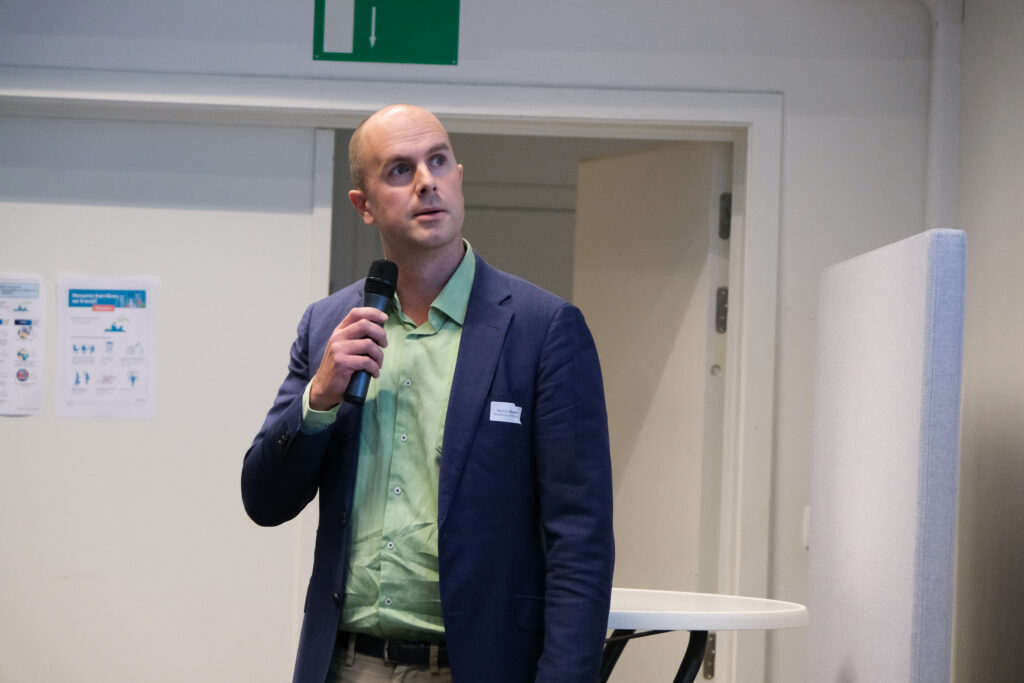
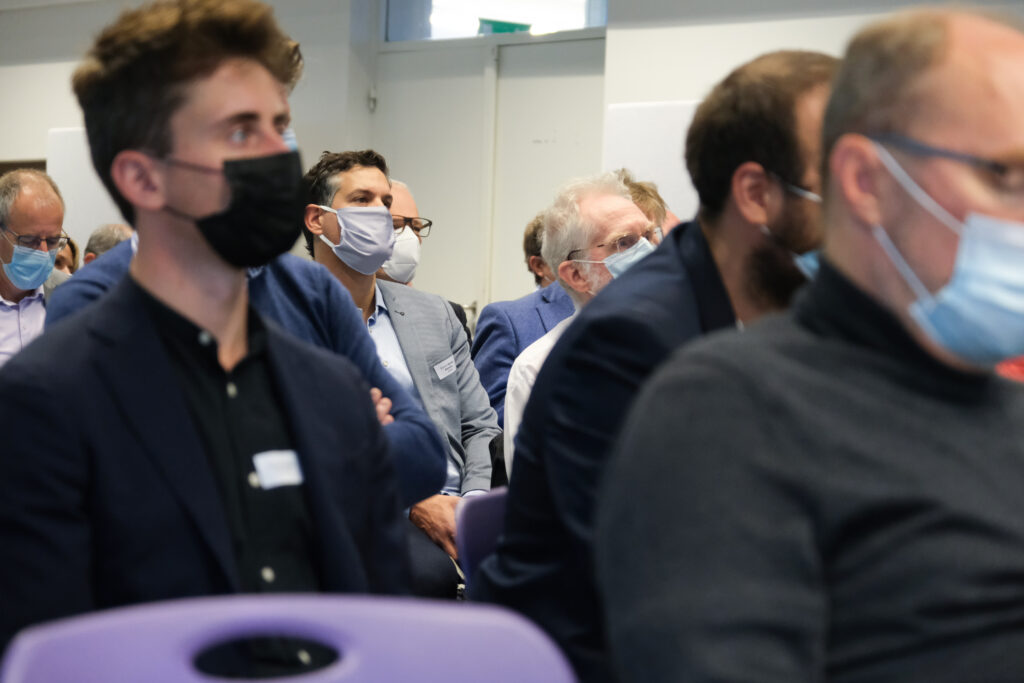
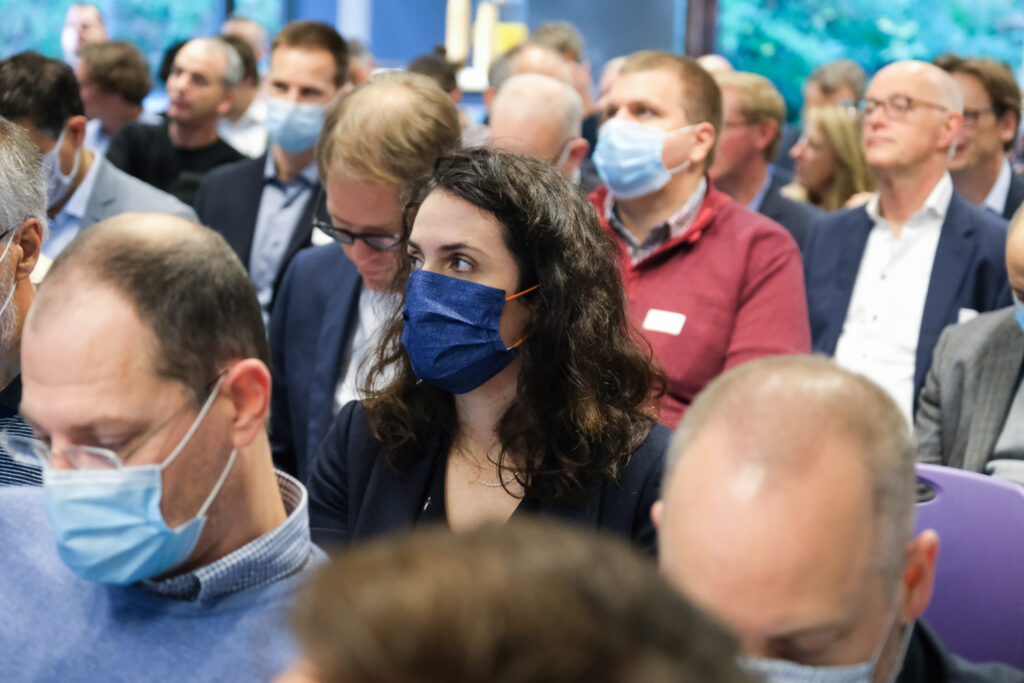
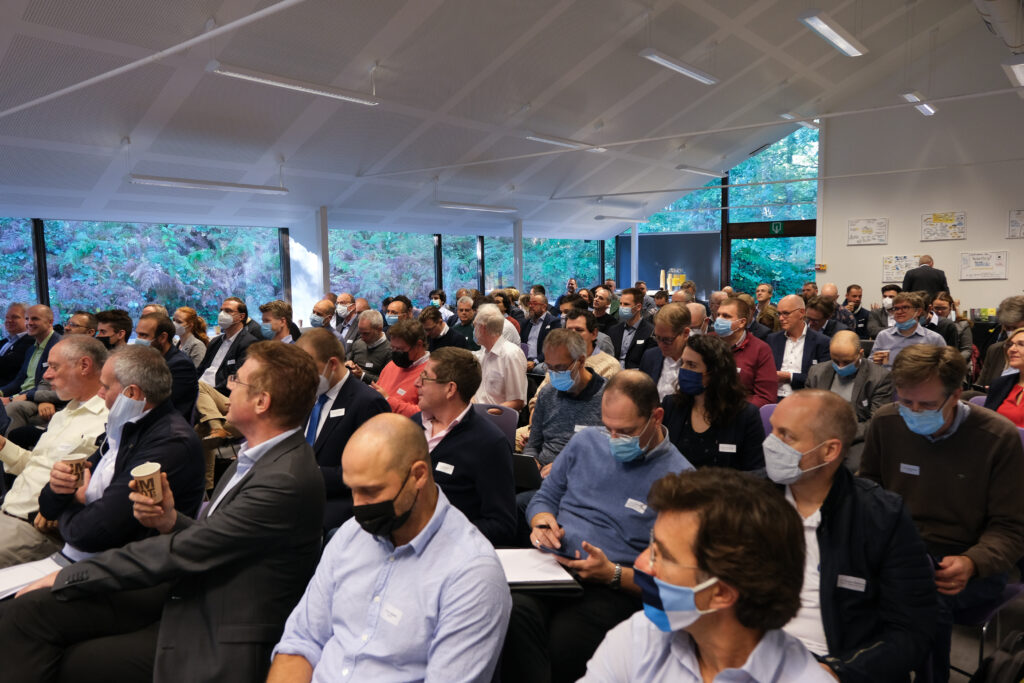
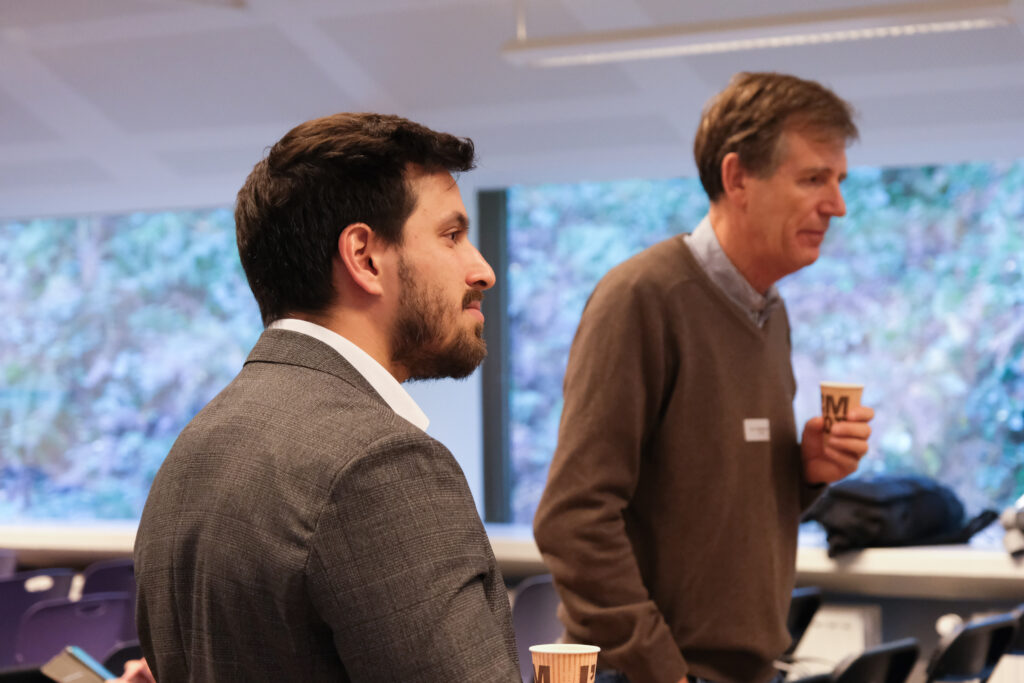
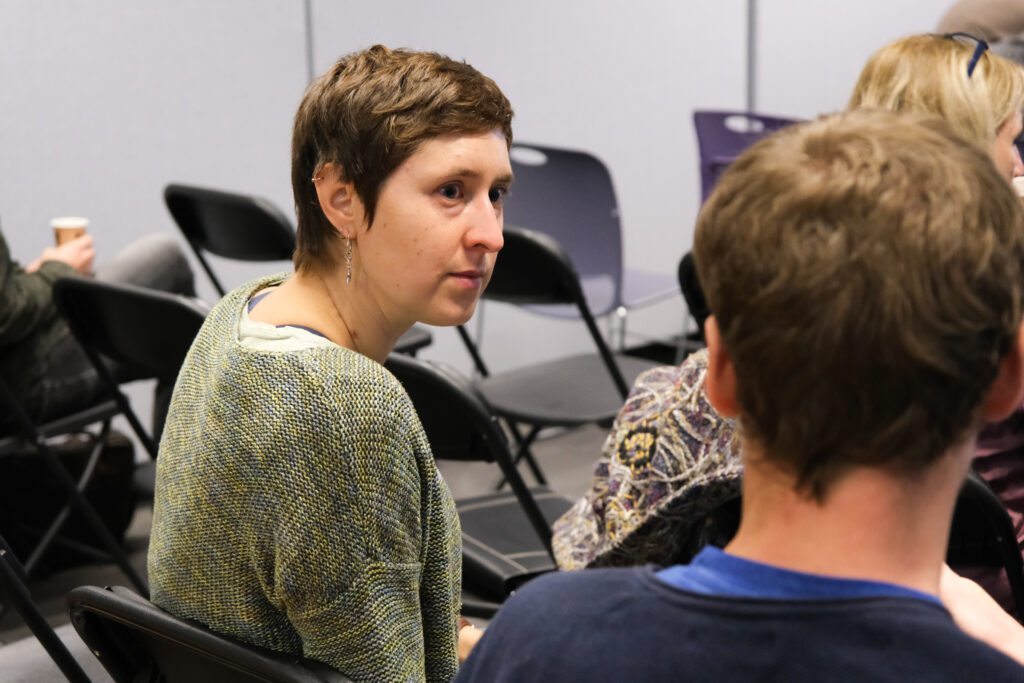
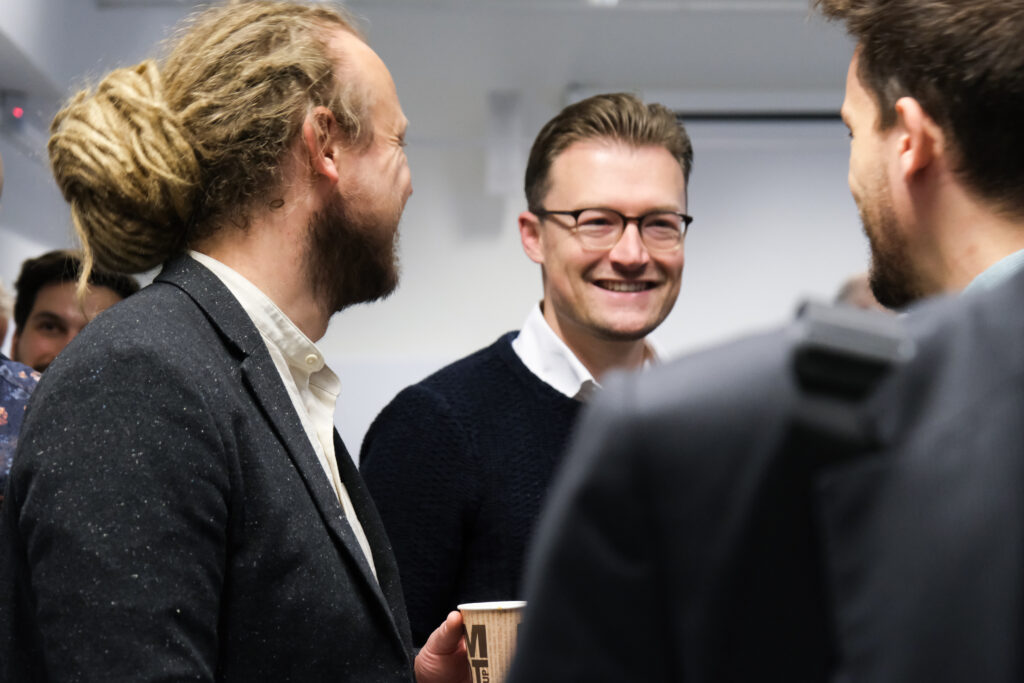

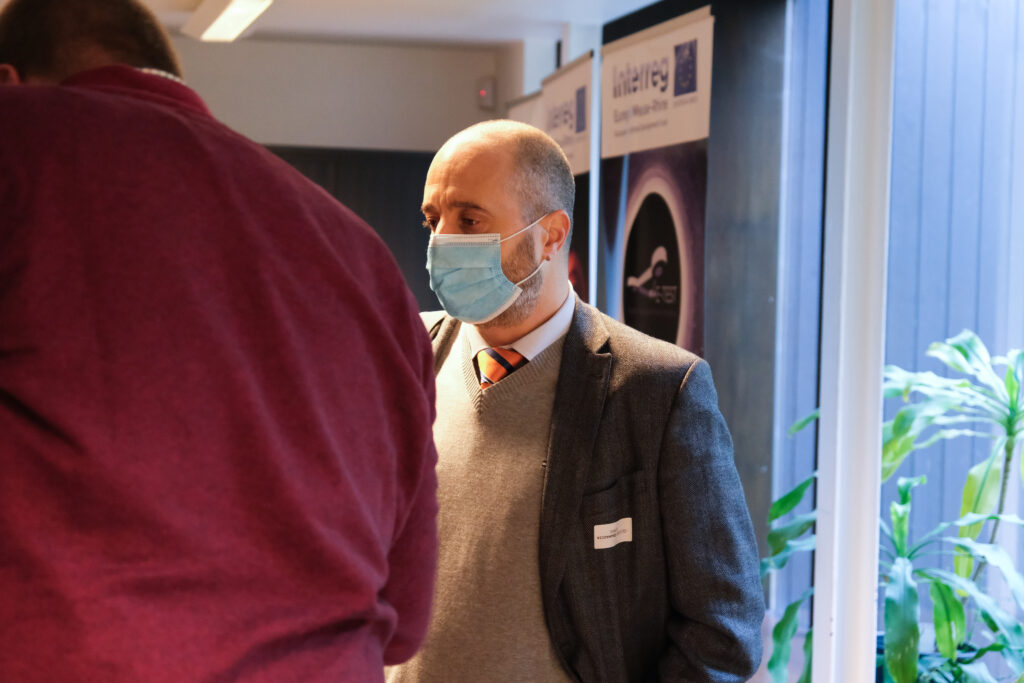
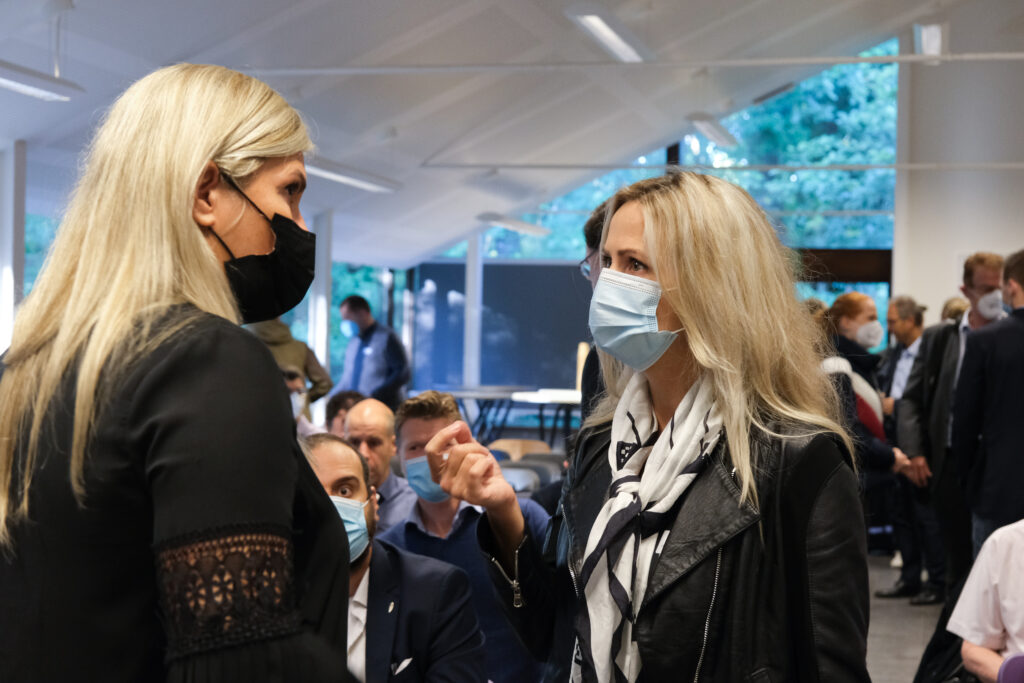
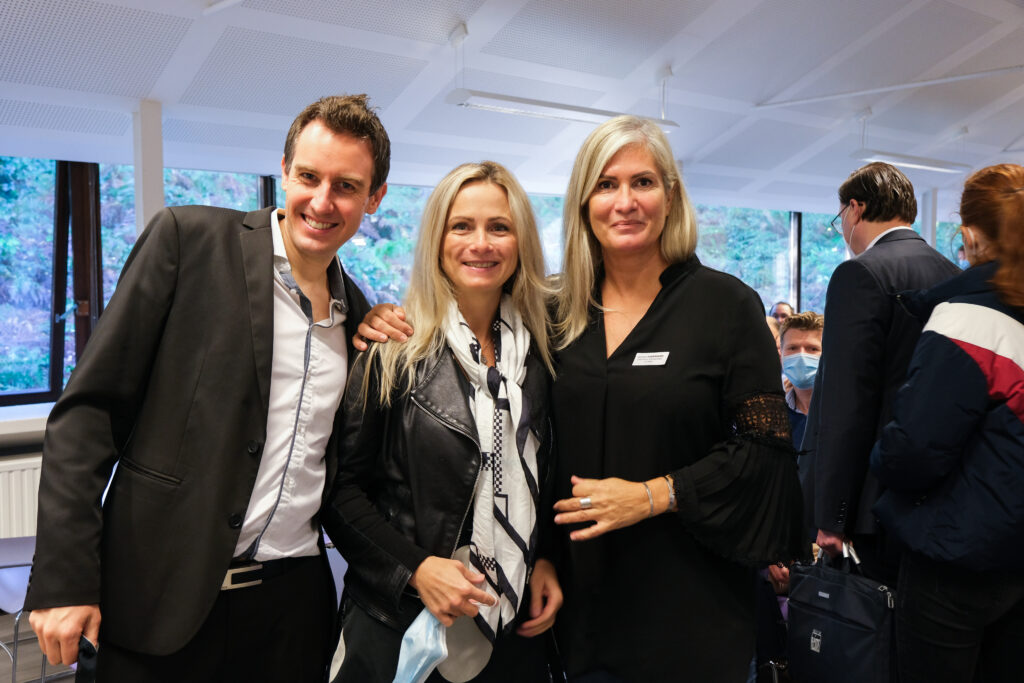
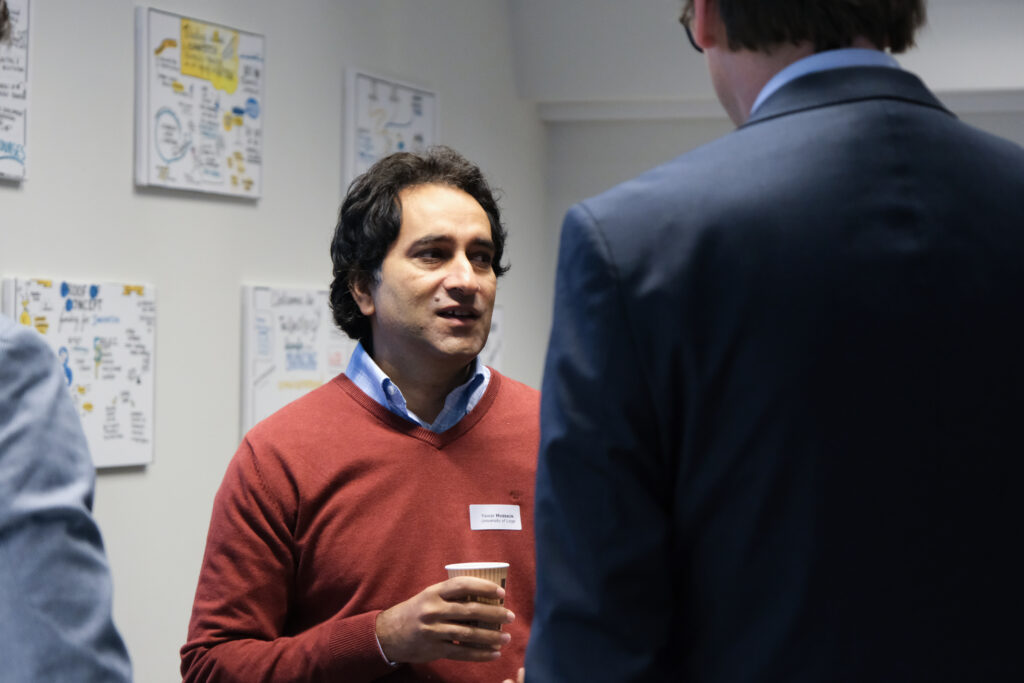
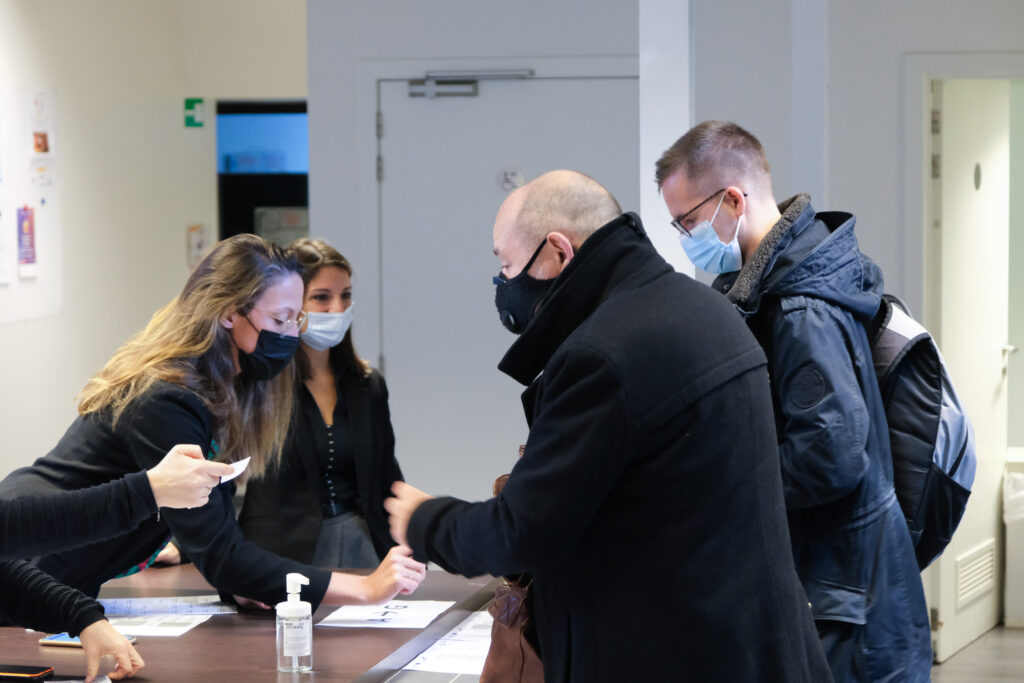
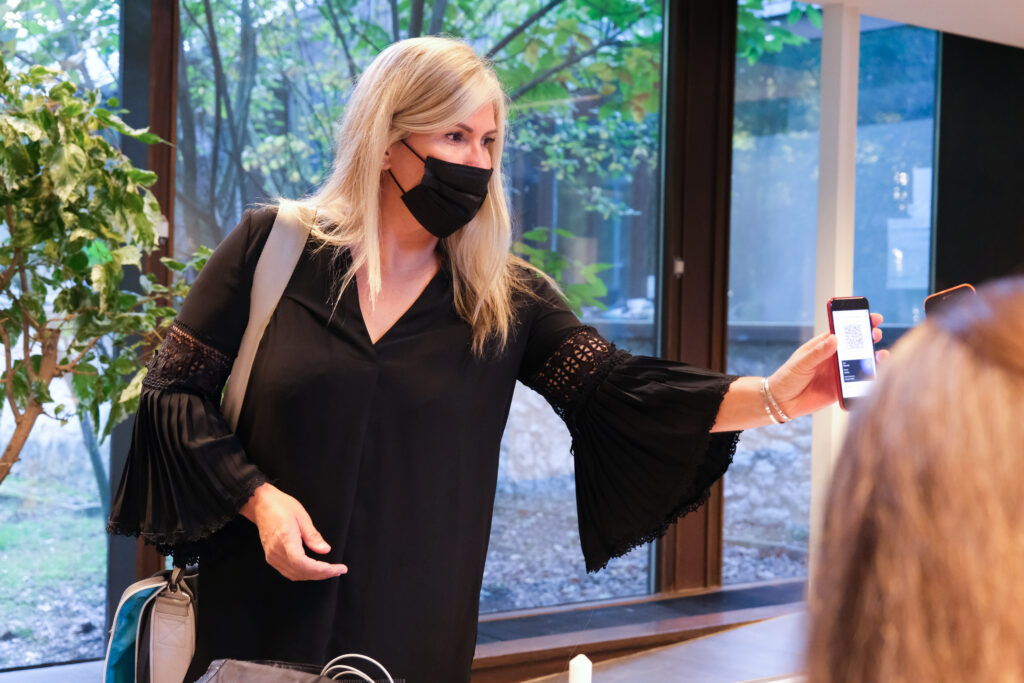
Friday, October 8th, 2021
ET Industrial Advisory Board face-to-face Meeting – Friday October 8 morning from 9:30 am till 2:00 pm
The Einstein telescope and preparation projects as E-TEST, ETpathfinder and ET2SMEs are pushing the technology beyond the current state of the art in many areas, both for the prototype of interferometer and for geological investigation of the subsurface.
As part of E-TEST, we have established an ET Industrial Advisory Board ( ET IAB) to facilitate close collaboration with various industrial partners, both SMEs and large companies active in the fields of activities required by the ET, from Belgium, the Netherlands and Germany.
The second joint ET Industrial Advisory Board will take place on October 8 2021 from 9:30 am till 2:00 pm, lunch included.
We have the pleasure to announce that it will be organized face-to-face, at the Interface Entreprises ULiège, Avenue Pré Aily, 4, 4031 Angleur (Liège), Belgium.
The general/common part of the meeting will be recorded and published on the website. The specific Working Groups are only organized face-to-face and won’t be recorded.
Agenda
Registration, check of Sanitary Pass & Welcome coffee from 8:45 am
9:30 am- 11:00 am – Welcome and general session
Welcome – by Annick Pierrard, ULiège Interface Entreprises
- WHY: Purpose of the joint ET Industrial Advisory Board?
- WHO: To who is it dedicated?
- HOW: What are the conditions to participate?
- WHEN: Frequency of the meeting
Short project presentations & latest achievements:
- Einstein Telescope (ET) project, investment & ESFRI Call time-line
- Einstein Telescope social/economy impact, return on investment – by Provincie Limburg NL / Lysias
- E-TEST : Einstein Telescope Site and Technology – 01.02.2020 – 31.07.2023
- ETpathfinder, R&D Laboratory – 03.06.2019 – 02.06.2022
- ET2SMEs – 01.03.2021 – 31.08.2023 “Maximising the economic and social impact of the possible implementation of the Einstein Telescope in Euregio Meuse-Rhine”
- Q/A session
11:00 am – 11:15 pm – Coffee break
11:15 am – 11:30 pm – Separation into 6 sub-working groups in different meeting rooms
11:30 am – 13:00 pm – Interactive industrial/scientist Prototype and Geology Working Groups led by the ET Technology Sheets Responsibles, with the participation of one ET2SMEs business developer per WG, based on the technologies requested by the Einstein Telescope
- Cryogenics – Vacuum
- Precision mechanics and mechatronics – Sensors – Advanced control algorithms
- Mirrors coating – Lasers – Optics & optical metrology
- Geophysical imaging and remote sensing
- Water technology – Tunneling technology
- Simulation and modeling
Please find the mutual NDA to be completed and signed in duplicate (one for the company, the other for the University of Liege) by each company participating in the ET Technology Working Groups.
Please send it scanned to a.pierrard@uliege.be, and bring the original copy for the University of Liege signed on the day of the ET IAB.
13:00 pm – 14:00 pm – Lunch in the different meeting rooms
14:00 pm – End of the ET IAB
Join the next ET Industrial Advisory Board Meeting and register today!The registration to the ET IAB is free of charge but mandatory via this link. We are looking forward to meeting all of you on October 8!
On 23/09/21 we have reached the maximal number of participants that we can welcome face-to-face at the Interface Entreprises-ULiège.
From now on, only virtual participation to the general part of the ET IAB will be possible (from 9:30 am till 11:00 am).
Please note that the 6 technology Working Groups are only organised face-to-face and won’t be recorded.
Deadline for registration to participate virtually to the general part on the ET IAB (from 9:30 am till 11:00 am) is Thursday October 7 at 10:00 am. The ZOOM link will be sent to all registered persons.
Feel Safe.

Gates wide open – with proof. Welcome to the Interface Entreprises-ULiège with full vaccination protection, recovery or negative test result from an official testing centre. Your proof is complete in combination with your identity card or passport.

The right timing. A negative PCR or antigenic test must be no more than 48 hours old, the second vaccination at least 14 days ago, the positive PCR test result at recovery between 28 days and 6 months old. Done? Let´s go.

It all depends on the right apps. For fast, smooth entry, it‘s up to you too. Enter your proof of full vaccination, recovery or negative test in the apps Corona-Warn or CovPass.

By far the best idea. Though we ask you to maintain a minimum distance of 1.5 metres from other ET Industrial Advisory Board participants, you will still see the latest innovation up close and personal.
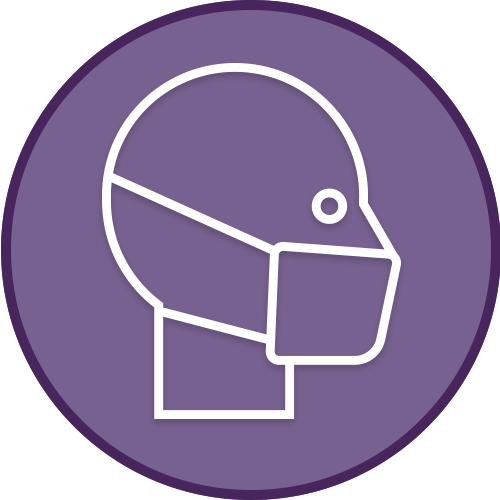
For everyone‘s protection. Please wear a medical mask or FFP2 mask (no visors or fabric masks). And although you might not be able to see it, we are smiling at you behind our masks.
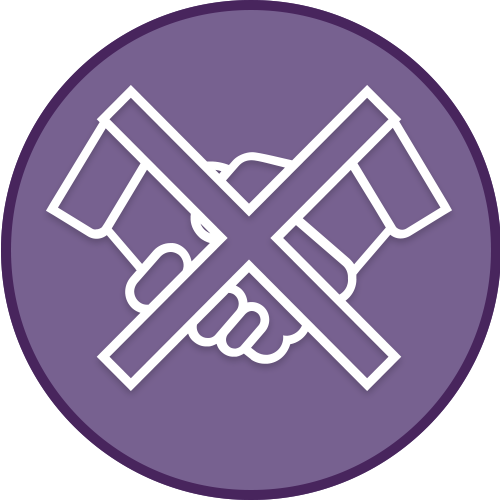
Networking without physical contact. Even though you might be delighted at seeing other people again or closing a successful Science-to-Business or Business-to-Business collaboration – please forego shaking hands and physical contact.
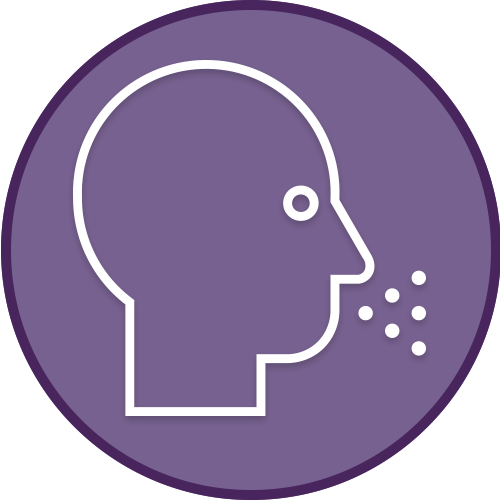
“Bless you.” For the sake of yourself and others, please sneeze or cough into the crook of your arm. Even better, do so while maintaining a great distance of least one metre or turning away from others.

Effective infection protection. Sanitiser dispensers located in our entrance and meeting rooms are ready for frequent use. And highly exposed surfaces are regularly cleaned and disinfected for you.

Let it taste good. With our catering partners in the different meeting rooms: with tailor-made concepts for compliance with all safety and hygiene regulations. Enjoy your meal!
Tuesday, September 28, 2021
First drilling in Banholt, the Netherlands
Since not much is known from the geological formations below the Cretaceous limestones below the area near Banholt we will drill a 250 m deep borehole. Like the other upcoming planned boreholes this borehole will be finished as a deep subsurface seismic noise station.
The KNMI – Royal Netherlands Meteorological Institute will install a surface and a deep seismometer in this borehole. For accurate noise measurements the borehole should be drilled perfectly straight and finished as a watertight, dry borehole.
To obtain information for our geophysical surveys like active, passive seismics and info for our 3D-geohydrological and geological modelling we will perform multiple tests and measurements inside this and other upcoming boreholes.
The outcoming samples will be tested in the lab to obtain info of the geotechnical conditions deep below this region.
The same applies for another 250 m deep drilling starting during October 2021 in #Cottessen within 100m distance of the Belgian-Dutch border.
Thursday, July 1st, 2021
Einstein Telescope approved
for ESFRI Roadmap 2021
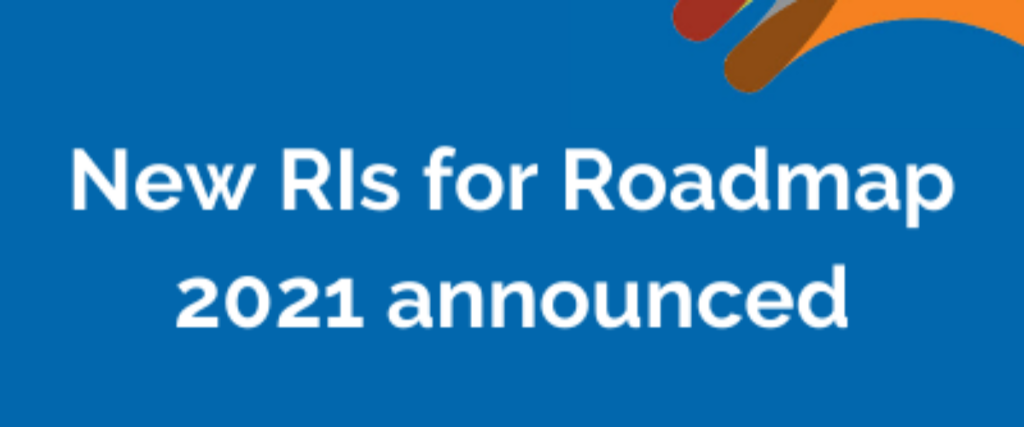
On June 30th, the European Strategy Forum on Research Infrastructures (ESFRI) decided to include the Einstein Telescope in the 2021 upgrade of its roadmap. This confirms the relevance of this major international project for a next generation gravitational waves observatory for the future of research infrastructures in Europe and gravitational wave research at global level.
The Research Infrastructure Consortium Coordinators, Antonio Zoccoli of INFN and Stan Bentvelsen of Nikhef, are extremely excited about this result. “We are very pleased about this important result: the ESFRI approval acknowledges the value of our project and strengthens the Einstein Telescope at the European level”, says Zoccoli. “We will work synergistically for its development, confident that it is strategic to foster our knowledge of the universe, technological innovation and social growth.”
“The ESFRI-status is a major step towards the realisation of this European project, – says Bentvelsen – “scientifically the Einstein Telescope is undisputed, and with the ESFRI-status there is indispensable recognized support for its quality and impact. We are looking ahead to further develop the plans together with all countries involved.”
The Italian government submitted the proposal for the ESFRI-roadmap on September 9th, 2020 supported by the Netherlands, Belgium, Poland and Spain. “The preparation of the proposal has been a two years large effort involving several research institutions and universities, now composing the Einstein Telescope consortium, belonging to ten European countries and having real interdisciplinary competences”, says Michele Punturo, Coordinator of the ET-ESFRI proposal preparation.
Since September 9th, several of the people involved were invited to present the plans, to deepen specific aspects of the project and answer questions of the ESFRI evaluation committee. Among them was Marica Branchesi, member of the ET-ESFRI proposal preparation team: “We have worked hard to develop the science case of the Einstein Telescope. Each simulation showed us the enormous capabilities of the Einstein Telescope observing the Universe. The Einstein Telescope will revolutionize our knowledge in fundamental physics, astrophysics, and cosmology”, says Branchesi.
The Einstein Telescope was identified after a long and accurate process of evaluation and selection. During the ESFRI Assembly meeting, delegates officially decided to include the Einstein Telescope in the roadmap. This official European approval now brings the project into a new phase. The scientific Institutions involved from ten countries (Belgium, Germany, Hungary, Italy, Norway, Spain, Switzerland, Poland, The Netherland, United Kingdom) will now have to intensify their research and development work on the Einstein Telescope and gravitational waves. It will also speed up the ongoing subsurface studies for the characterization and evaluation of the candidate sites that could host the underground infrastructure.
A new window on the universe
The Einstein Telescope is a future underground observatory for gravitational waves. The instrument will be much more sensitive than existing gravitational wave detectors. Therefore, the observatory will enable scientists to peek into the ‘dark ages’ of the universe for the first time. Gravitational waves were detected for the first time in 2015 and offer a new way of studying the universe. Until their first detection, scientists could only study the universe by looking at light or radiation, but with gravitational waves they can observe vibrations of spacetime itself.
Although the existence of gravitational waves was already predicted by Albert Einstein a hundred years ago, he did not expect it was possible to ever detect them. Yet with the mind blowing technological developments of the last century, scientists and engineers have managed to reach the sensitivity and precision that is needed to observe them. This opened a new era in the study of the universe, the era of gravitational wave and multimessenger astronomy, and led to a Nobel prize in 2017. The Einstein Telescope will lead to many more unimaginable discoveries in the future in this new field of research.
Thursday, May 27th, 13.00 – 14.30 pm
ET2SMEs – Kick-Off Event
The Einstein Telescope (ET) will open a new window to the universe through the observation of gravitational waves, positioning Europe at the forefront of this outstanding „cutting edge“ technology. The extended Euregio Meuse-Rhine obtains not only the best chances for being the location of this new research facility. Additionally, it offers great opportunities for innovative SMEs to further develop their advanced products and services, not only for the telescope, but also to other applications and other highly demanding markets!
ET2SMEs supports the development of new innovative products and services by promoting transnational R&D projects carried out by SMEs working together across borders in the extended Euregio Meuse-Rhine. If you want to learn more, how also your company can benefit, please join the Kick-Off Event on May 27th, 13.00 – 14.30 pm.
| Welcome speeches (10 minutes / 5min. each) | Political representative Mark Vos, Coordinator Interreg Euregio Meuse-Rhine |
| Key note (15 minutes) | “The Einstein Telescope and the research activities for a soft landing in the Dutch-Belgian-German cross-border region” Prof. Dr. Stefan Hild, University of Maastricht |
| Presentation (15 minutes) | “ET2SMEs – The Einstein-Telescope and SMEs” In a nutshell: Targets, offers & added values for SMEs Ralf P. Meyer, Leadpartner AGIT First results: ET technology catalogue & 3D model of ET competencies in extended EMR area Annick Pierrard, ITF ULiège & Geoffrey Parks, Sowalfin |
| (5 minutes) | Break / Selection of session I or II |
| Parallel sessions 30 minutes (Input: 15 minutes / Q&A: 15 minutes) | “The challenges of ET relevant technologies” Session I: Instrument technologies, Input from: Prof. Dr. Achim Stahl, RWTH Aachen Session II: Geology technologies, Input from: Prof. Dr. Frédéric Nguyen, ULiège In each session: Q&A from businesses, research and stakeholders |
Thursday, December 10 , 9:00 am – 12:15 pm
First Industrial Advisory Board (IAB) Meeting
We have the pleasure to invite you to our first joined ET Industrial Advisory Board, that will be organised remotely (by ZOOM) on Thursday December 10 from 9:00 am till 12:15 pm.
The scientific partners of both E-TEST and ETpathfinder projects are joining force to meet and collaborate with all companies active in the field of activity required by the Einstein Telescope.
AGENDA:
Online ZOOM 1 connection from 8:30 am
9:00 am till 9:45 am – Welcome and common session (ZOOM 1)
-Short presentation of the:
Einstein Telescope (ET) project and ESFRI Call time-line
E-TEST : Einstein Telescope Site and Technology:
- E-TEST will build a prototype – a large suspended mirror at cryogenic temperature (10 Kelvin) – to validate the telescope’s technology.
- E-TEST will also run an underground study to map and model the geology of the Euregio Meuse-Rhine.
ETpathfinder : R&D infrastructure for testing and prototyping innovative concepts and enabling technologies for the Einstein Telescope
under submission ET2SMEs, expected start on March 1 2021: Maximising the economical and social impact of the possible implementation of the Einstein Telescope in Euregio Meuse-Rhine
-Purpose of the Industrial Advisory Board? to who is it dedicated? What are the conditions to participate?
-E-TEST and ETpathfinder ongoing and future Procurements (calls for tender)
-Key Enabling Technologies: a group of six technologies: micro and nanoelectronics, nanotechnology, industrial biotechnology, advanced materials, photonics, and advanced manufacturing technologies – increase industrial innovation to address societal challenges and creating advanced and sustainable economies.
-Online Catalogue of ET Technologies
10:00 am till 11:45 am- Separation into 2 online sessions ZOOM 1 PROTOTYPE and ZOOM 2 GEOLOGY:
1- Interactive industrial/scientist Prototype session led by the Prototype scientific working group (Scientific Lead Partner Prof. Christophe Collette), based on the ET requested technologies
2- Interactive industrial/scientist Geology session led by the Geology scientific working group (Scientific Lead Partner Prof. Frederic Nguyen), based on the ET requested technologies
12:00 pm – Back to common session ZOOM 1:
–Summary of the main points of the 2 interactive online sessions, by the 2 scientific lead partners
–Next steps: Next IAB meeting planning,
Upcoming Procurements (call for tenders) for E-TEST and ETpathfinder,
Approval/or not and official start of ET2SMEs
12:15 pm – End
The Industrial Advisory Board is organized jointly by both projects, and is dedicate to all SME/companies active in the fields of technologies required by the Einstein Telescope as well for the prototype than for all the geology aspects.
Are also warmly invited: EMR Business Development Agencies, EMR clusters of competitiveness, EMR sectorial agencies, ….as well as regional Authorities involved in the possible implementation of Einstein Telescope in EMR and all it’s economic and social impact.
The registration is mandatory and has to be done online on our E-TEST website, via the form on the “Industries” page: https://www.etest-emr.eu/et-technologies/
All registered participant will receive the ZOOM links (ZOOM 1 and ZOOM 2) 2 days before the meeting. A reminder with the links will be sent on Thursday December 10 morning.
Click here to see the video of the First Industrial Advisory Board Meeting!The Einstein-Telescope – tracking down gravitational waves with high-tech
(WebTalk in german language)
Thursday, 29. October 2020, 04:30 pm

The Einstein telescope will be used in the border region between the Netherlands, Belgium and Germany to create a new type of underground telescope that will pick up gravitational waves from the universe and thus be able to track black holes, neutron stars or stellar explosions throughout the universe. It is based on 10 km long laser interferometers whose components are operated in an ultra-high vacuum at 10 Kelvin and at the same time are mounted in vibration-damped bearings. The triangular research infrastructure with a side length of 10 km at a depth of about 300 m in the Belgian-Dutch-German border region has to overcome many technological challenges in cooperation between industry and science in order to be realised.
Professor Dr. Achim Stahl, spokesman of the Physics Section and head of the III Physics Institute B of RWTH Aachen University, will use this WebTalk to provide an insight into the fascination of gravitational wave research and the resulting findings, as well as to address some of the technological challenges that need to be solved by means of future, cross-technology cooperation between regional players from industry and research. Within the Interreg EMR project E-TEST, the technological basis for the Einstein Telescope at demonstrator scale will be developed and solutions – ideally with regional partners – for the technological implementation of the Einstein Telescope will be worked on.
Are you also interested in the topic or do you develop components and systems in the fields of cryogenics, photonics, sensor technology, (quantum) optics, control, measurement and control engineering, materials and simulations? Learn more about the technological requirements and get access to the E-TEST consortium in this WebTalk.
Click here to see the video of the NMWP Innovation2GO WebTalk!Online E-TEST Kick-Off Event!
Friday, 09. October 2020, 9:30 am – 11 am
- 9:30 am – 9:50 am:
- Welcome by Mr. Willy Borsus, Minister and Vice-President of the Walloon Government
- Welcome by Mr. Mark Vos, Interreg EMR Programme Coordinator
- Welcome by Prof. Pierre Wolper, Rector of ULiège
- 9:50 am – 10:45 am: E-TEST Project Presentation
- General introduction by Annick Pierrard & Christophe Collette, ULiège
- WPT1 Ultra-cold vibration control by Alessandro Bertolini, Nikhef
- WPT2 Optical engineering by Oliver Fitzau, Fraunhofer ILT
- WPT3 EMR cross-border underground observatory by Frédéric Nguyen, ULiège
- WPT4 Geological modelling and Engineering Geology of the ET by Florian Amann, RWTH Aachen
- Industrial Advisory Board & SMEs invitation, ET2SMEs & long term collaboration
- The final word…by Albert
- 10:45 am – 11:00 am: Q/A
- 11:00 am: End of the online Kick-Off Event
- 11:00 am – 12:00 pm: Press Conference, organised face-to-face at the ITF ULiège with the journalists
DEEP GEOTHERMAL TECHNICAL CHALLENGES, UNCERTAINTIES & RISKS
29th of September from 10:00 a.m. to 15:OO p.m.
Participation is free of charge but we kindly ask for pre-registration at: https://www.thermogis.nl/en/dge-registration
Program:
- Welcome by meeting organizer and DGE-ROLLOUT coordinator
- Key note: Deep geothermal energy – state-of-the-art, challenges and opportunities
- Key note: Drilling risks in deep carbonates
- Key note: What thrives an energy company in a big city to develop geothermal
- Contributions on challenges of deep geothermal
Publications / Press Releases
11.07.2023
New Scientific Publication in CQG
The E-TEST scientists have published another scientific article about work carried out under the E-TEST project.
Find the open access article here: E-TEST: a compact low-frequency isolator for a large cryogenic mirror – IOPscience
23.02.2023
Einstein Telescope: no more permits for wind turbines to be issued for the time being

An important directive has just been issued to give the Belgian bid for the Einstein Telescope project a fair chance. No more permits will be issued for wind turbines until we are sure that both are compatible.
More information: https://www.sudinfo.be/id622461/article/2023-02-23/telescope-einstein-plus-aucun-permis-pour-des-eoliennes-ne-sera-delivre-pour
03 June 2022
E-TEST prototype design report
Please note the Design Report for in-depth information on the design of the prototype being developed in the Interreg EMR project E-TEST – in addition to all technical specifications.
28 April 2022
Scientific paper published
A joint team of gravitational wave detector scientists from all over europe has published a scientific article on the design of the upcoming detector generation. For the official publication click below:
18 March 2022, rtbf.be
Le centre spatial de Liège construit le premier prototype du futur téléscope Einstein
18 March 2022, RTC TELE LIEGE
Le Télescope Einstein, un défi pour l’ULiège
26 May 2021
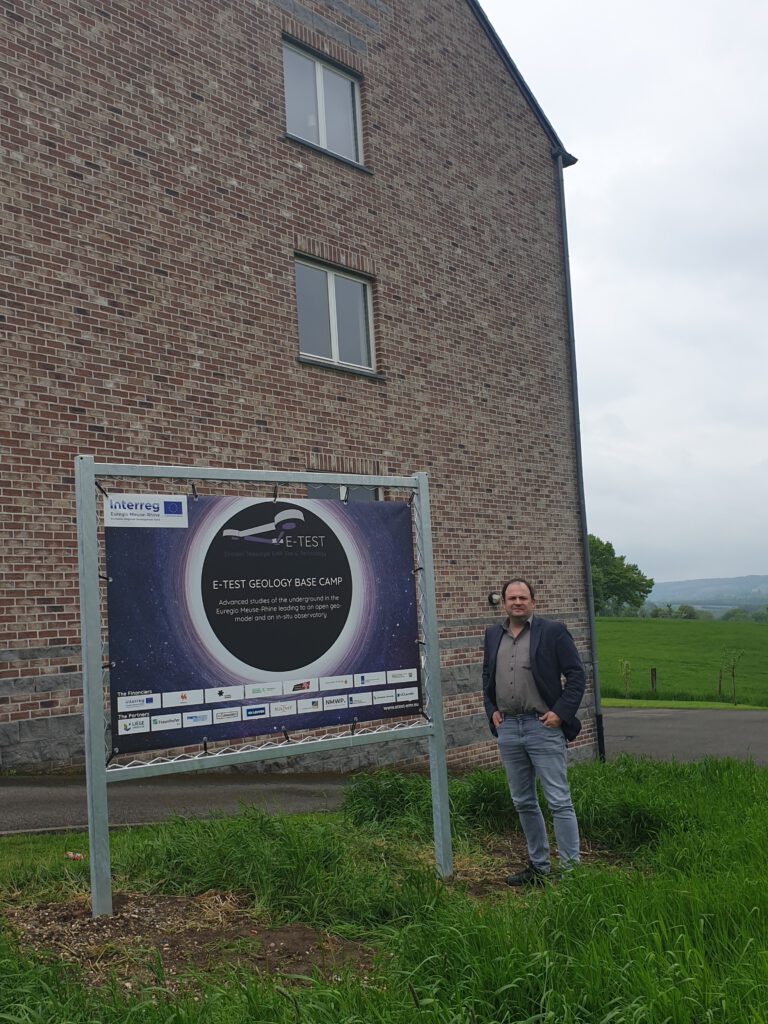
May 04 2021
Le télescope Einstein, un “mini-Cern” très prisé
01 March 2021 www.et2smes.eu
ET2SMEs: SMEs benefit from Einstein Telescope
24 March 2021, www.zenit.de
Einsteinteleskop: Milliardenprojekt trifft Mittelstand
08 February 2021, Spekrtum.de
Der Traum vom Einstein-Teleskop
12 November 2020, MAX PLANCK INSTITUTE FOR GRAVITATIONAL PHYSICS (Albert Einstein Institute)
NRW state parliament unanimously supports Einstein Telescope
15 October 2020, www.trends-tendances.be
La Belgique candidate pour accueillir le télescope géant Einstein
12 October 2020, Daily Science
L’EUREGIO MEUSE-RHIN SE PRÉPARE AU TÉLESCOPE EINSTEIN
10 October 2020, Les Sports
Mieux comprendre l’évolution de l’Univers
10 October 2020, L’Echo
La Belgique espère attirer le mégaprojet de télescope souterrain Einstein
9 October 2020, Liège université
E-TEST: Euregio prepares for the Einstein telescope
6 October 2020, The Royal Swedish Academy of Sciences
The Nobel Prize in Physics 2020
With one half to Roger Penrose, University of Oxford, UK
“for the discovery that black hole formation is a robust prediction of the general theory of relativity”
and the other half jointly to
Reinhard Genzel, Max Planck Institute for Extraterrestrial Physics, Garching, Germany and University of California, Berkeley, USA, and Andrea Ghez, University of California, Los Angeles, USA
“for the discovery of a supermassive compact object at the centre of our galaxy”
14 September 2020, Liège université
The Einstein telescope on its way to Europe!
14 September 2020, Spekrtum.de
Der Traum vom Einstein-Teleskop
Movies / Animations
March 22, 2022
March 22, 2022
May 27 2021
ET2SMEs – Kick-Off Event
April 26 2021
The Einstein Telescope
5 March 2021, , www.vedia.be
Plombières future référence universelle ?
26 February 2021, www.vedia.be
Epistème 10 : le télescope Einstein
First Industrial Advisory Board Meeting
NMWP Innovation2GO WebTalk „Das Einstein-Teleskop – Gravitationswellen mit High-Tech auf die Spur kommen“ (German Language)
Video of the Online E-TEST Kick-Off Event
The Einstein Telescope presentation by Albert.
Interreg is the European Union’s tool to support cross-border projects which otherwise would not be carried out.
The Interreg V-A Euregio Meuse-Rhine (EMR) programme invests almost EUR 100 million in the development of our region until the end of 2020.
The E-TEST project is carried out within the framework of the Interreg V-A Euregio Meuse-Rhine Programme, with € 7,5 million from the European Regional Development Fund (ERDF).
By investing EU funds in Interreg projects, the European Union is investing directly in economic development, innovation, territorial development, social inclusion and education in the Euregio Meuse-Rhine .




